CLOUDS 17.11.2023 – 01.12.2023
FEATURING WORKS BY: Filip Rybkowski, Michal Zawada, Michal Sroka
Venue NEW NOW art space Frankfurt
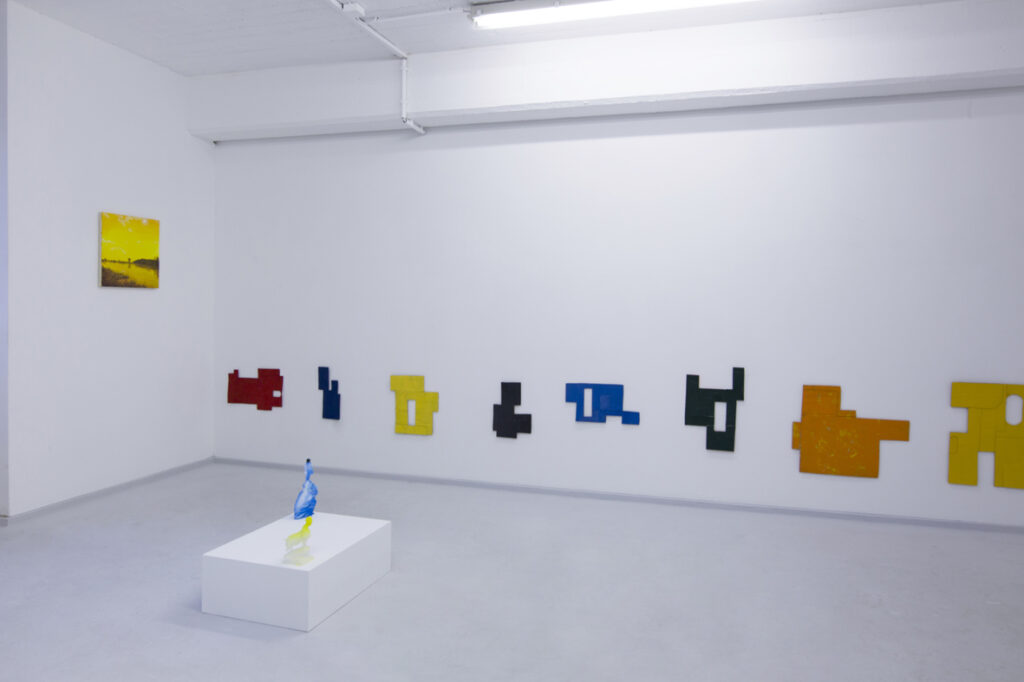

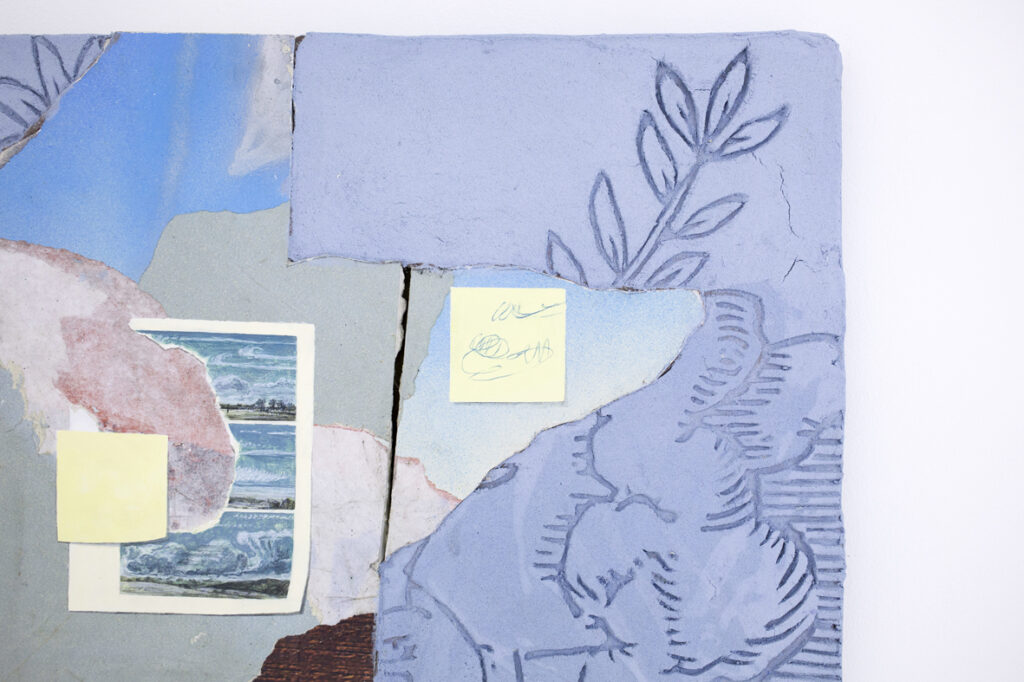
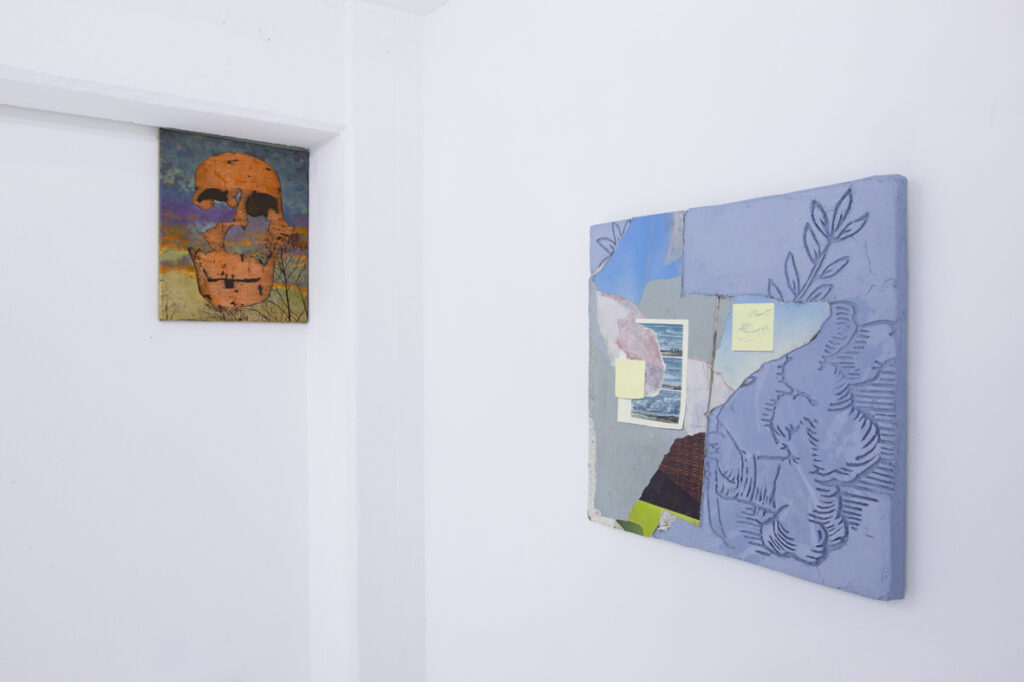
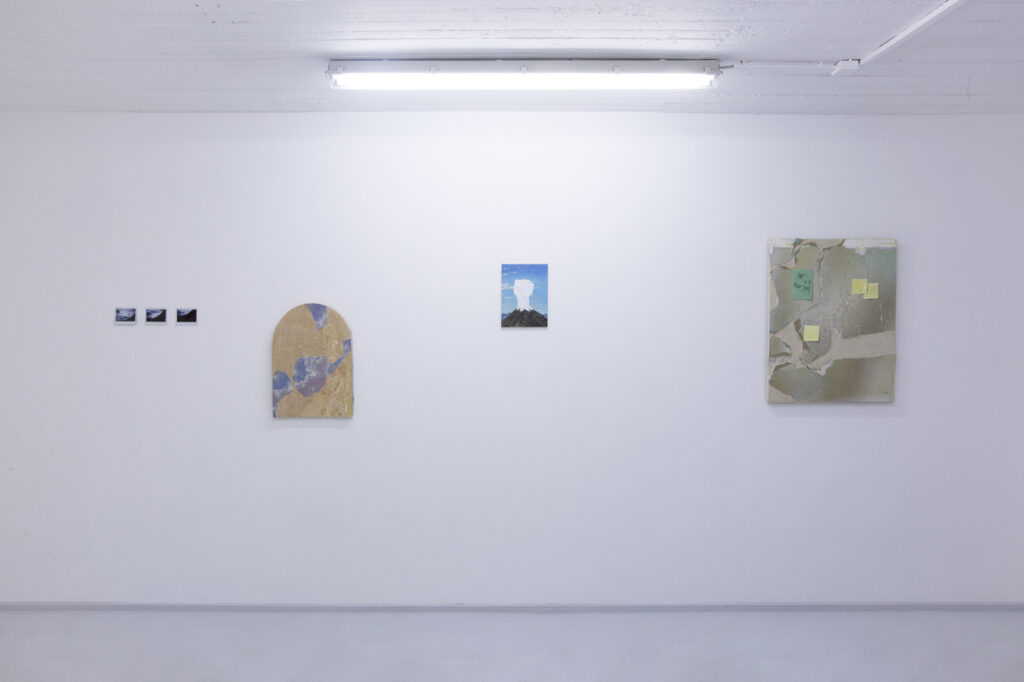
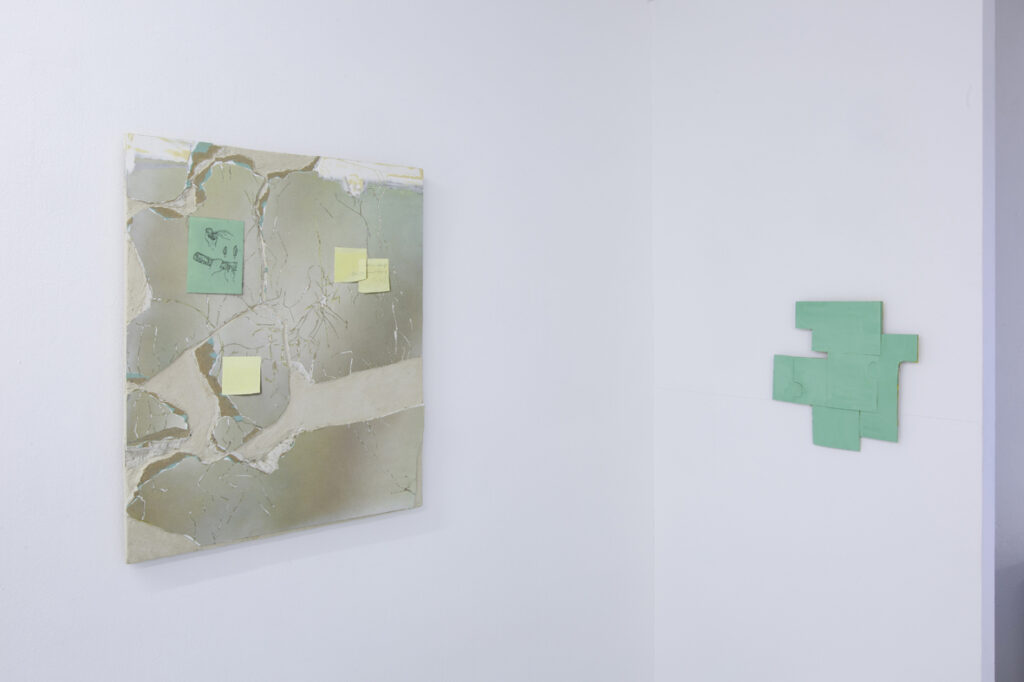
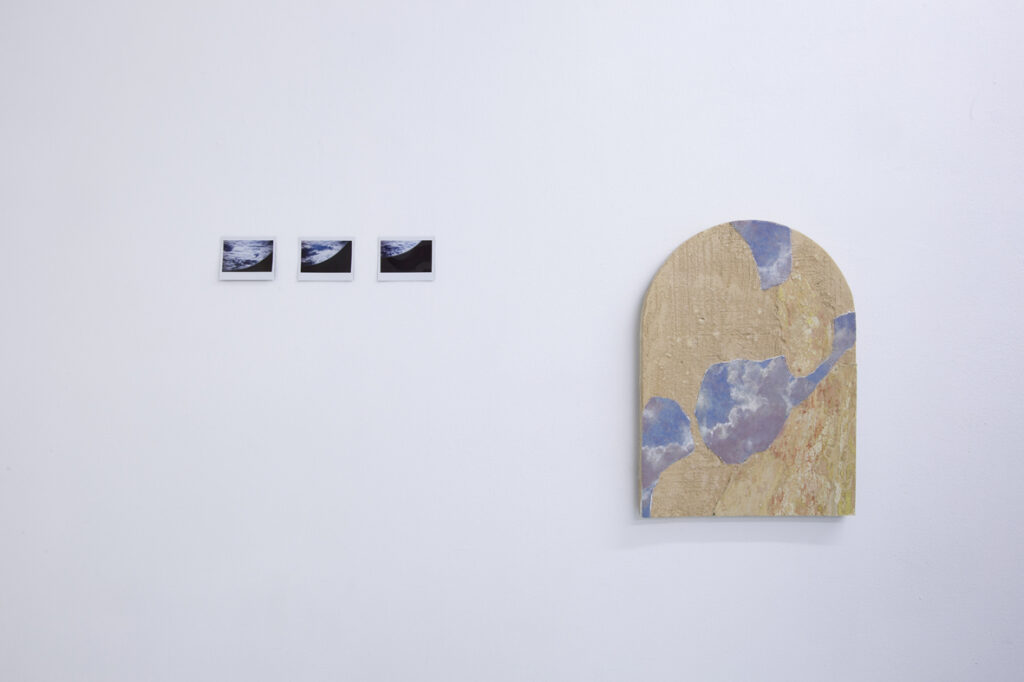
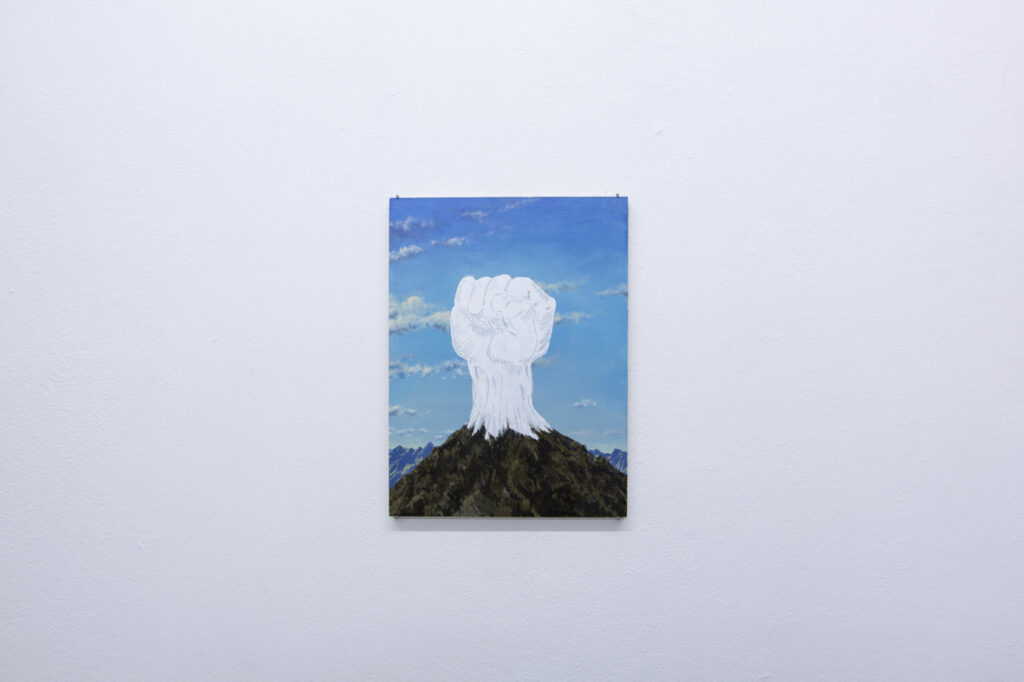
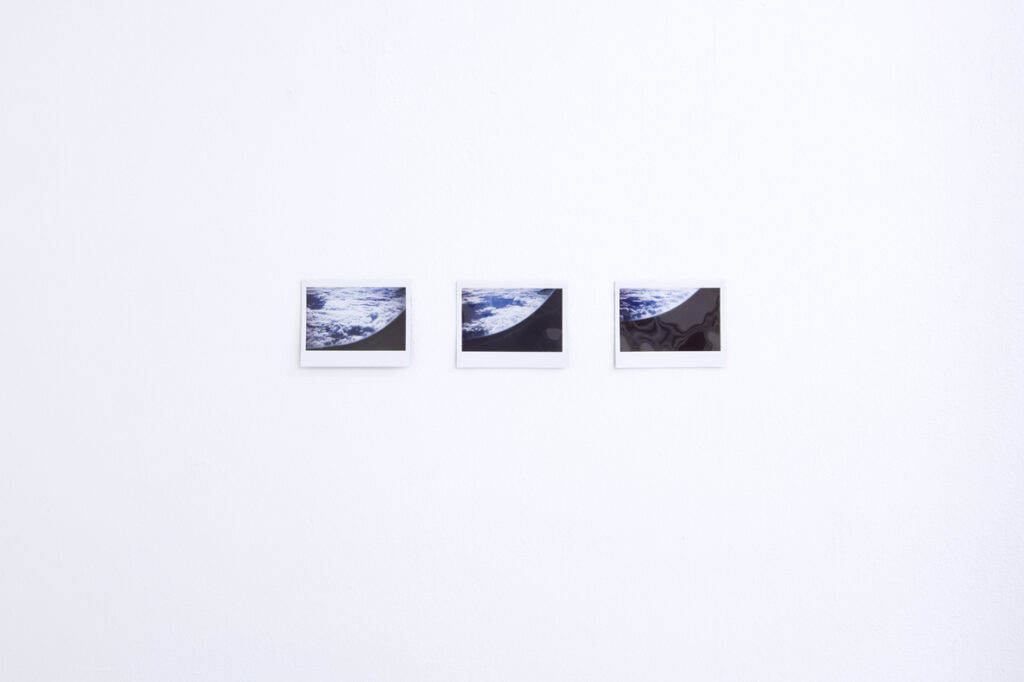

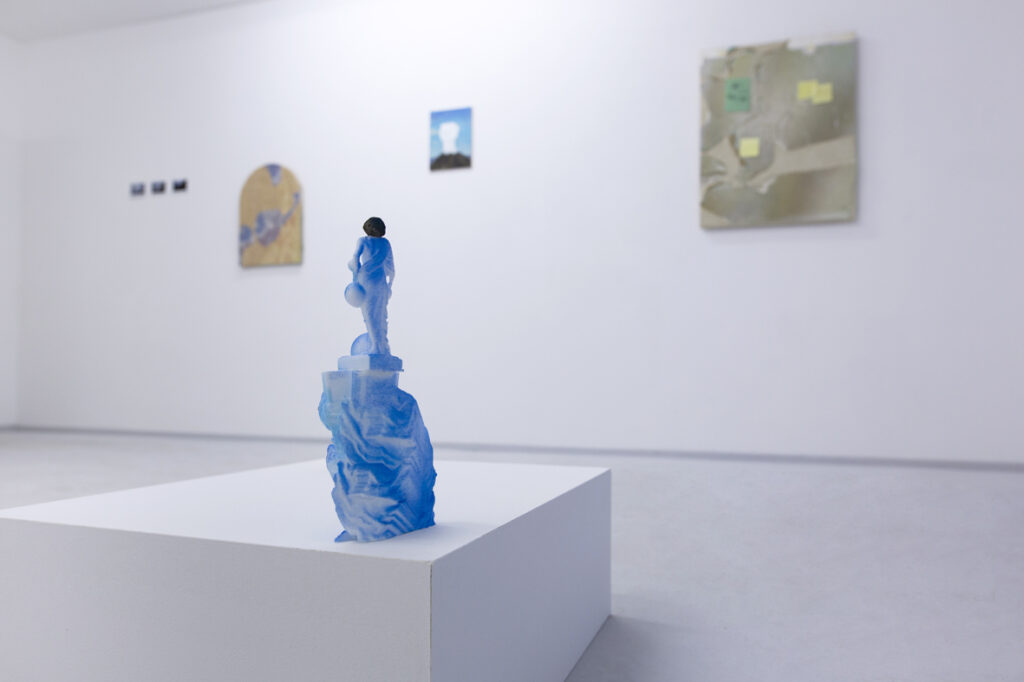
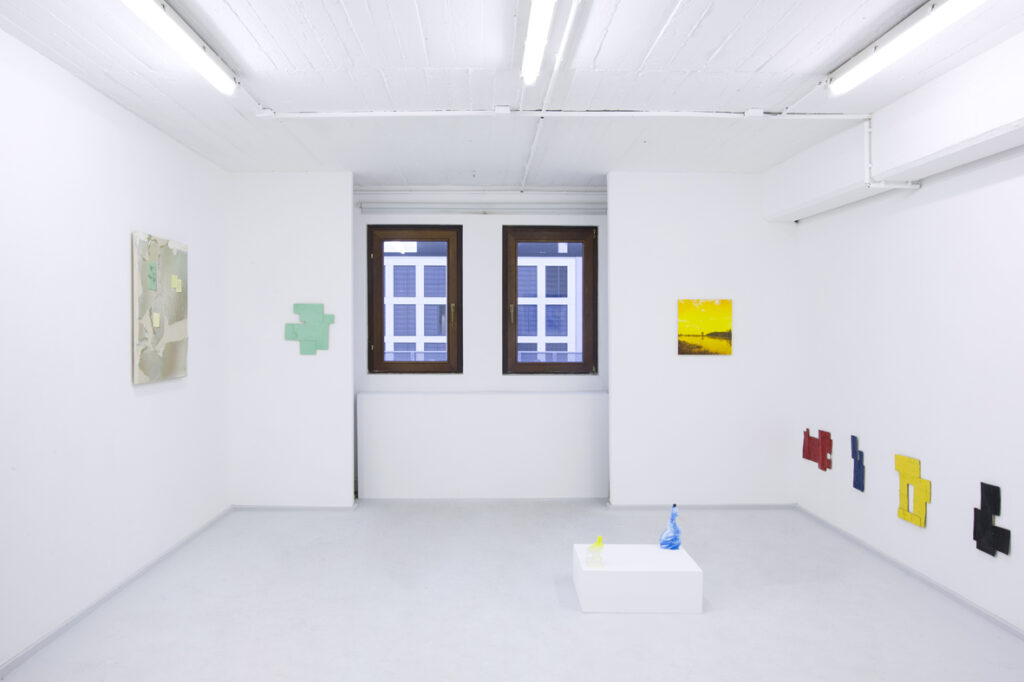
Clouds, as an atmospheric phenomenon of water vapor floating in the air and taking on cloud-like and feathery shapes, have a tremendous potential to stir the human imagination. For centuries, clouds have been an expression of humanly unattainable divinity and a kind of freedom manifested in the lightness with which clouds traverse the troposphere. They are impacted by their unlimited number of k sts, a form of immense size that bursts from the center or penetrates into yet another more unfathomable form. These are just a few of the stylistic snapshots that can be attributed to the characteristics of clouds. However, it should be noted that the main characteristic of clouds is covering: they obscure the sun or mountain peaks. During the day they cover the blue sky, at night – the twinkling of stars. Sometimes it seems as if they freeze in majestic stillness, not changing their shape – but this is only an illusion. For all the time we are aware of the movement and change that takes place in every cloud, every cloud. The dynamics of clouds, the change of weather, transforms the image of the world. From time immemorial we have been at the mercy or disfavor of the clouds, the variability of atmospheric conditions, which, through the clouds, shape the conditions in which we are accustomed to live. Snow, rain, ominous hail, and when there are no clouds, we face heat and drought, waiting for a bit of shade and water, which will come through the clouds. When, in a moment of respite, we wish to look at them, we find that it is not easy to describe unambiguously their shape, form, even what they resemble or resemble. Clouds, in their vague form, introduce subjective doubt about the shape that was supposed to manifest or emerge. The image that the cloud carries with it, that it represents, is an enigmatic image.
Bio:
Filip Rybkowski’s (b. 1991, Poland) practice is based on painting, installation, video and photography. His works transcend the traditional boundaries of painting, entering the field of mosaic, object trouvé and installation. Rybkowski combines the poetics of the fragment, juxtaposing original artifacts with reconstructions and images. He is interested in the problematic status of “authenticity” and the processes of a historical construction of memory. In his most recent projects, his basic tool is the critical act of reconstruction combined with reflection on the political nature of the gesture of restoration, preservation and conservation. Michał Sroka is a visual artist and architect. He works at the Faculty of Painting of the Academy of Fine Arts in Krakow leading his own studio Painting in Expanded Space. He has taken part in nearly 100 exhibitions, numerous competitions, workshops, exchanges and study trips. He deals with painting, drawing, photography, architectural design and creates installations, objects and sculptures by combining different media.. Took part in several exhibitions, numerous competitions and workshops. His works have been shown in Poland, Germany, Czech Republic, Great Britain, France, Spain, Japan, USA and Austria. Received several scholarships and art awards. He was curating and coordinating international artistic projects and cooperated among others with Culture Transporter Foundation, Ethnographic Museum in Warsaw, National Association of Architecture Students and Kunst Akademie Dusseldorf. His main area of interest is the relationship between painting, architecture, sculpture and space.
Michał Zawada: between 2004-2009 he studied art history at the Jagiellonian University and in 2005-2010 at the Faculty of Painting of the Academy of Fine Arts in Cracow in the studio of Prof. Andrzej Bednarczyk. In 2010-2013, he was a student of the Environmental Doctoral Studies. In 2013, he received the degree of Doctor of Arts in the field of plastic arts in the artistic discipline – fine arts. He is interested in the contextual activity of plastic media and the analysis of the phenomenon of image and visuality. In his work, he engages in a dialogue with art theory, visual studies and anthropology. The series he constructs refer to the relationship established between the process of producing the phantasmagorical subjectivity of the image and the construction of human identity in a historical and social context.
////////////////////////////////////////////////////////////////////////////////////////////////////////////////////
VIS A VIS 20.10.2023 – 03.11.2023
FEATURING WORKS BY: DANIEL STUBENVOLL & ZIVA DRVARIC
Venue NEW NOW art space Frankfurt
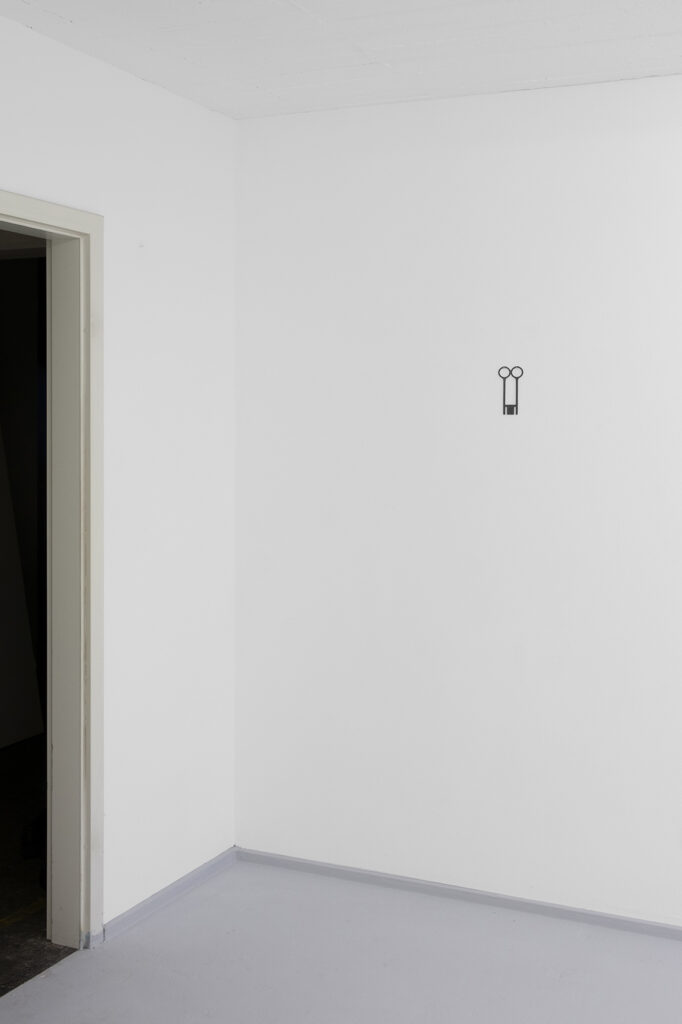
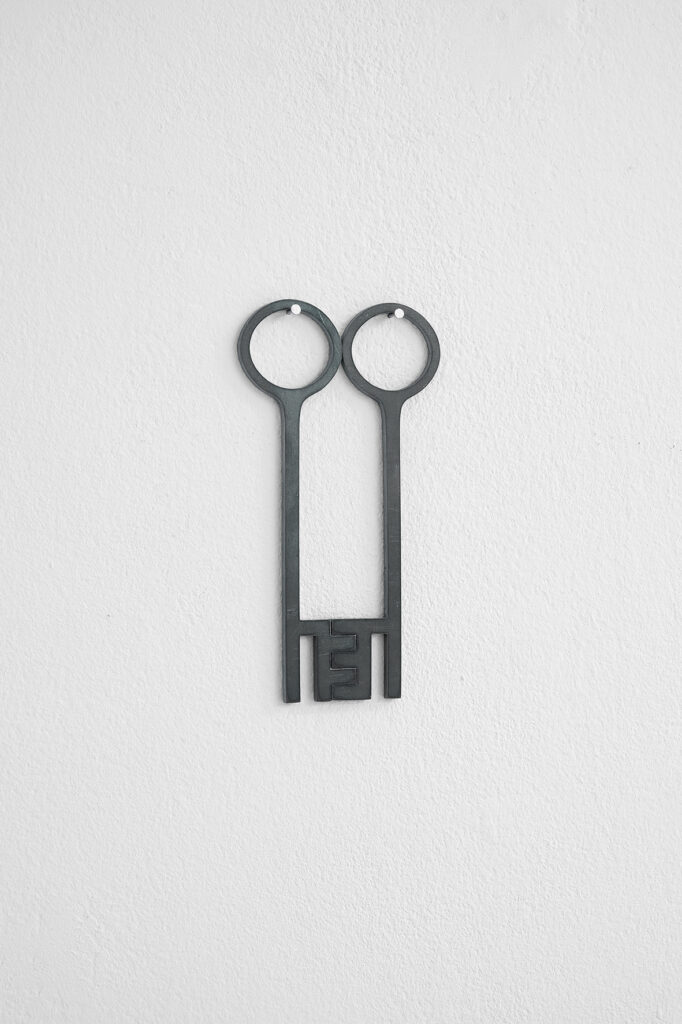
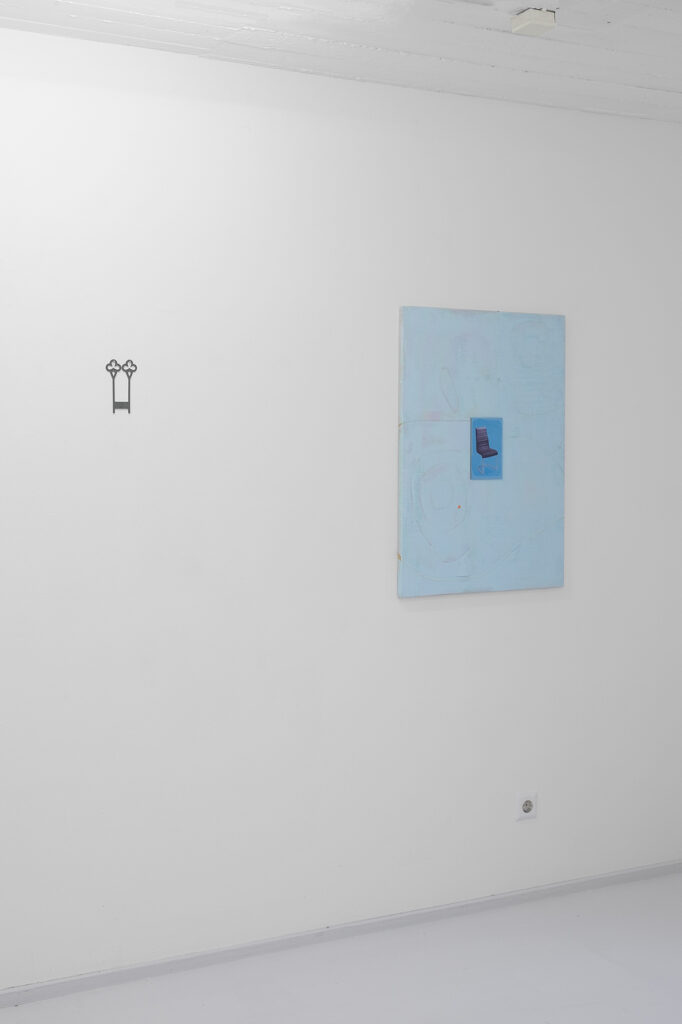
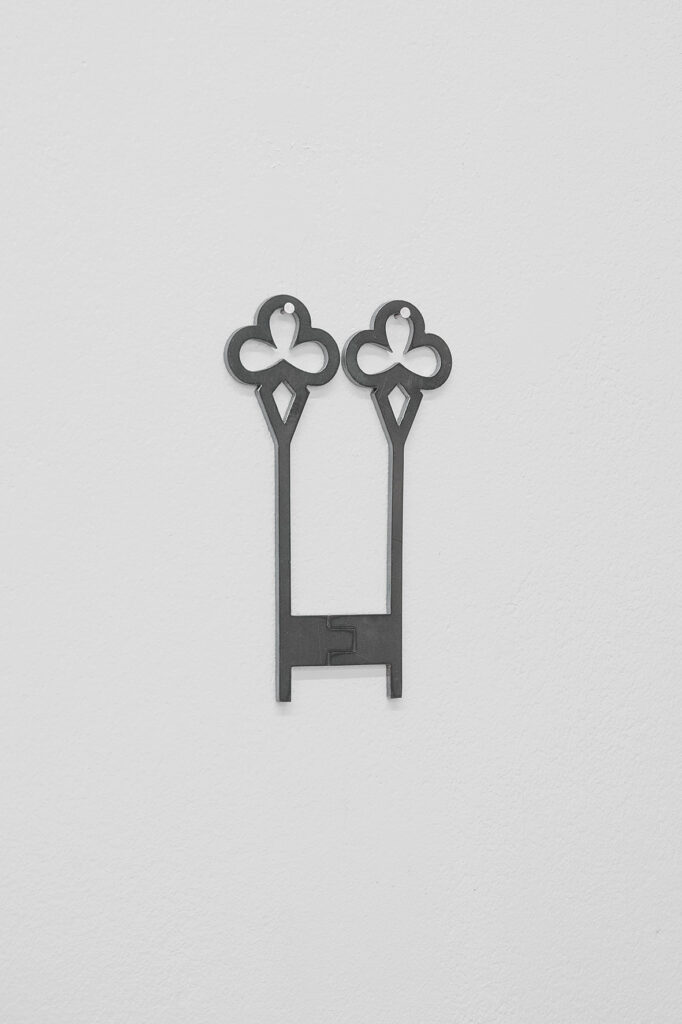
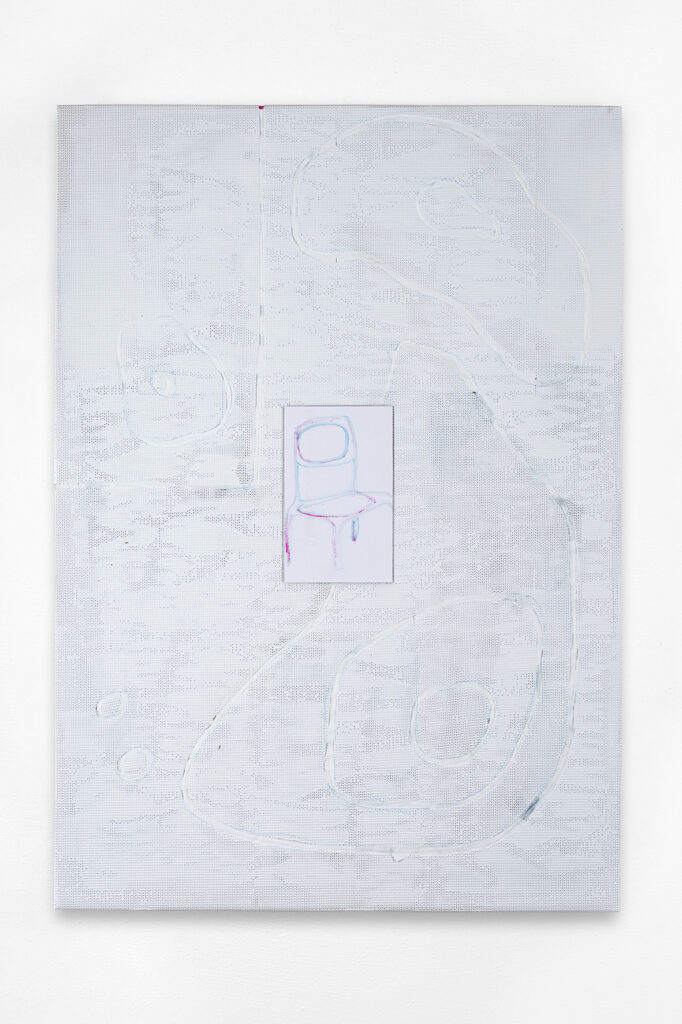
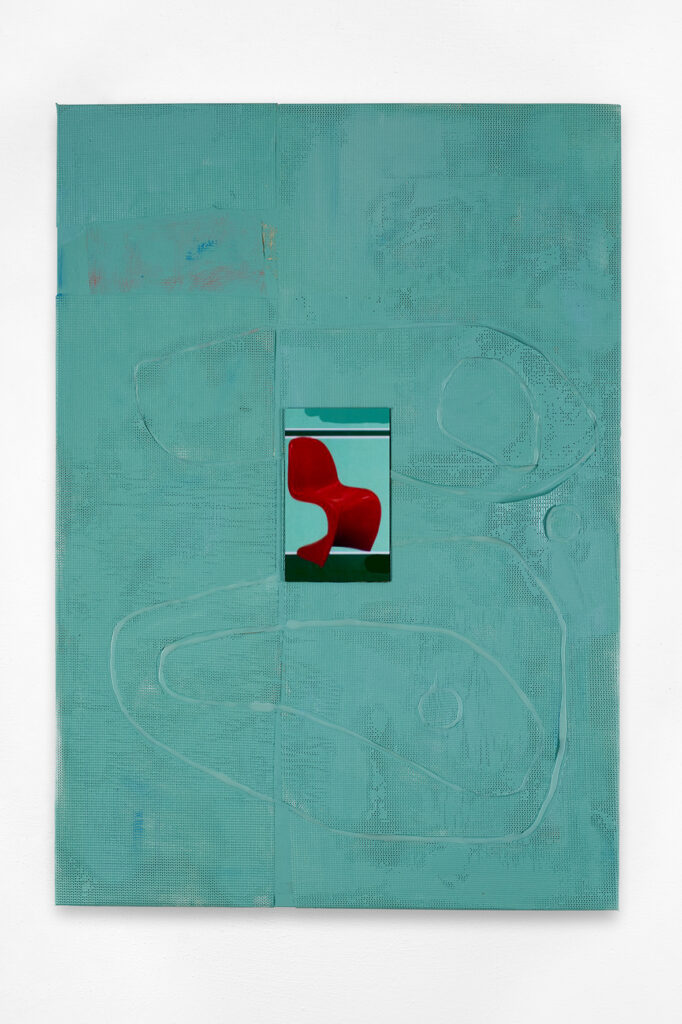
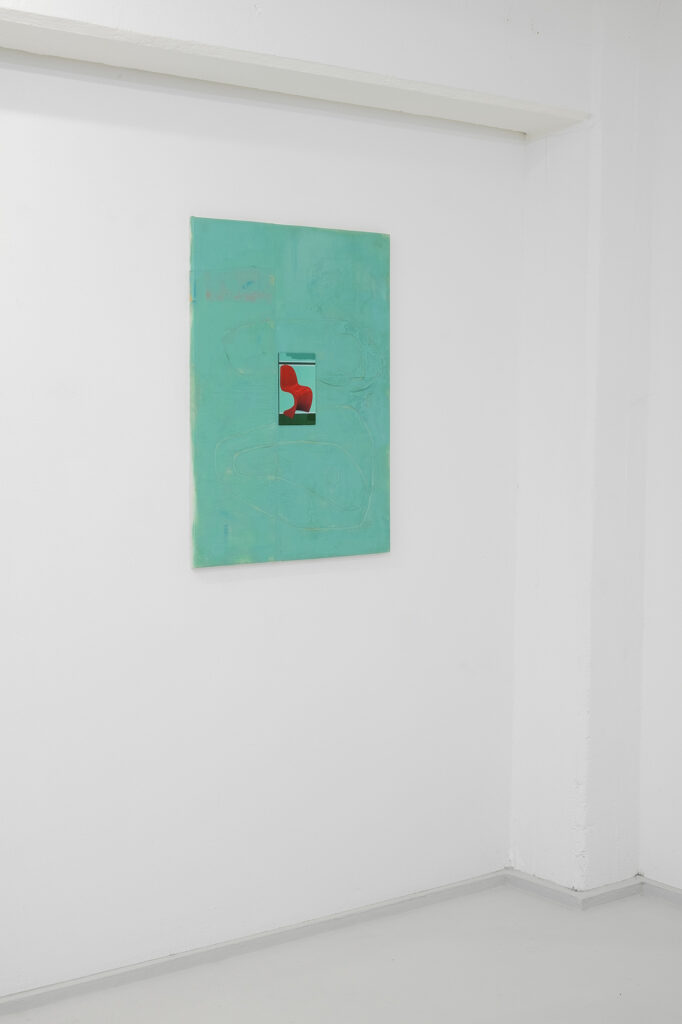
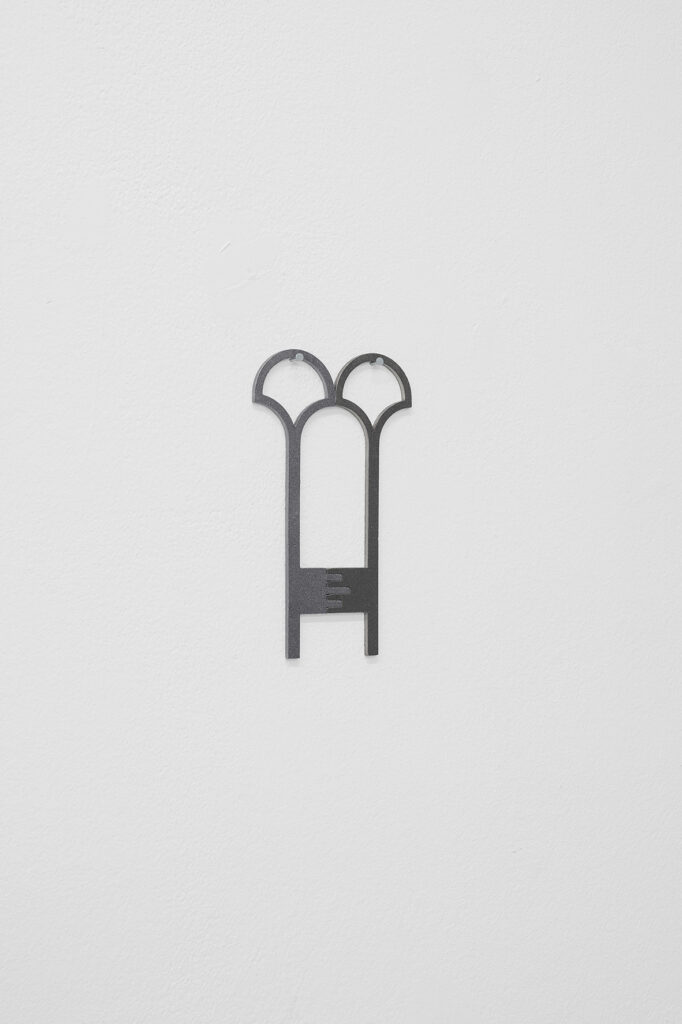
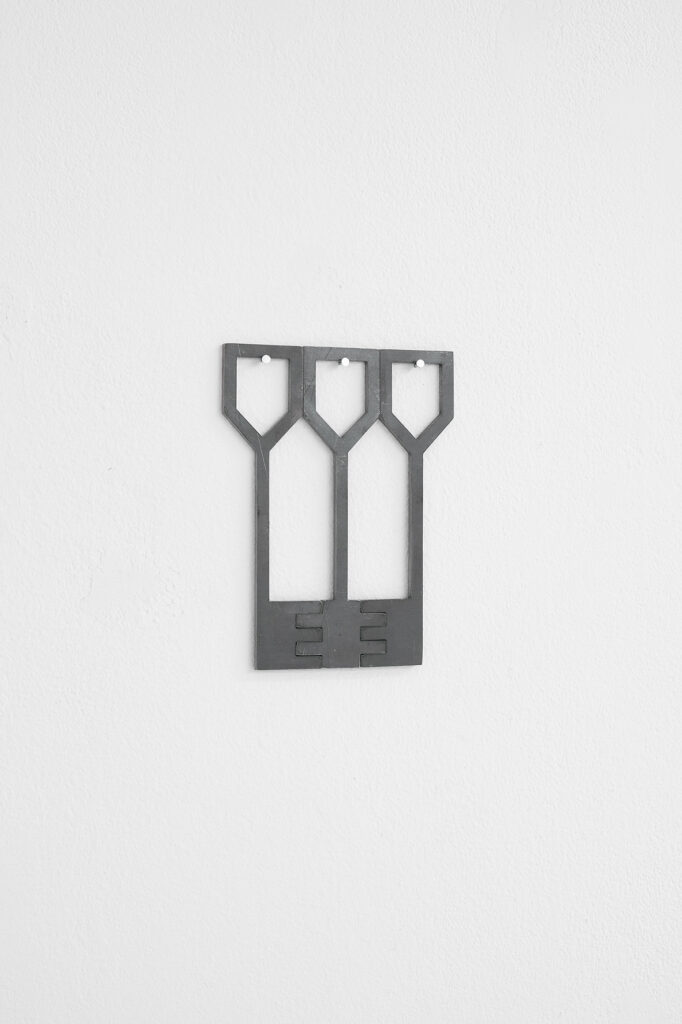
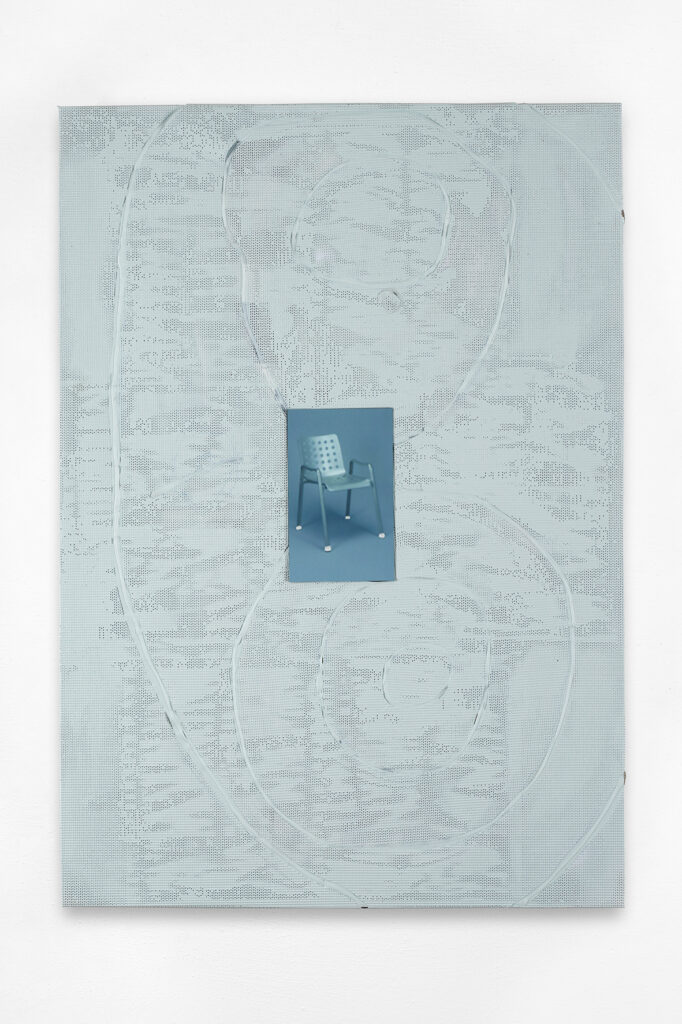
Daniel’s and Živa’s first joint exhibition is juxtaposing their works based on thoughts about distance, relation, function, intimacy, togetherness and architecture. vis à vis is pointing out the inevitable relationships between human and architecture, human and human, architecture and architecture – bringing together the composition of altered components from the everyday.
Bio:
Daniel Stubenvoll In his interdisciplinary practice, Daniel Stubenvoll deals with the accessibility of architecture. He works in a network-based manner and puts people at the center of his projects. Through repetition of ideas from the built world that surrounds him, and the use of found images and photographs, he creates new narratives that illustrate the absurdity of life with poetic seriousness. Most recently his works have been included in exhibitions at Soot Tokyo, Kunsthaus Wiesbaden, Kunstverein Grafschaft Bentheim, basis Frankfurt, Städtische Galerie Nordhorn, Itoshima Arts Farm Fukuoka and at the Bangkok Biennial. Publications include „Genius loci“, published by DISTANZ in 2022.
Živa Drvarič‘s practice is based on a poetic exploration of architectural elements, objects, gestures, language and systems of thoughts. It revolves around the connections and similarities between things, repurposing motifs from her own photographic archive, transforming existing objects and techniques. She graduated from the Städelschule in Frankfurt am Main under the mentorship of Judith Hopf, and most recently exhibited at MGLC, Ravnikar Gallery and Ulay Foundation in Ljubljana, Kunsthalle in Bratislava, Laurenz in Vienna, Sharp Projects in Copenhagen and Portikus in Frankfurt am Main.
////////////////////////////////////////////////////////////////////////////////////////////////////////////////////
PESSIMISTIC DAYDREAMING, 22.09.2023 – 09.10.2023
FEATURING WORKS BY: Ana Avram, Vlad Olariu, Sasha Bandy, Alexandru Muraru.
Venue NEW NOW art space Frankfurt
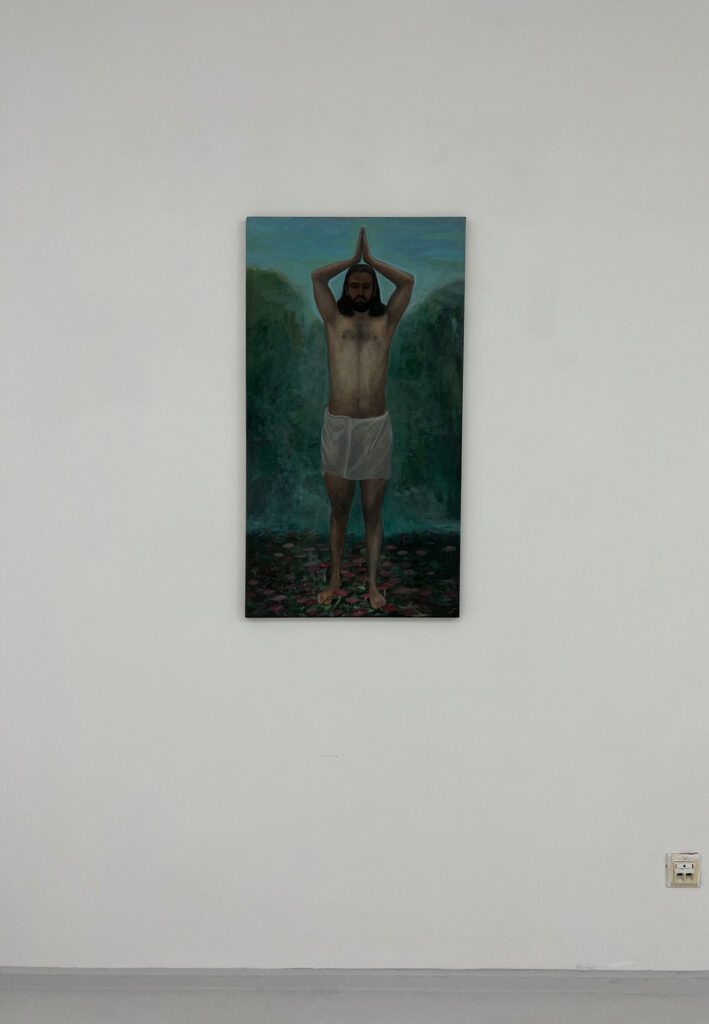

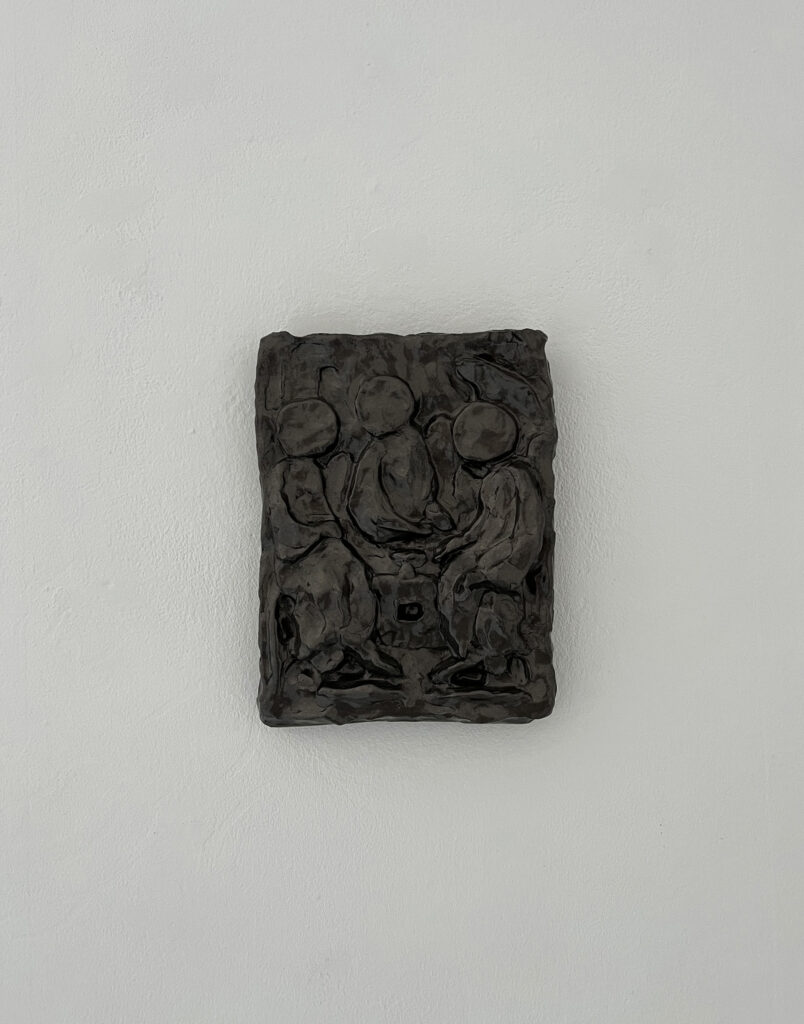

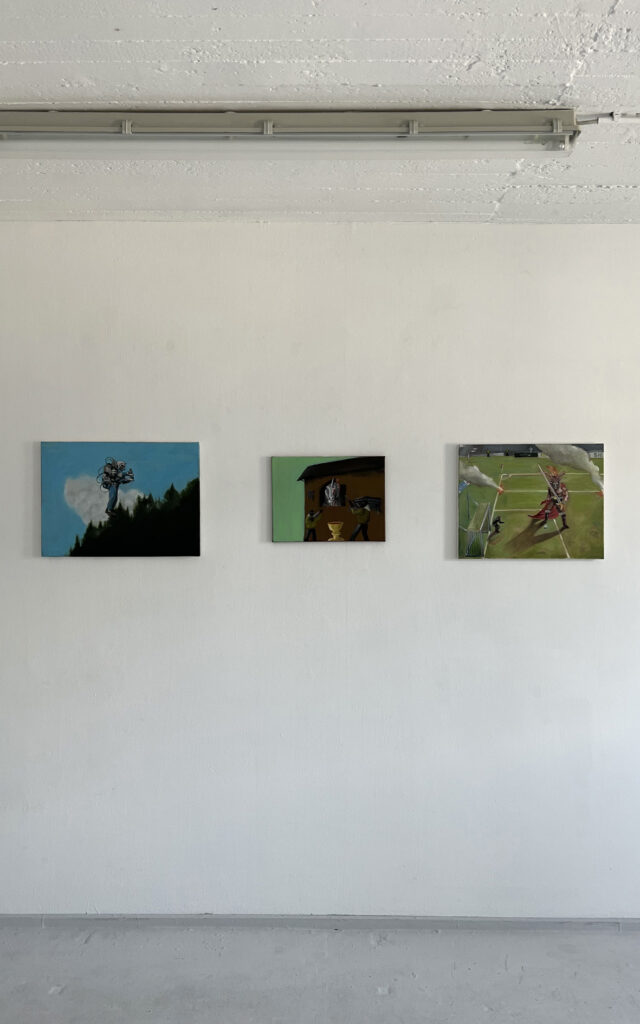

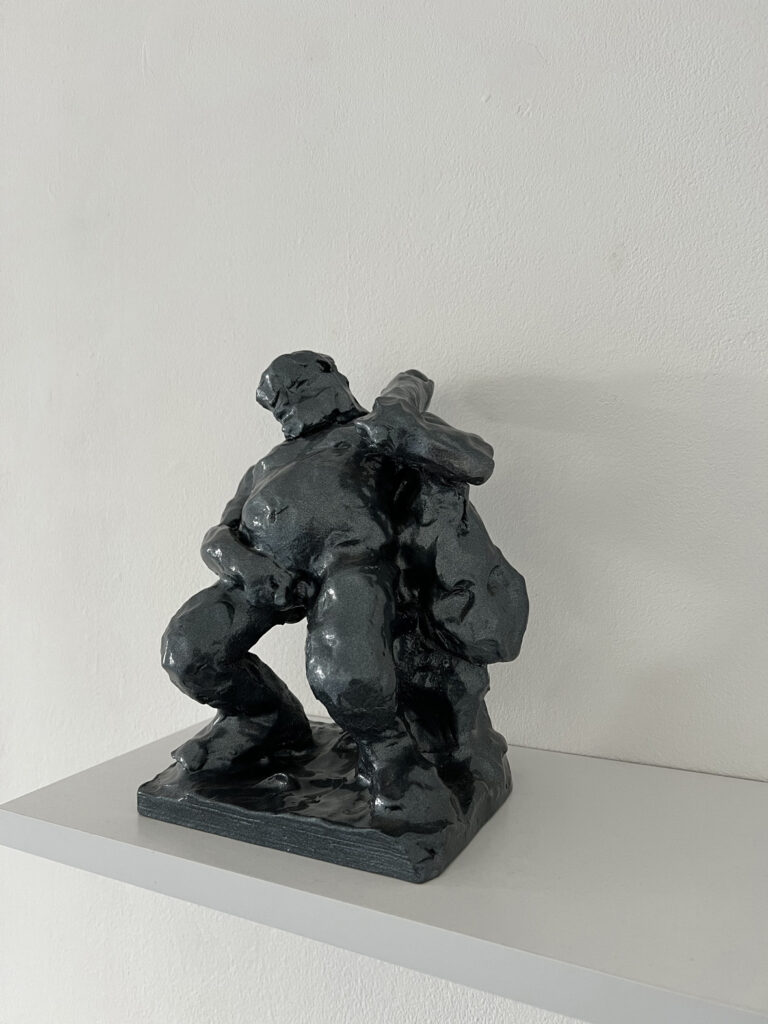




The show presents a dialogue between artists from the 80`s & 90`s generations, exhibiting works from Ana Avram (1999), Alexandru Muraru (1990), Sasha Bandi (1989), Vlad Olariu (1983) for the first time in this formula.
The show brings together works produced in various mediums – while the presented artists are engaged imagining collateral worlds which bring out to discussion the fate of the world we live in – from critical perspectives to very personal ones.
The common language and mood of the young artistic scene could be resumed a lot into pessimism, especially concerning the predictions for the future of our living, so we decided to bring it out, as a statement for the generation. The inspiration material for the artists selected for this exhibition is often developed out of what they experience, and from their relation with recent history and its decaying tendencies.
The last three decades were a period of transit for Romanian culture, – starting with experiencing all the changes from tuning into a democratic country, to aligning our habits with technology or learning to see some stereotypes form different perspectives, while we started to be gradually more and more connected with everything that happens globally.
All this switches and turnarounds that we experienced, forced us to adapt and reshape a lot of information we had stored. But yet there remained some things that never changed, and some, maybe got degraded – and the selection of works that we show here reflect the common mood that`s around, from mentalities we can never escape, to misery, angst and disasters – and a lot of irony against these. The works presented here come against the prefabricated concept of ideal world – showing a bit from the interior landscape of each of the selected artists – forming a dialogue that reflects our concerns, incapacities, stagnations and fears (imagined or real).
Ana Avram (born 1999, living and working in Cluj-Napoca, Romania)
Through her artistic practice she proposes the negotiation of reality, in spatial contexts, through installations and sculptures situated at the border of materiality and meta-reality. She gravitates towards peculiar juxtapositions of familiar objects and elements, which represent the product of mediating internal scenographies, within the limits imposed by physicality. Ana strongly believes in intuitive creation and research, which are delivered from a subconscious cumulus – the creative process being a sincere attempt of bringing to the surface and clarifying.
Bandi Sasha (b.1989) lives and works in Cluj-Napoca. He oscillates between brutality and sensitivity, and his artistic work is an extension of the meditation between those two. In an attempt to express obscure, dark and suppressed themes and worries, his artworks are the product of voyages full of both suffering and amusement. Besides his artistic practice, he is also one of the co-founders of Grota ArtCrypt, a space which was developed in his parents’ basement between 2013-2015 as a form of artistic solidarity and reaction to the lack of support for the contemporary art scene.
Vlad Olariu (b. 1983) Roman, Romania, lives and works in Cluj. His work is dealing mainly with the medium of sculpture and installation. His works are constructed around the ideas of monumentality and heroism. Alternates between heroism and anti-heroism, monument and anti-monument, masterpiece and anti-masterpiece by questioning its political, historical, social or individual meanings.
Alexandru Muraru (b. 1990) lives and works in Cluj-Napoca. He studied Painting and History (Archaeology) in Cluj-Napoca, and he’s one of the co-founding members of MATCA artspace. What he seeks the most in his visual works is a conceptual coherency that lays in the process of finding channels for expressing ideas that are part of the proven reality. Thus all the paintings, drawings or installations that he ever produced bear an overcharged significance, while his main source of inspiration derives from the near historical past, sciences and literature. Finally, he’s trying convey emotions, ethics, irony and personal convictions using visual language.
This exhibition is part of The Alternative Exchange – a wider project shaped by the need to locate collaborative alternatives that facilitate the visibility and mobility of Romanian and international artists, through mutual exposure, exchange of experiences and cooperative learning methods. Initiated in a large extent from the need to be in solidarity with the artist-run scene and the general needs of artists to benefit from exhibition and meeting opportunities and spaces, the project includes collaboration between 6 artist-run initiatives from international cities: 5533 – Istanbul, Stroboskop + Przyszła Niedoszła – Warsaw, Funnel – Belgrade, Æther – Sofia, Heerz Tooya – Veliko Turnovo, NEW NOW – Frankfurt.
The project is initiated by MATCA artspace, under the aegis of Silver Screen Association, and on the occasion of the first collaboration with NEW NOW Frankfurt – presents in a two-week exhibition the practice of 4 artists from Romania.
NEW NOW art space is an artist-led, exhibition and project space in Frankfurt, Germany. It was founded in 2017 by Gabriel and Andra Stoian. The space works as a dual platform, alternating on private production and conducting a dynamic program open to exhibition projects, workshops and interdisciplinary research supporting national and international artists.
MATCA artspace is an artist-run space managed by three local artists (Alexandru Muraru, Matei Toșa and Alexandra Mocan) that emerged in Cluj-Napoca at the beginning of 2017. Since then it has been following a mindset of shaping its know-how along with its collaborations, most of them being presented in the form of group shows. Underlying the necessity of being in touch with the conscious form of artistic practice and research, the space is coagulating its purposes by drawing a thin border between aesthetics and content, usually choosing to bring out raw forms of expression. Set up to be a welcoming environment, MATCA`s aim is to fuse what could be meant under the terms of emergent and established into parallel, non-hierarchical dialogues, where the position and the role of the artist in society could be debated. As a former garage/leather crafts workspace, it maintains its undisguised atmosphere and rough vibe that invites artists and thinkers to relate to it in their projects.
This project is co-financed by the Romanian Cultural Institute through the Cantemir Programme – a funding framework for cultural projects intended for the international environment.
The Romanian Cultural Institute cannot be held responsible for the content of this material.
////////////////////////////////////////////////////////////////////////////////////////////////////////////////////
SILENT PAINTINGS, 12.07.2023 – 26.07.2023
FEATURING WORKS BY:
Gabriel Stoian
Venue NEW NOW art space Frankfurt








By now is well known that within our culture the term silent or quiet is used as a euphemism to describe ordinary lives that lack extravagance and seismic mundane proportions. A silent book, in literary-understanding is one that doesn’t pay-off. In regards to movies, more than ever a quiet humane story is crashed down by gore twists and ramifications, where suddenly appeared superheroes are fighting on an exotic setting to stop the end of the world. However when it comes to painting, things can differ as human perception can be excited without the use of sensational and violent stimulus.
Silent paintings – is an exhibition compiled of images devoted to reconstructing situations from common life, where the sense of normality becomes alluring. The reduced size of the exhibition space makes the viewer perceive it as a room in which the hanged paintings become a comforting escape. The works are silent but magically alive. One could almost feel a warm breeze that fills the air when looking at Nightmare on the beach, a large scale painting depicting a woman lying on a long chair by the beach at the end of a hot summer day. The half portrait of a smiling girl hiding behind a night stand in what seems to be a hotel room diffuses a lunar atmosphere, in the work titled Freyja; as if you could hear her whispering, calling you closer…
By far the most immersive and captivating sensation you get is from a canvas called Bedroom. And, as the title suggests the image depicted is an intimatebedroom scene, a disheveled bed unveiled in a warm candle light where the only one missing is you. Feelings precede over actions in theses screamingly quiet compositions.
The Frankfurt-based Romanian painter creates transcending images originated from real life. Gabriel Stoian’s paintings very often start from depicting the most plain and common actions or contexts, he starts building an image that has encrypted a deep personal meaning, an unspoken confession. Tiny gestures performed by enchanted figures in domestic scenes make his work reveal strong human emotions. Simple daily encounters are transformed and dramatized in order to reveal the vulnerability of the human nature. Within these small-scale images, he is trying to show his own fragmented truth of life.
Gabriel Stoian 2023
////////////////////////////////////////////////////////////////////////////////////////////////////////////////////
INNERE FORMEN, 26.05.2023 – 09.06.2023
FEATURING WORKS BY:
Pedrag Popara
Venue NEW NOW art space Frankfurt
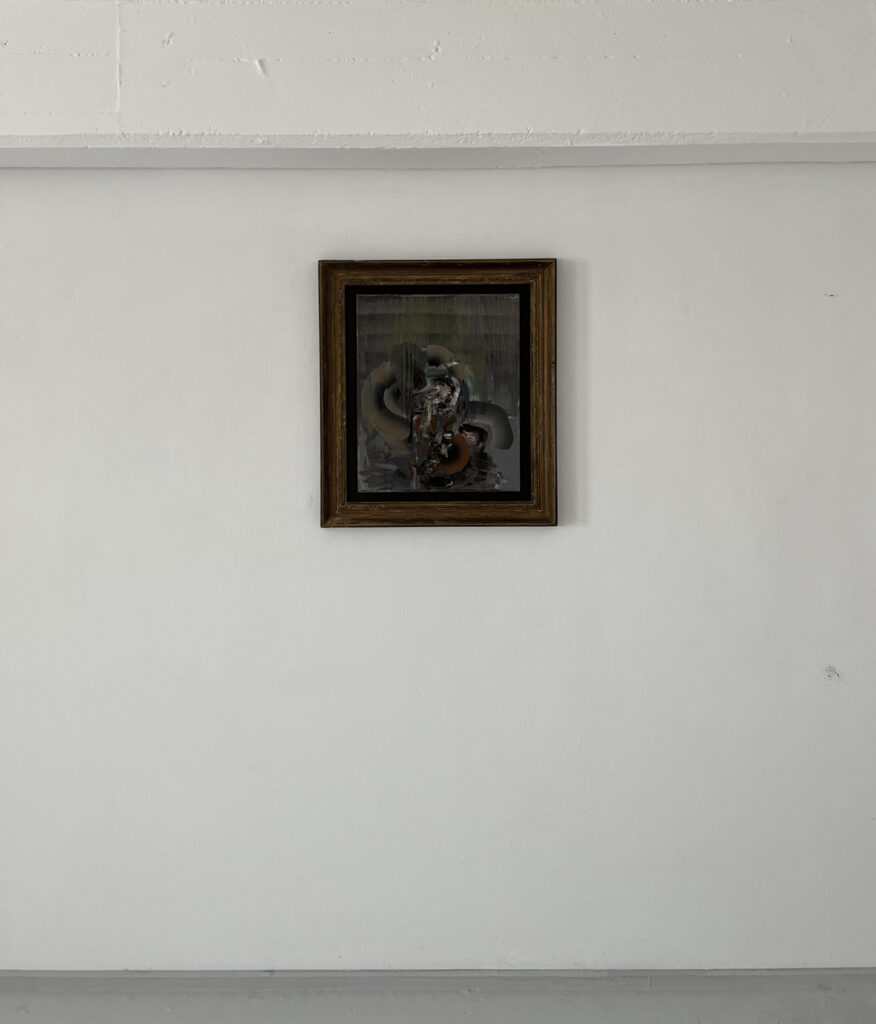
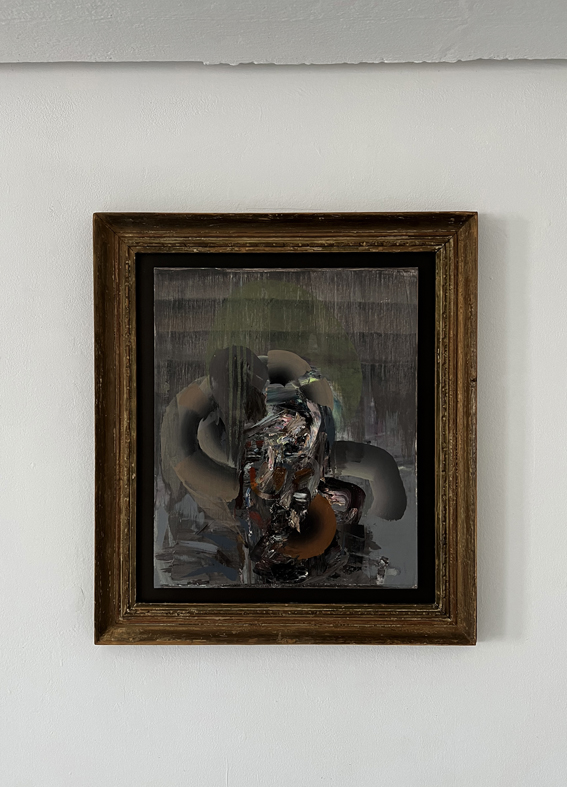
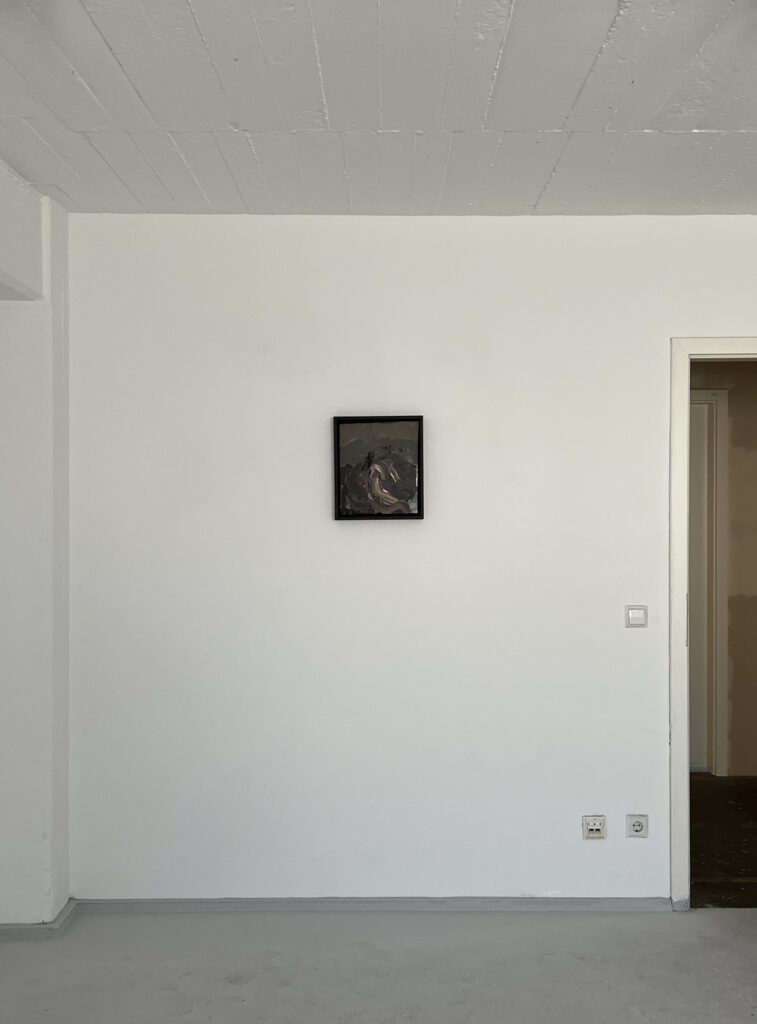

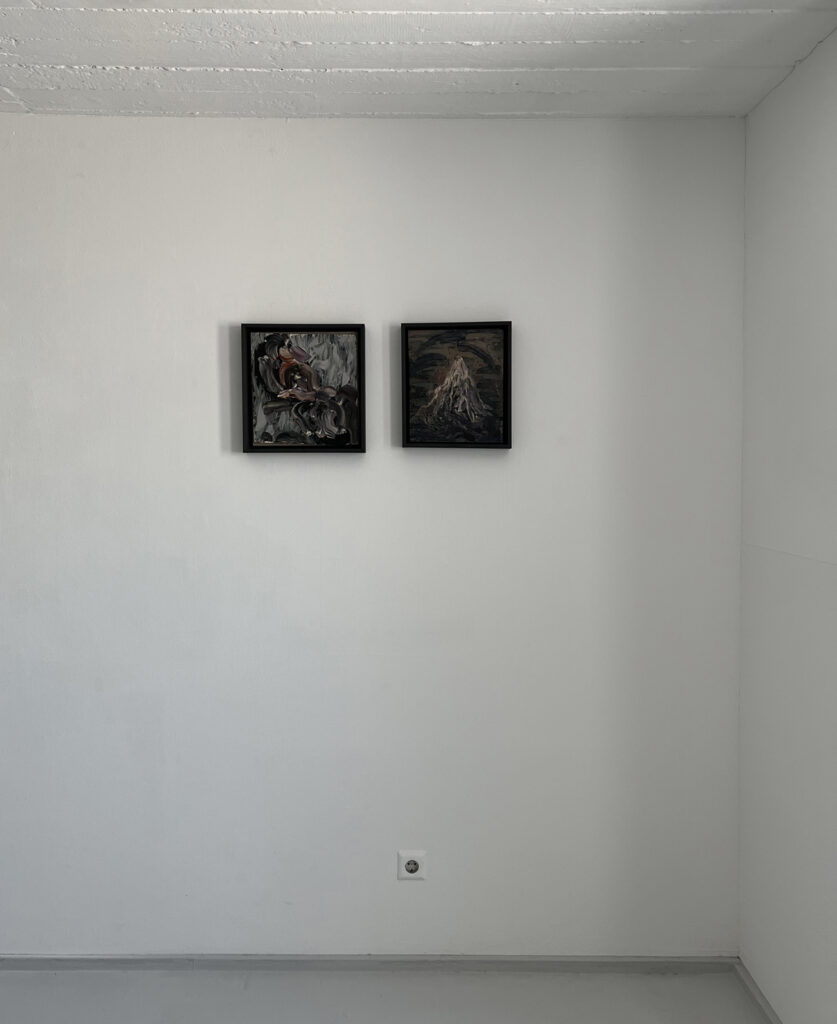
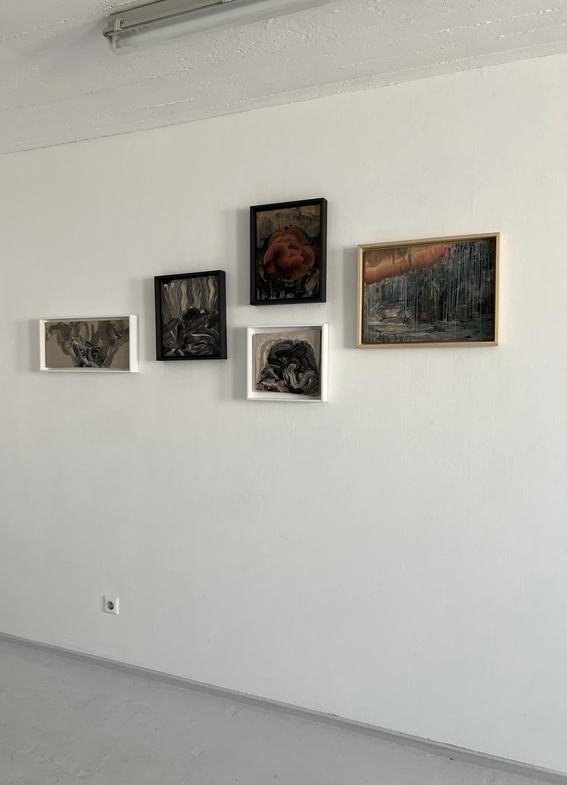
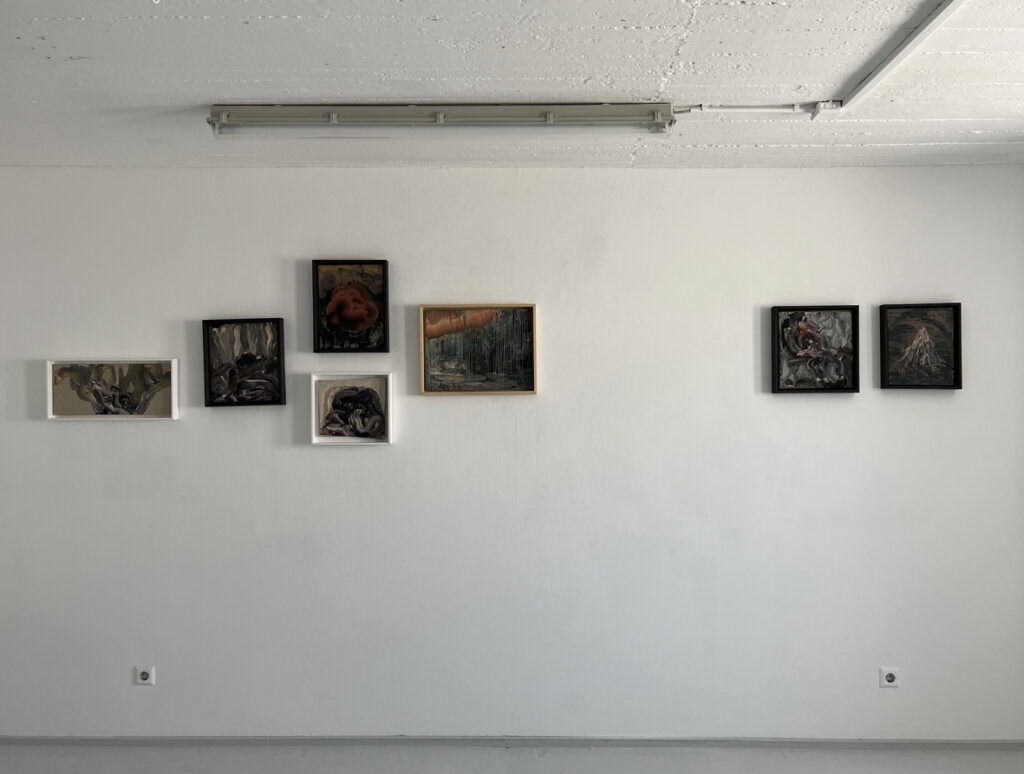
When we observe the world around us, we often do not understand the essence of our existence at the moment of contemporary history. One of the most common reasons for the lost perception of one’s own importance is the external stimulus of society, which distracts our attention with very chaotic and varied content and often activates our senses in the wrong direction, thus distracting us from self-knowledge. Nature and its natural forms play an important role in understanding our inner world. Our return to self-knowledge, then, must begin with the inner shift that occurs when we allow our thoughts to be free to travel within these massive natural currents of cosmic energy to where they originated.
In Belgrad am 11. Mai 2023
Predrag Popara
////////////////////////////////////////////////////////////////////////////////////////////////////////////////////
UNDER GREY SKIES, 03.03.2023 – 17.03.2023
FEATURING WORKS BY:
Lea Sprenger
Venue NEW NOW art space Frankfurt
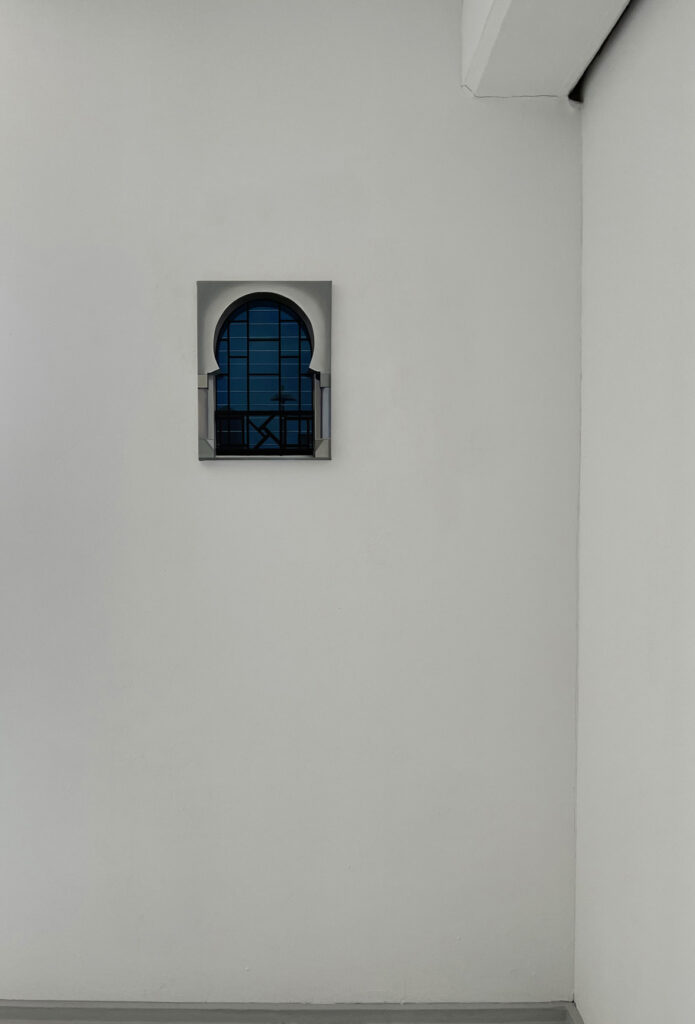

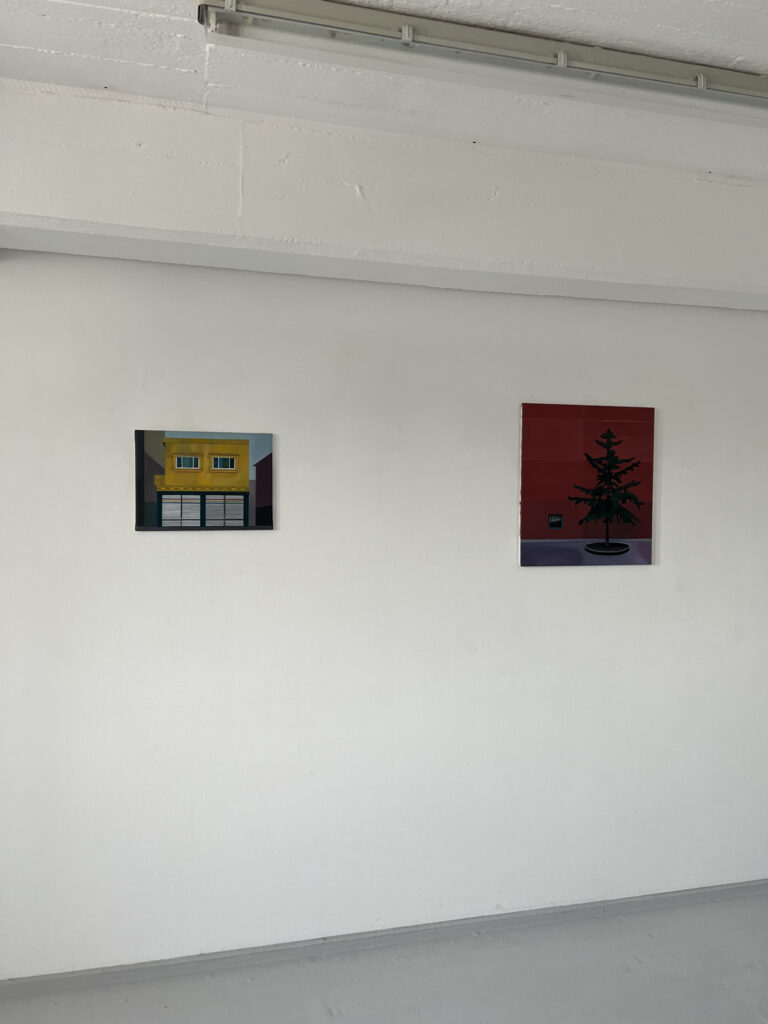
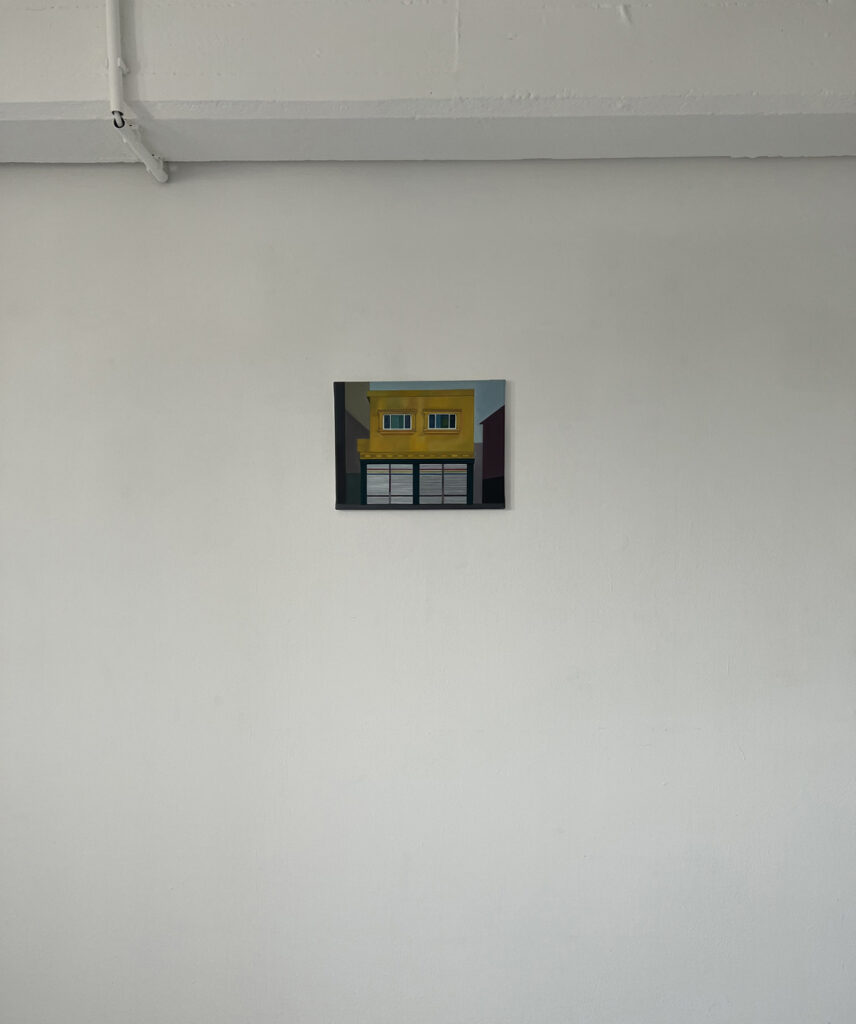
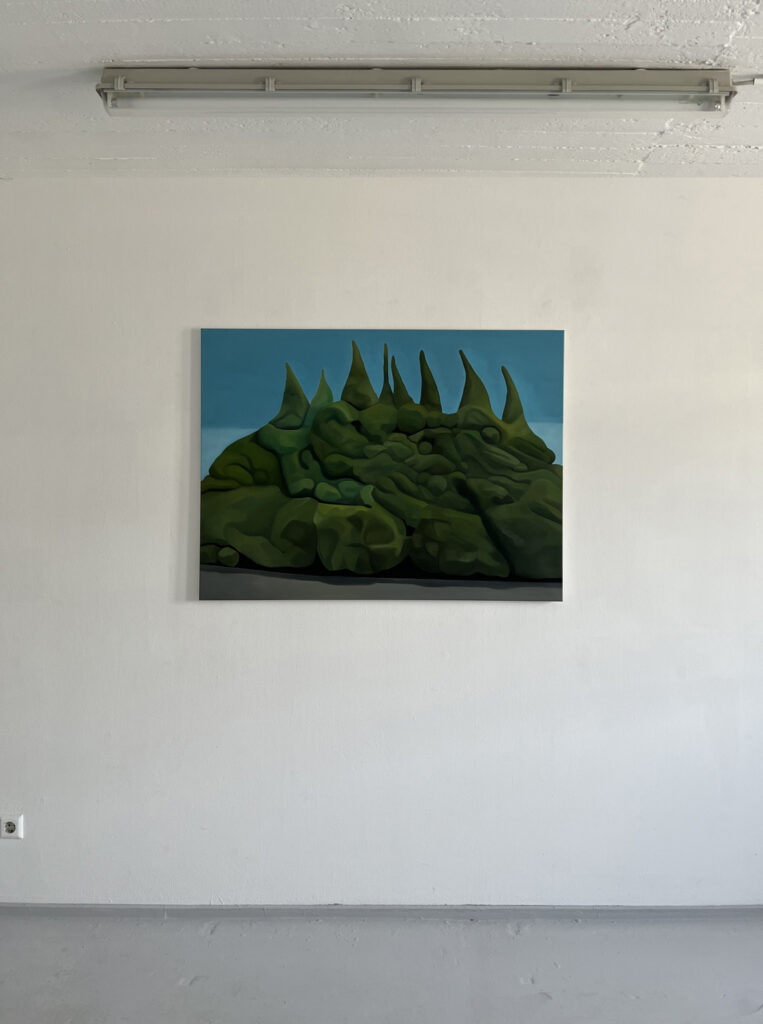

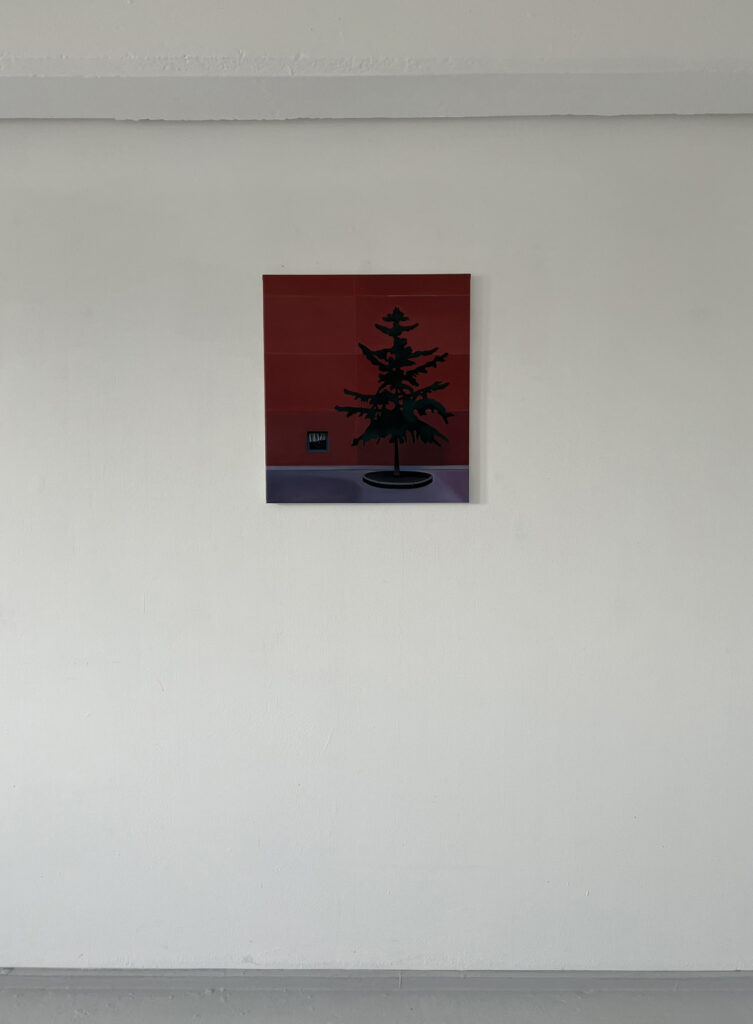
The title of my exhibition refers to landscapes, as they are found under the skies. I don’t paint traditional landscapes, but most of my motifs are outdoors and looked upon from the outside, such as trees and buildings. And I find them as I walk through (mostly urban) landscapes. Then, in many of my paintings, the sky is literally of a grayish tone. Lastly, since I feel sad often, the color of the sky also reflects my mood. I tend to find my motifs when I travel. Seeing new places and learning new things gives me a sense of purpose. What attracts my attention are odd buildings or funny trees. Something man has interfered with or shaped in a certain way. I like trees that are trimmed by a gardener but then grow over the sidewalk anyway. When nature finds a way to rebel. Buildings speak to me when they are of a striking color or an odd shape or seem out of place. Recently, I have been interested in houses that seem to block people out with closed curtains or closed roller shutters. The places that I paint might get overlooked, and so I enjoy giving them the attention that I feel they deserve. I mostly paint in oil on canvas or on wooden boards. Light, shadows, reflections and color interest me while painting. I begin with a quick sketch directly on the painting support, and then I shape my motifs out of several layers of paint. Looking closely and seeing all the different colors that make up an object is important to me.
Lea Sprenger / 2023.
////////////////////////////////////////////////////////////////////////////////////////////////////////////////////
EARLY SINGNS OF UN-CONTEMPORARY BEHAVIOR
FEATURING WORKS BY:
Mircea But, Marius Ghita, Andrei Sclifos
VENUE: NEW NOW art space Frankfurt



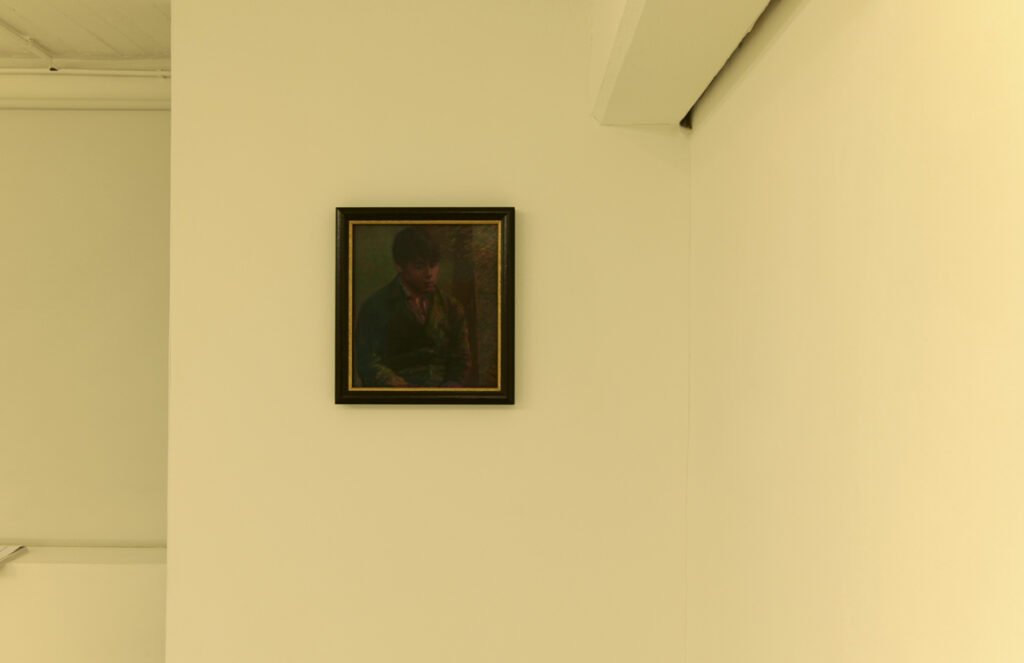

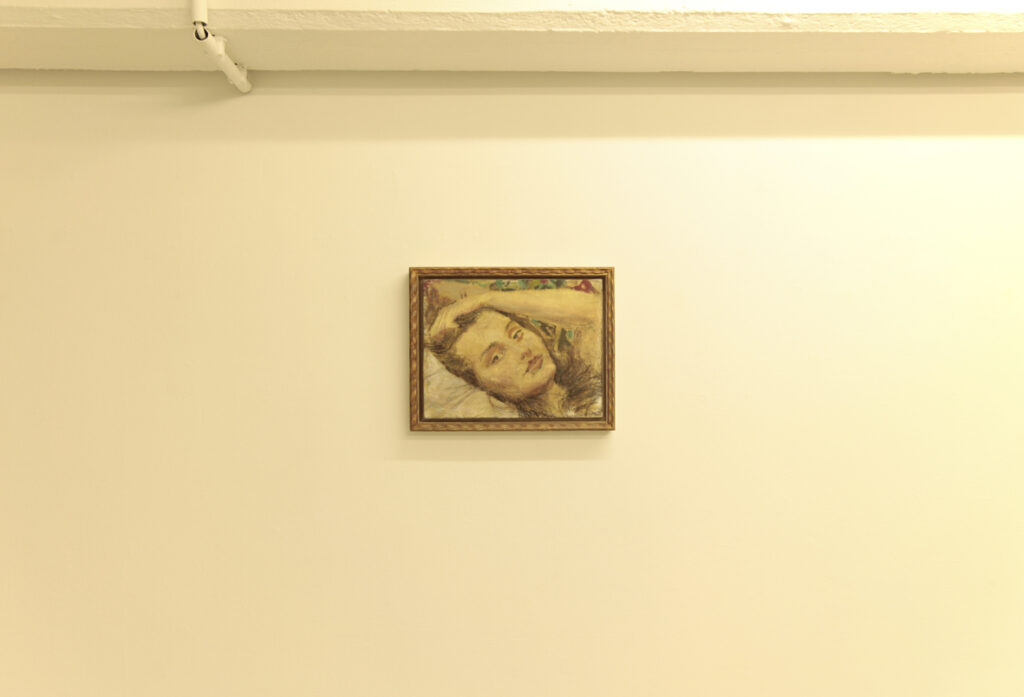
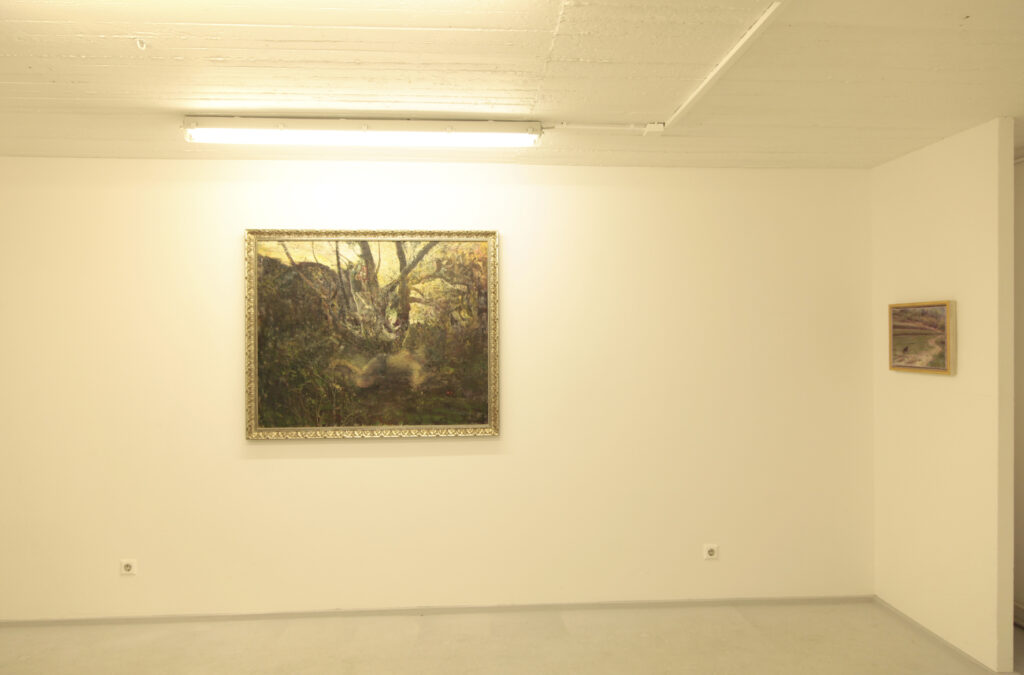
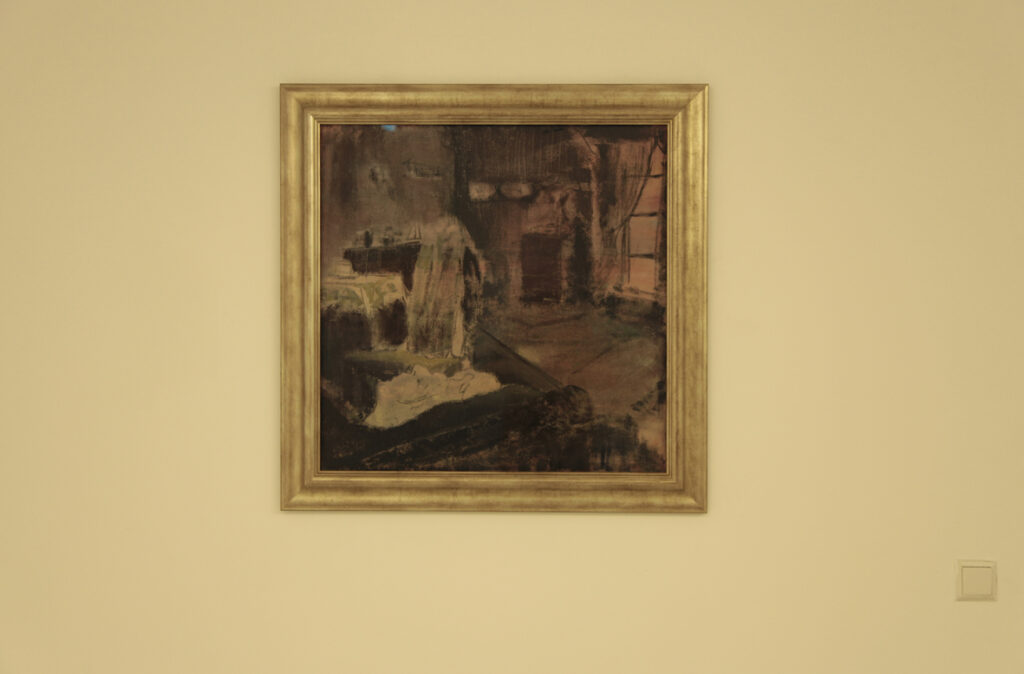
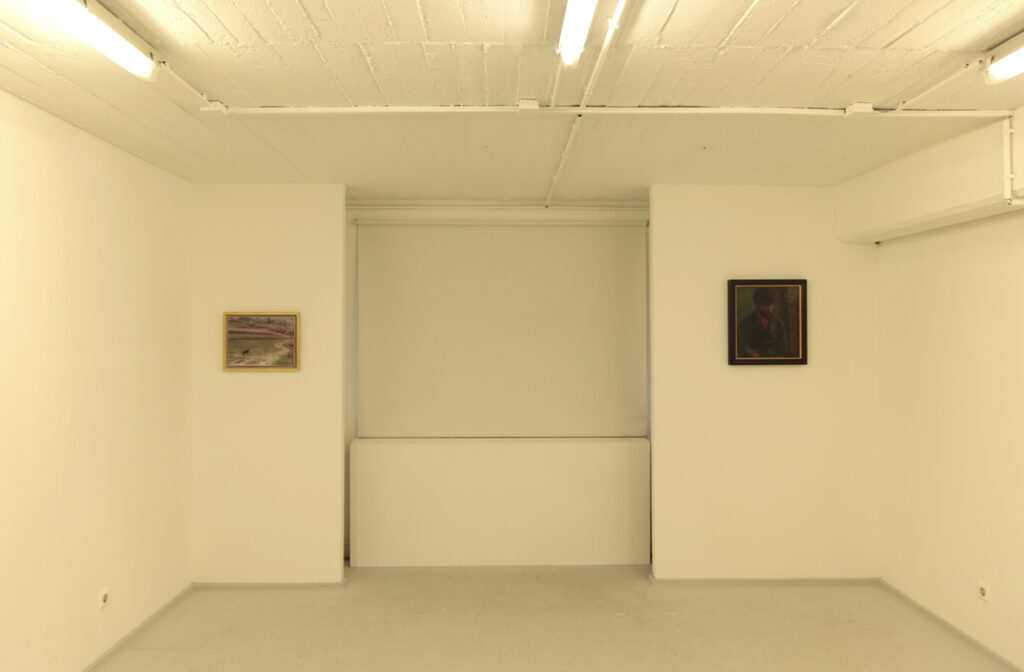
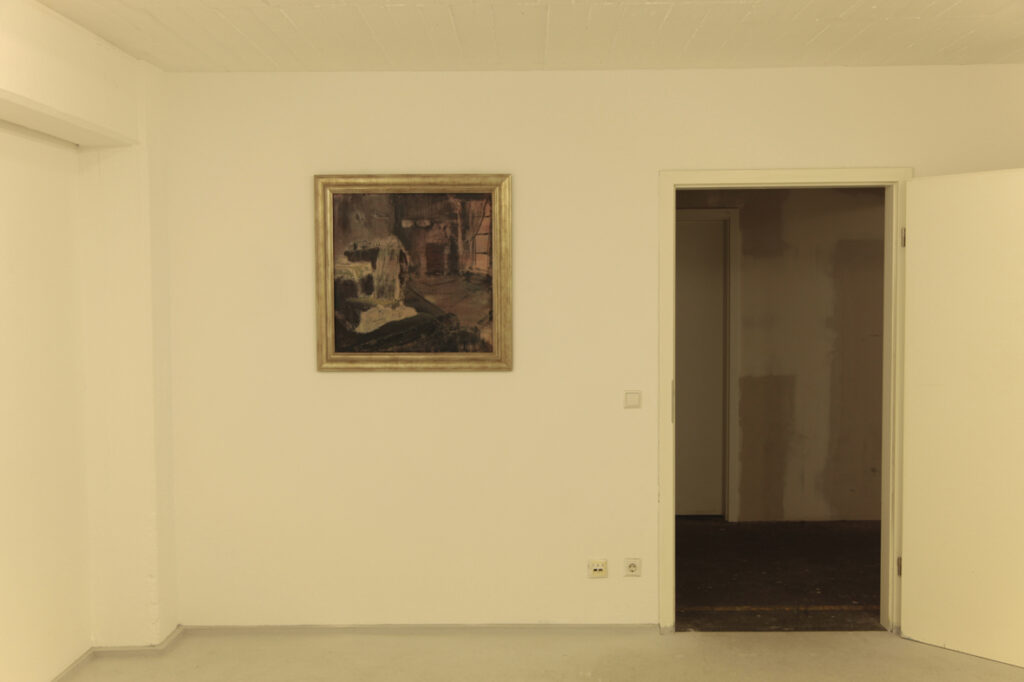
We are delighted to invite you to the first public display of the NEW NOW art collection. In this event, will be presenting just a small fraction of our portfolio, hoping that more events like this will follow in the years to come. Therefore, we are starting from the simple yet essential assumption that art has to be seen. This exhibition will consist in a selection of works by three promising young artists based in Cluj, Romania, namely Mircea But, Andrei Sclifos and Marius Gita. These artists are part of the new wave of figurative painting coming from the school of Cluj.
Gabriel Stoian 2022
/////////////////////////////////////////////////////////////////////////////////////////////////////////////////////////////
façades , 07.10.2022 – 23.10.2022
FEATURING WORKS BY:
Artjom Chepovetsky, Danijel Shijakovic, Marcel Friedrich Weber
VENUE: NEW NOW art space Frankfurt

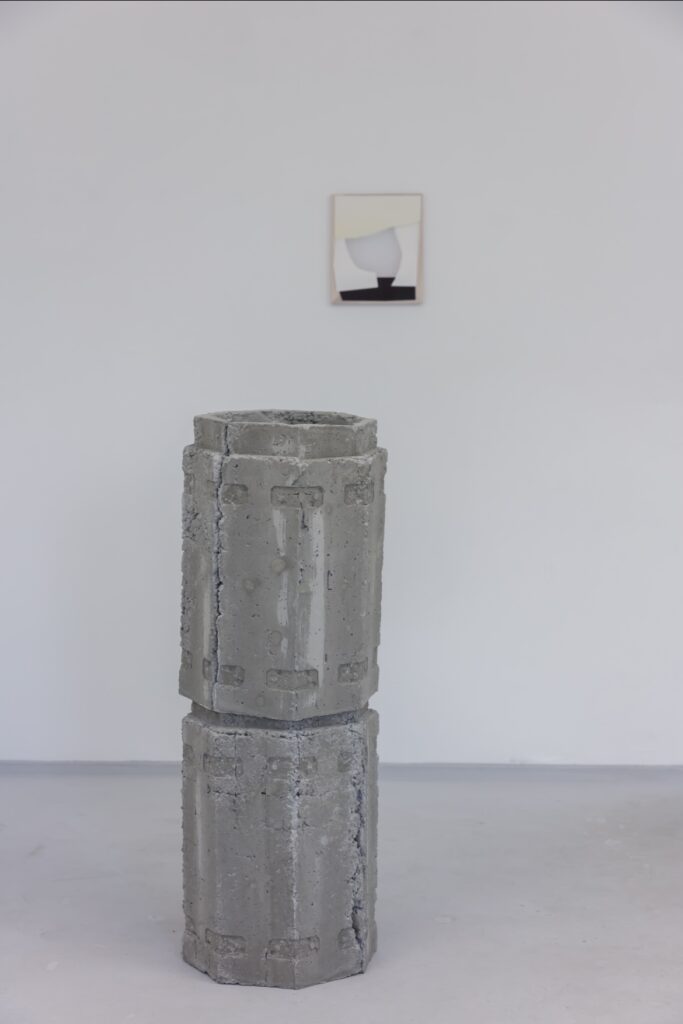
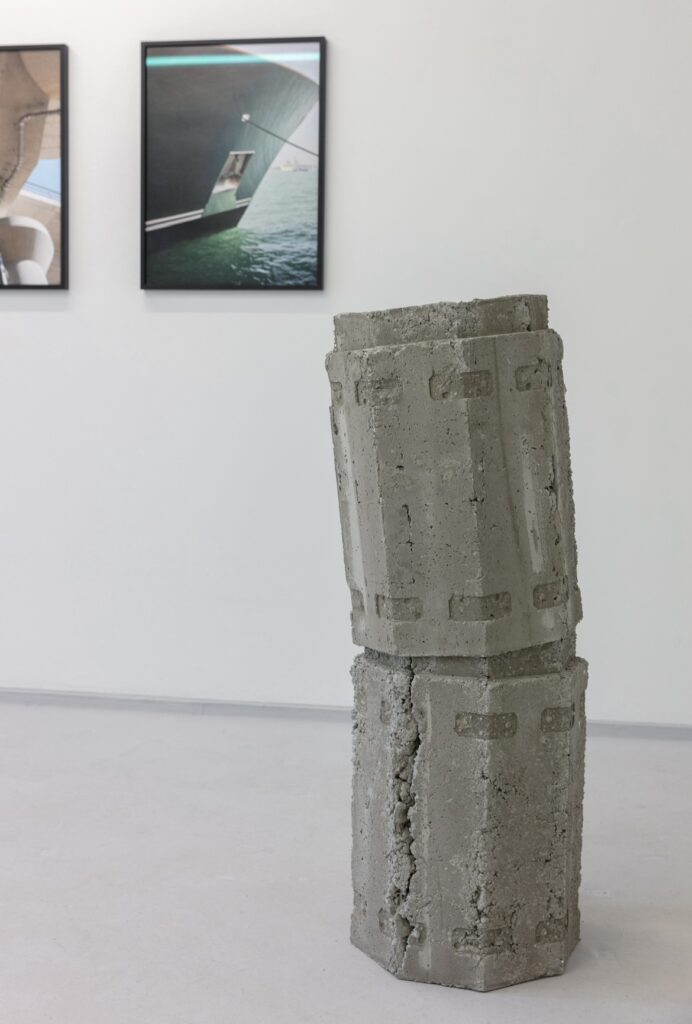
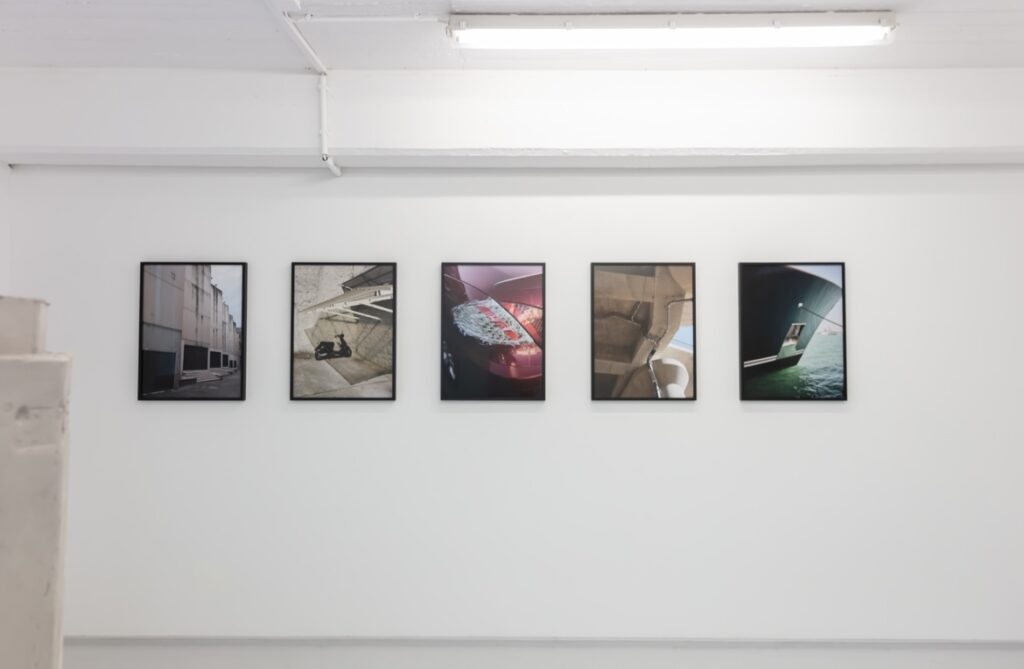
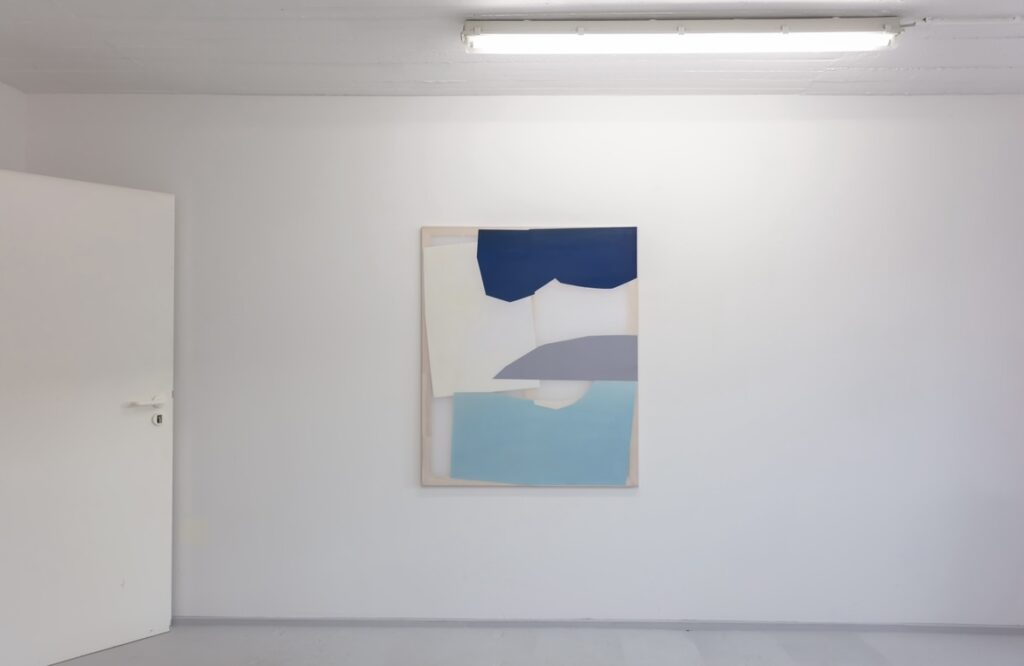
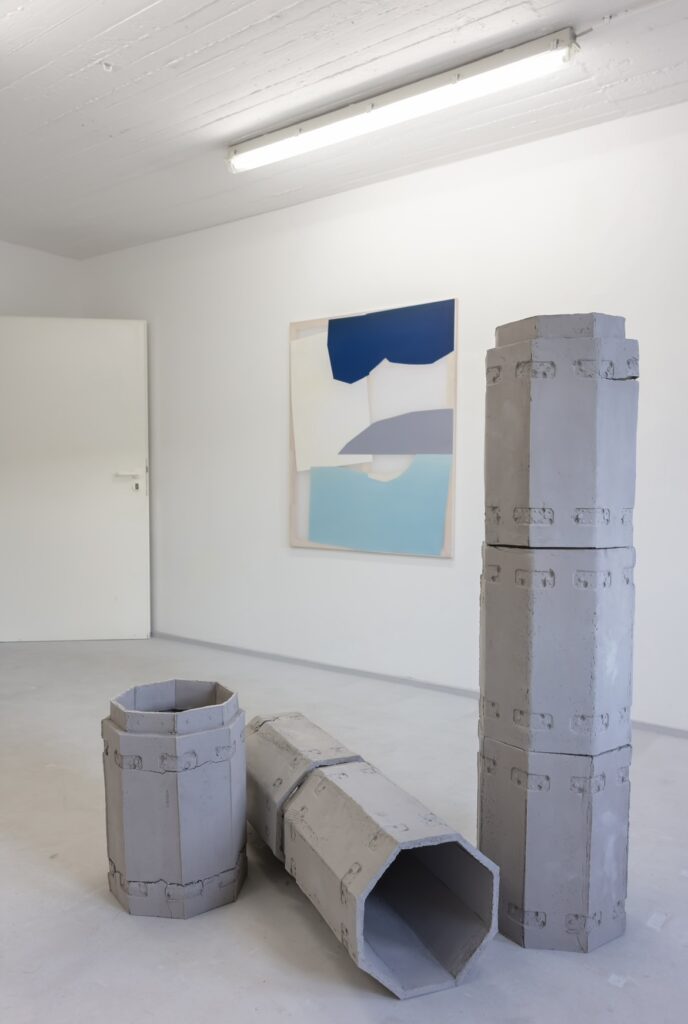
A façade is generally the front part or exterior of a building. It is a loan word from the French façade, which in turn comes from the Italian facciata, from faccia meaning ‘face’, ultimately from post-classical Latin facia.
In the architectural context, façade often refers to a non-structural part of the building. It is more of a skin that transports an image to the outside. A second meaning of the term is related to human communication and self-expression: A person’s façade is the image that one presents to others.The three artistic positions look at facades, skins and surfaces, enveloping structures. They are looking behind the image; reveal the view behind the process of creating an image. Light that shines through material such as transparent fabrics or molds from the inside of a cast.
So how deep – one might ask – is the surface?
Marcel Friedrich Weber, 2022.
/////////////////////////////////////////////////////////////////////////////////////////////////////////////////////////////
LIEBE MARTHA DREH DICH UM, 15.06.2022 – 26.06.2022
FEATURING WORKS BY:
Emma Kling , Karina Mendreczky
VENUE: NEW NOW art space Frankfurt




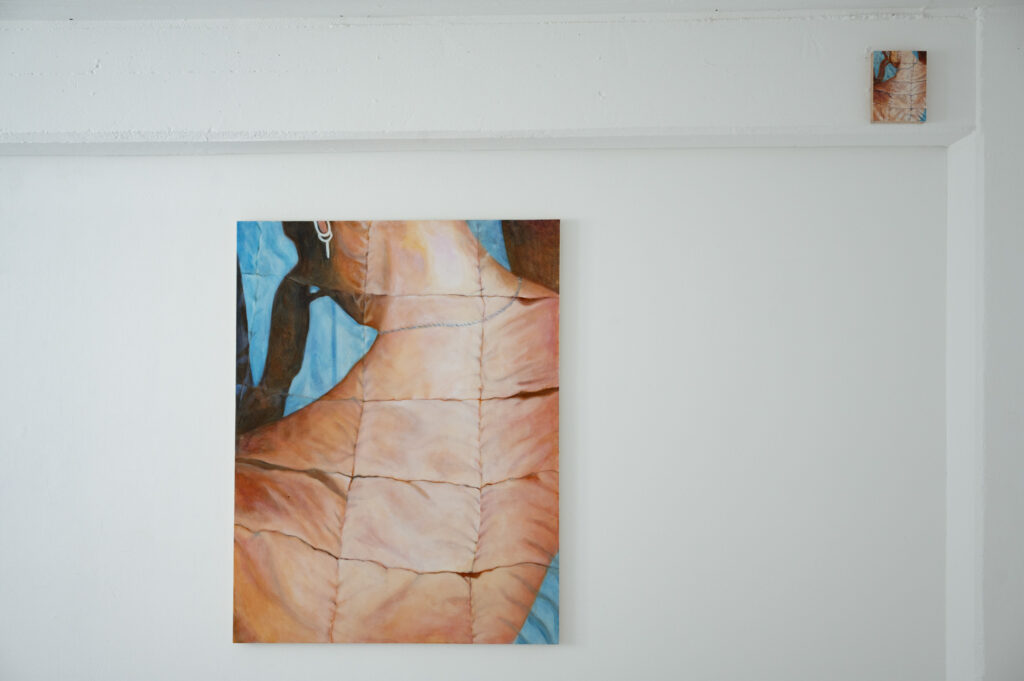
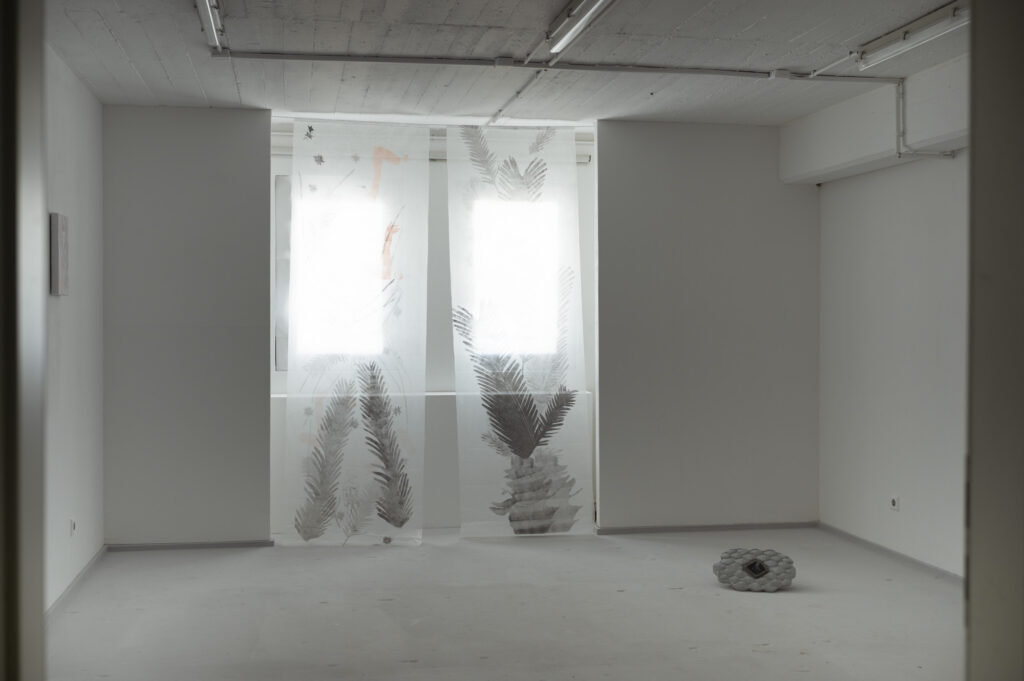
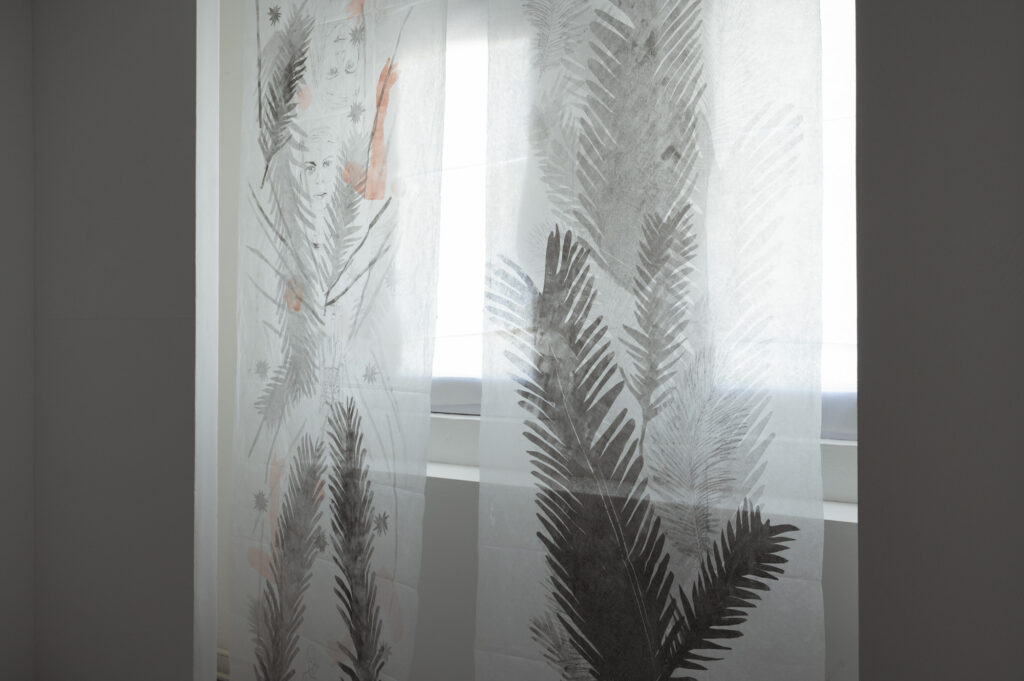

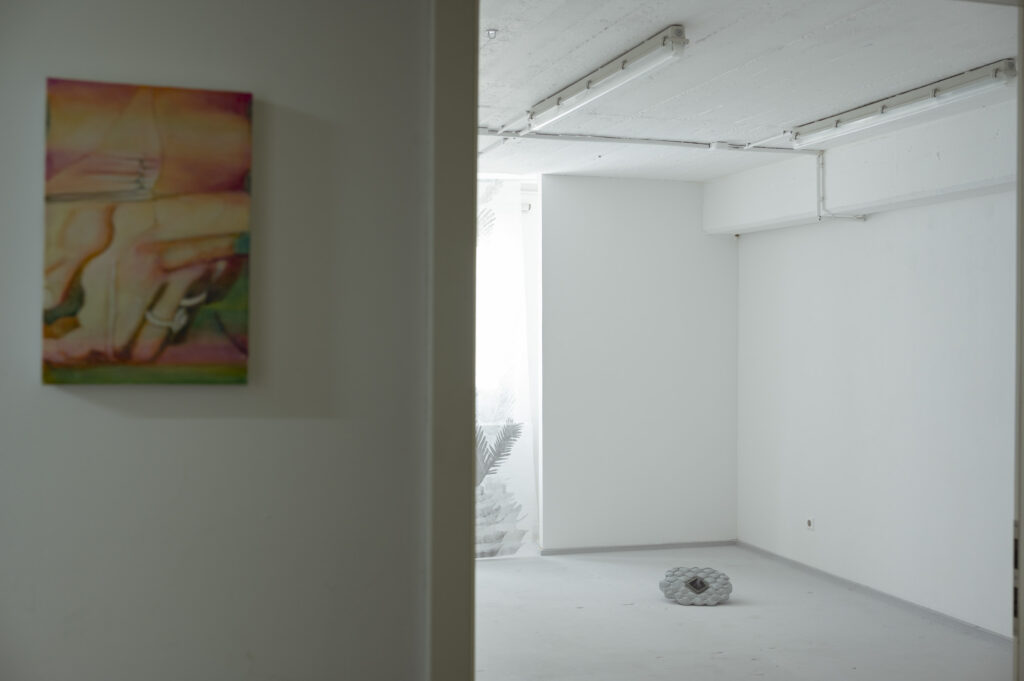
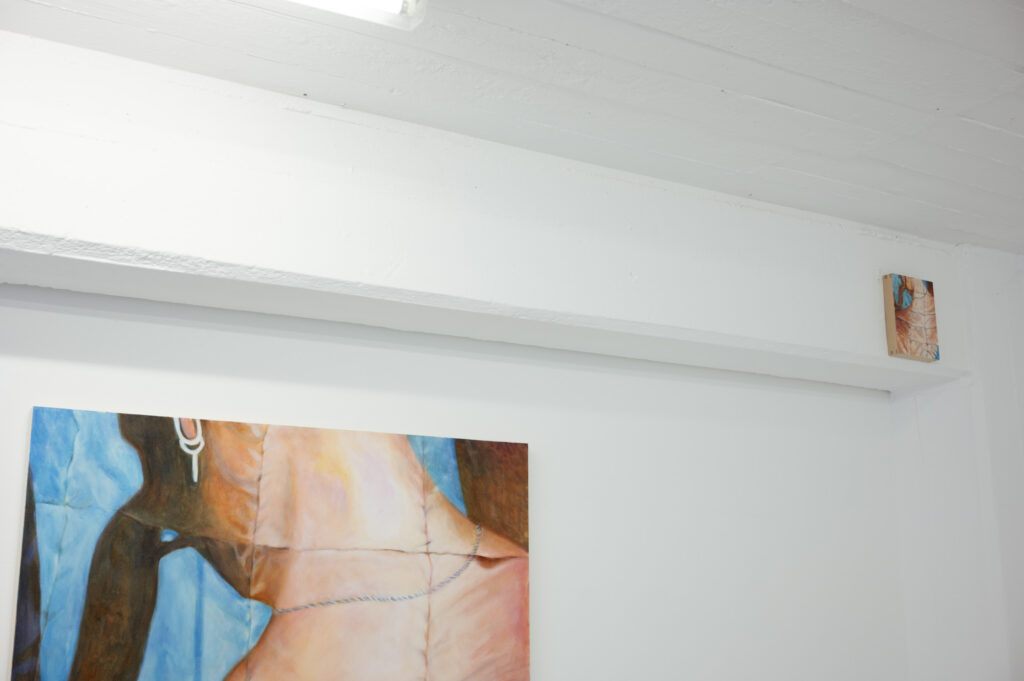
Dear Martha turn around / Once around, twice around / Dear Martha turn around.The skin encases the body, functions as a “screen” on which sensations and states of being can be read, observed and determined.
Moles interrupt the monotonous continuity of the skin’s surface. Inherited from parents or other close relatives, these marks make
connections visible. The inherited information accumulates in places already known.
For Karina, the past always seems more complete than the present. Inhabited by dream-like images and recurring gestures, shapes
and lines. Linguistic and physical layers overlap in the form of translucent objects constructed from fragile Japanese paper that absorb
information like membranes. In her work, Emma investigates textiles, in their material-specific properties as skin-like phenomena that have a life of their own. Human skin and textile meet at countless points of contact and become one. The body moves the fabric and the fabric shapes the body. Questions of personal expression and identity as well as the process of putting on and taking off layers play a central role. On the one hand, the carpet is an exotic field, a colorful garden in many a European flat. There it now lies on the parquet floor, as it originally did in the steppe. At the same time, it is also a familiar object whose outlines describe a safe zone. The threads of the fabric also contain the unsolved problems that are also passed on from generation to generation. In the exhibition, we want to juxtapose surfaces and materials and explore the elements that are repeated in them. Traces should point to family histories, recurring feelings and reactions. In the pictures and objects, the possibility of breaking patterns should be open as an option.
/////////////////////////////////////////////////////////////////////////////////////////////////////////////////////////////
LAYERINGS, 27.05. 2022 – 05.06.2022
FEATURING WORKS BY: Goekhan Erdogan
VENUE: NEW NOW art space Frankfurt.
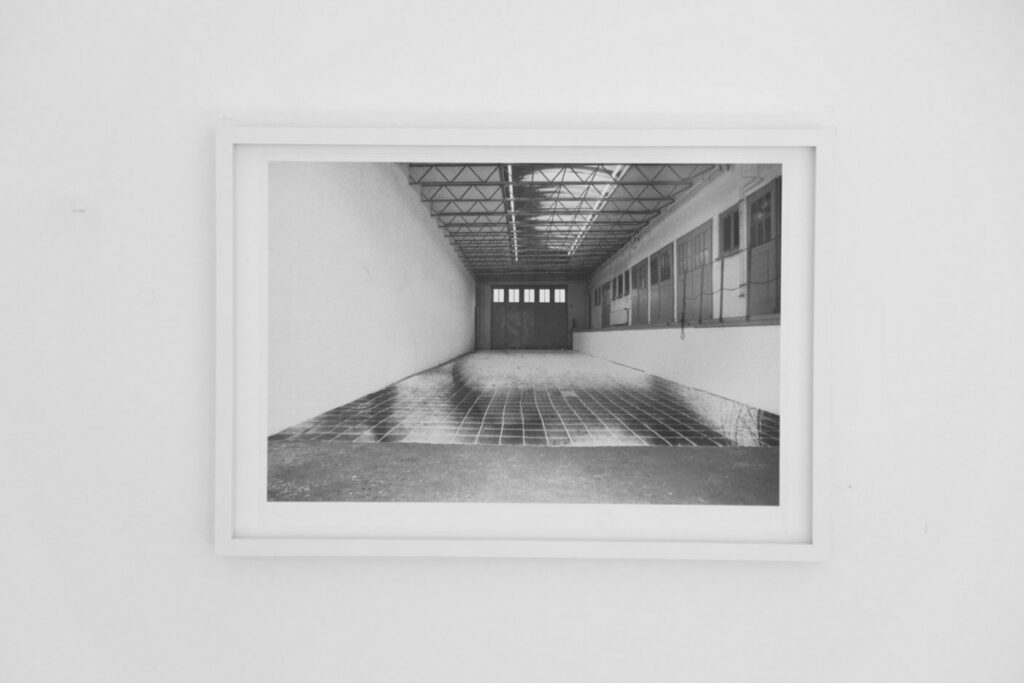
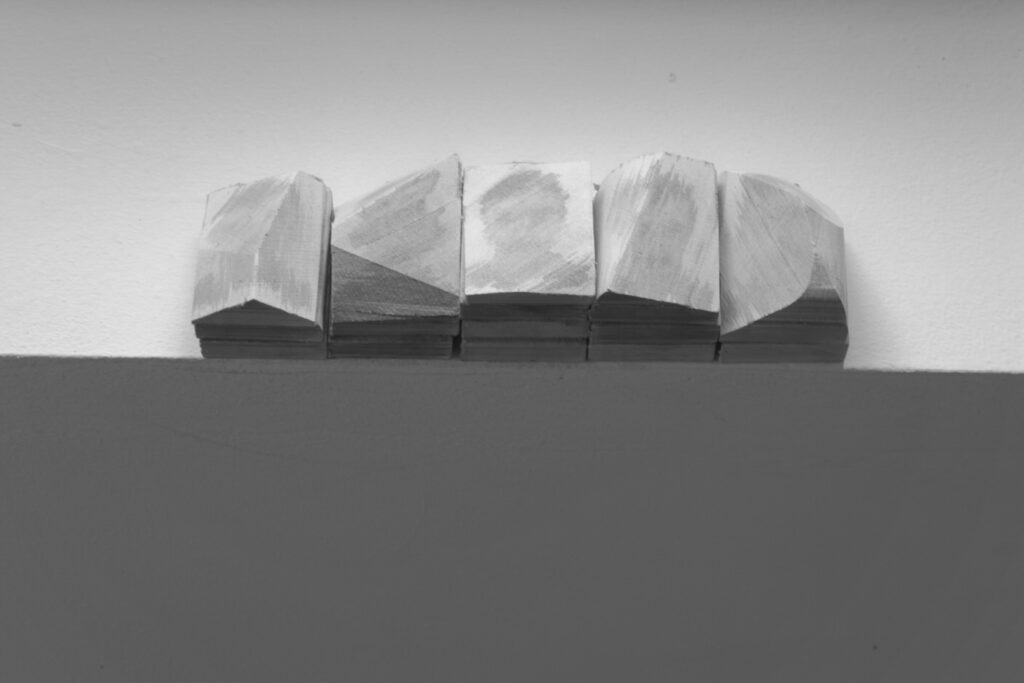
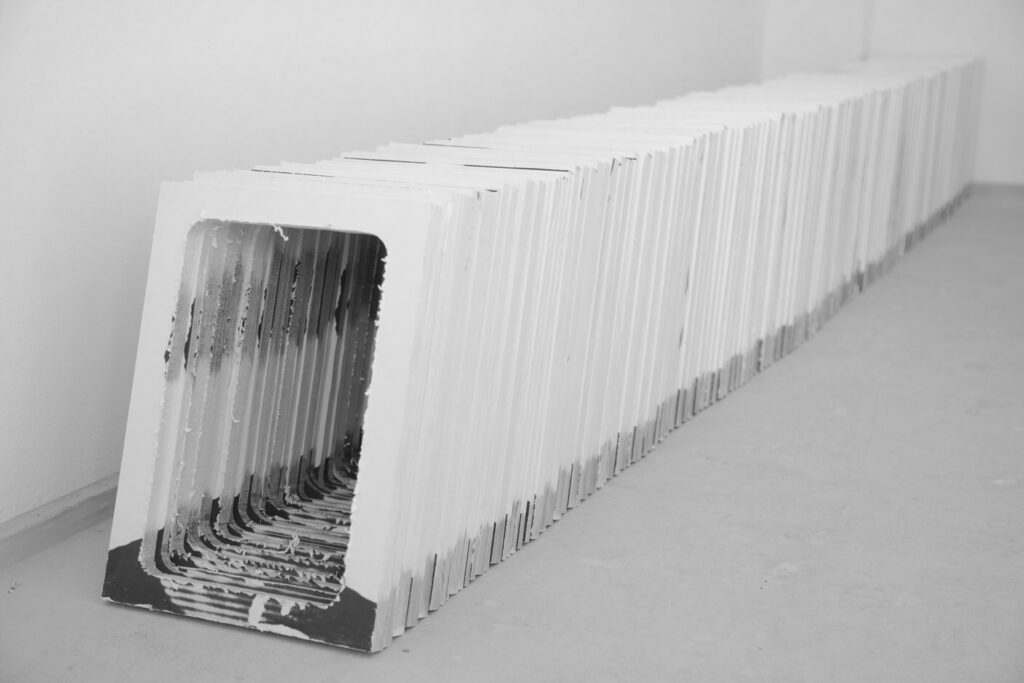

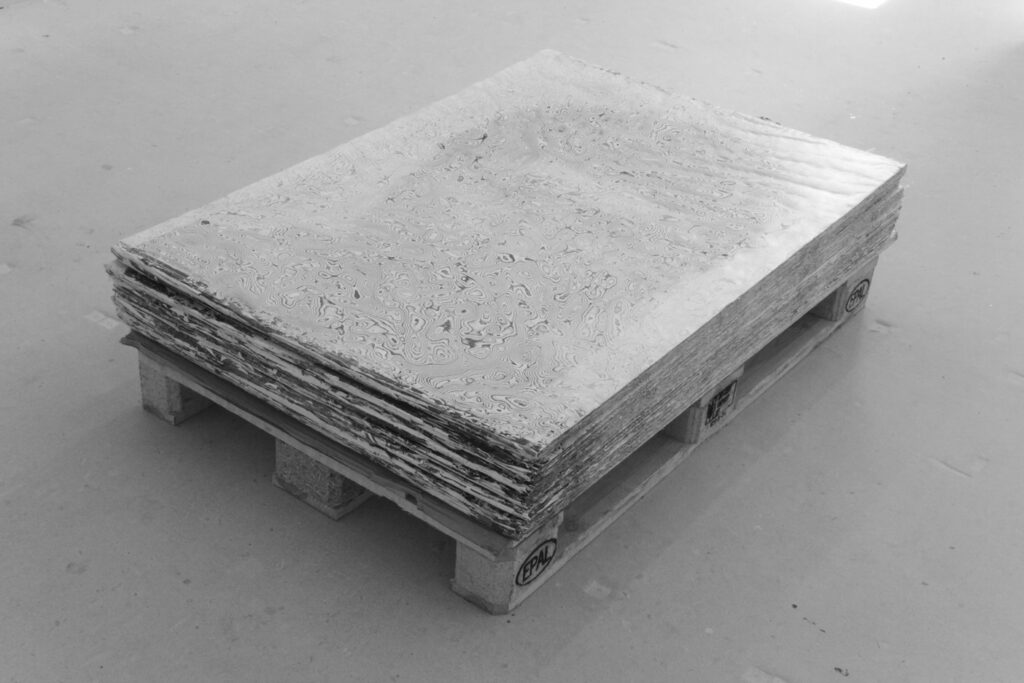
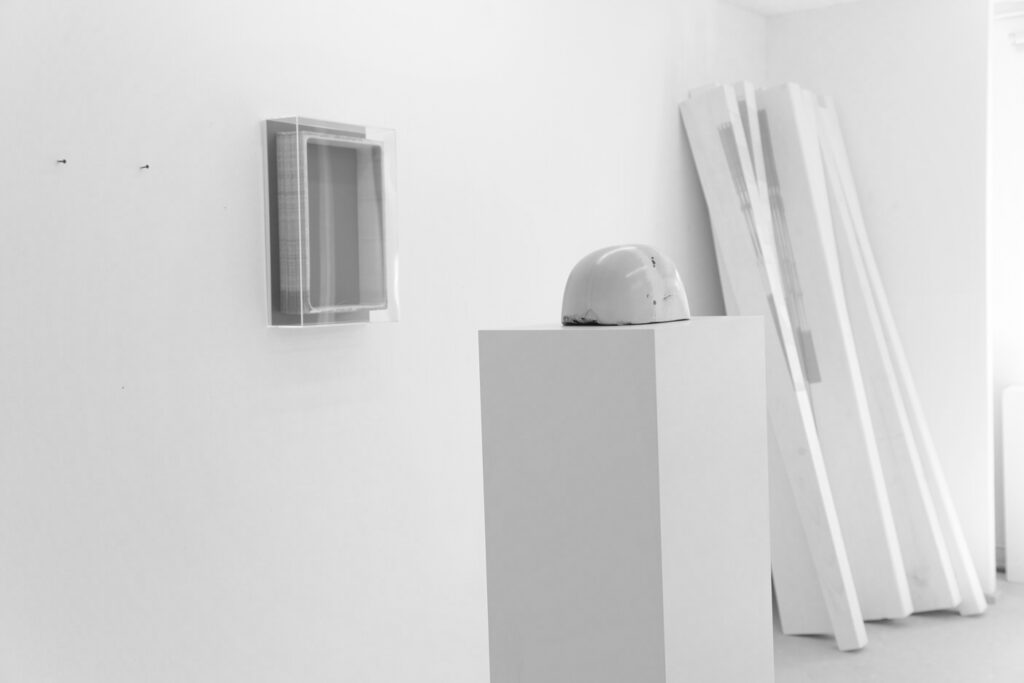
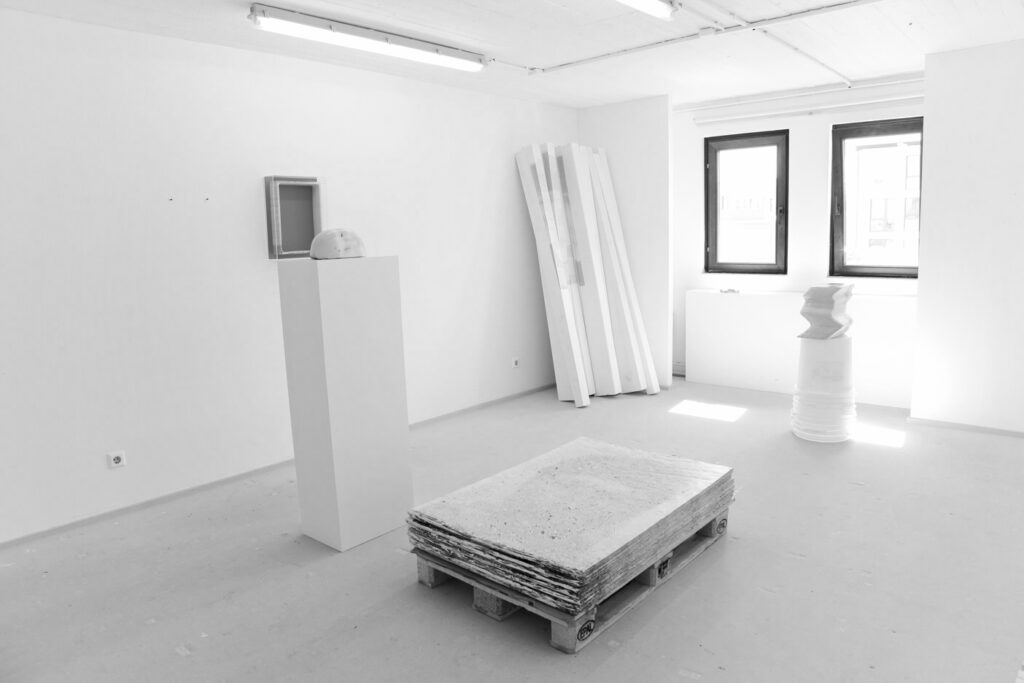
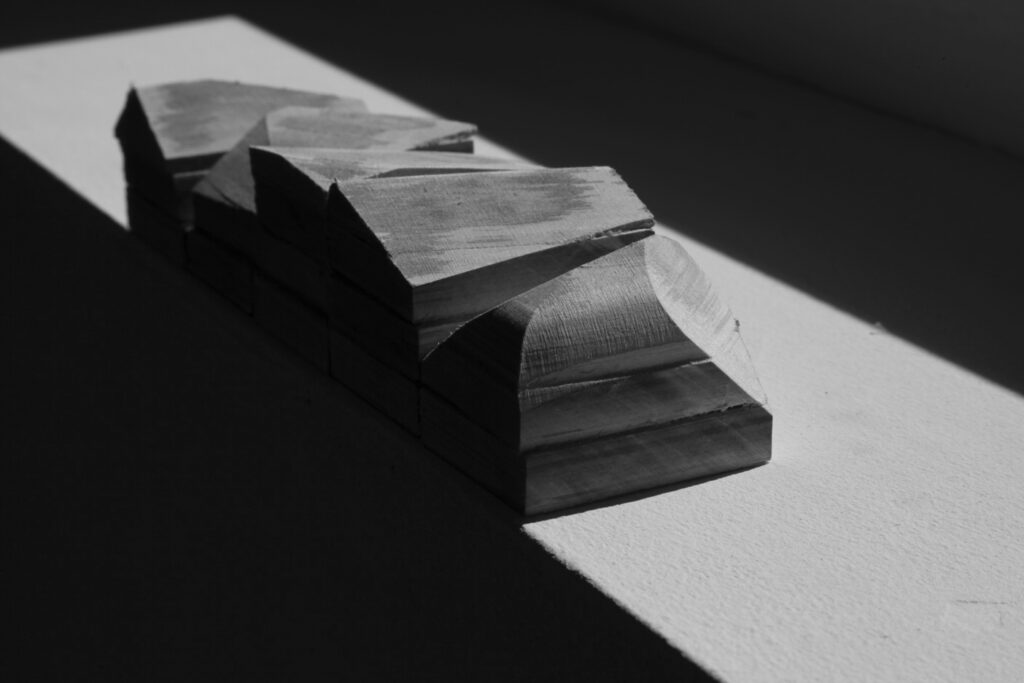
Layering, densifying, repeating is obviously a preferred method in Erdogans work. If you like you can read layers, strata as philosophers once did aligning geology with moral*. Layers as being a god given decision as well as a social dispostiv. In the usual game of becoming independent as an artist Erdogan chose to do only the generally possible, but that in bartlebyesque way till interferences and cracks become immanent, but also his artistic vehicle. Trying to fulfill exactly what is “needed” he is aiming to create an temporary image space without hierarchy.Apart from that it seems to be anthropologically constant that any human being, including the ones considered mentally ill, try to give a certain order and meaning to what they are doing or how they are perceiving the world. Seemingly since the concept of common reason seems to struggle a bit further these days, it becomes even harder to get a coherent idea of what is true, right or wrong. To consult such an impression it seemed right too.
Text by Goekhan Erdogan.
/////////////////////////////////////////////////////////////////////////////////////////////////////////////////////////////
VISITING THE BACK OF MY HEAD, 10.03.2022 – 27.03.2022
FEATURING WORKS BY: Gabriel Stoian
VENUE: CABINET 44 / BUCHAREST / ROMANIA
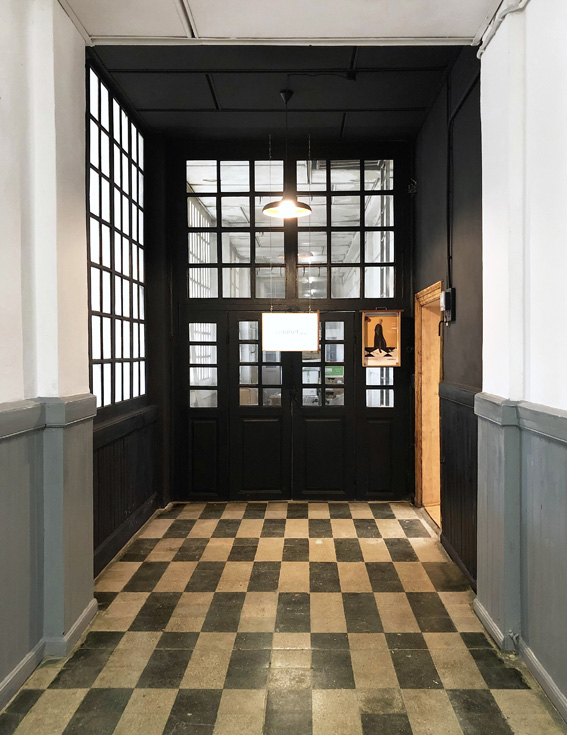
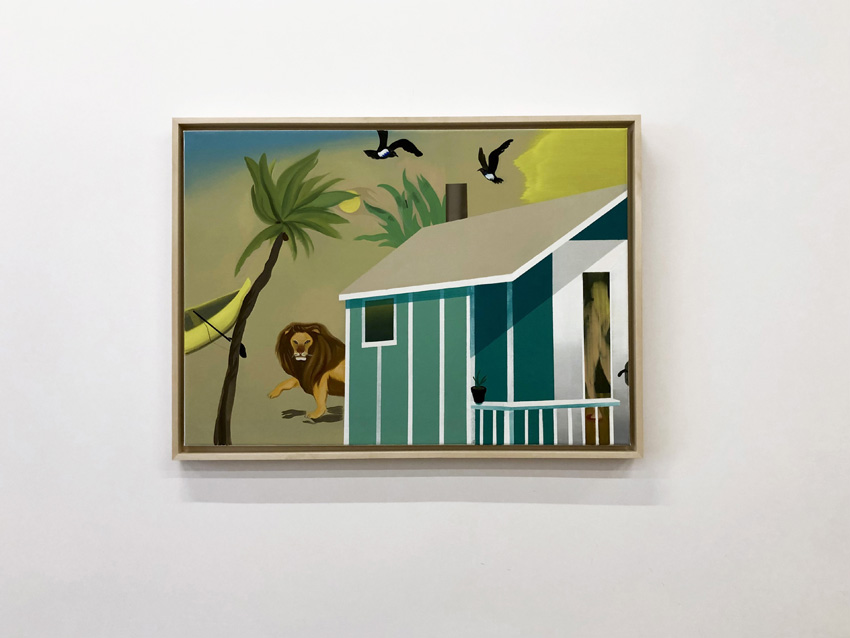
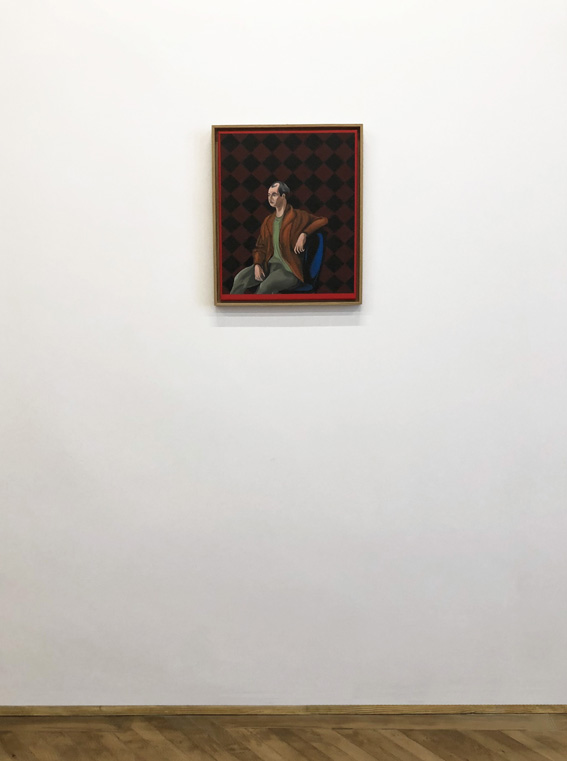
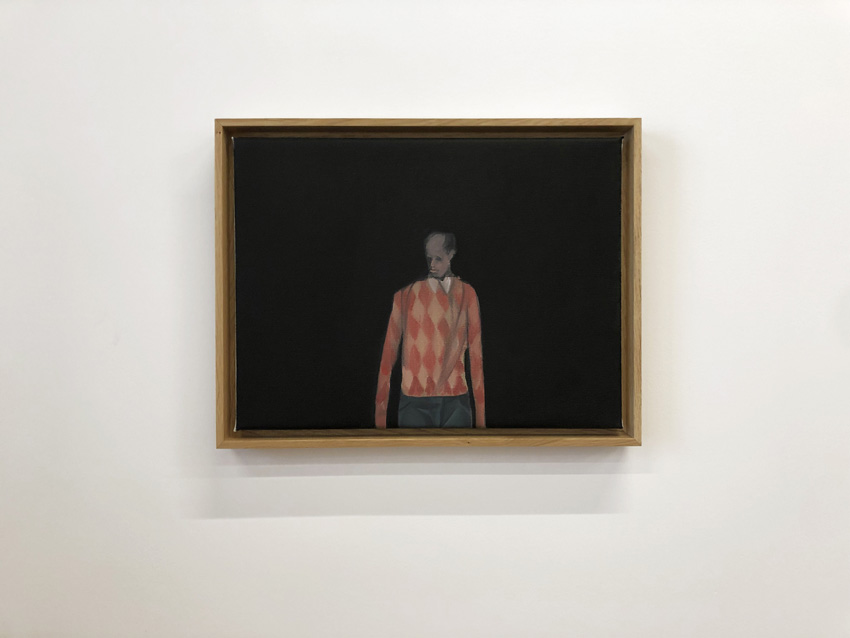
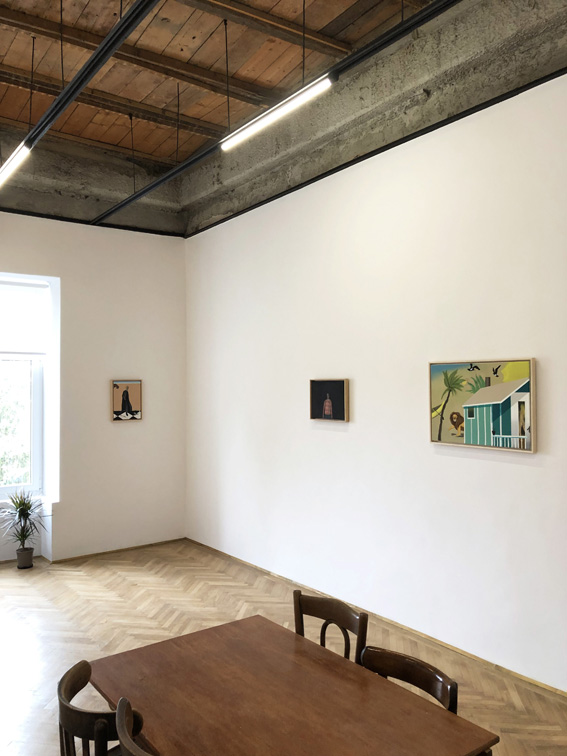
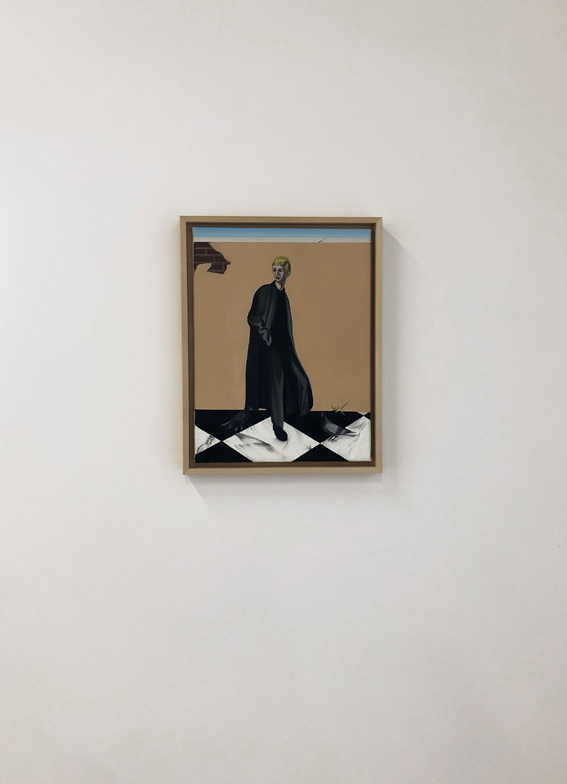
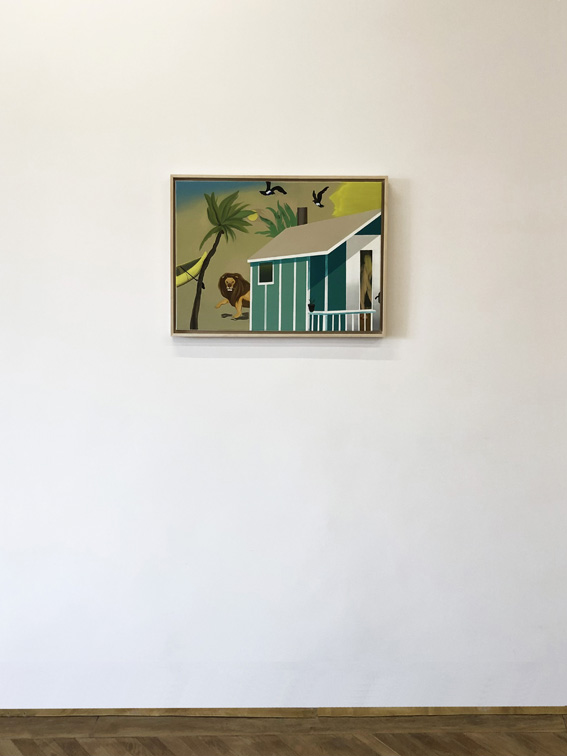
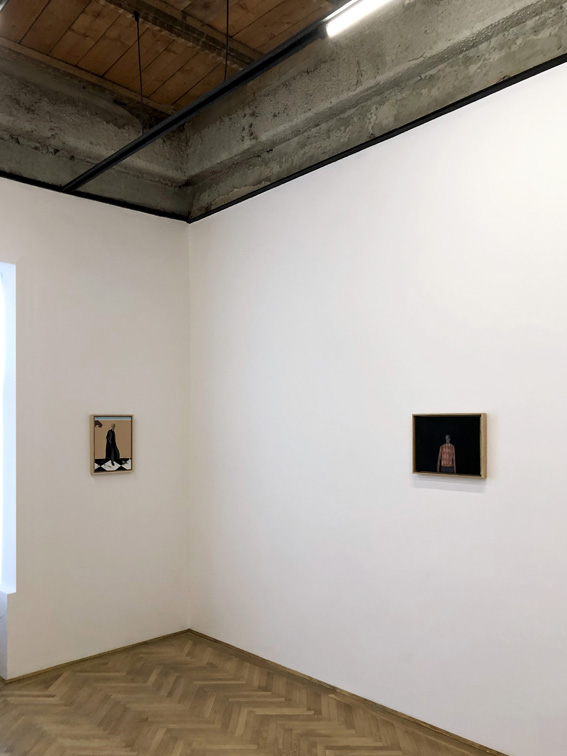

“I see myself walking through the back (inside) of my head, slowly looking at the vast cavity and the variety of shapes and colors that form my memory. It is not a pleasant walk, I don’t feel so relaxed, and the never-ending stream of the past lays a heavy burden on my miniaturized body. However, something is dragging me deeper to see more. My memory has never been too strong, therefore the landscape around me seems fragmented, like a facade of an old house that has been standing there for centuries; and under each new landlord it has gone through radical changes. Due to so many interventions, the construction seems to belong less and less to a certain architectural order. However, this reshaping process gives birth to a hybrid appearance, a fictional one that has no beginning or end, it is just there and continuously changing. There are so many doors and beings in this house that even the most organized thinker would be confused. And so, my memory is like another reality; this new reality is the source of inspiration for the condensed selection of works that encompass the body of this exhibition. The works present in this show illustrate parts of a personal and intimate Metaverse.”
Text by: Gabriel Stoian
This exhibition is part of a collaborative exchange between Cabinet 44 from Bucharest , Romania and NEW NOW art space/ Frankfurt am Main, Germany.
/////////////////////////////////////////////////////////////////////////////////////////////////////////////////////////////
THE TOURIST, 21.01.2022 – 06.02.2022
FEATURING WORKS BY: Friedrich Hertz
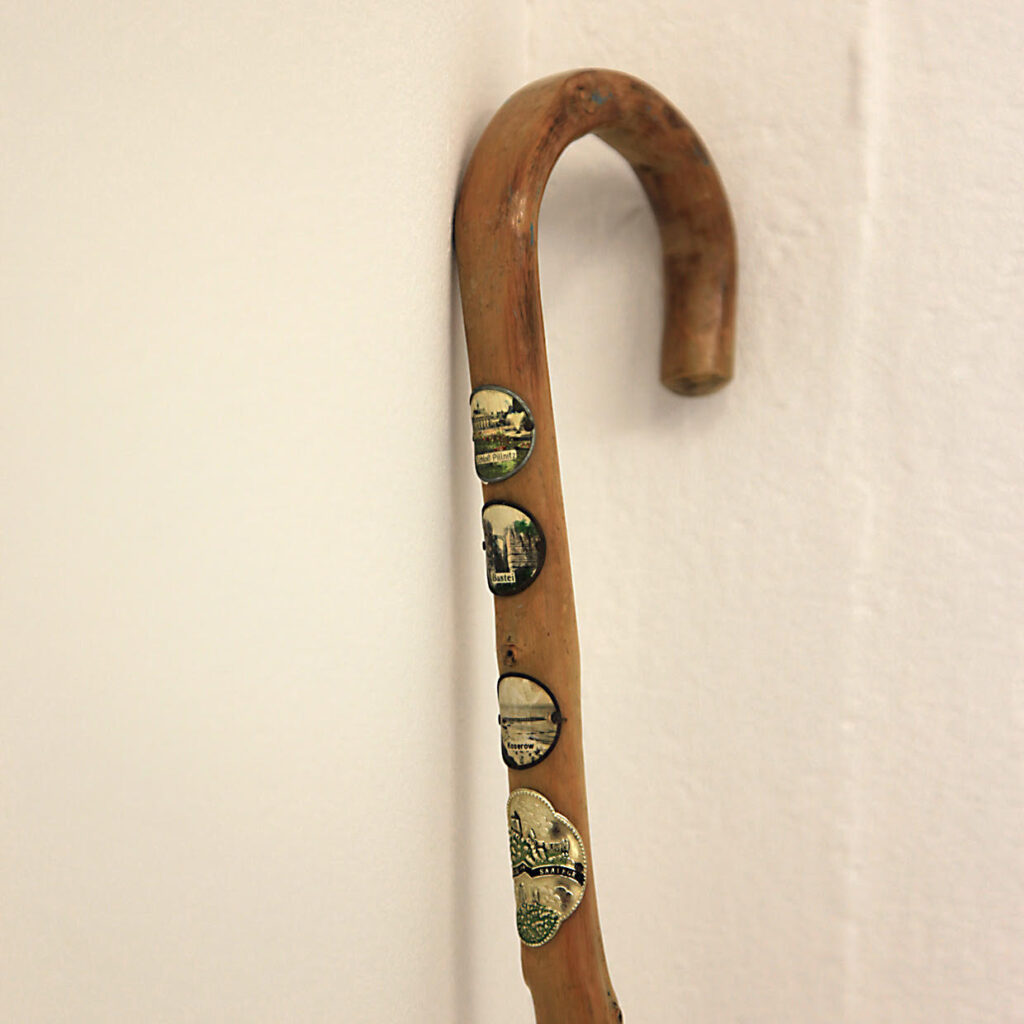
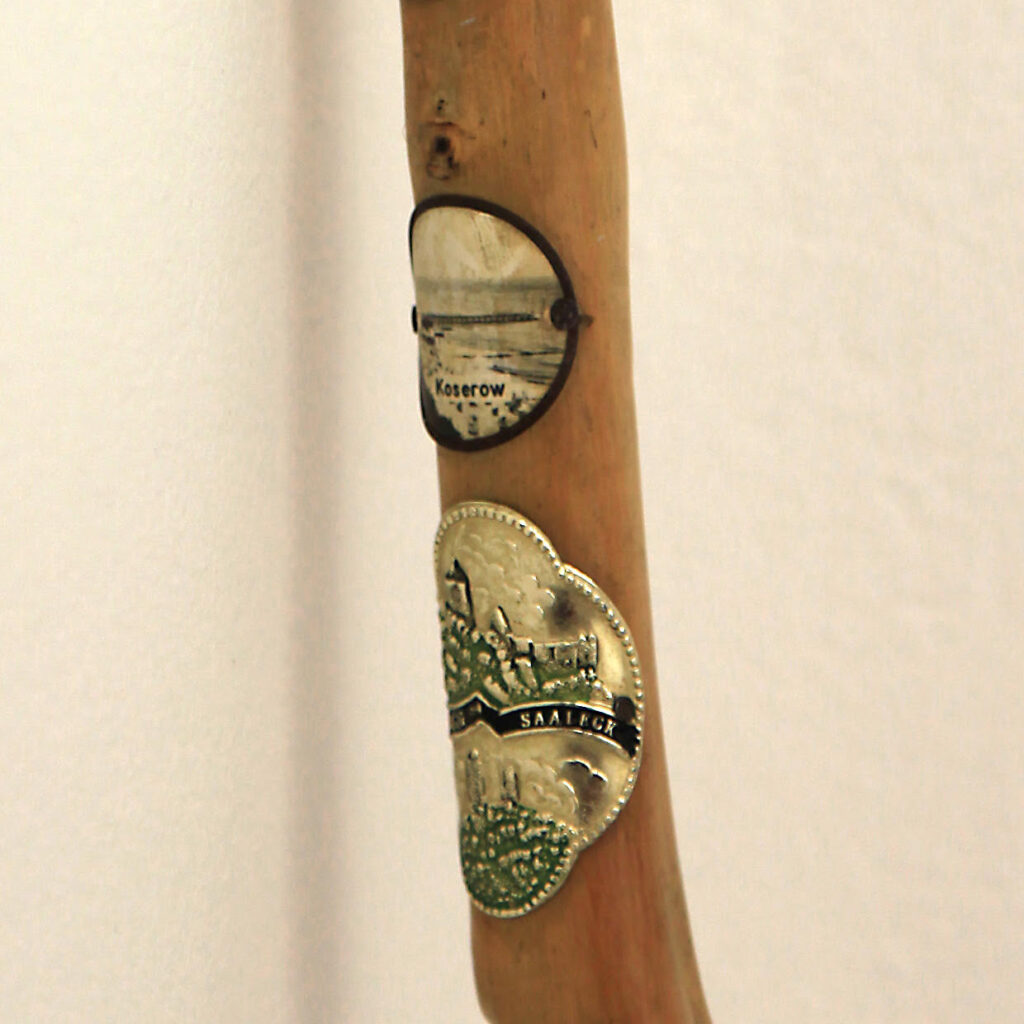
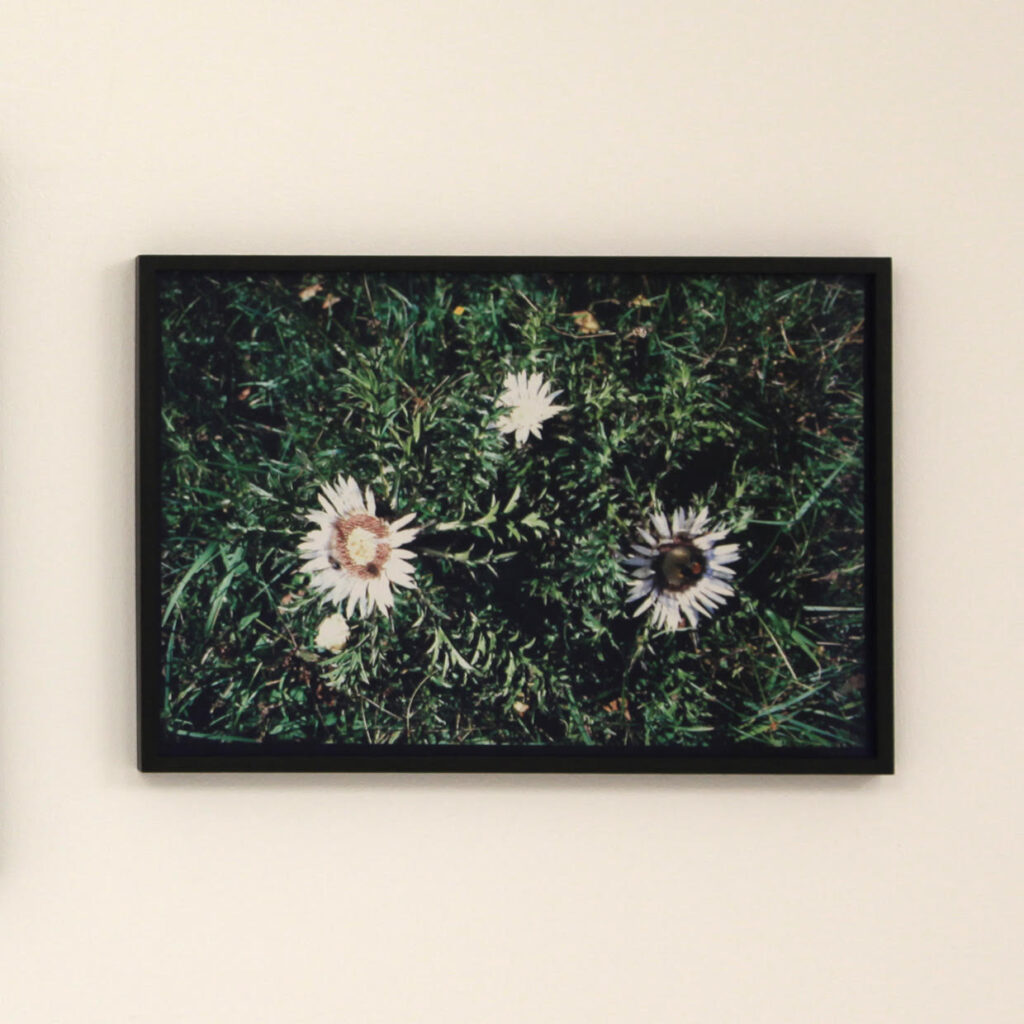

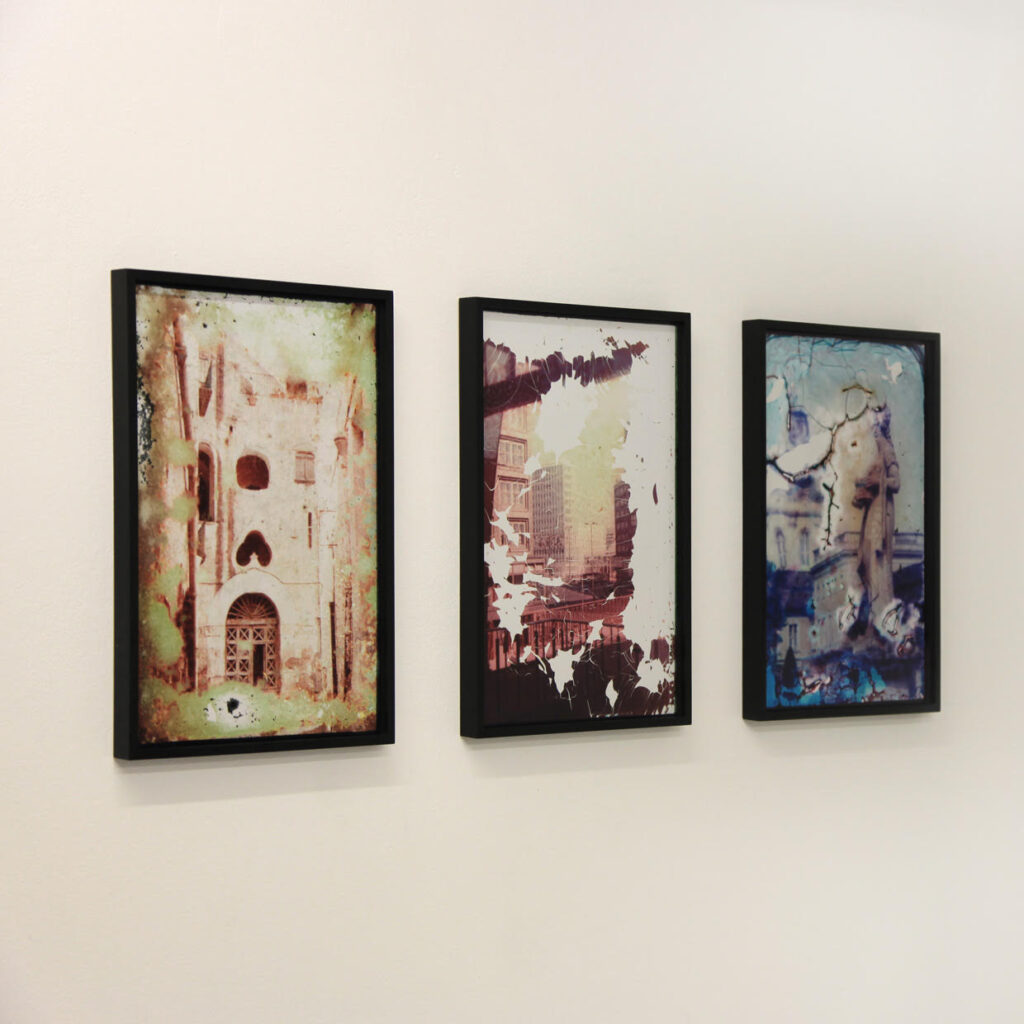
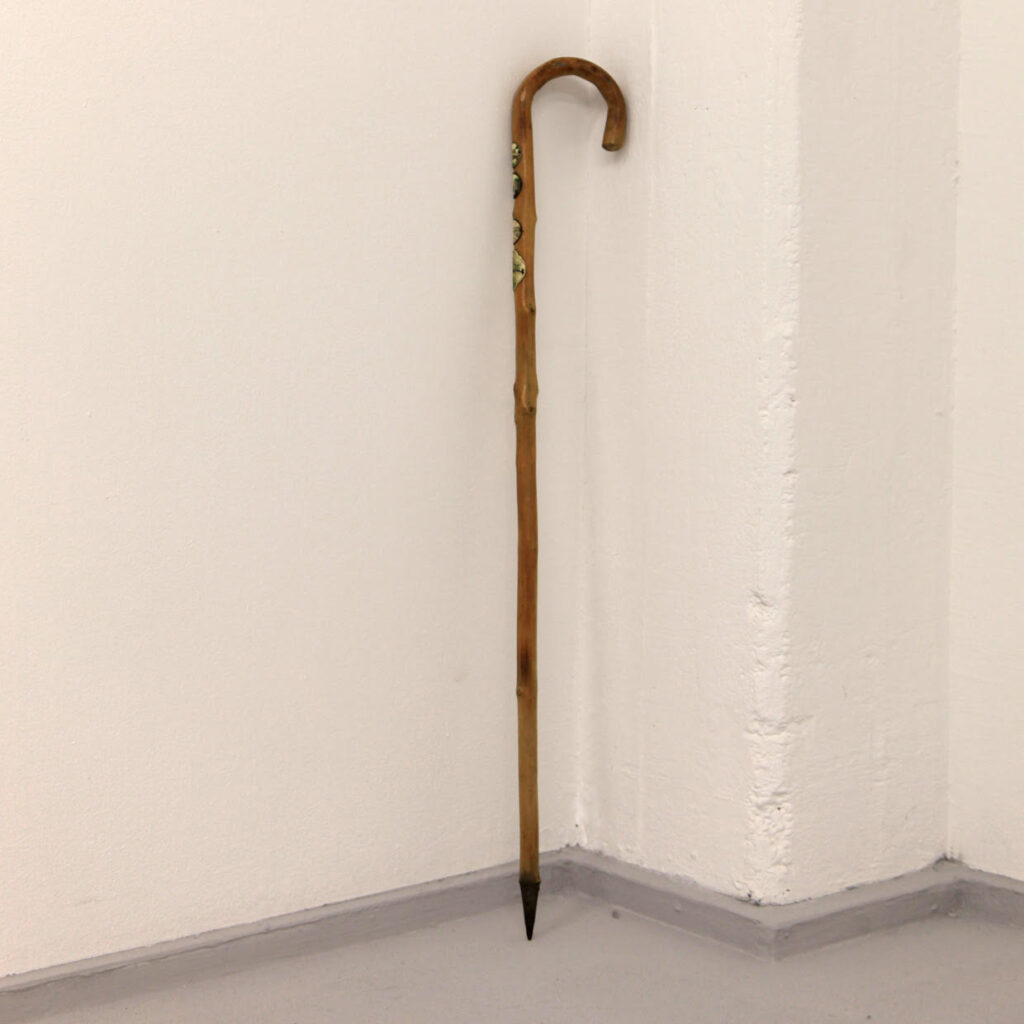
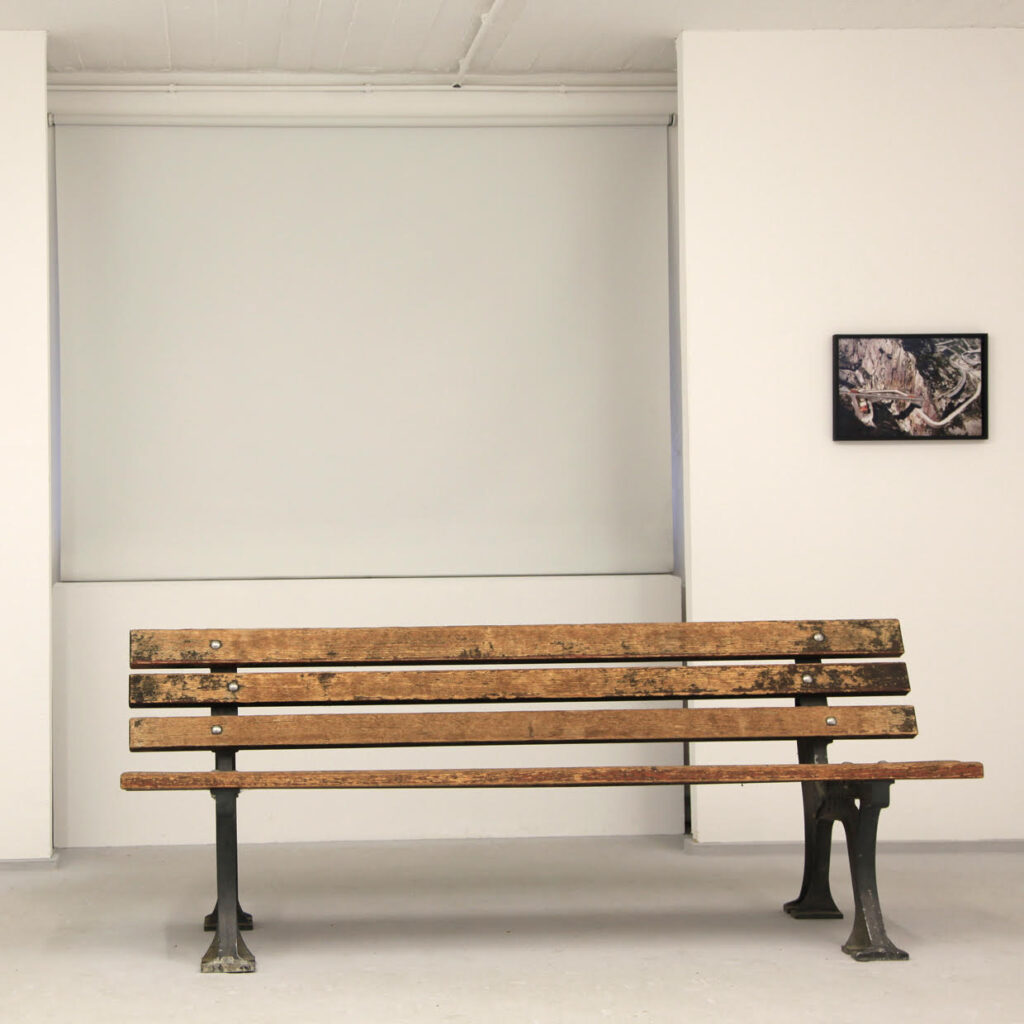
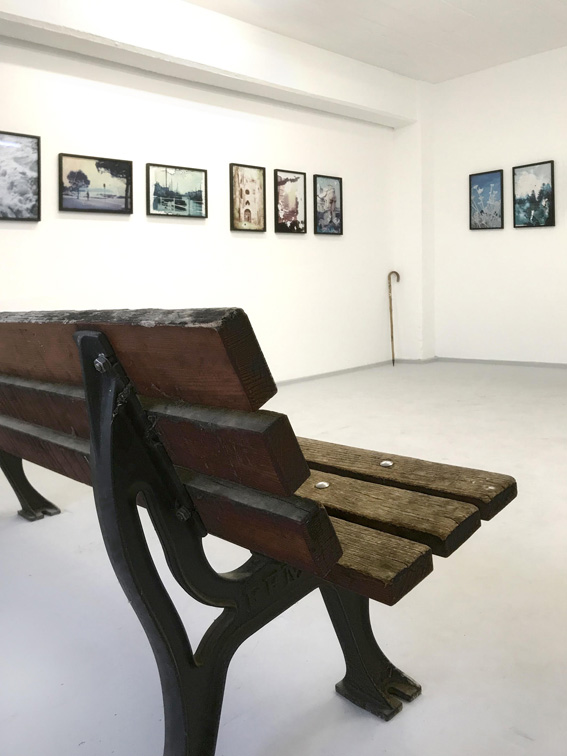
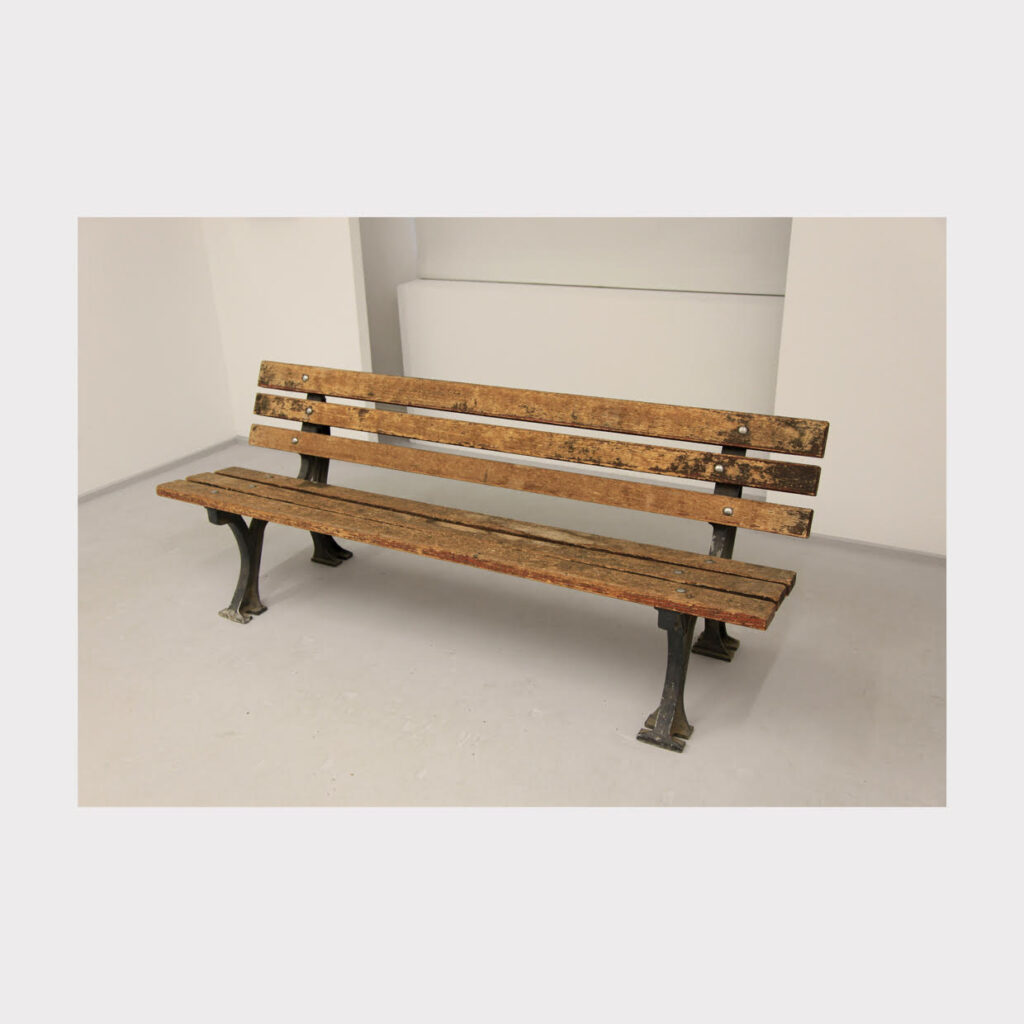
Pictures of a journey: a road in the Alps, an edelweiss, the clock at the Munich city hall, a cloister, a ceremonial hall, buildings at Berlin Alexanderplatz, fishing boats in a harbor, the sea, the sea, the sea again. Some images look like postcards, some like vacation snapshots, sometimes curious, sometimes close to cliché. In fact, very few of them come from the artist himself. Friedrichs Herz’s work is characterized by the use of found materials and objects. For his series I knew it would come to this, he draws on slides discovered in old photo boxes in flea markets and storage rooms. Until the turn of the millennium, slides were the medium of choice for ambitious amateur photographers who wanted to present the highlights of their latest trip to friends and relatives. But these images, once meant to tell stories of the unknown, now seem all too familiar. In a world of mass photography, we have seen them all. However, the original diapositive and the paper print Herz created are not identical. The transfer process is accompanied in part by necessary, in part by intentional changes to the image material: the small series of beach pictures, for example, each with a strong coloration on the left side, was created by superimposing several film strips (as a so-called “sandwich”). Changes like this result in an aesthetic distance to the images. The old slides, having lost their alienness, are thus alienated once again. In a world where seemingly everything has been photographed, the images form a world of their own. And this world of photographs can be explored as well – not in Berlin or Munich, but in flea markets and storage rooms. What Herz shows us in The Tourist, then, is not the strangeness of pass roads, cloisters, and fishing boats, but the strangeness of a gaze that could still recognize something foreign in this world.
Text by: Clemens Espenlaub.
This exhibition is part of a collaborative exchange between The Gimp from Berlin , Germany and NEW NOW art space/ Frankfurt am Main, Germany.
/////////////////////////////////////////////////////////////////////////////////////////////////////////////////////////////
CABINET 44 / drawers, 19.11.2021 – 05.12.2021
FEATURING WORKS BY: Adelina Ivan, Ioana Gheorghiu, Ramon Sadîc, Virginia Toma.














Cabinet 44 is a successful bet, proof that there is hope in creating unions outside the logic of highly similar practices. Embracing and enjoying the heterogeneity within the group, Cabinet is having a first all-four showcase, displaying works of all members as a symbolic beginning of cohabitation.Cabinet 44 is an artist-run space that will function primarily as a studio extension and will organically develop into an occasional venue for exhibitions, performances and events. It is part of and also a direct result of the spontaneously aggregated Malmaison Studios, recent configuration of studios and art spaces in the Bucharest art scene.
•Adelina Ivan works with different media, from video to textile installations and drawing, examining structures and geometries in a quest for the composition and disintegration of matter. Her practice is grounded in a social and cultural critique of the conventions that have distorted an otherwise all-encompassing realm of possibilities of enacting femininity. Force and frailty are balanced in a display of rhythmicity and repetitive movement, operating within the irregularities of abstract forms and the formalism of humans.
•Ioana Gheorghiu crosses the temporal modalities of performance using text and instruments from visual arts in order to operate within the interstices between language, sound and body. She works with drawing and installation to conceptually approach potential governing principles shared by various cultural, social, theoretical and affective strata.She engages in concrete poetic solutions of solving certain unjust cases for animals or birds and uses formats such as debate (performative framework inspired by academic debate competitions) or musical scores.
Sonically, she composes sequences with an affinity for radio theater and sound poetry.
•Drawing from the immediate social reality, Ramon Sadîc practices the exposure of triggers leading to anxiety and social angst, constantly revolving around the dynamic between the oppressor and the oppressed. His works range from painting, drawing and objects to large scale installations, from broader social and political commentaries to synthetic ironies and humorous gestures.
•Virginia Toma analyzes from a theoretical perspective and then visually transcribes the abstract, clear and fixed notions of mathematics and their applicability in flat forms. Her artistic practice involves developing thinking processes which unfold in calculating mechanisms that precede the artistic process.
This exhibition is part of a collaborative exchange between CABINET 44 from Bucharest , Romania and NEW NOW art space/ Frankfurt am Main, Germany.
/////////////////////////////////////////////////////////////////////////////////////////////////////////////////////////////
PENDING OBJECTS PART II, 27.08.2021 – 10.09.2021
FEATURING WORKS BY: PAUL ROBAS, SARAH FRIPON, STINE OLGOD, JULIA HAUGENEDER, JOHANA BINDER.
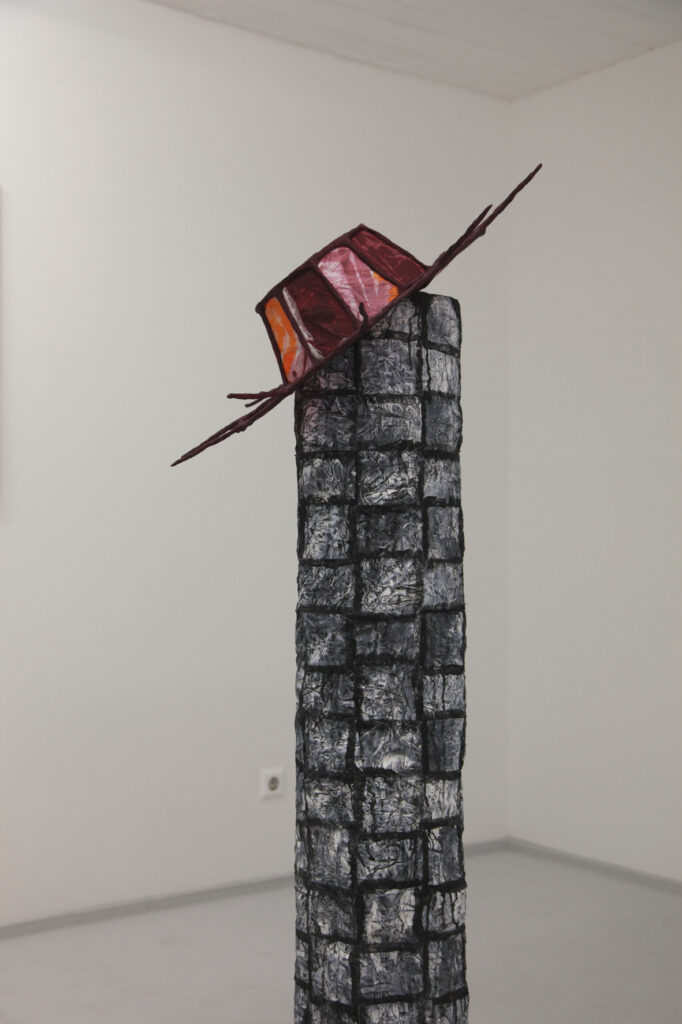
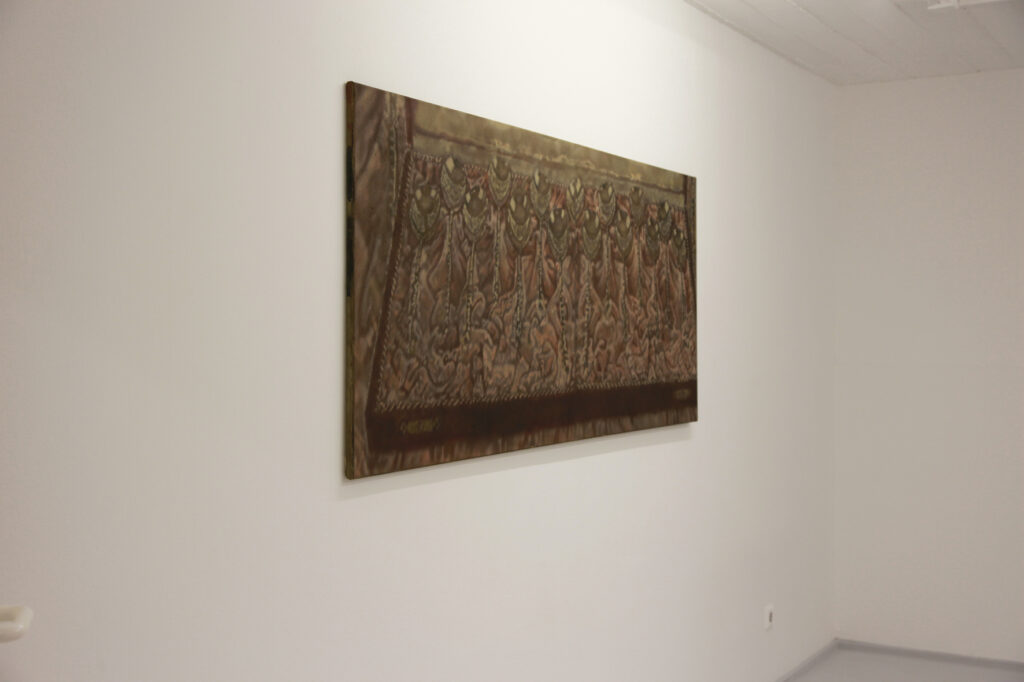
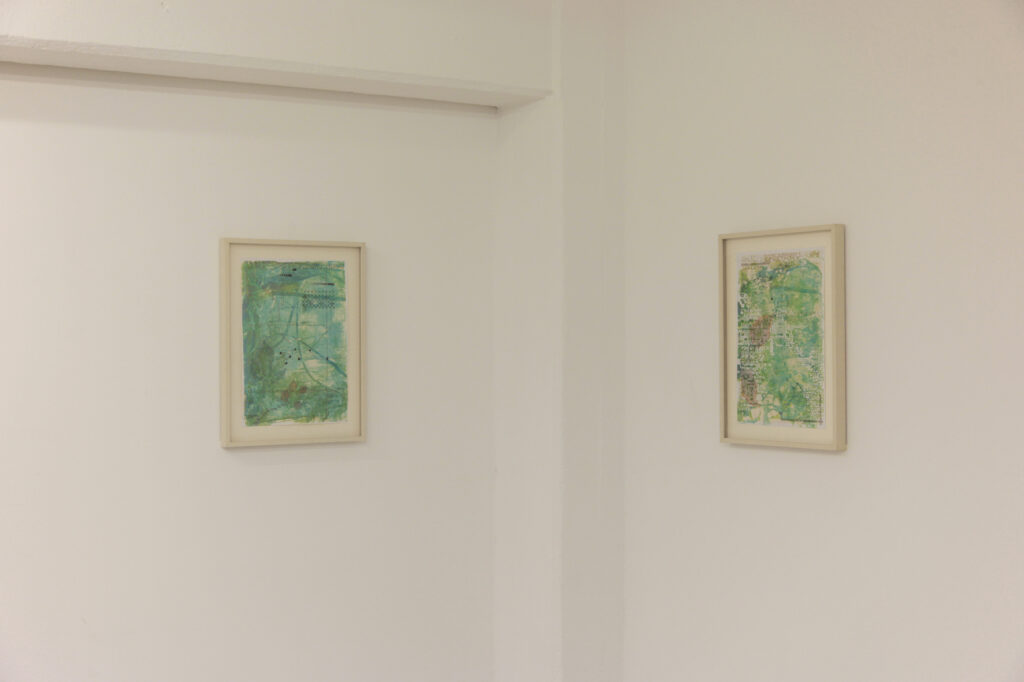
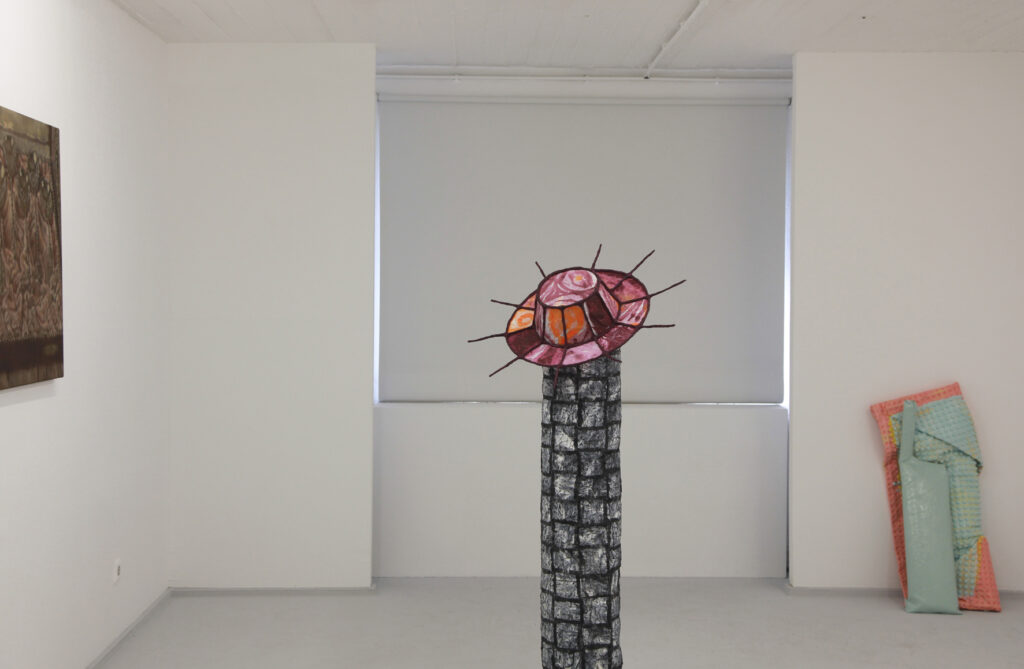
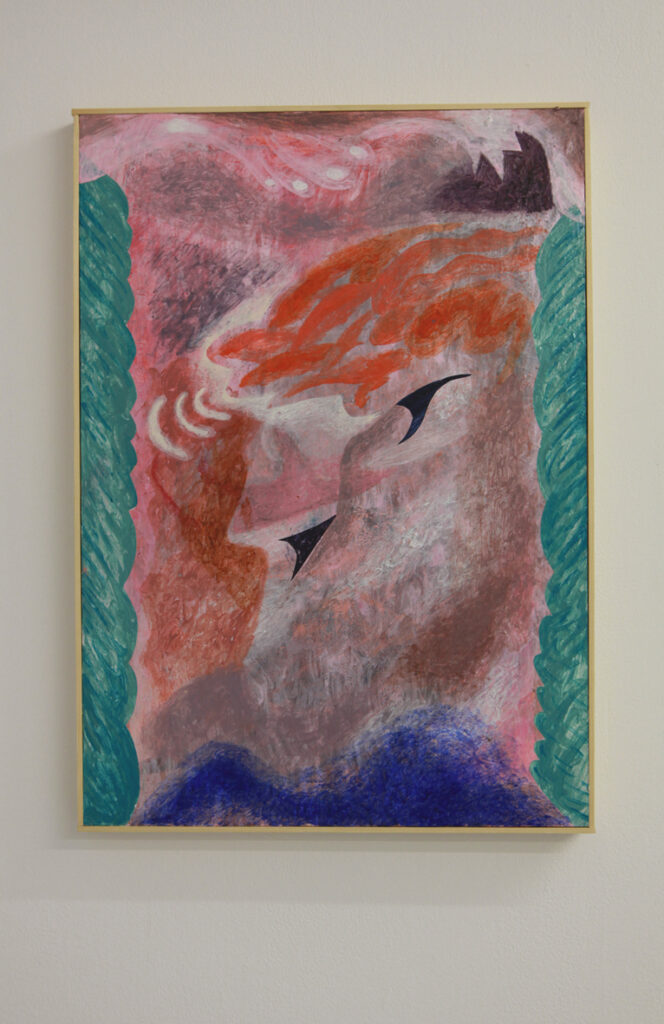



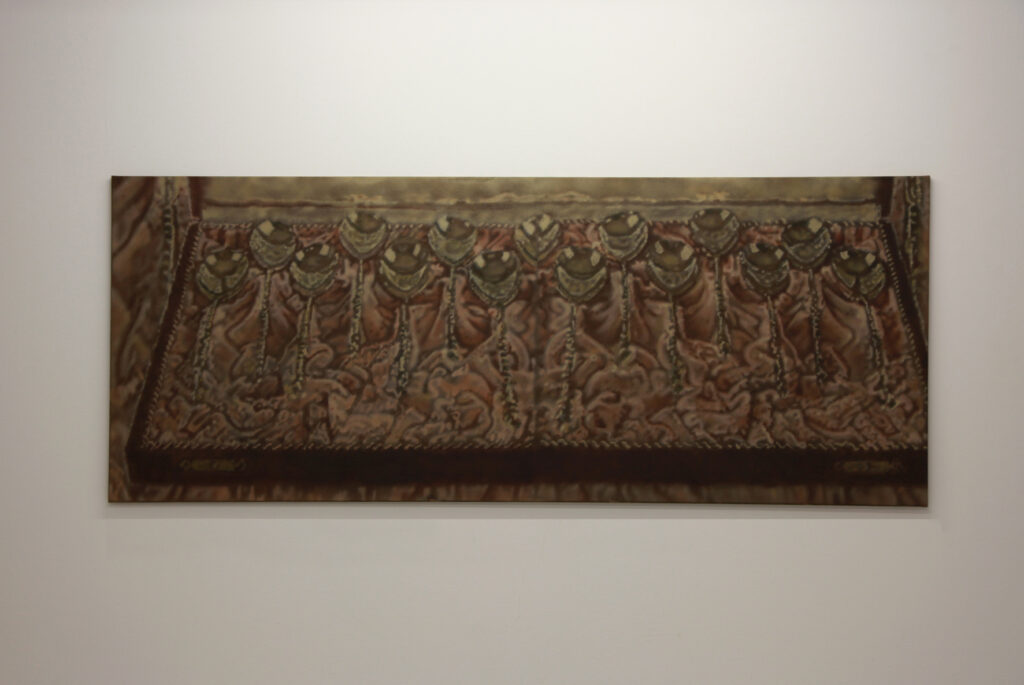
Das englische Adjektiv „Pending“ heißt auf deutsch etwa „bevorstehend“ oder „schwebend“. Damit rührt sein Gehalt an das Zeitliche wie das Räumliche. Das Wort kann zudem „unerledigt“ bedeuten. Reiht man diese Begriffe aneinander – bevorstehend, schwebend, unerledigt –, so tritt etwas eigentümlich Unentschiedenes, Offenes hervor; jedenfalls etwas Nicht- Determiniertes. „Noch nicht“, könnte man in die Reihe rufen, denn solche Adjektive machen ihre Objekte immerhin zu Ankündigungen: Das Bevorstehende wird kommen, das Schwebende wird landen, das Unerledigte wird erledigt.
Den spezifischen Charakter der Ankündigung verkündet aber nicht das vorstehende Adjektiv „Pending“, sondern erst sein Substrat „Objects“. Denn das Adjektiv muss sich auf etwas beziehen. Wir müssen wissen, was uns konkret tangiert, sei es bevorstehend, schwebend oder unerledigt. Jedes Adjektiv bezieht sich also auf ein Etwas, eine Substanz, der es eine Qualität zuschreibt. Ohne diesen Bezug bleiben die Worte ohne Identität, lediglich ein geisterhaftes Schulterzucken, das vage auf seine Haltlosigkeit verweist.
Was aber, wenn wir „Pending“ den Status des Adjektivs entziehen und ihm Substrat-Status verleihen? Wenn wir so tun, als wäre „Pending“ die Substanz, das „Eigentliche“, das Bezeichnete und nicht die Zuschreibung? Eine solche Umkehrung ist kaum zu fassen; sie scheint den Urzusammenhang zwischen Denken und Grammatik aufzulösen. Denn Objekte können Wiewörter sein (der Wald ist schön), aber Wiewörter können keine Objekte sein (schön ist kein Wald), sondern sie nur einfangen und verwandeln. Die beruhigende Identität entfällt.
Die Werke der Ausstellung sind selbst nicht in der Schwebe, nicht bevorstehend oder unerledigt, „Pending“ ist nicht ihre Eigenschaft, sondern ihre Funktion. Fungiert der herkömmliche Ausstellungstext allzu oft als erste Präformation künstlerischer Arbeiten in Richtung ihrer Bestimmung als Waren unter Waren unter Waren, so möchte dieser Text zur temporären Verweigerung unserer Einordnungsgier einladen. Keine Partizipation wird verlangt, kein Narrativ gesetzt. Die Verunsicherung, die die übersetzte Wortreihe – bevorstehend, schwebend, unerledigt – auslöst, wird begrüßt.
Aber – FOR CRYING OUT LOUD – hier soll selbstverständlich auch keiner vor-kritischen Kontemplation das Wort geredet werden. Nein, das Bürgersubjekt soll sich nicht in jener Harmlosigkeit und Losgelöstheit üben, die entsteht, wenn Kunst zum Anderen der Arbeitswelt verkleinert wird. Wer sich ohne kategoriale Einordnungen ausliefern kann, entrückt nicht in einen virtuellen Wellness-Bereich, sondern hin zum Material, hin zu den Farben, hin zu vermeintlich Unbewegtem, dessen Formen zu Inhalten werden, die zumindest kurz ohne Worte und Anbindungen bleiben, sich kurz gegen die Gesetze des Ganzen emanzipieren. Die Neugier entsagt kurz der Gier und entdeckt die Weiten der Assoziation und des Imaginären. Mehr kann man ja nicht verlangen.
Was Adorno zufolge die Philosophie der Welt nicht antun solle, soll ein Ausstellungstext der Kunst nicht antun – also nicht sie auf „ein präfabriziertes System von Kategorien […] reduzieren, sondern, gerade umgekehrt, sich in einem bestimmten Sinn offen […] machen für das, was dem Geist an Erfahrung sich darbietet. Und von diesem Erfahrungsbegriff und der veränderten Stellung zur Unendlichkeit möchte ich dann am Donnerstag weiter sprechen.“ (1)
Text von Simon Stockinger
(1) Adorno, Theodor W. (2007/1965): Vorlesung über Negative Dialektik. Fragmente zur Vorlesung 1965/1966. Frankfurt/Main: Suhrkamp, S. 113
The show was part of a collaboration between NEW NOW Frankfurt & Gallery 5020 Salzburg. The curatorial text is only available in DE.
///////////////////////////////////////////////////////////////////////////////////////////////////////////////////////////
THE REST IS MEMORY, 22.07.2021 – 05.08.2021
FEATURING WORKS BY: MARIUS BODEA
CURATED BY: GABRIEL STOIAN

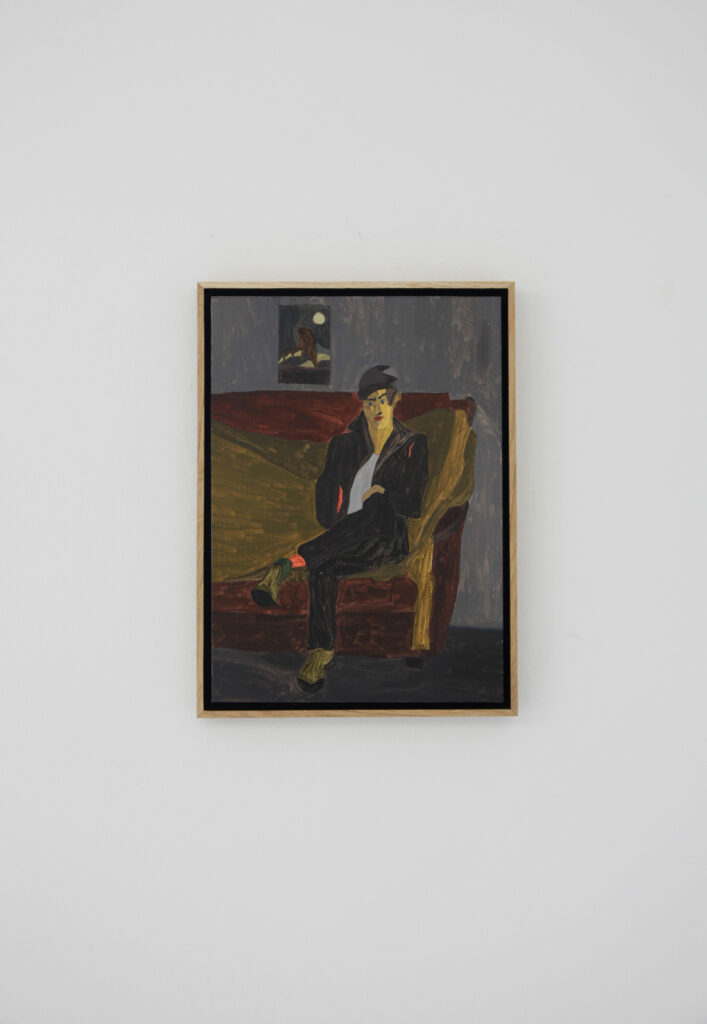

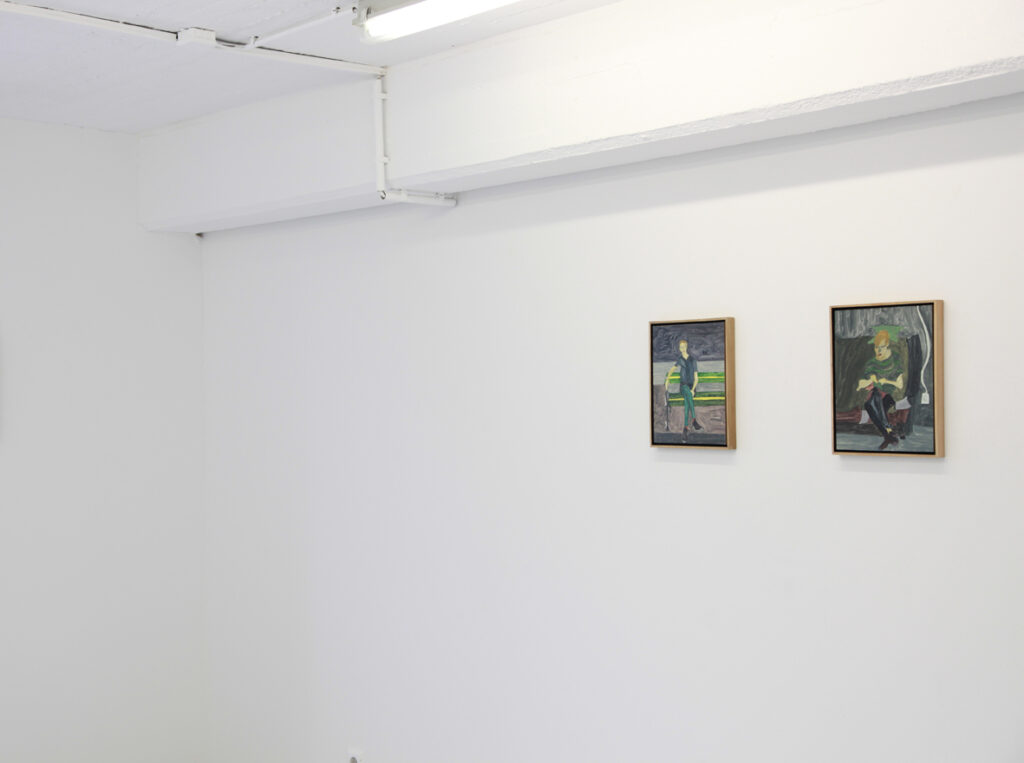
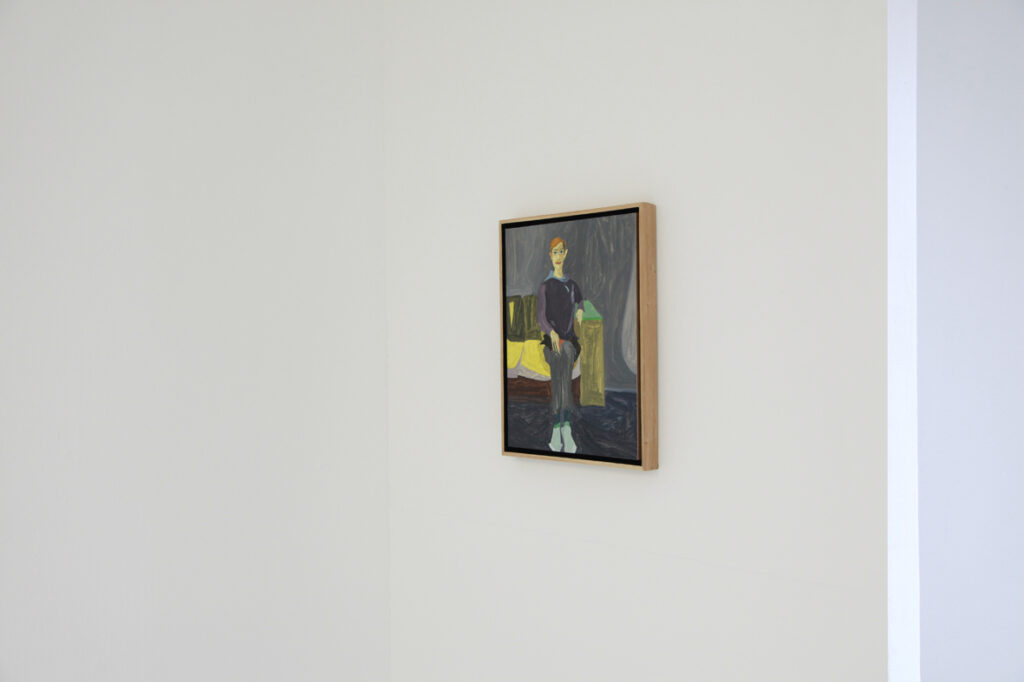
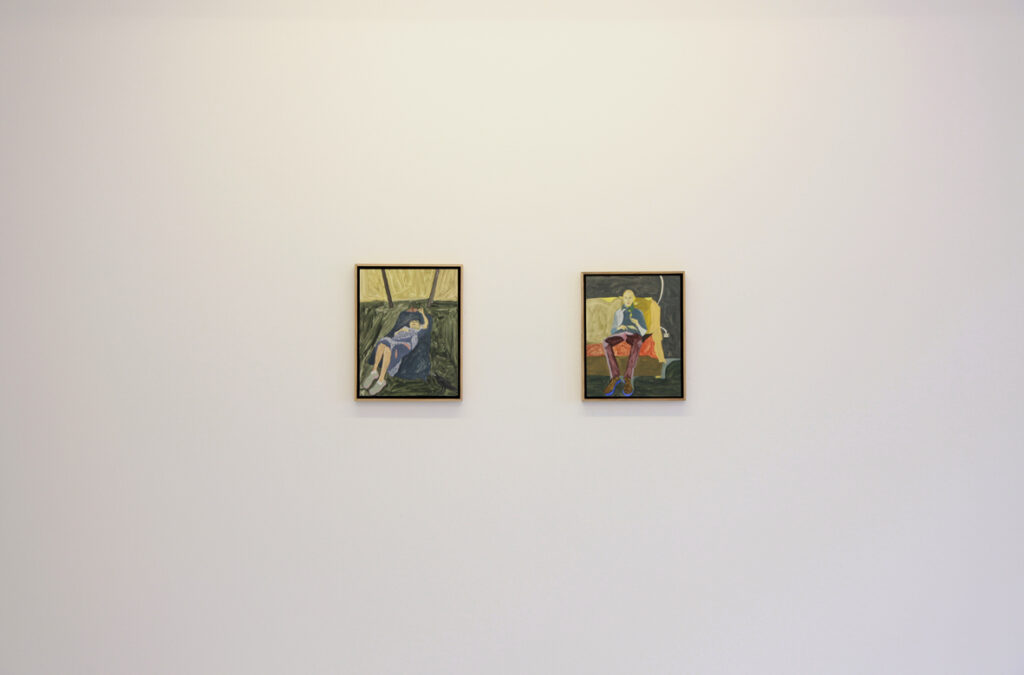
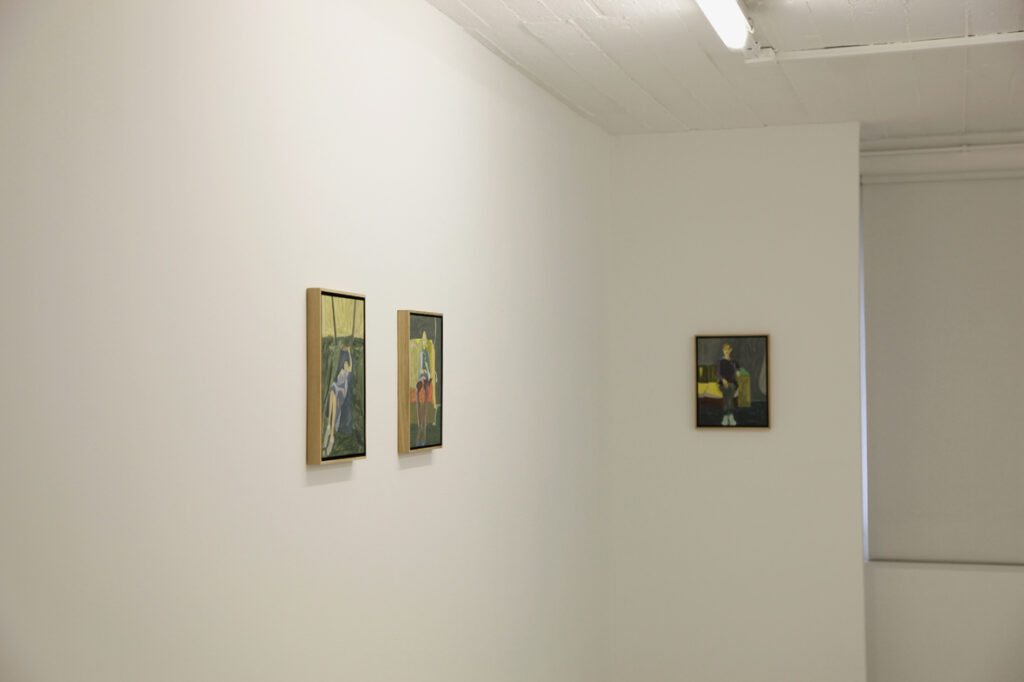
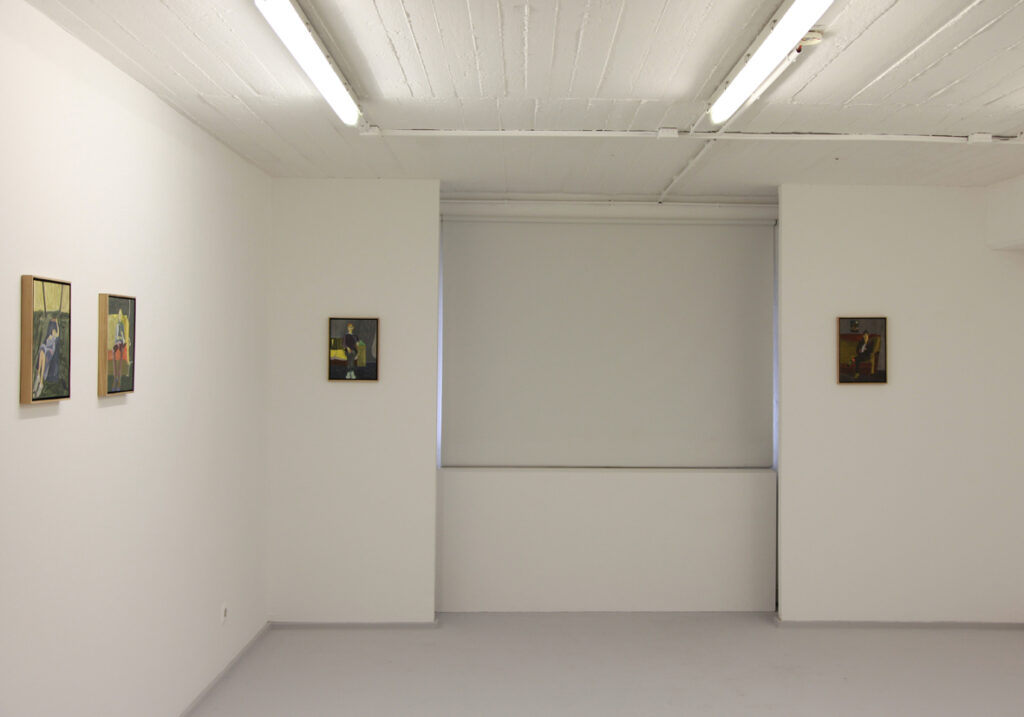
He has sent the message two days ago and hasn’t received an answer yet. He was waiting, soaking his feet in a basin filled with hot water, in which he added a few dried birch leaves and a tablespoon of coarse salt. The room in the attic used to belong to a cripple, an architecture student. It was ridiculously small and dimly lit. The gypsum walls were covered with a thin layer of washable. It was still showing traces of the past. Scratches, most likely left by the tip of a key or a sharp knife, clashed on top of each other like the whitish streaks of planes on the perfect blue sky.
Marius Bodea.
/////////////////////////////////////////////////////////////////////////////////////////////////////////////////////////////
COMING FROM AFAR, 09.07.2021- 07.08.2021
FEATURING WORKS BY: GABRIEL STOIAN & GOEKHAN ERDOGAN
CURATED BY: KAROLINA RADENKOVIC
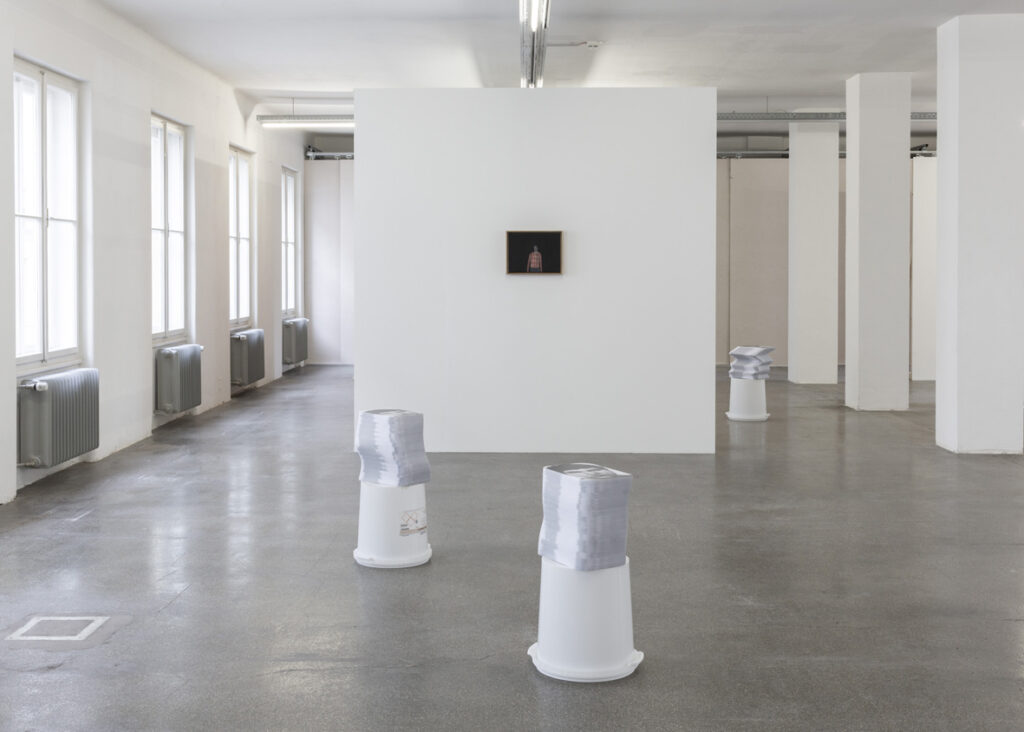
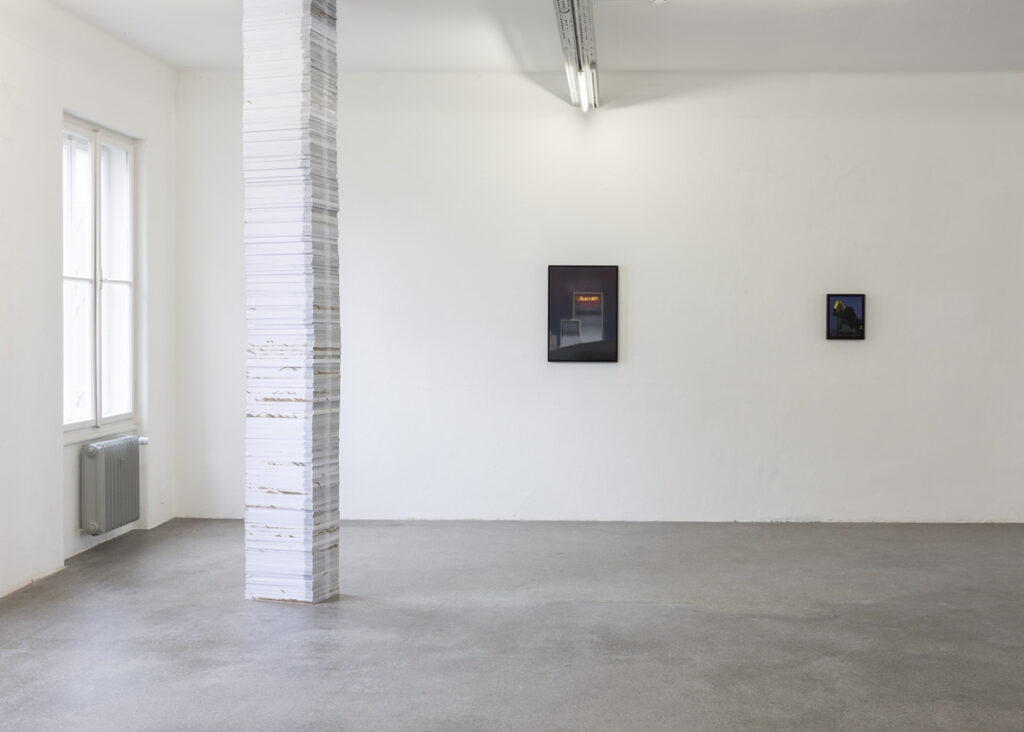
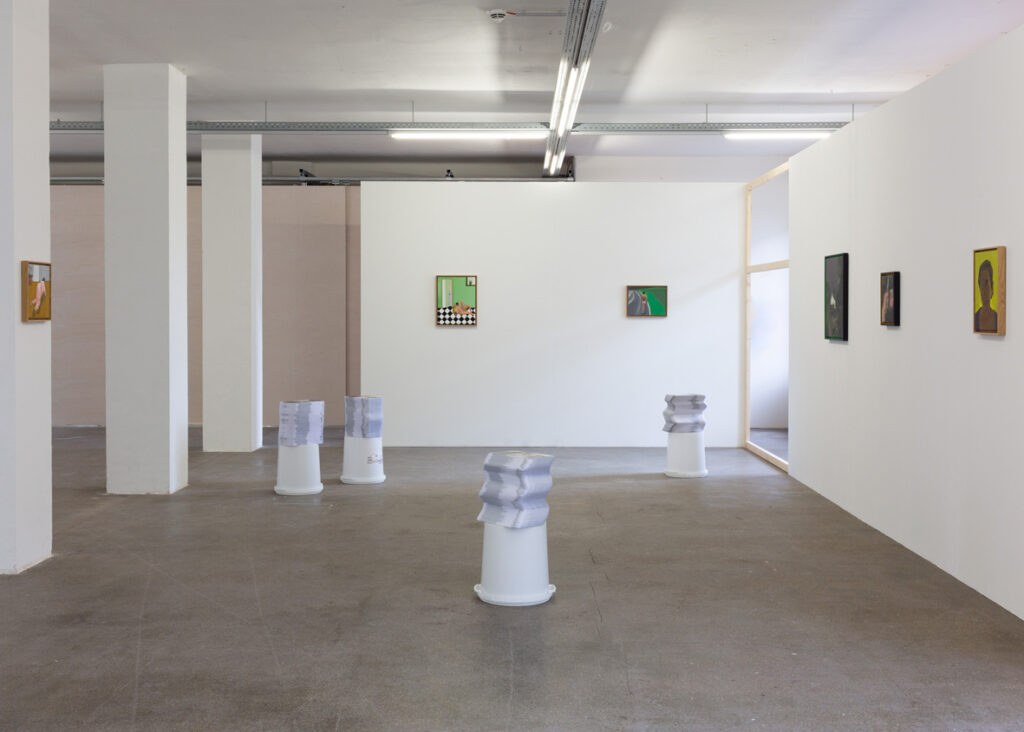

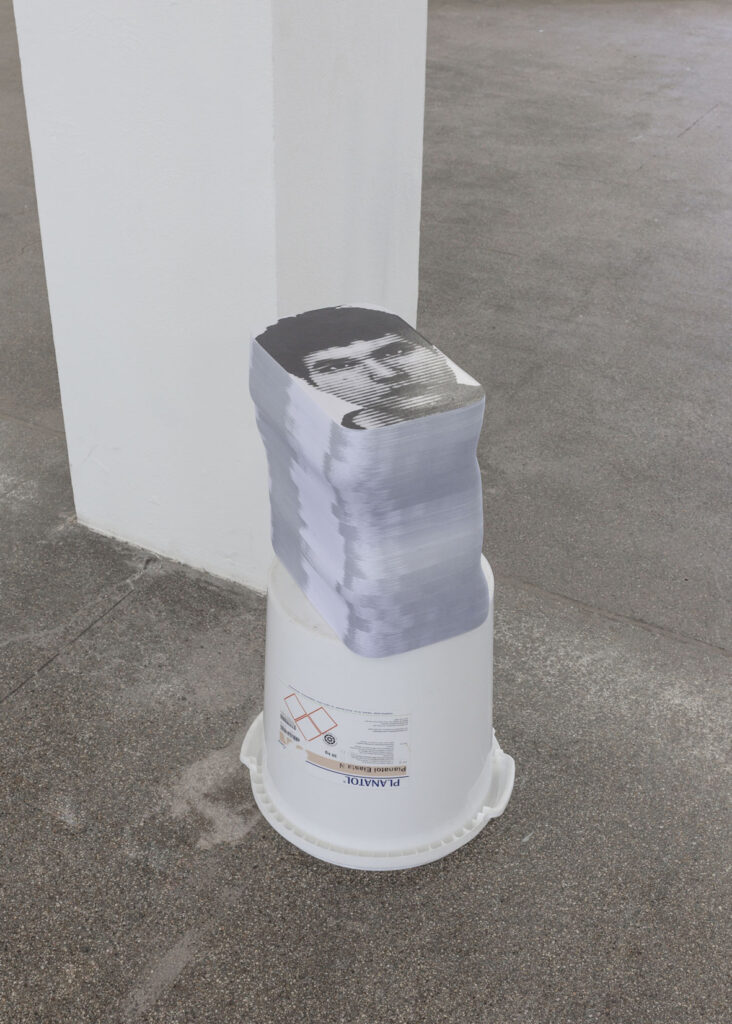

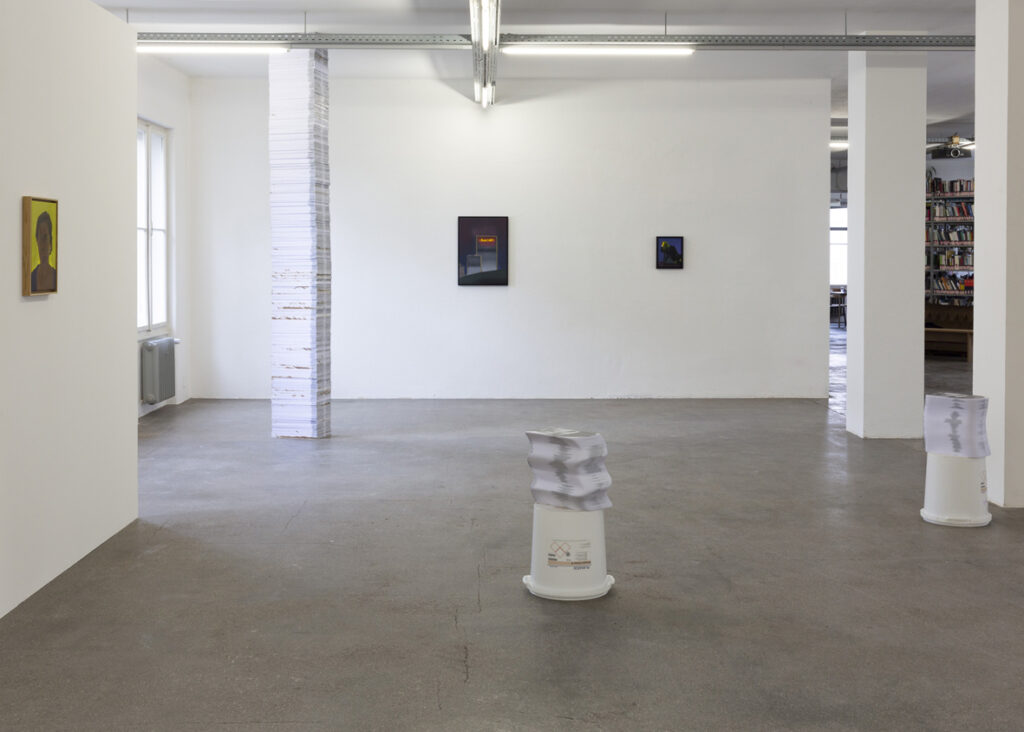
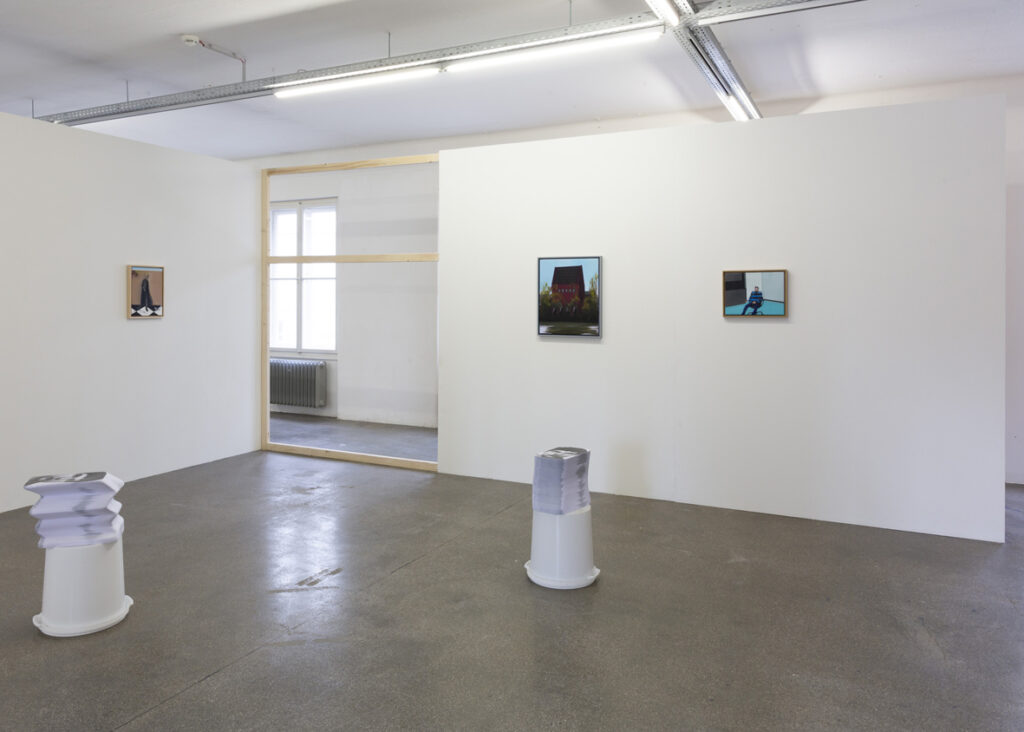

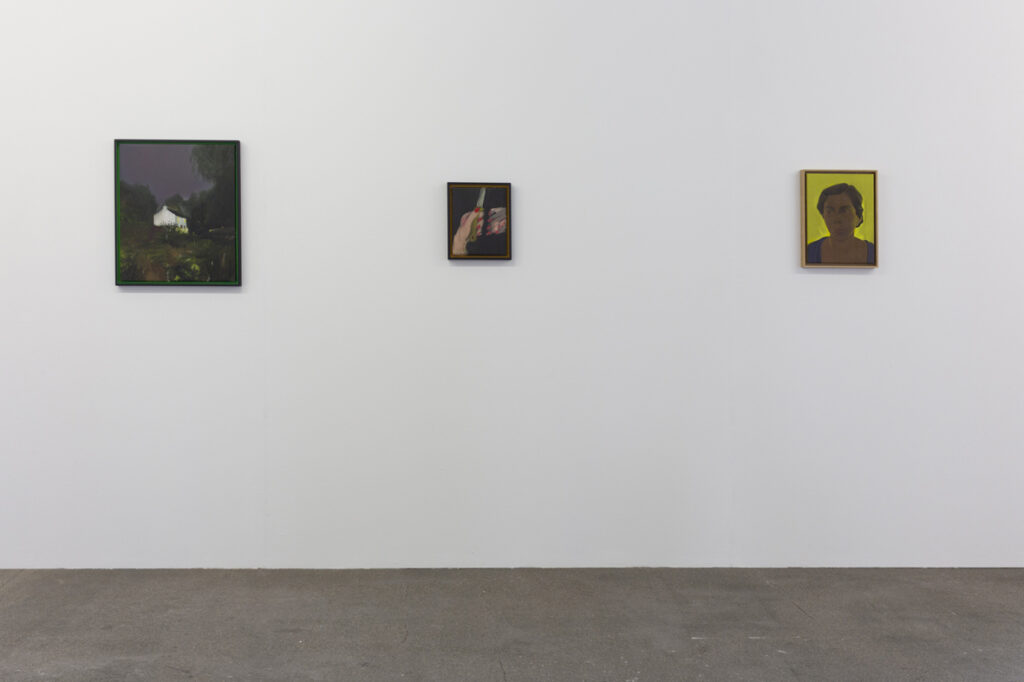
This exhibition was curated by Karolina Radenkovic and took place at Galerie 5020 Salzburg / Austria. The show was part of a collaboration between NEW NOW Frankfurt & Gallery 5020 Salzburg. The curatorial text is only available in DE.
Eine männliche Gestalt läuft allein eine einsame Straße entlang. Kein Auto kommt ihr entgegen, keine Menschenseele weit und breit. Wir sehen die Person nur von hinten. Sie kommt von weit her. Sie ist nackt.
Wohin ist sie unterwegs? Warum ist sie unbekleidet? Wie kam es zu dieser Situation? In Betrachtung der Arbeit „What a guy“ (2021) kommen einem augenblicklich vielfältige Gedanken, die versuchen, die Szene zu beschreiben und zu erklären – eine eigene Welt macht sich auf, eine Erzählung spinnt sich in unseren Köpfen.
Gabriel Stoian erzählt mit seiner Malerei Geschichten. Geschichten, die er teils selber gar nicht kennt aber irgendwo hinten in seinem Kopf findet. Aus seinem Erfahrungsschatz, seinem Alltag, seiner Imagination und Vorstellungskraft verweben sich einzelne Teile zu neuen Zusammenhängen, die er in seinen Arbeiten umsetzt. Die Serie „Visiting the back of my head“ (Öl auf Leinwand, 2020/21), die in der Ausstellung „Coming from afar“ (9.7. – 7.8.2021) in der Fünfzigzwanzig in Salzburg zu sehen ist, vermittelt eine ganz eigene Stimmung. Still, ein bisschen düster, einsam. Die Themen, die hier verhandelt werden, sind die großen unserer Welt: Lust, Eifersucht, Reue… Nachdenklich, fast verzweifelt wirkt die Person auf der „Fainting couch“ (2021). Irgendwie bedrohlich leuchtet der Schriftzug des „Marriott“ durch die dunkle Nacht („She is staying at the Marriott“, 2021). „Wie das Auge des Sauron“ beschreibt es denn auch der Künstler und erzählt, dass er diesen Aspekt aus seinem täglichen Leben gegriffen hat: Die Leuchtschrift scheint am Abend in sein Zimmer herein und verfolgt ihn in der Nacht.
Ortskundige können noch in einem zweiten Bild („A humble depiction of Portikus“, 2021) sofort einen Zusammenhang zu dem Leben des Künstlers herstellen: Unverkennbar ist das rote Gebäude mit dem spitzen Dach – der Portikus – ins Bild gesetzt, ein heimliches Wahrzeichen Frankfurts. Und so verbinden sich die Fäden in unseren Köpfen. Im Gang von Bild zu Bild stellen wir Zusammenhänge her, spinnen die Geschichten weiter, versuchen die eine Person auf dem nächsten Bild wiederzuerkennen. Es scheint, Gabriel Stoian hat hier einen Bilderzyklus geschaffen, der eine fortlaufende Dramaturgie enthält – sie zu erfassen ist jede*r selbst aufgefordert.
So unterschiedlich die dargestellten Szenen sind, so sehr variieren sie auch in ihrer Malweise. Mal detailliert und scharf, mal nebulös fordern sie die Betrachtenden heraus, die nie wissen, auf was sie hinter der nächsten Wand stoßen werden. Als kleine Fragmente einer größeren Erzählung steht jedes Bild auch für sich. Die Szenen sind teils frei erfunden teils akkurate Darstellungen der Realität. Klar wird, dass viele der Themen sehr persönlich sind, auch wenn die Deutung niemals eindeutig ist. Der Künstler lasst uns rätselnd zurück. Er macht sich frei von unserem Wissensdrang, entledigt sich der Erwartungen, die wir an ihn stellen und entblößt sich doch ganz und gar – wie der nackte Mann, den wir in seinem Bild „What a guy“ sehen. So werden die Malereien zu sehr intimen, erzählerischen Offenbarungen, die eine große Ausstrahlungskraft haben.
Den Bildern von Gabriel Stoian stehen die kühlen, schroffen Skulpturen von Goekhan Erdogan wie Fremdkörper gegenüber. Die Gebilde variieren in ihren Formen, ihrer Textur und Musterung. Mal wild geschwungen, mal beinahe aufrecht, stehen sie auf den immer gleichen Plastikeimern, die in sich ebenfalls schon einen Arbeitsschritt verkörpern. Man erkennt, hier steckt harte körperliche Arbeit drin. Ein Prozess, der über Monate fortgeführt wird, bis zu dem Ergebnis, das wir vor uns sehen. Schicht um Schicht Papier wird übereinander gelegt, gepresst und geklebt. Die daraus entstandenen Platten werden wieder übereinander geschichtet, jedoch nicht deckungsgleich. Die Variationen der Stapelungen ergeben die unterschiedlichen Formen der Skulpturen, die Dellen und Schwünge der Gebilde. Und doch scheinen die Oberflächen seltsam samtig. Mit Fräse, Winkelschleifer und Sandpapier bearbeitet der Künstler die Objekte und schafft dadurch den Eindruck polierten Steins.
Von oben blickt uns das immer gleiche Gesicht entgegen. Starr und ausdruckslos füllt der Kopf die komplette Fläche aus. Es ist ein Bild, wie es jede*r von uns kennt und mit sich herumträgt – das eigene Abbild biometrisch vermessen und behördlich abgesegnet: ein Passfoto. Bei dem Abbild, das uns hier vielfach entgegenschaut, handelt es sich um das Foto des Künstlers. Sein eigenes Konterfeit nutzt er für seine Skulpturen und setzt sich damit auf eine Art ständig mit sich selbst auseinander.
Diese Praxis hat Goekhan Erdogan bereits im Studium entwickelt. Als Studierender der Malerei an der Frankfurter Städelschule fand er wenig Inspiration für einen malerischen Zugang zur Welt. Er suchte etwas Eigenes und wandte sich schließlich dem Gegenstand zu, den er fast unbemerkt immer zur Hand hatte: seinem Ausweis mit dem Foto von sich selbst. Das Bild nahm er zur Vorlage, scannte, collagierte, vervielfältigte es und blieb schließlich dabei. Es ist eine Konstante in seinem Leben und seiner Arbeit, eine existenzielle Angelegenheit. Und doch gelingt es ihm, mit der gleichen Sache immer wieder Neues zu schaffen. Kein Objekt ist wie das andere, das Ergebnis überrascht jedesmal.
Überraschend ist auch, dass die Skulpturen keineswegs so massiv und schwer sind, wie sie wirken. Tatsächlich sind sie erstaunlich leicht und in der Mitte hohl. Praktische Gründe nennt der Künstler dafür – man muss sie auch noch transportieren können -, gleichzeitig ist es Teil seiner Praxis auch die scheinbaren Abfallprodukte wiederzuverwerten. Aus dem Innenleben der Skulpturen entstehen neue Werke. Auch die abgeschnittenen Rahmen der Blöcke ergeben eine eigene Arbeit; die Plastikeimer enthielten ursprünglich den Kleber, mit dem die Papiere verklebt sind.
Die vielen Arbeitsschritte fügen sich zu einem harmonischen Ganzen. Es ist ein langer Weg, den Goekhan Erdogan in seiner Arbeit geht. Viele, langwierige Prozesse braucht es bis zu einem fertigen Werk. Eine permanente Auseinandersetzung mit der eigenen Geduld, der eigenen Kraft und dem eigenen Ich.
So finden die beiden künstlerischen Positionen von Gabriel Stoian und Goekhan Erdogan am Ende doch zusammen, in den Schritten, die sie machen im Umgang mit ihren eigenen Erfahrungen. Der eine wählt eine narrative Lösung, der andere eine formale, zur Rekonstruktion der eigenen Identität. Jeder geht seinen Weg und schaut dabei interessiert auf die Lösung des anderen. Sie ergänzen sich mehr als dass sie sich konkurrieren, was auch von der gegenseitigen Sympathie herrührt, die sie füreinander empfinden. Die beiden Künstler kennen sich gut und haben schon öfter zusammen ausgestellt. Die Arbeitsweise des anderen ist dabei stets etwas, dass sie erstreben aber selber nicht umzusetzen wissen. So bleiben die Werke des einen synthetisch und auf den Prozess reduziert, während der andere durch die Kunstgeschichte und Imagination wandert und versucht, alles zu einem Puzzle zusammenzusetzen. Es ist ein Zusammentreffen von zwei Menschen mit unterschiedlichen Hintergründen, unterschiedlichen Ansätzen – two people coming from afar.
Rebecca Herlemann /2021.
/////////////////////////////////////////////////////////////////////////////////////////////////////////////////////////////
DILEMMA, 12.12.2020-26.12.2020.
FEATURING WORKS BY: GABRIEL STOIAN
CURATED BY: GOEKHAN ERDOGAN
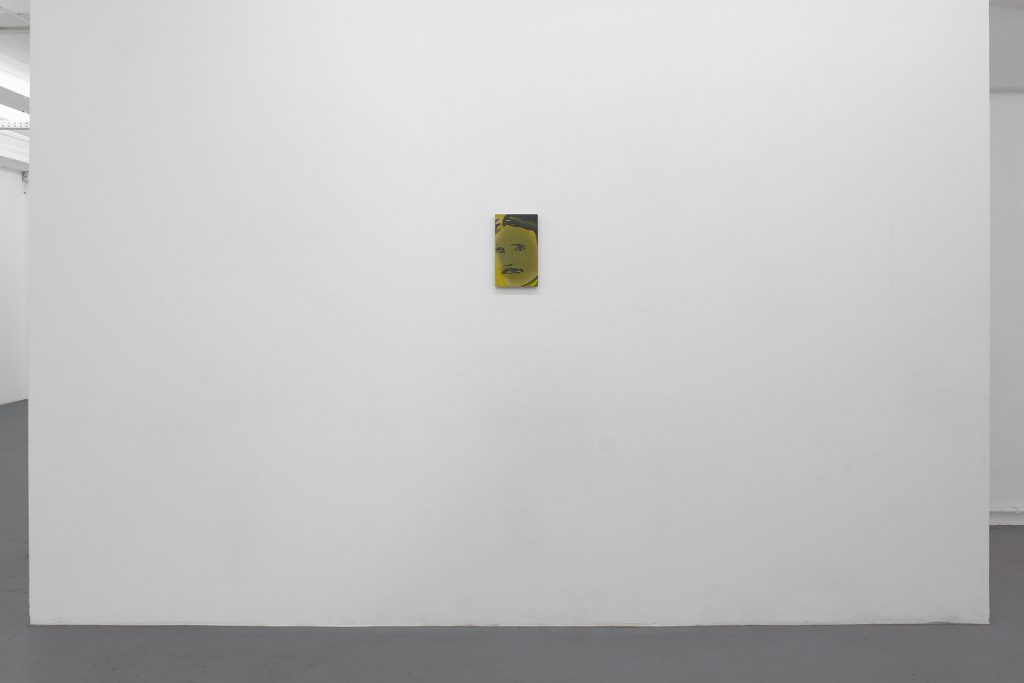
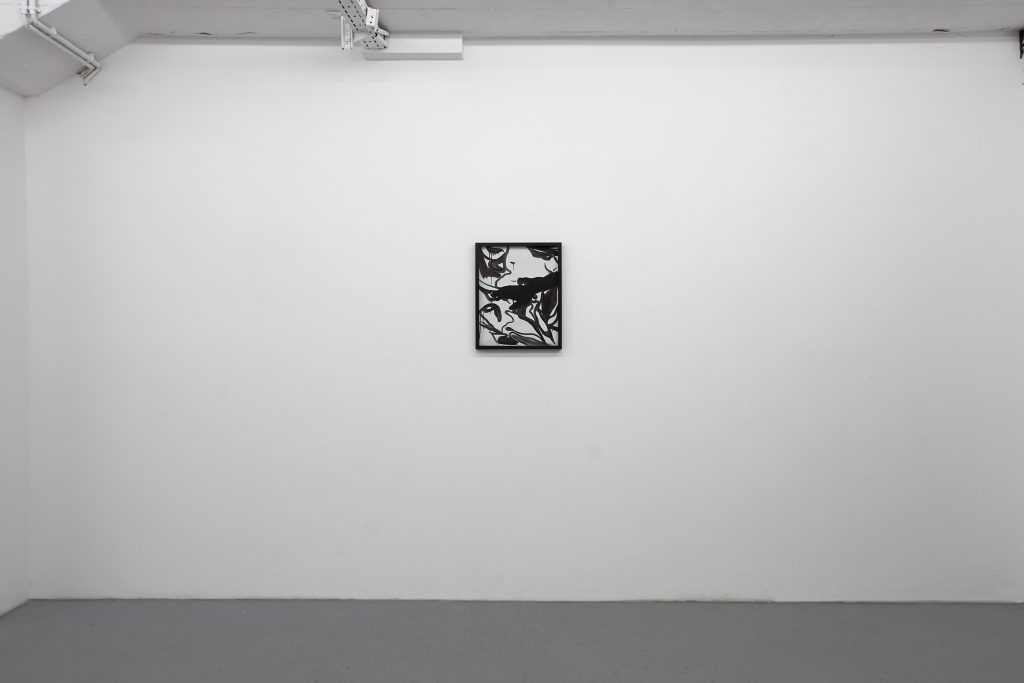
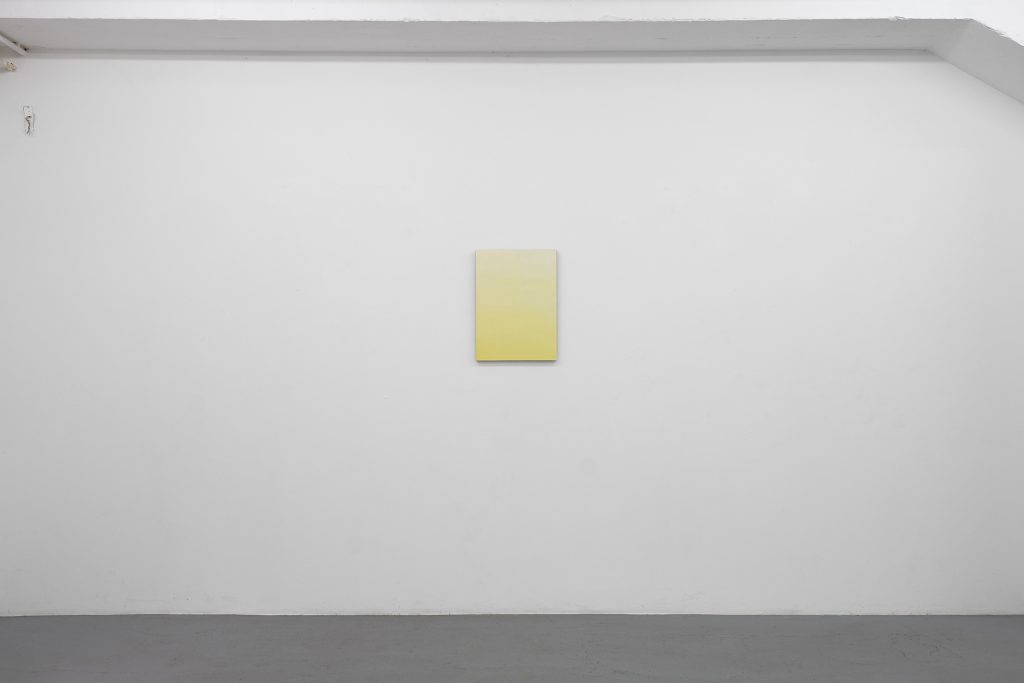


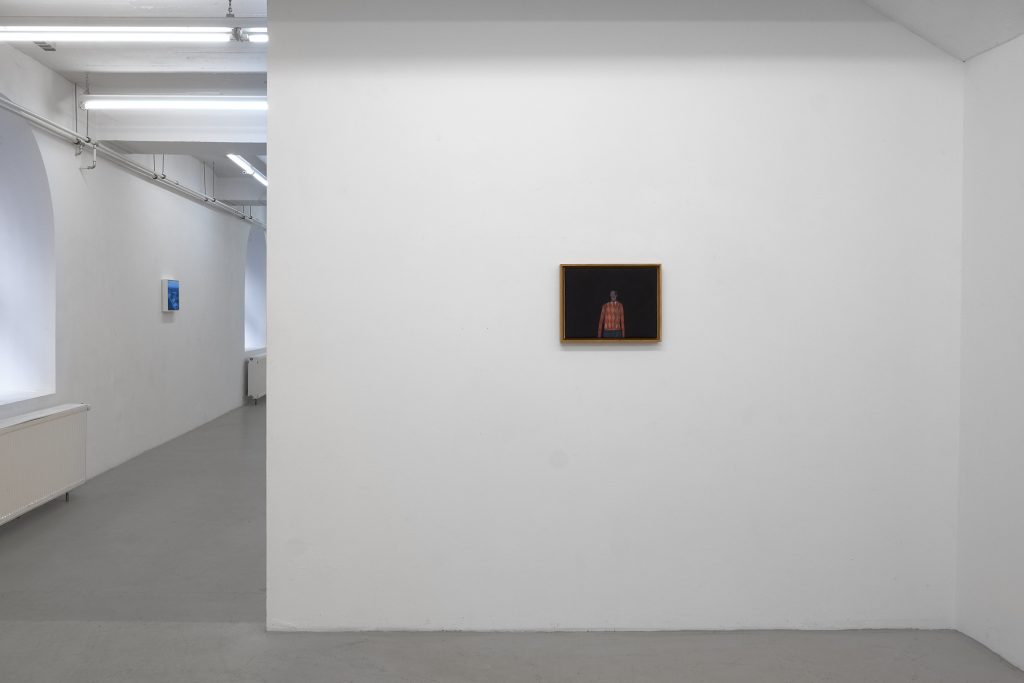
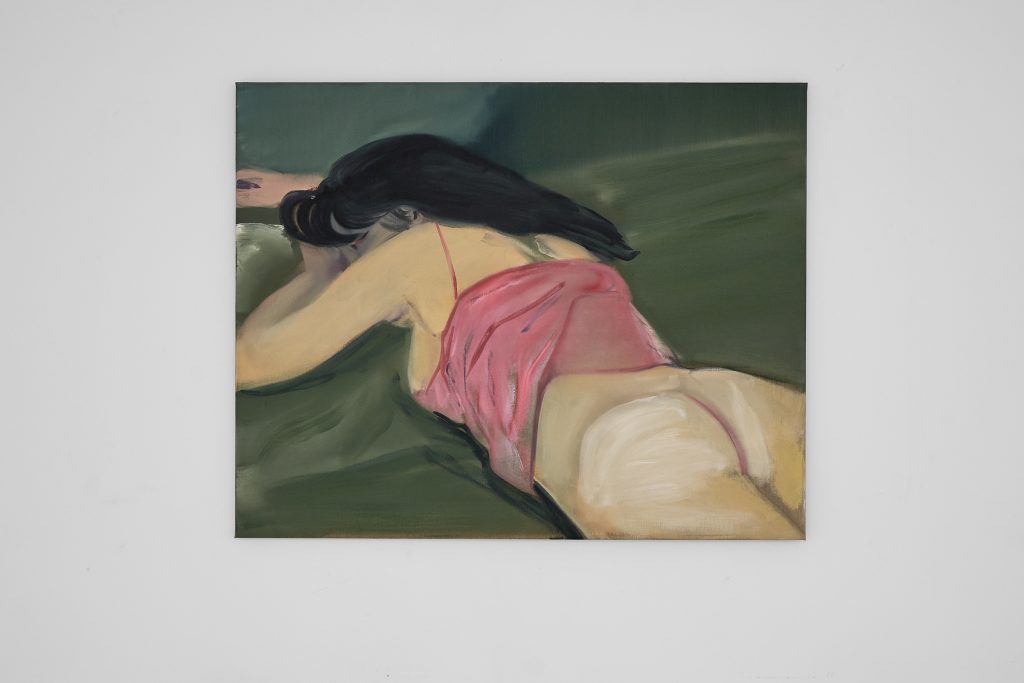

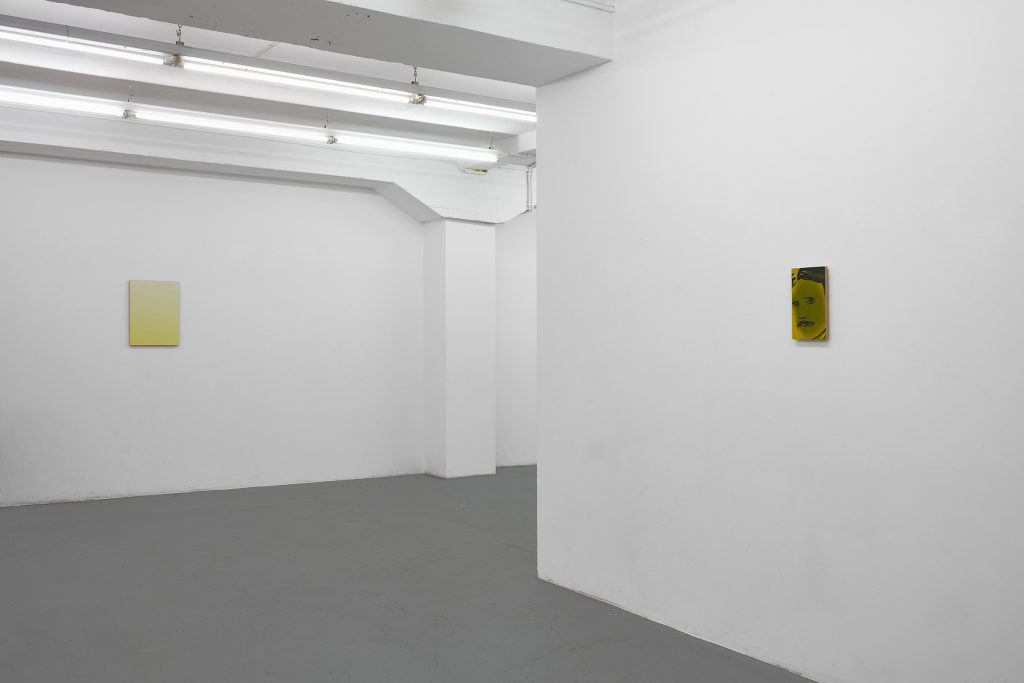

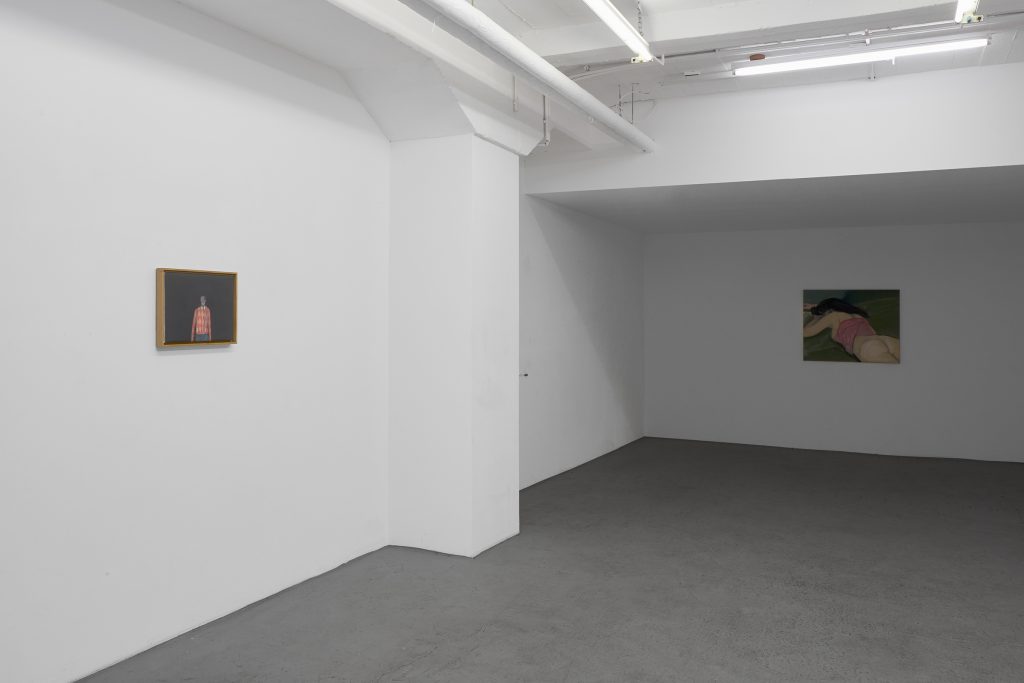
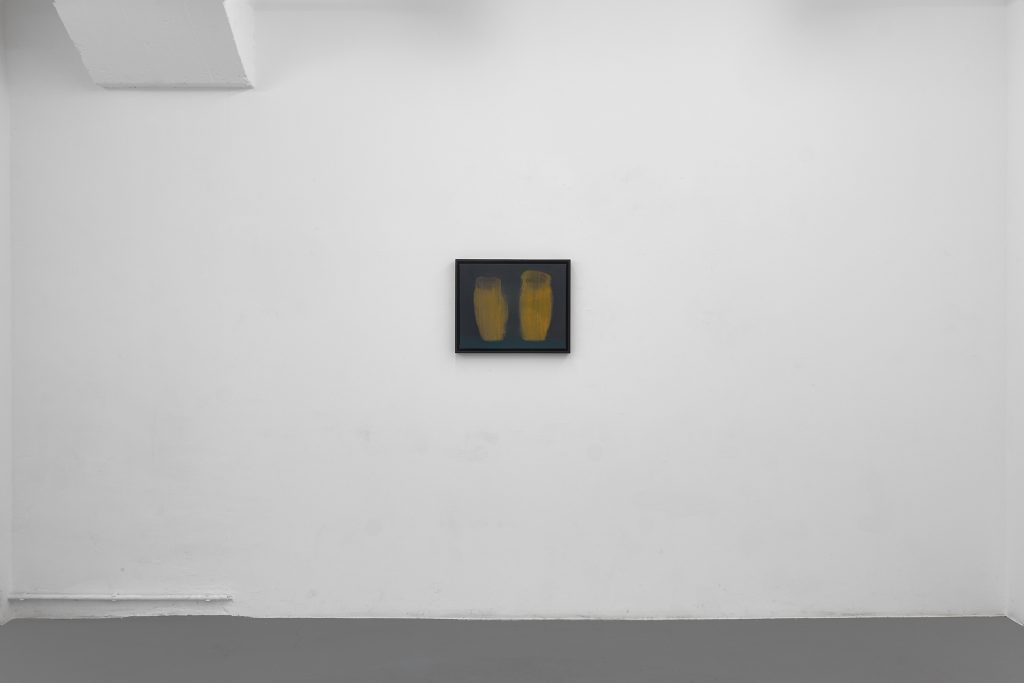


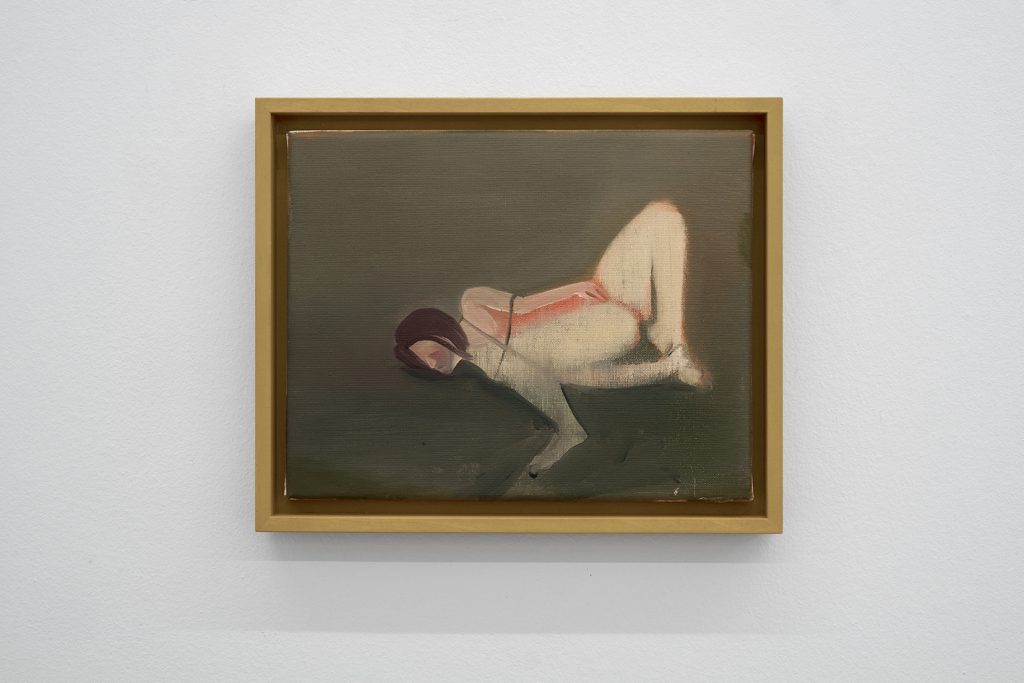
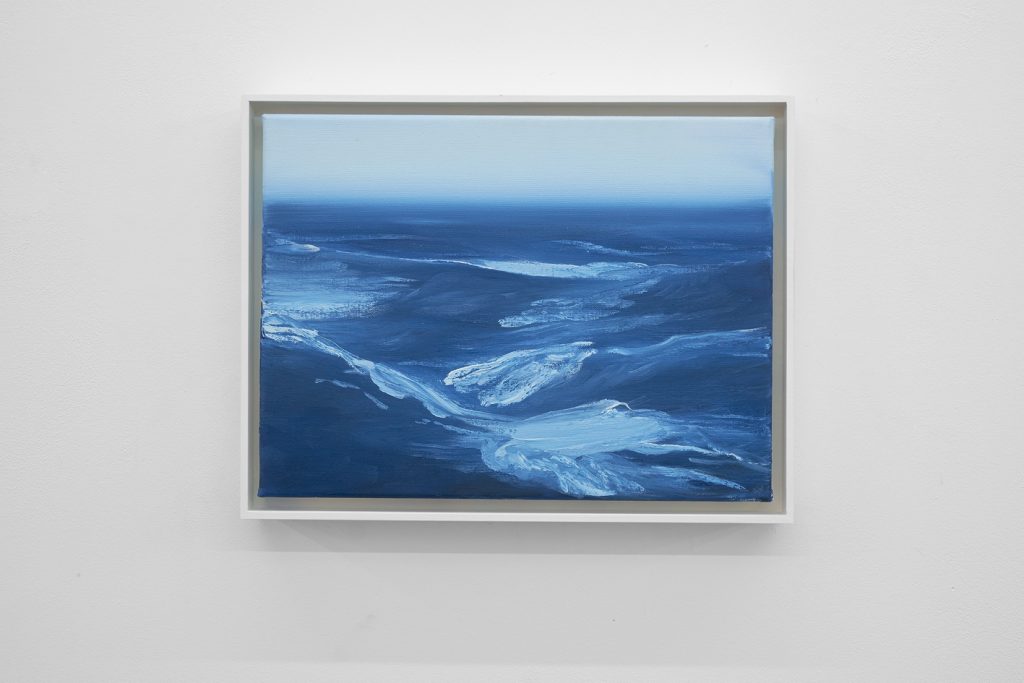
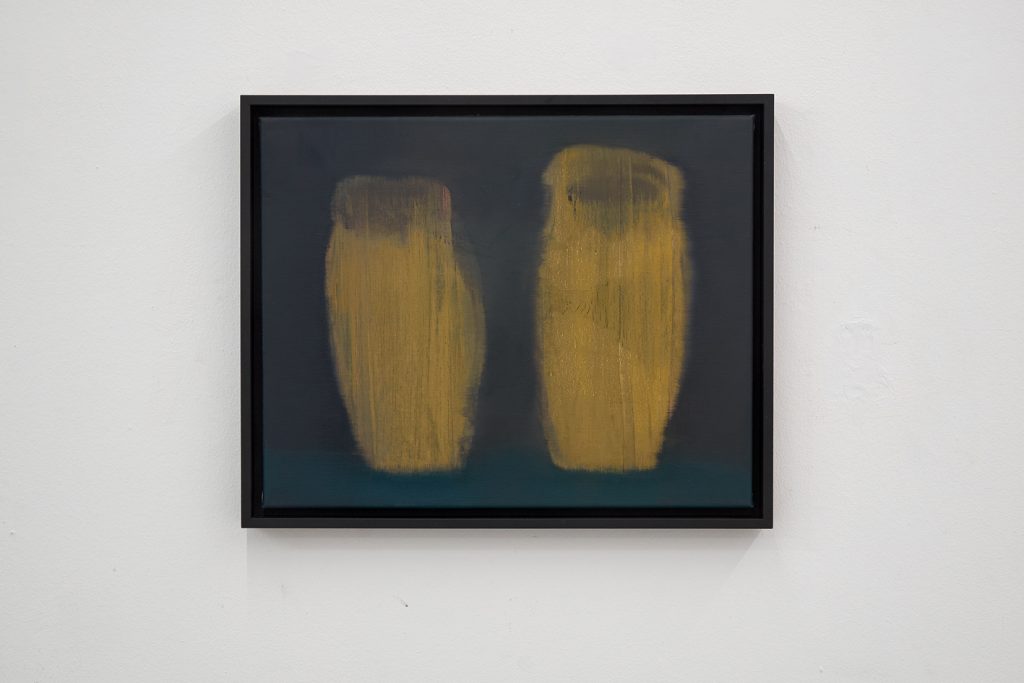
Intro note:
– We regret to inform you that your exhibition was cancelled / postponed due to the current situation and restrictions given by the state regarding the increasing numbers of infested people with the ongoing pandemic! However the upside is that you can have the gallery space, use it as you like…
Dilemma – latest project produced by Gabriel Stoian, and curated by Goekhan Erdogan is intended to take form as a solo exhibition under the pretext mentioned before hand, in its title. An exhibition without opening, neither physical nor online, your presence is not required. Please do not take this as a form of institutional critic or any form of protest. This exhibition represents a direct and honest reaction towards an ever more frequent situation in present times. A “secret show” made as an experiment with no expectation for any positive outcome, purely to be disclosed to those willing to see it. Not knowing if it will actually take place it would be futile to describe the works. However paradoxical this may seem the intention is real as the works that will be part of this exhibition. Maybe at least one clue would be kind to offer, a piece of information for understating. As it goes, it is my intention to exhibit works that I would not exhibit under normal circumstances. Therefore, all the pieces are recently finished yet still pending in the studio, to be decided on let’s say.
G.S. – Frankfurt, 2020.
/////////////////////////////////////////////////////////////////////////////////////////////////////////////////////////////
LES FABLES DE LA NUIT, 03.12.2020-20.01.2021.
FEATURING WORKS BY: GABRIEL STOIAN
CURATED BY: HORATIU LIPOT
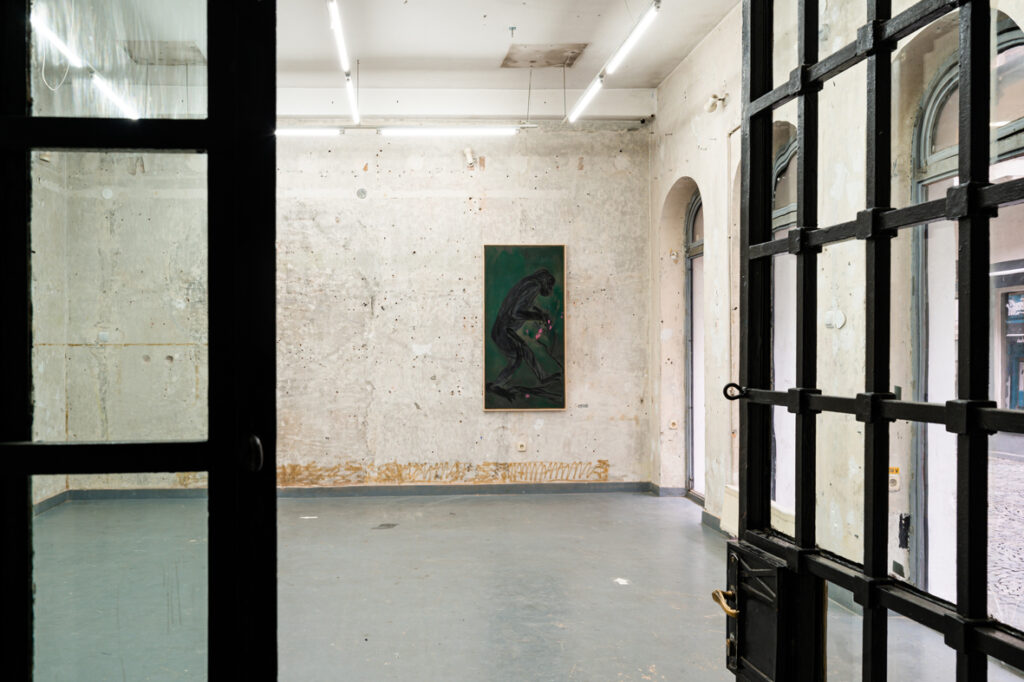
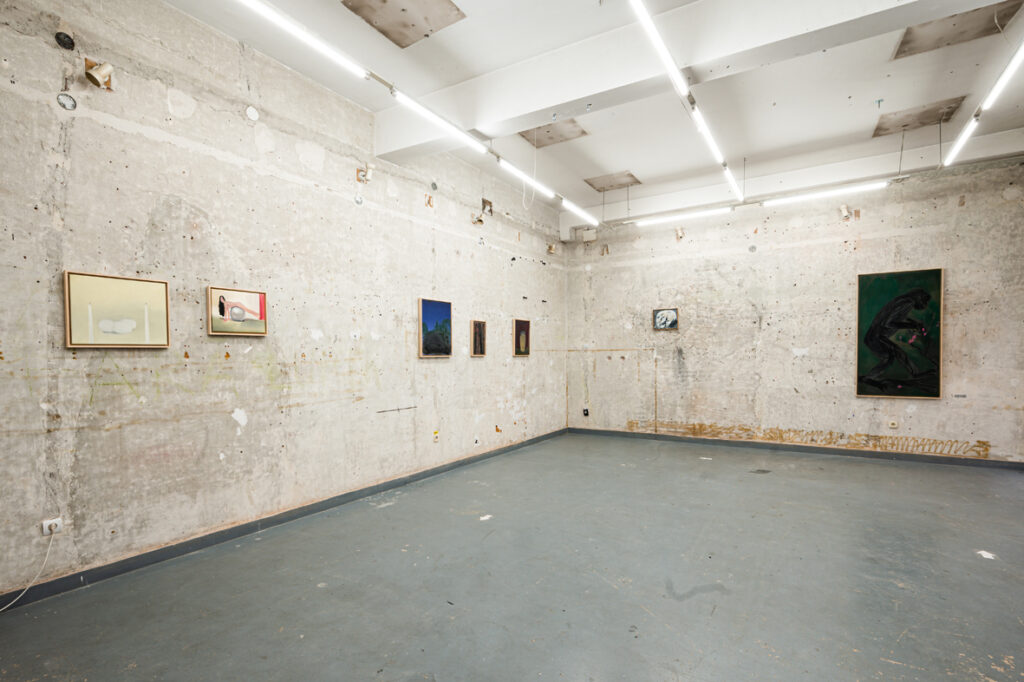
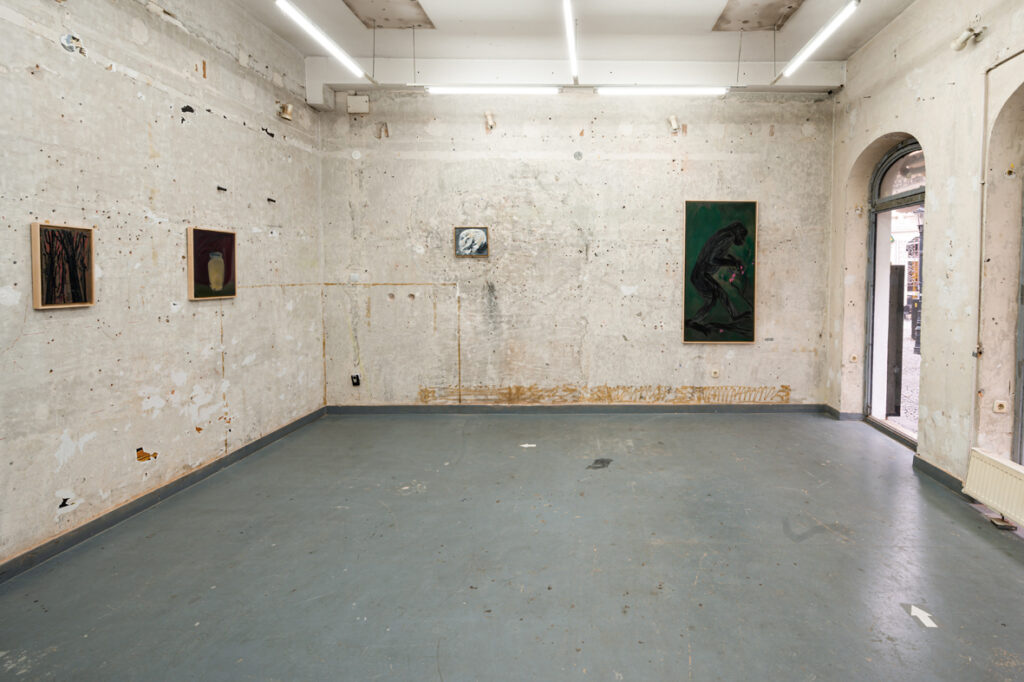
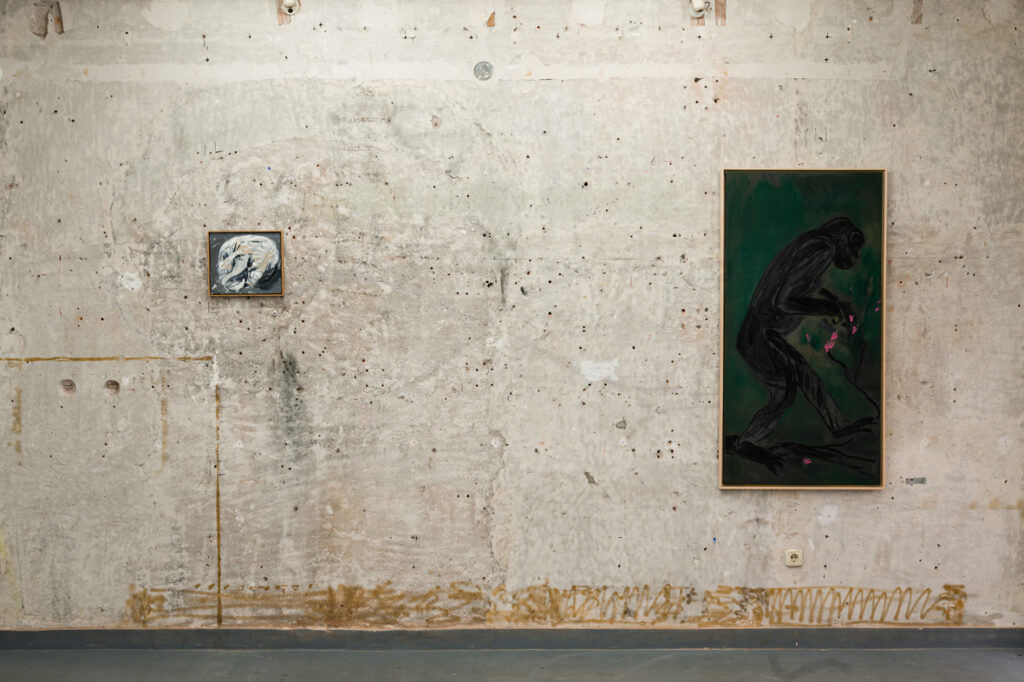
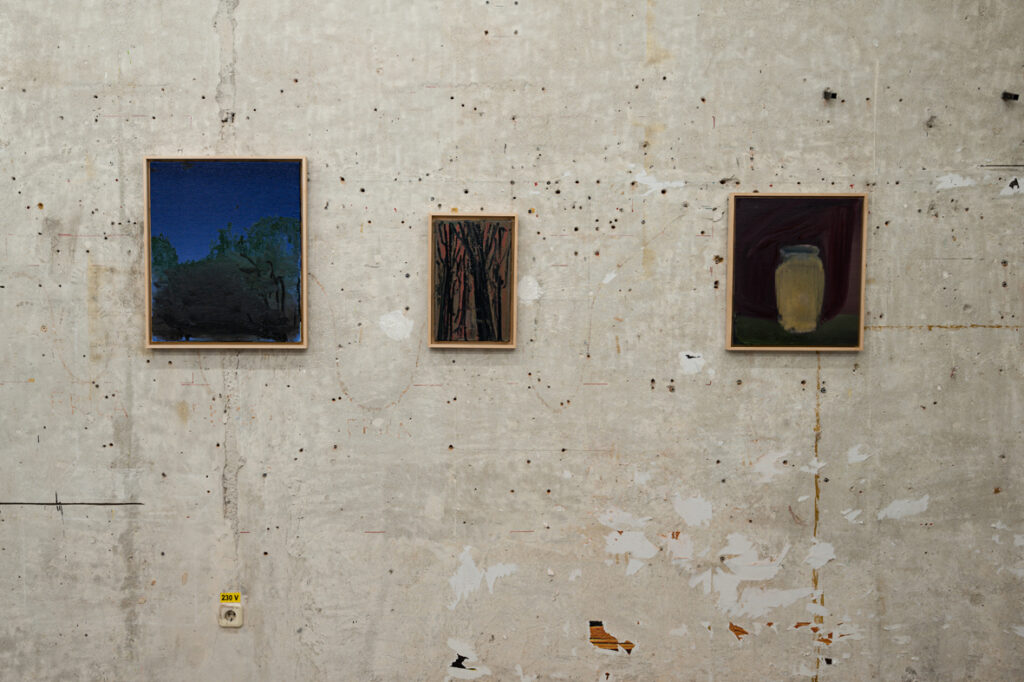
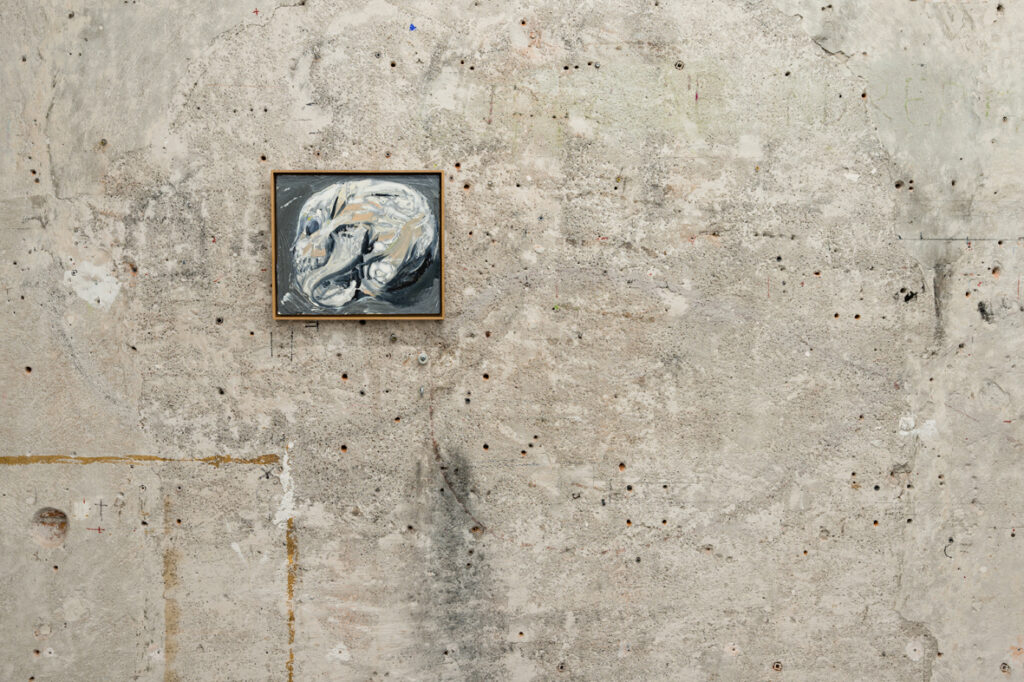
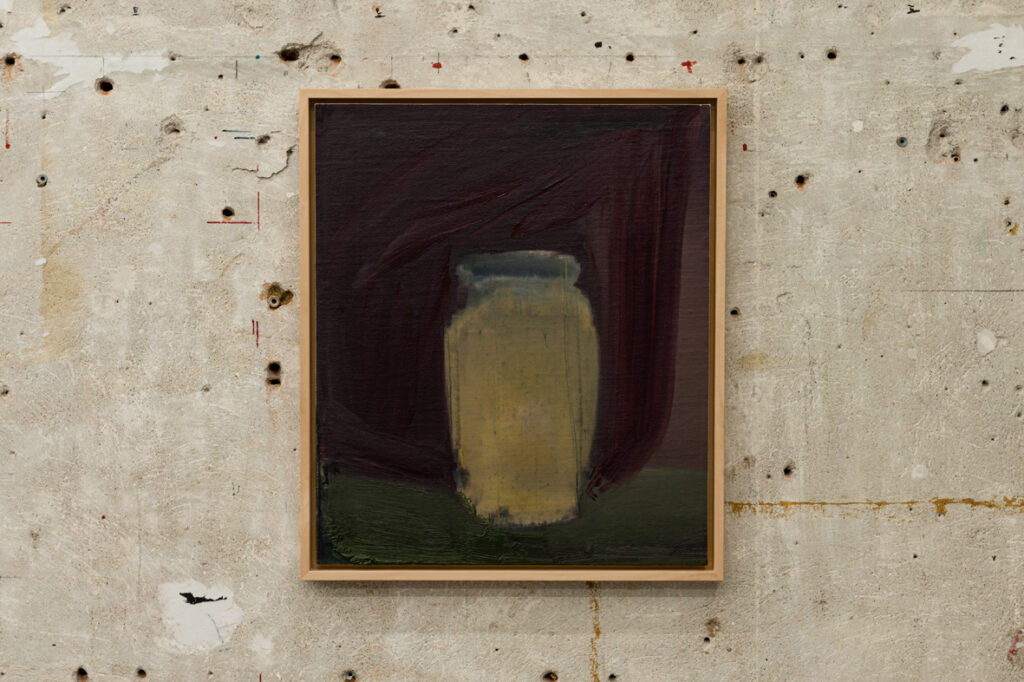
Atelier 35 is pleased to announce the first solo show by Gabriel Stoian, Les Fables de la Nuit, starting Thursday, 3rd of December.
23:21 – as the light of the iPhone describes the scene, like a lightning in a smaller room. A notification pops-up: art_verge started following you…yeah, right! A men lies on the bed exhausted by the endless treadmill of feeding, washing, and nappy-changing; his baby girl sleeps next to him. Without sleep but his eyes closed, he thinks about his next painting, a nude, not too explicit, but just enough to make you feel light. As he is wondering, realising that painting a nude is not just a representation of a naked body… it most likely has a story behind, right? Then, what would its story be? As minutes go by, the night progresses, he goes deeper into his memory, to find a story for the painting he will start early the next day. Almost dreaming by now, he remembers that his favourite stories as a child were fables. He loved to hear all about inanimate objects, talking animals and moralising forces of nature. However, with one last effort not to fall asleep as his conscience lingers… what, how? Does all this come together? Never mind, the painting will reveal itself to me, tomorrow. Loud scream, Owh!! Illy is up, bodies stumbling in sweat, curtain falls! Light, change, feed…
“The painter and the baby“ – text byGabriel Stoian, 2020.
***
In the series Les Fables de la Nuit, Gabriel Stoian’s attention focuses on the tragic and sublime of the commonplace, an approach in techniques of monastic breathing of the domestic space, most often expressed figuratively and in what seems to be beyond its categories, presenting the banality full of meaning, the everyday as a mystery, the familiar with an aura of the unknown and the finite with the appearance of infinity – always. The unusual or the glimmer of the banal is not so much in the threat of a dark monster from another world, but is always carried in us and is revealed in the fragment, almost imperceptibly.
The imagistic space consists of a long discourse on beauty, insistently identified in all kinds of familiar spaces, petty bourgeois and transported, through associations of images to great distances, in a motivational film of the corporate wellness culture (Agnes), in a contemporary epilogue to evolutionism (Monkey with cherry blossom) and most often in a documentary reminiscence of a minor, drawer story. But Stoian’s imagination is a bookish one. It follows the phantom of a tangible beauty in the static Easter nature or in the urn-vessel entitled “Our secret”. His themes are an inventory of everyday lighting, digested and enhanced at night, in a perpetual reflective rest. Rather, the artist lurks in fear of the embodiments of a reality that he saw, perhaps, at one time, and whose joints he only later understood.
If
in previous series I noticed in Gabriel Stoian a speech focused on the
condition of immigrant, this time the location is insignificant. Whether it’s
the living room in Cluj, or the one in Frankfurt, like a childhood of a
Tarkovskian character – space dissolves quickly in his nocturnal works and time
follows him without delay. Such an approximate spatial determination releases
the thematic determination from the contract.
A good part of the compositions take place on the edge of a subtle, hidden conflict: between authentic and inauthentic, between the contorted beauty and the kitsch pastel of the interior uniforms. The painter (character in turn in this scenario) can only witness the epiphany, never participating in it, trying (and always being surprised in fact) to unite the transient with the timeless, in a fixation of the sublime every day.
We observe in general terms how with this series Stoian assumes with a certain masochistic voluptuousness the marginality of the pictorial genre, stubbornly being only a Painter. He who is only a Painter feels good in his day and night clothes. It wants to be neither imported, nor exported, nor copied, nor copier of fashionable aesthetics. His obsession is simply to be not to look alike.
Starting from an essence of early romanticism in which the individual “should always be evolving and never perfect” (Novalis) we could frame this series of works under the empire of the so-called New Black Romanticism seen in response to both modernism as well as postmodern.
The daily represented a central category for both modern art and postmodernism. Modernity can be characterized by the anxiety to reconstruct the everyday in universalism. Postmodernity can be described as the neurosis that deconstructs everyday life in heterogeneous lines focused on race, gender and place. The new romanticism tries not to reconstruct or deconstruct the banal. He just tries to reconcile the banal as it is, while at the same time imagining what it might be like, but it never will be.
With an almost enchanting rhythm, the corpus of present works is dedicated to the effort to justify the essentiality of beauty, its centrality for the world in which we live.
Horațiu Lipot.
/////////////////////////////////////////////////////////////////////////////////////////////////////////////////////////////
AMONG STRANGERS, 20.03.2020-30.03.2020.
FEATURING WORKS BY: GABRIEL STOIAN
CURATED BY: E.M.C. COLLARD
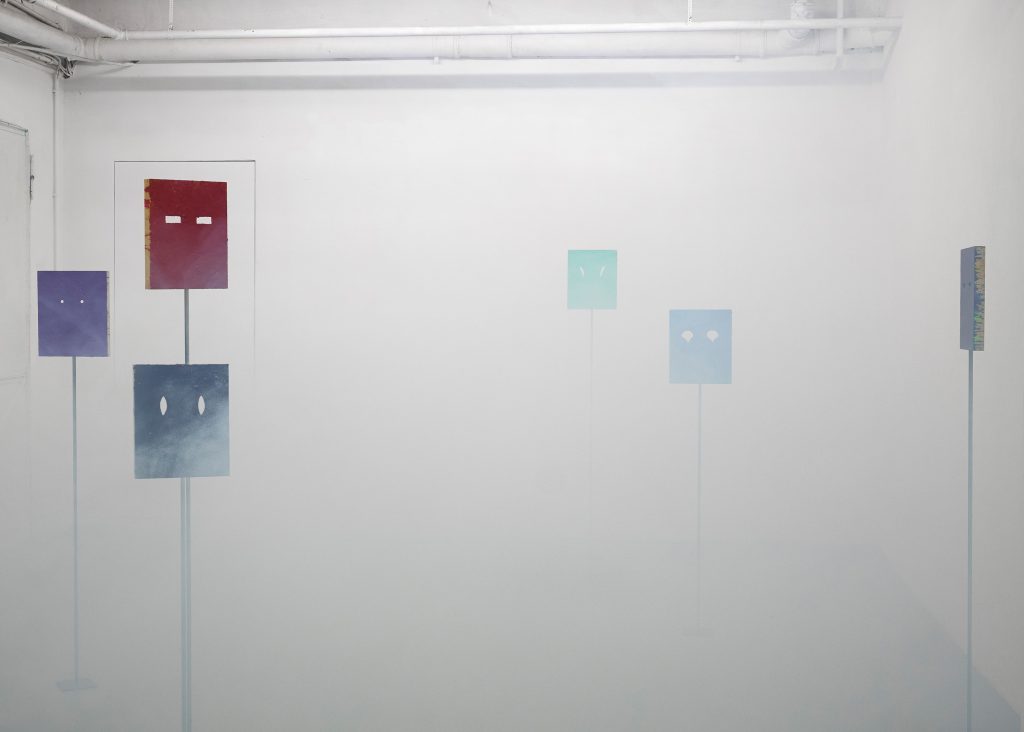
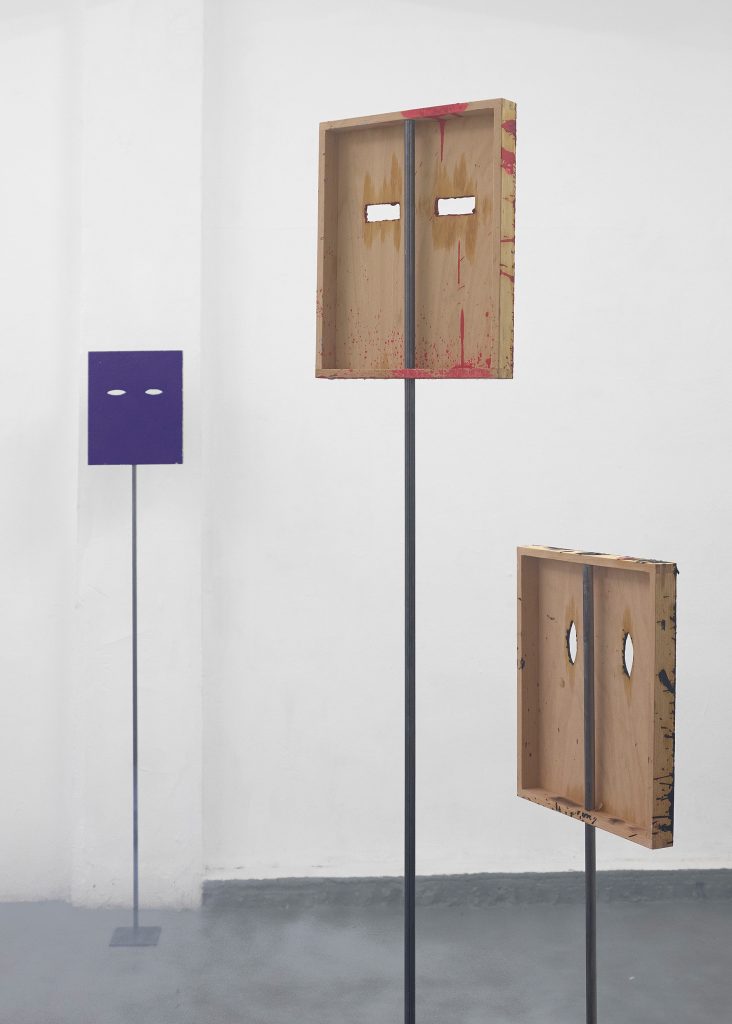
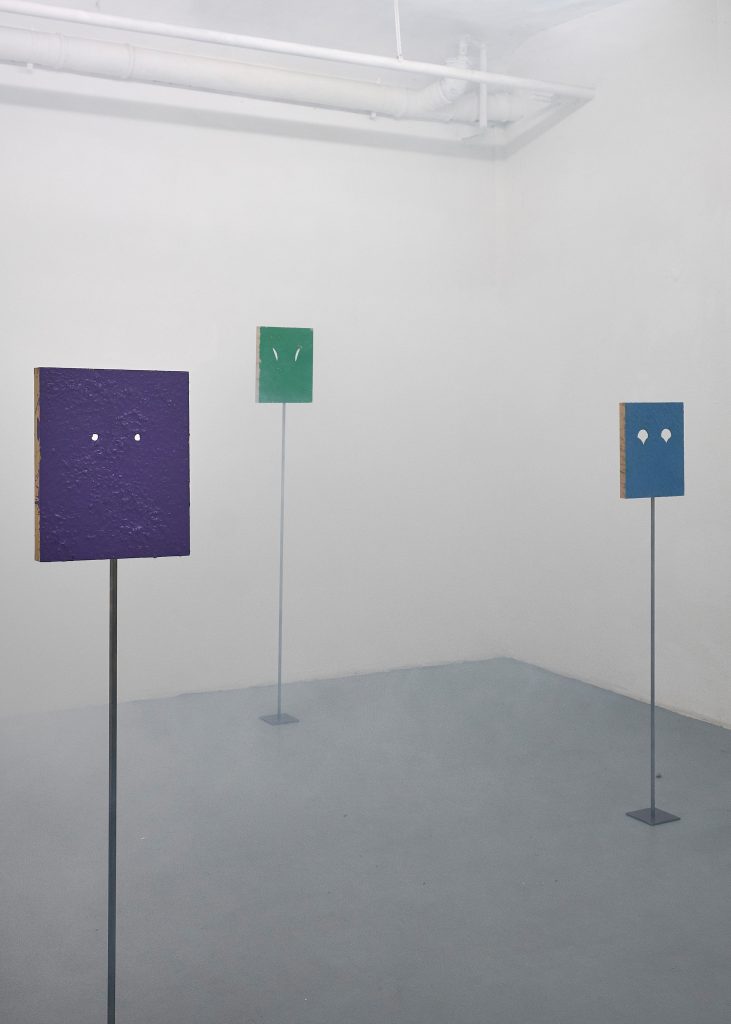

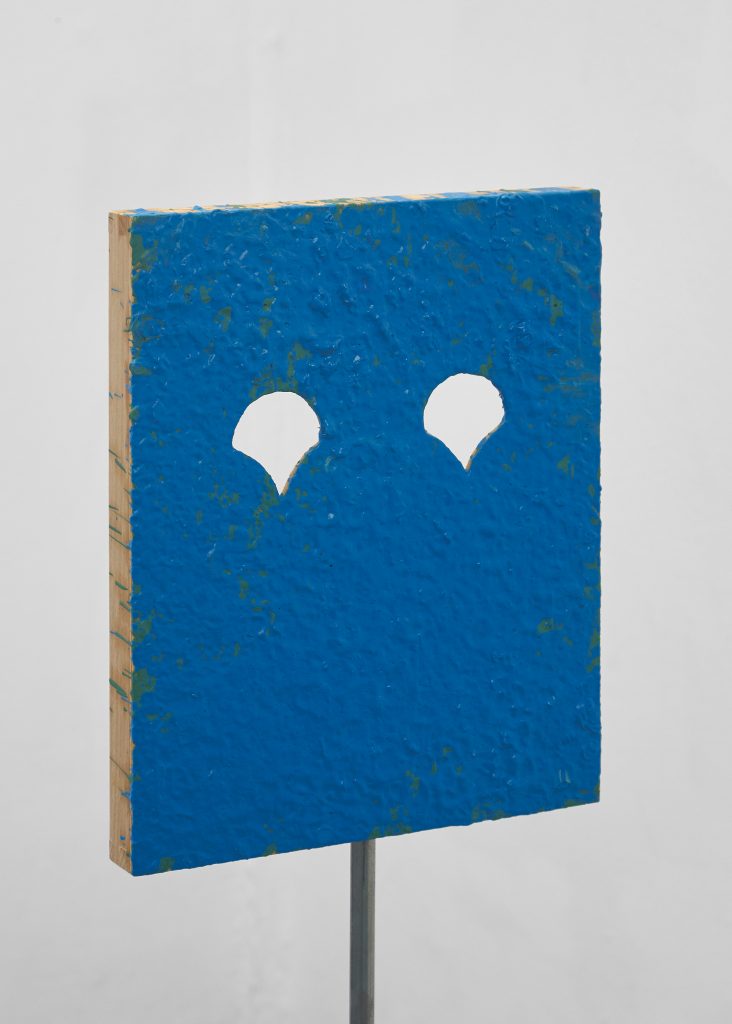
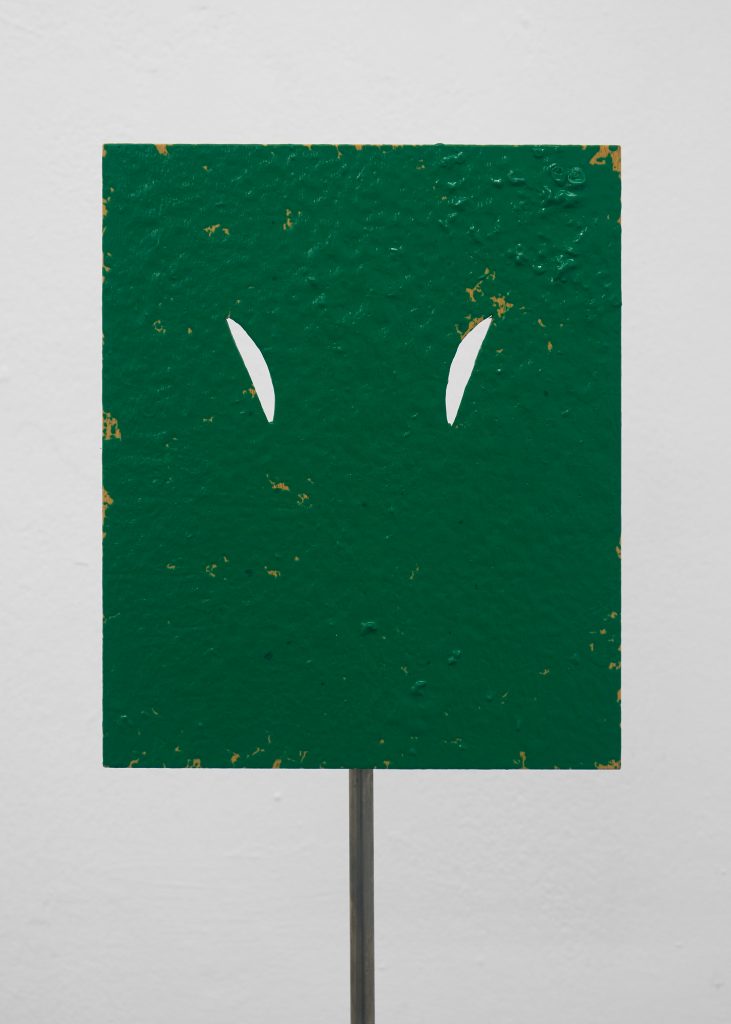
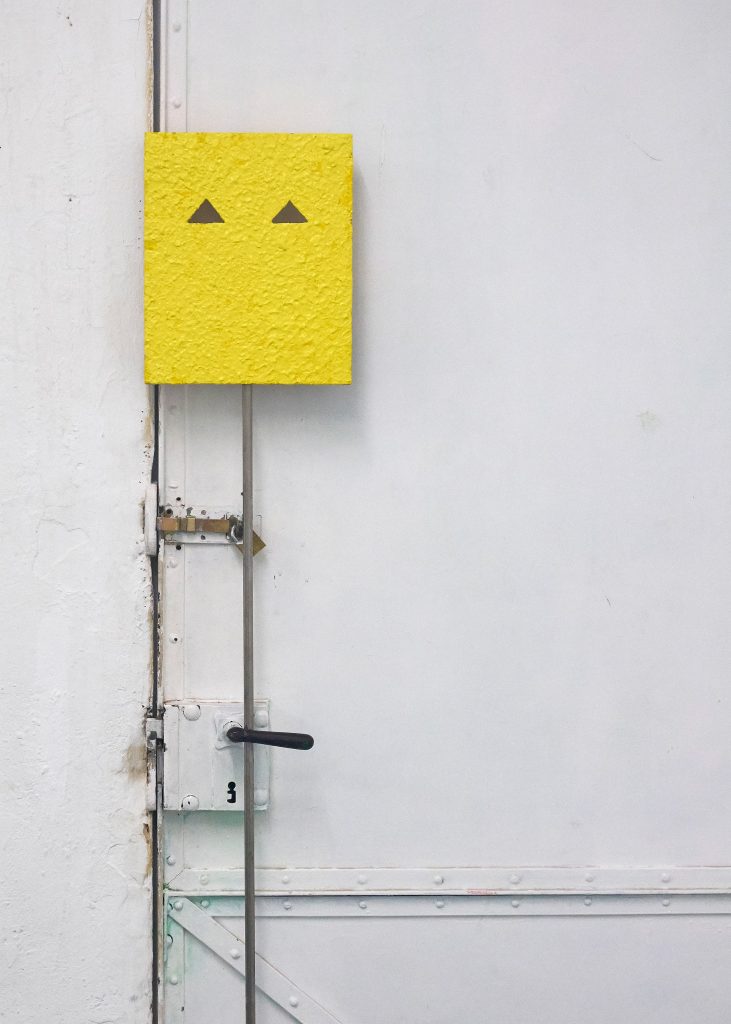
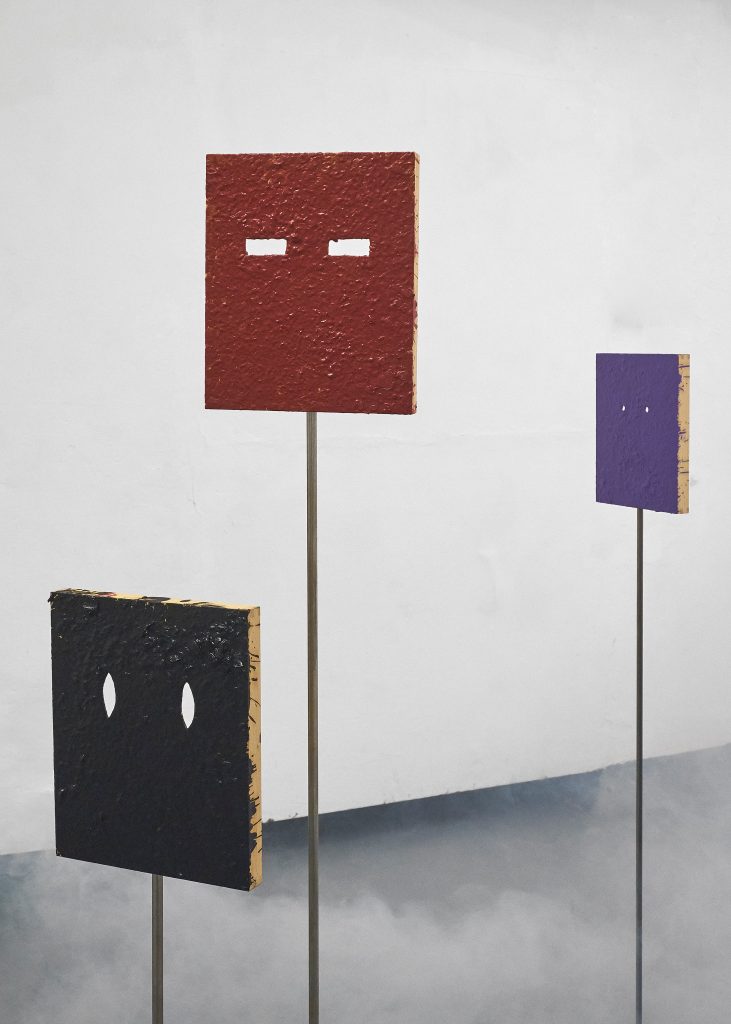
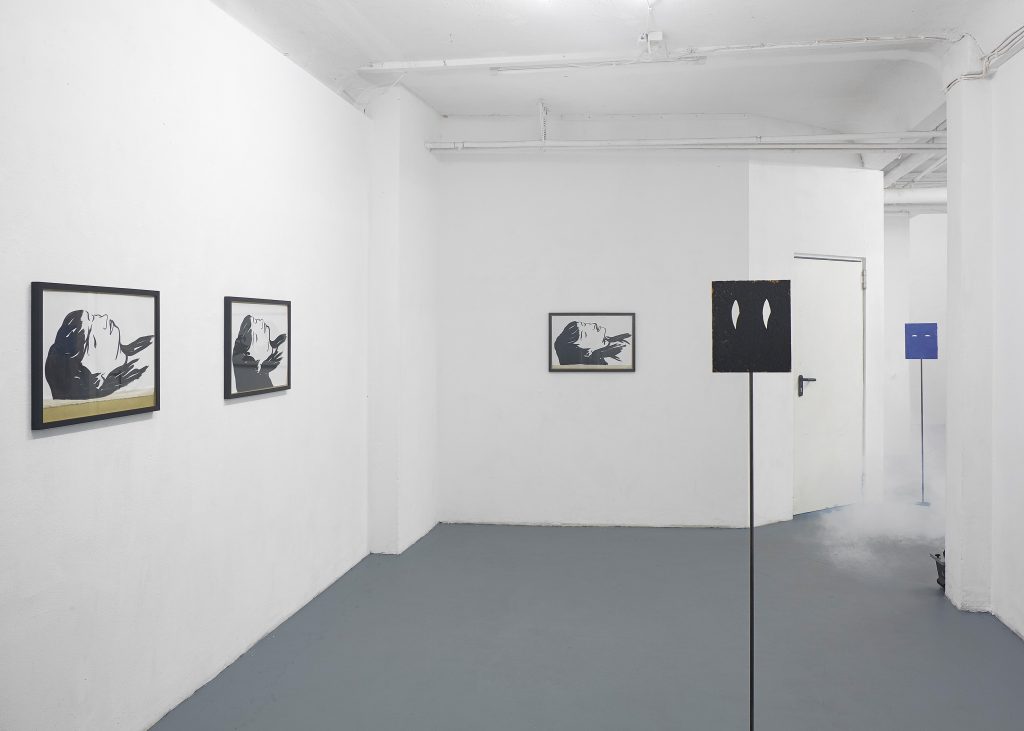
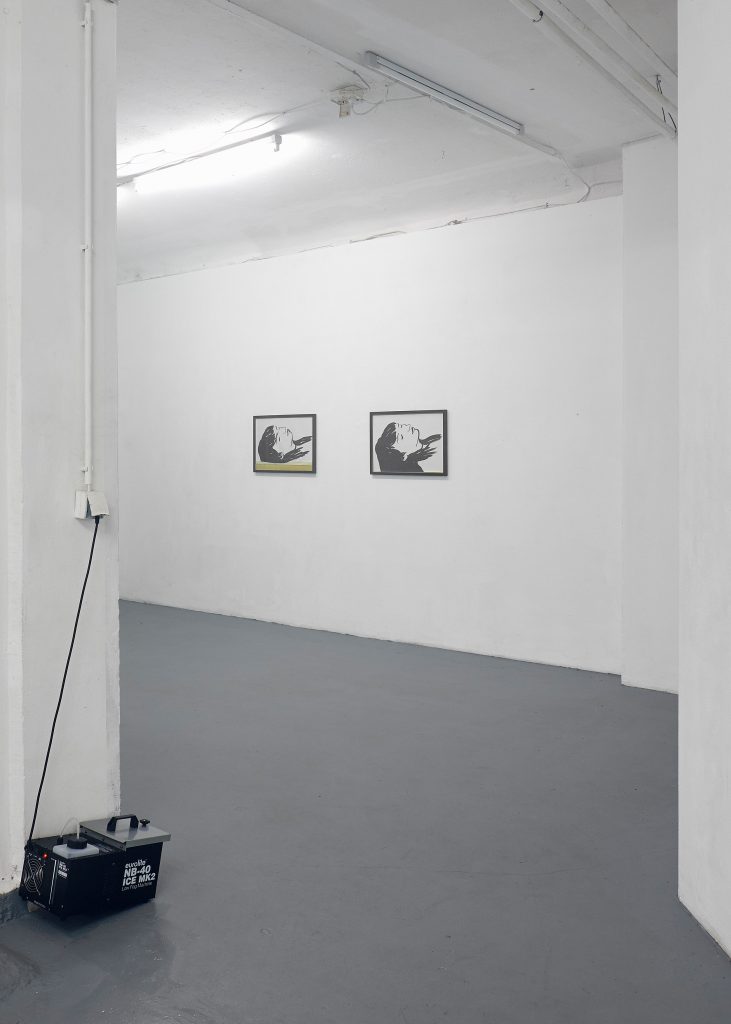
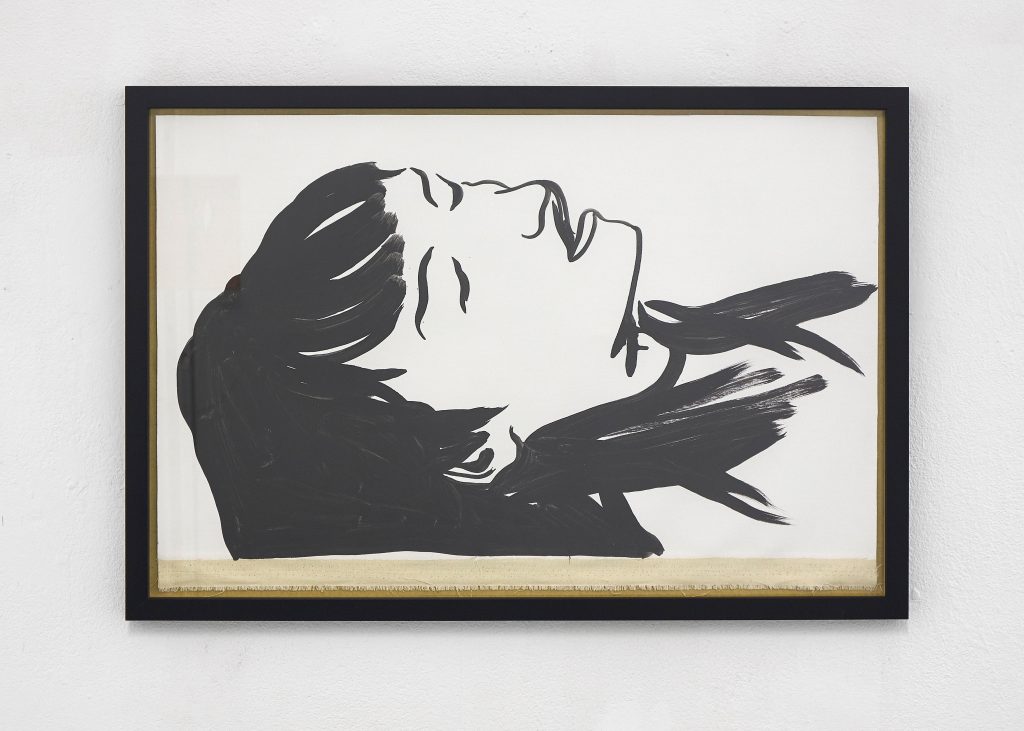
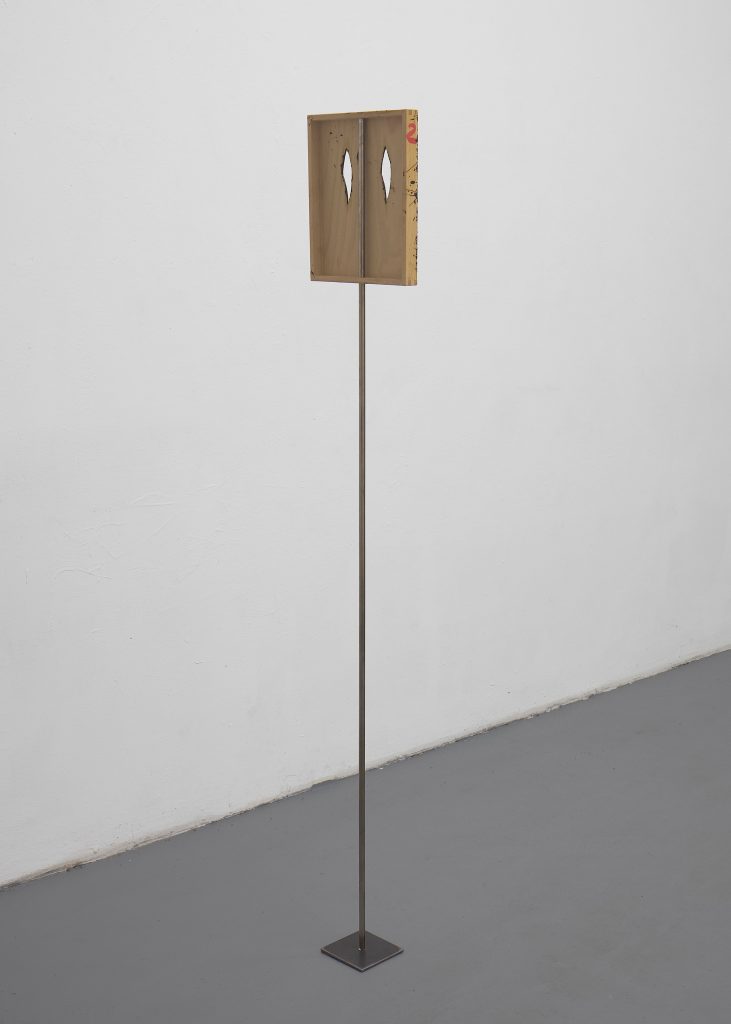
– As an emigrant, I oscillate between nostalgia – for my birth land – and a certain excitement – for the unknown that surrounds me. The permanent sensation of not belonging has made me question the notion of globalization. Somehow, coming from Romania is never easy…
Emigrant – a person who leaves their own country in order to settle permanently in another. This mere definition is as cold and blunt as we were speaking about birds, as they travel great distances to find food and warm shelter. It all seems so practical, so logical, right? However, I can firmly say that most of us suffer from a distinctive form of mistrust as you get when being among strangers. Leaving the place you come from, lays a heavy burden on somebody’s shoulders on the way he or she perceives things. The pieces for this exhibition were built as a uniform body of work, an installation that reconstructs a migrant’s nightmare.”
G.S. 2019.
Curator s note:
The exhibition AMONG STRANGERS sees Gabriel Stoian reflect upon his experience as a person building a life in a different country to the one in which he was born.
Entering the exhibition space we encounter a small crowd of masks, installed at different heights of approximate eye-level and held by metal poles. The masks are all rectangular in shape and each have a differently colored, monochromatic skin of wax-like, dripped oil paint as well as differently shaped cut-out eye sections – small circles, droplet shapes, triangles, and so on. The room is filled with smoke and the hissing sound of a smoke machine. Installed on the walls are three landscape format line drawings in black oil paint on primed canvas showing the face of a young woman as she lies in a reclined position with her eyes closed.
There is a certain eerie sense to the installation that runs counter to the oftentimes blissful quality of Stoian’s works, which frequently involve poetic, light-filled scenarios: here, the dream has taken on a sense of unease.
The artist generally works with concepts and themes that present themselves to him in his everyday life – rather than homing in on a single topic, he casts his net wide and catches jetsam in the currents of our shared unconscious. In doing so, his visceral and intuitive use of materials and imagery is underpinned by a highly differentiated questioning of our viewing habits.
He works for the greatest part with simple, tried and tested tools, both in his paintings and installations – by his own admission, he only owns “a few brushes” and uses a jigsaw very similar to the one he had in primary school – and has a knack for describing and evoking complex emotions through highly reduced means: nostalgic longing mixed with a sense of wonder as evoked by a dusk landscape (in his “forest” of 2019, the moon and sun both seem to be sitting in the tree branches set against a purple sky), the bewilderment sometimes felt in social situations (his line drawings in the 2019 show “THINGS CHANGE” at bistro 21 in Leipzig, which included repeated, partially blocked out portraits or groups of people having an orgy), a poetic sense of space (his installations in the same show, as well as at New Now in 2018, which made use of bright pigment dusted onto the floor and precariously hung objects).
His painting practice, which feeds into his work in other media, features two distinct bodies of work. One is more closely linked to his earlier practice as a print maker and gives prominence to graphic lines and flat color, while the other sees him revel in the possibilities of oil painting as he builds up viscous brush strokes on his chosen surfaces, which range from cotton duck and wood to discarded burlap bags. He works with speed and confidence, generally completing a painting in a single session. The openness of the resulting pieces has a sense of generosity, with Stoian’s loose brushwork allowing his viewers a great deal of space for their own reflections.
His use of paint in the masks shown in AMONG STRANGERS however differs from both of these approaches, as he here doesn’t allow the brush to touch the canvas, choosing instead to drip his material onto the surface from above over the course of several days. This drawn-out method feels somewhat more pained than his usual way of handling paint. It is quite controlled – the drips all seem to have come from the same direction, like raindrops would in a lull – yet nevertheless the material spills over the sides of the wood supports and sometimes smudges can be seen on their bare backs too. The resulting surface is a thick skin of paint with small craters created by the impact of paint splashing onto the surface.
The approach is somewhat reminiscent of the way we treat strangers – we keep just a bit more of a distance – while the flat, hard material used for the masks conjures up the term “to stonewall somebody”. A redeeming feature lies perhaps in the strong, sometimes bright colors used, and in the geometric eye shapes, which lend the objects a toy-like and alluring quality. In this way they seem to conflate the allure of the big city, with its promise of success, splendor, and above all consumption, and the sense of rejection often encountered by newcomers from long-time residents of their new home. The group of works appears to be at the same time reminiscent of billboards as of a somewhat unwelcoming crowd of people. The element of the fog meanwhile turns the viewers into parts of the scene, enveloping them as they enter the installation. This simple artistic device also elegantly turns the show into a single installation, rather than a collection of individual works.
Meanwhile, the image of the dreaming woman, filmic both in its format and repetition, appears as a somewhat reconcilliatory gesture. While she may be troubled by her nightmares, the vulnerability of her sleeping state points to something we all have in common: as human beings we all sleep, we all dream. Even though we don’t know exactly why we require that time of rest, or why every night we surrender ourselves to the illogical images of our unconscious, which often run counter to the regimented structure of our daily lives.
By sharing his “emigrant’s nightmare”, Gabriel Stoian once more manages to evoke a host of paradoxical emotions in his viewers. He does so by avoiding visual platitudes yet still managing to gift us with images that resonate strongly in their simplicity.
E. M. C. Collard, March 2020.
///////////////////////////////////////////////////////////////////////////////////////////////////////////////////////////
FROM A DISTANCE MOST THINGS LOOK BEAUTIFUL, 21.02.2020-06.03.2020.
FEATURING WORKS BY: PERFETTIPIETRO

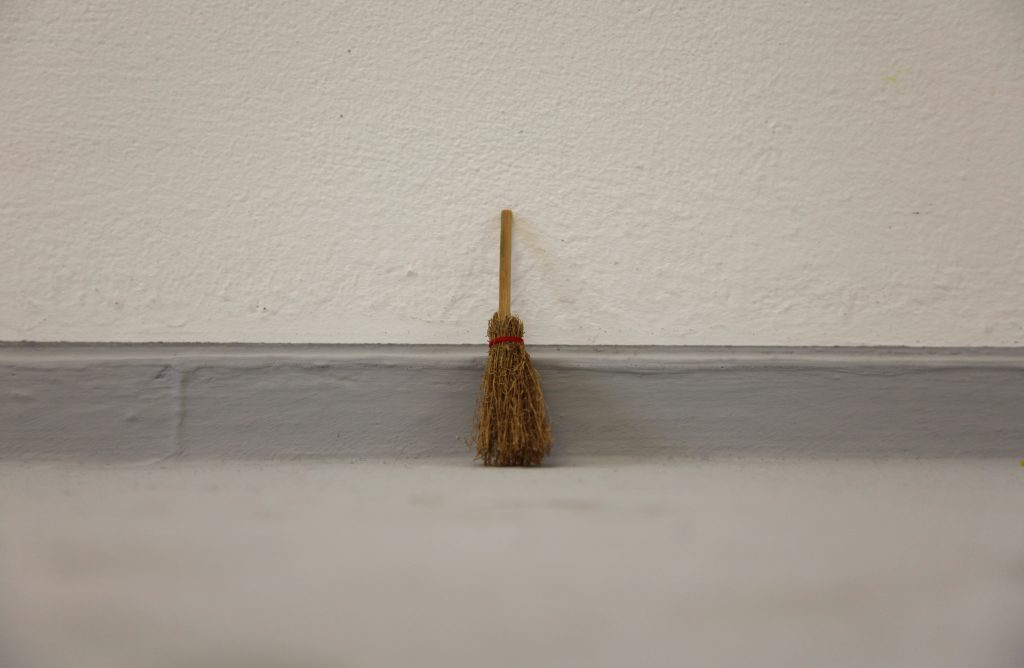

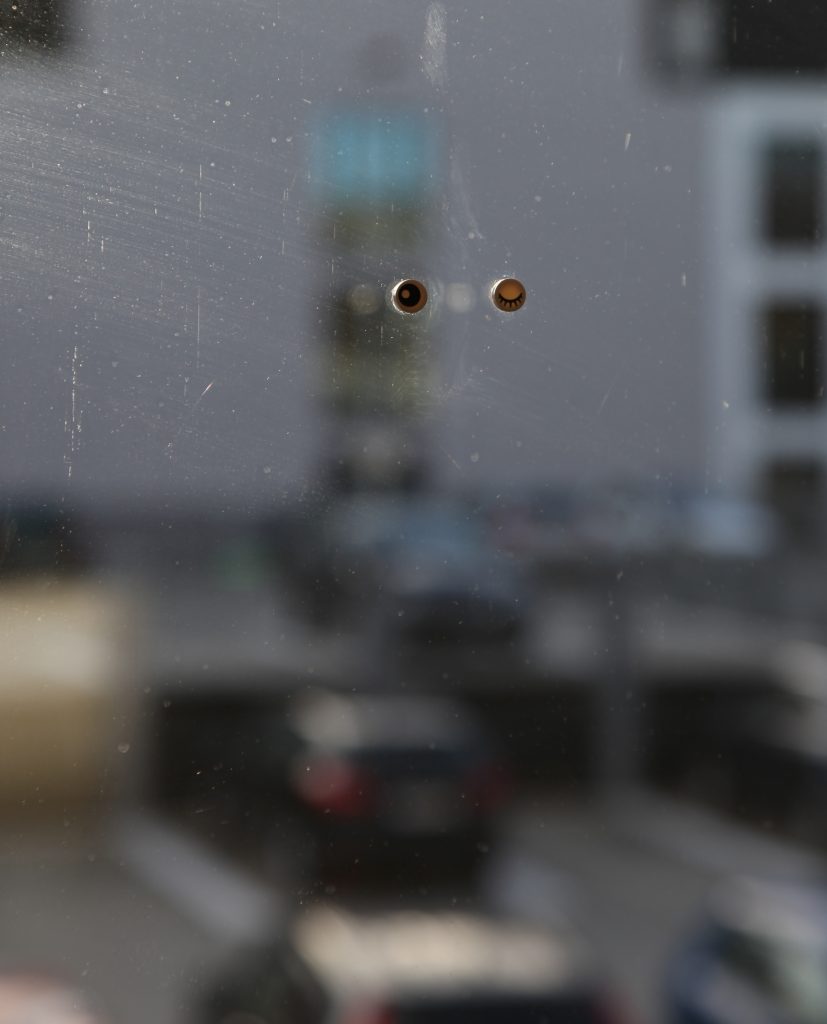
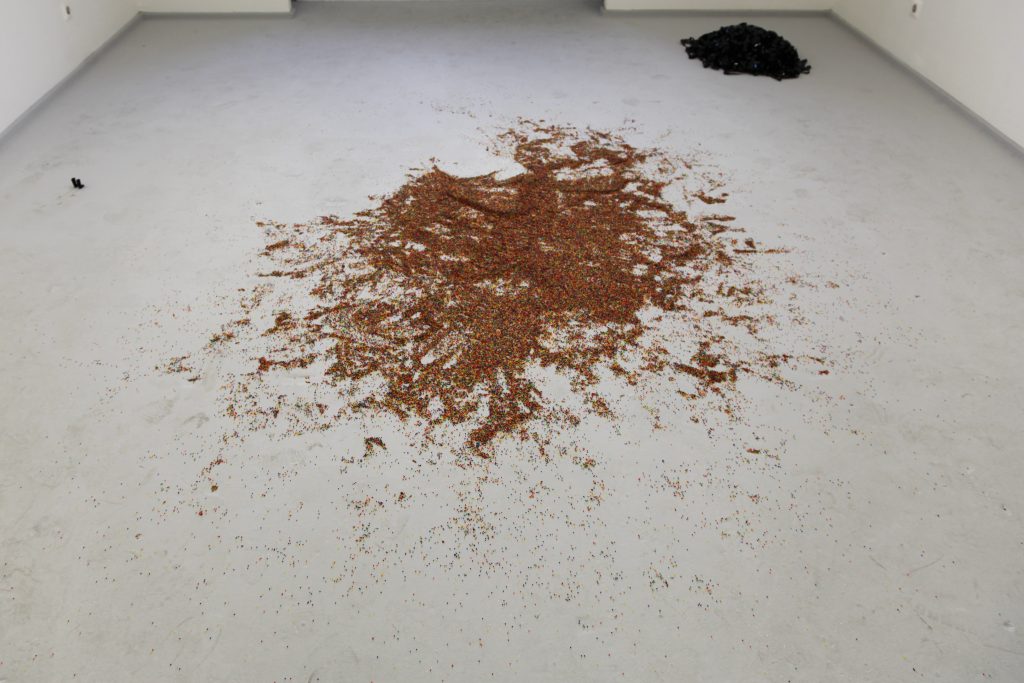

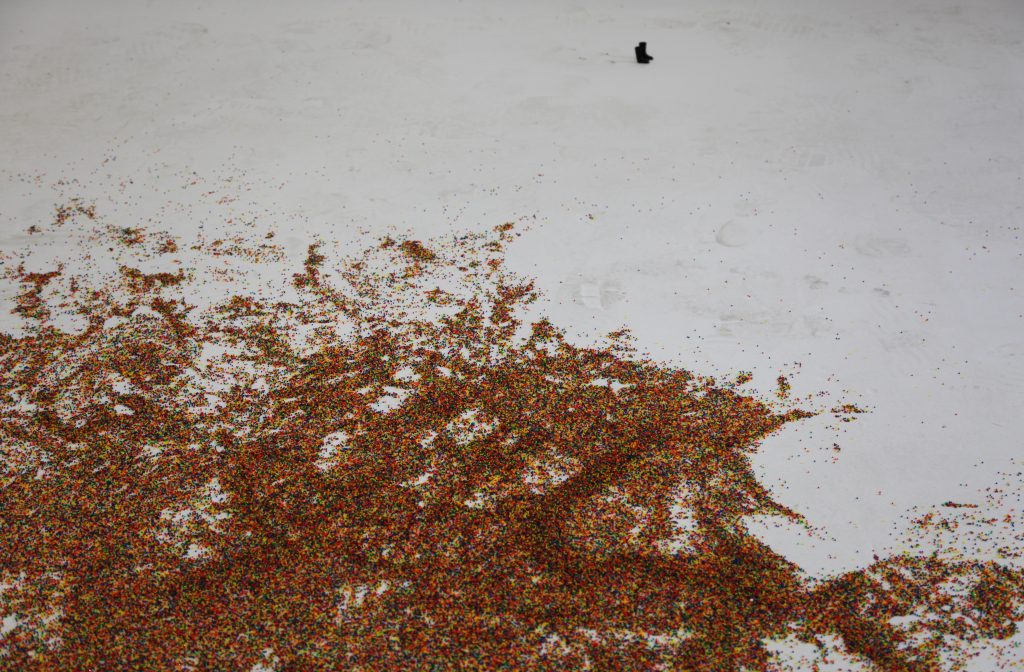
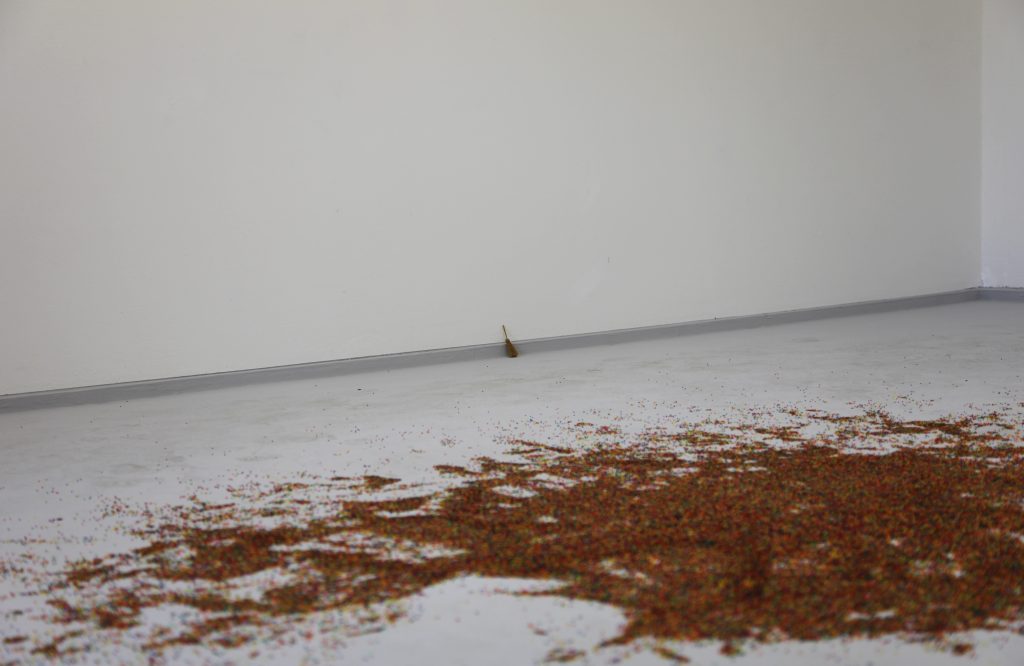
“I would get up early in the morning (I generally always wake before six), brew coffee in the kitchen, and then, mug in hand, pad off to the studio and sit on the stool in front of the canvas. And focus my feelings.
Listen closely to the echoes in my heart, trying to grasp the image of something that had to be there. But this always ended in a fruitless retreat. I’d try concentrating for a while, then plunk down on the studio floor, lean back against the wall, and listen to a Puccini opera (I’m not sure why, but all I seemed to listen to then was Puccini).Turandot, La Bohème. I’d sit there, staring at the languidly rotating ceiling fan, waiting for an idea or motif to come to me. But nothing ever came; Just the early-summer sun that rose sluggishly in the sky.
What was the problem? Maybe it’s because I’d spent so many years doing portraits for a living. Maybe that diminished any natural intuition I had. Like sand slowly washed away by the tide. Somehow the flow of my life had gone off in the wrong direction. I needed time, I thought. I had to be patient. Make time be on my side. Do that, and I was sure to seize the right flow. That channel would surely come back to me.
Truthfully, though, I wasn’t sure it ever would.”
(Haruki Murakami, Killing Commendatore)
_________________________________
– I used to be a Quidditch player once.
But now I’m too lazy to tell you the whole story.
Just watch your step.
Trust me!
Yes, I wasted a lot of money in tiny little balls… So what!
perfettipietro, 2020.
I came across perfettipietro works as playful, a certain simplicity with a honest and ironic approach towards a critical situation. Is as if he makes a game from each installation. His work is mostly interactive, he likes to involve the viewer, not just in a contemplative way… Either you like your not, when confronted with the work of perfettipietro you become a part of it. For this show, the artist makes reference to the gold diggers adding a gold sphere to the installation, for whom ever finds it should keep it! A personal version of the game Quidditch (Harry Potter, you know?)
/////////////////////////////////////////////////////////////////////////////////////////////////////////////////////////////
A WORLD TOO MUCH, 07.02.2020-21.02.2020.
FEATURING WORKS BY: GABRIEL STOIAN
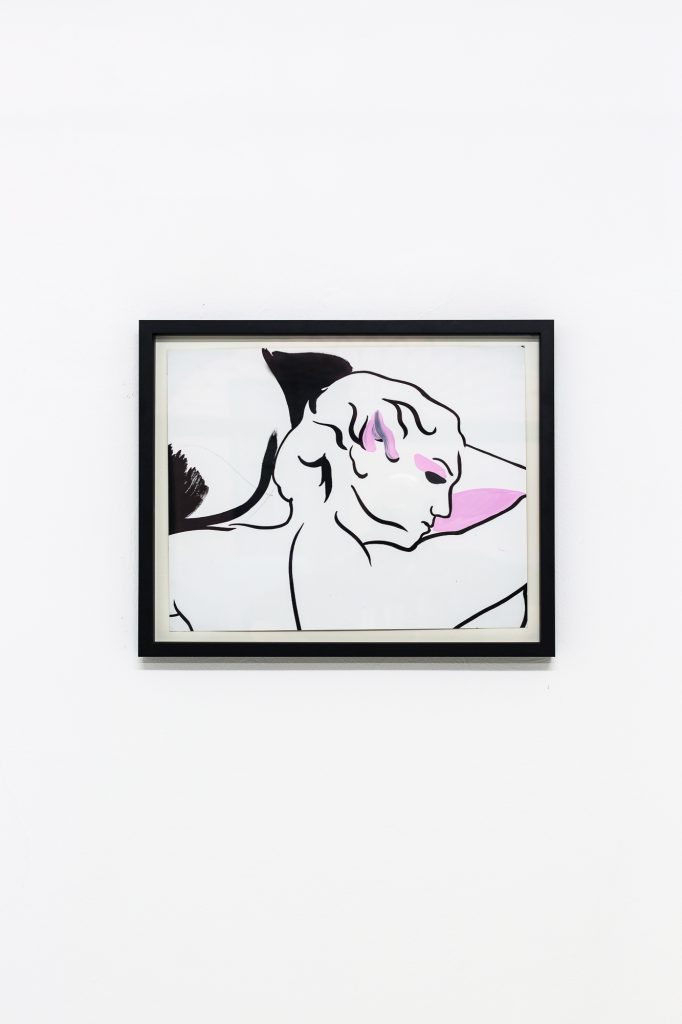

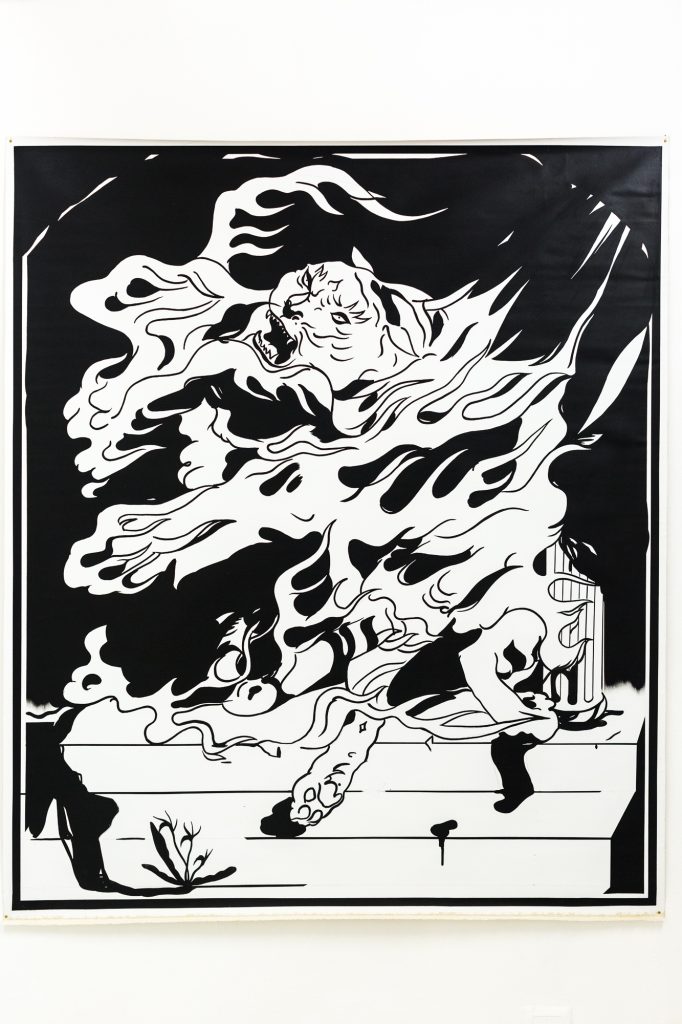
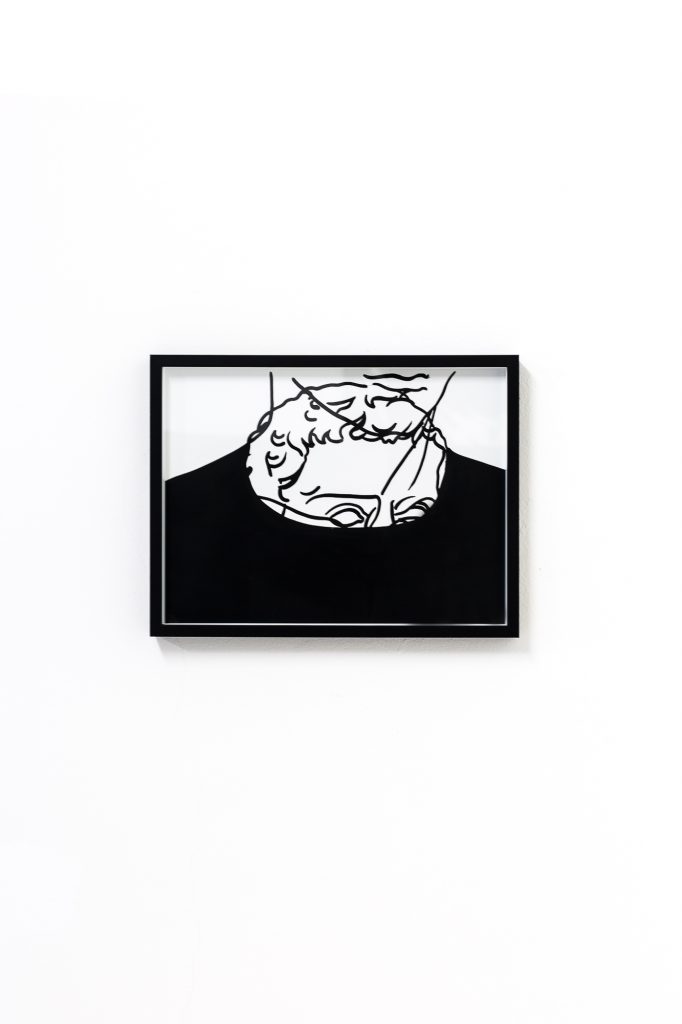
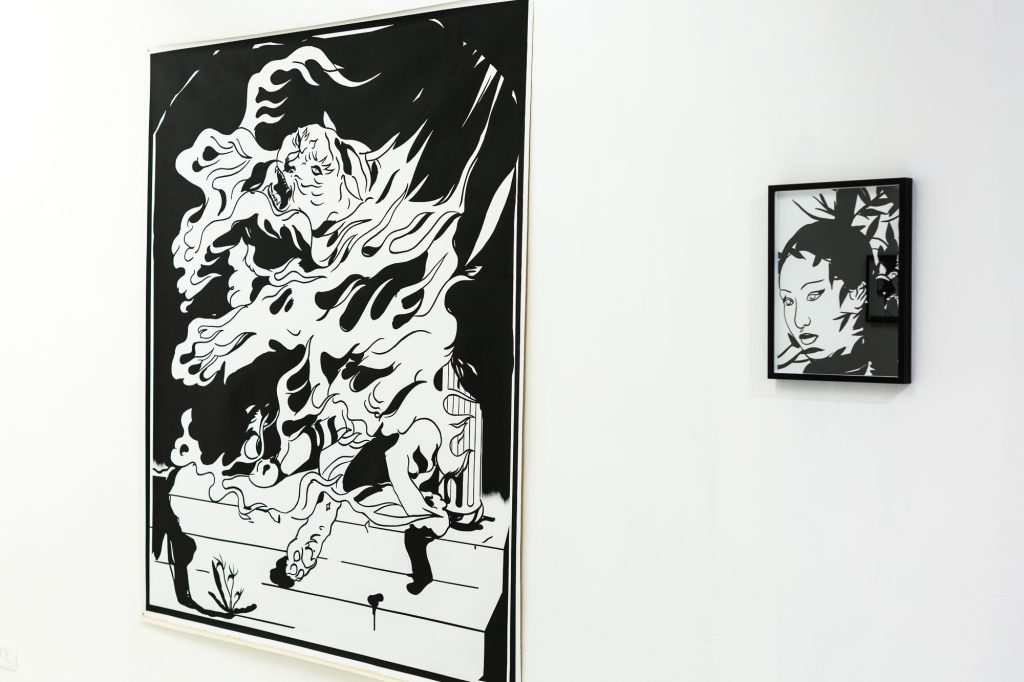


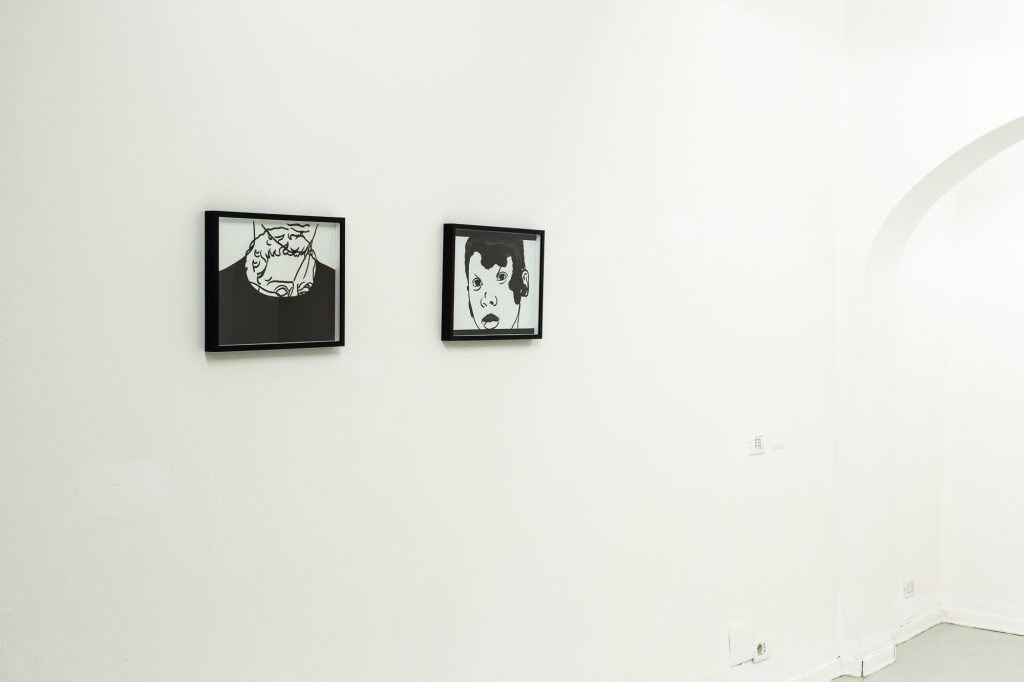

I am constantly thinking about my childhood, my earliest memories, how everything seems to fade away into a blur, generated by my inability to clearly recall certain facts. Borrowed recollections, twisted memories, become stories that alter the stream of events that made my life so far, giving them a poetic understanding of certain nostalgia. I guess that triggers most of my works these days. I refer to my past a lot and how everything has changed. “A world too much” is the first in a series of four exhibitions, organised in different places throughout Europe during 2020. The concept behind these shows is to recreate an outside-in journey that ends in a circular way back to my home town, Braila, the place it all started… The works selected for this exhibition are not part of the same body of work; they were made in different moments of time as singular pieces. However, they all reverberate on the same idea. All the drawings represent the human nature in contrast to the world around us. As an immigrant I got to experience a lot of differences, and even if this seems a simple paradox it often finds me thinking about a world too much.
/////////////////////////////////////////////////////////////////////////////////////////////////////////////////////////////
O LIANA, 22.11.2019-05.12.2019.
FEATURING WORKS BY: E.M.C. COLLARD
CURATED BY: GOECHAN ERDOGAN
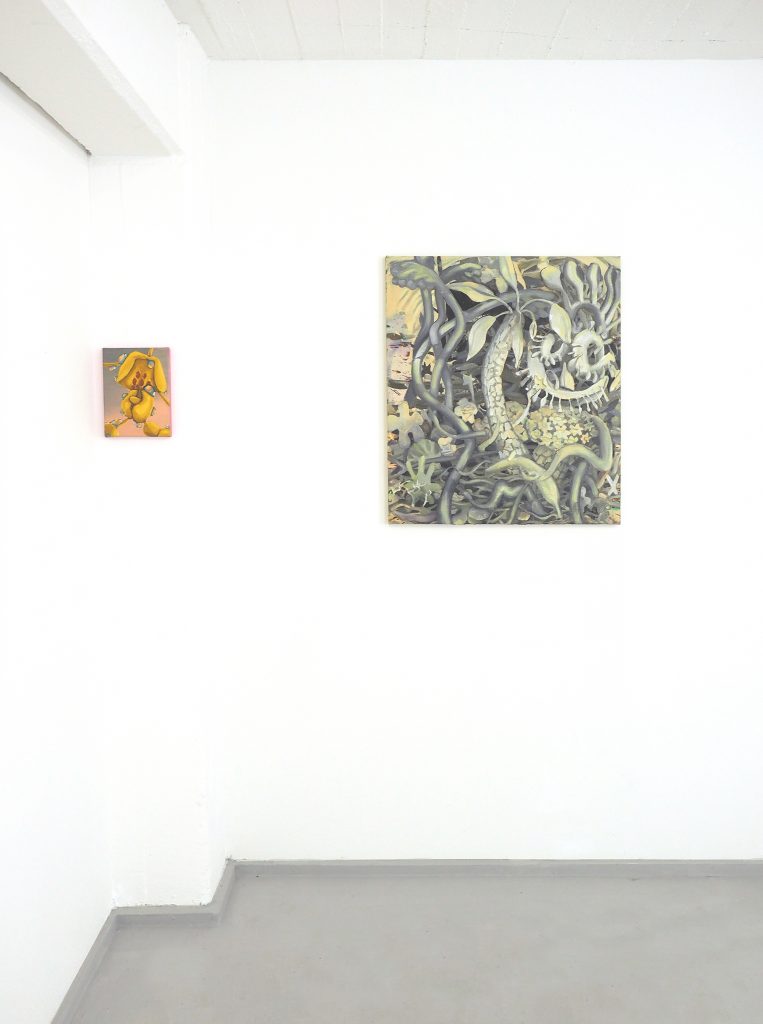
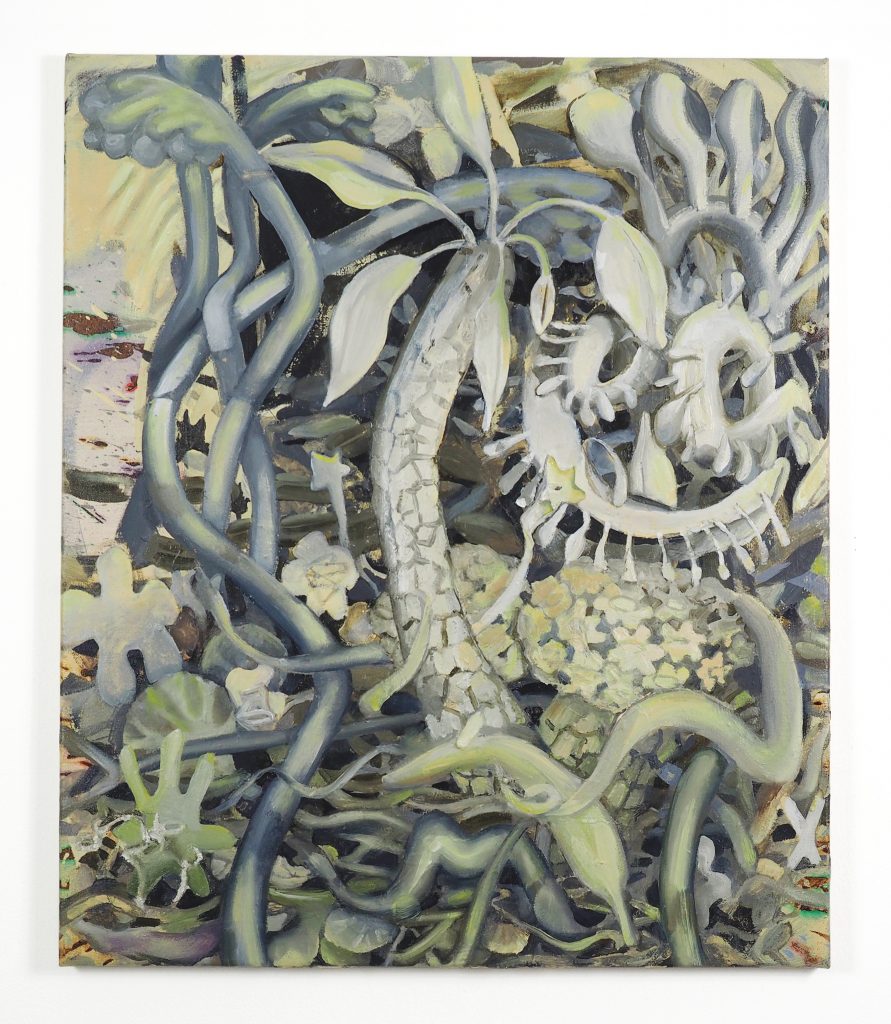
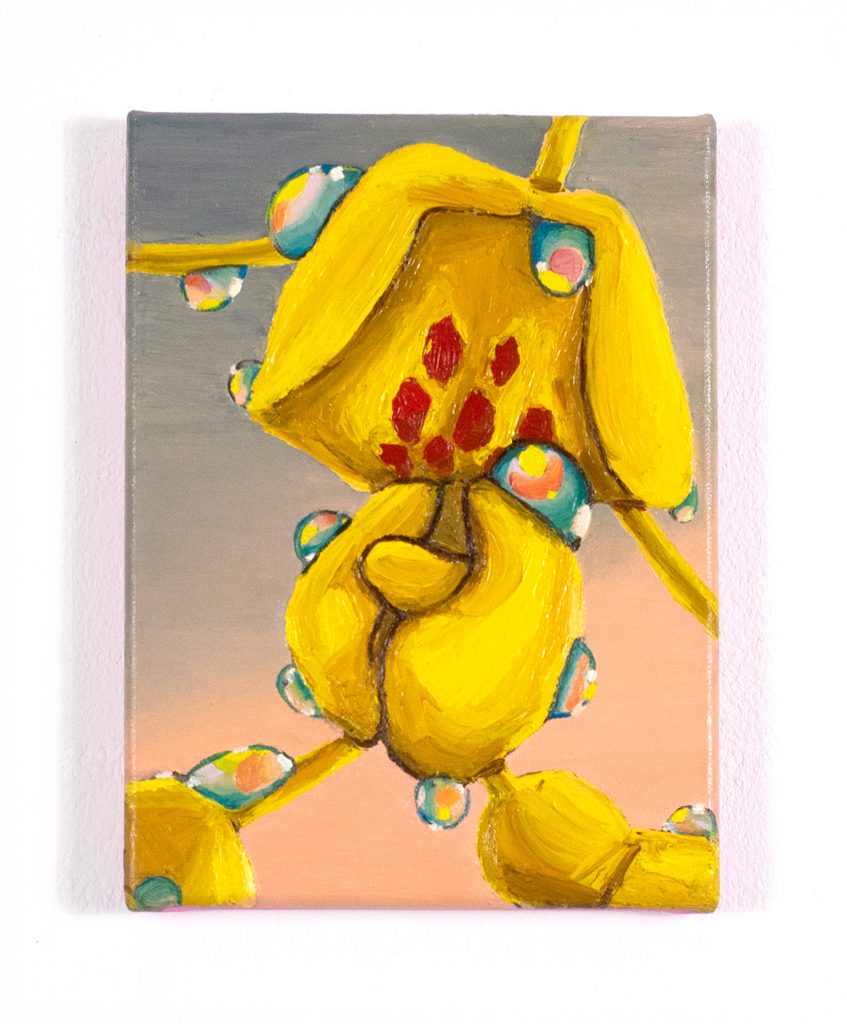
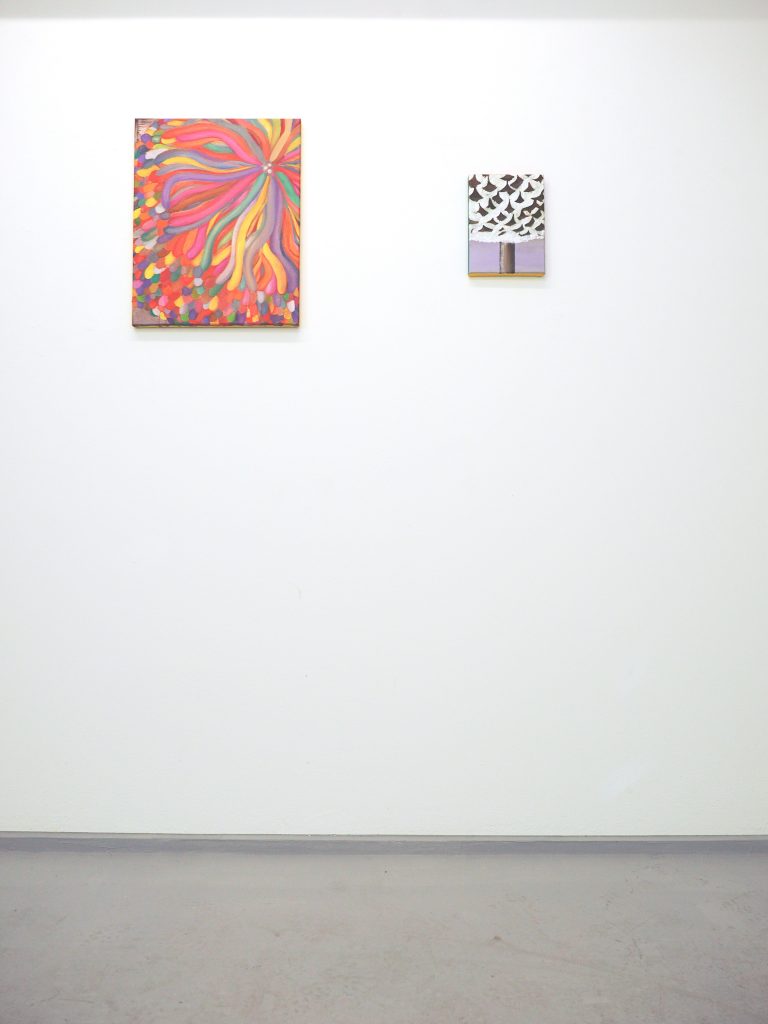
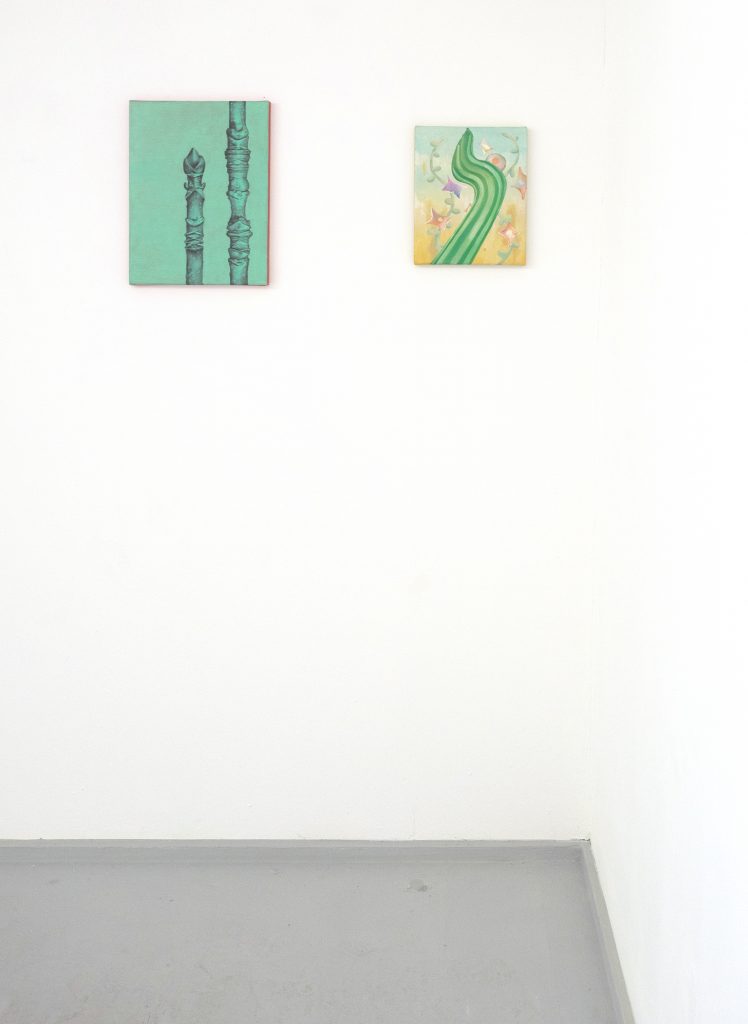

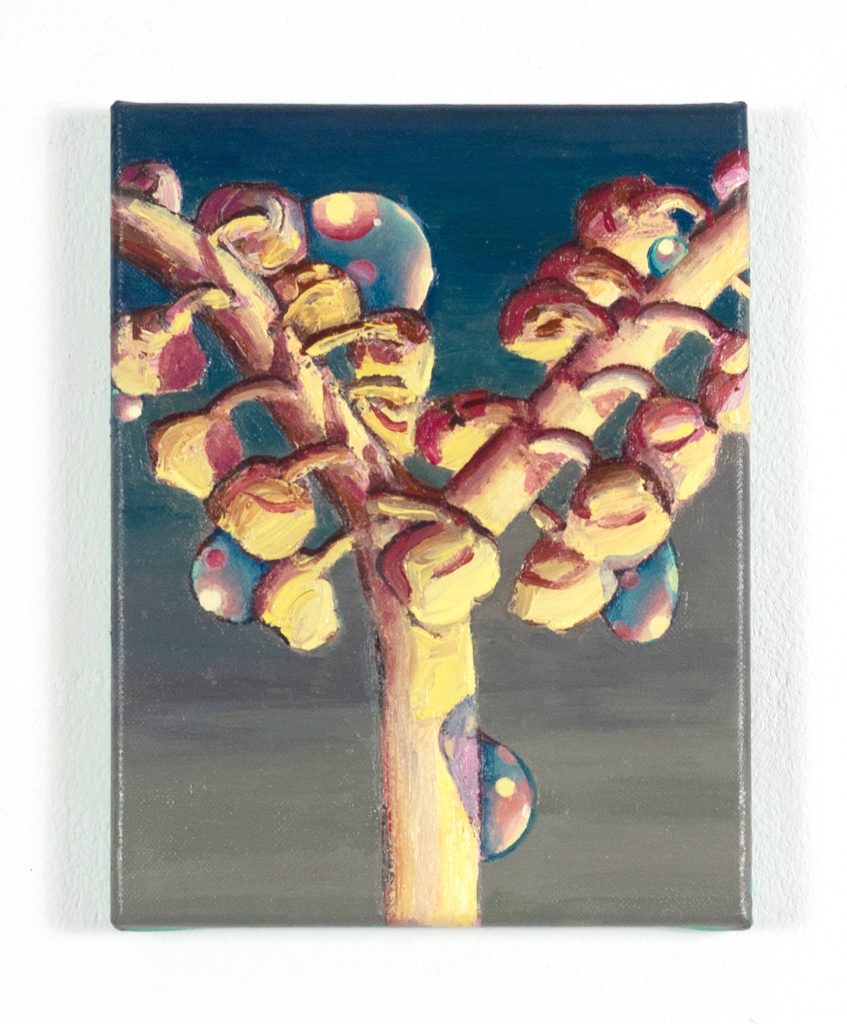

A TALL DARK STRANGER, 10.10.2019-25.10.2019
FEATURING WORKS BY: Daniel Kiss, Malte Zenses, Martin Maeller, Siggi Sekira
CURATED BY: HARIS GIANNOURAS

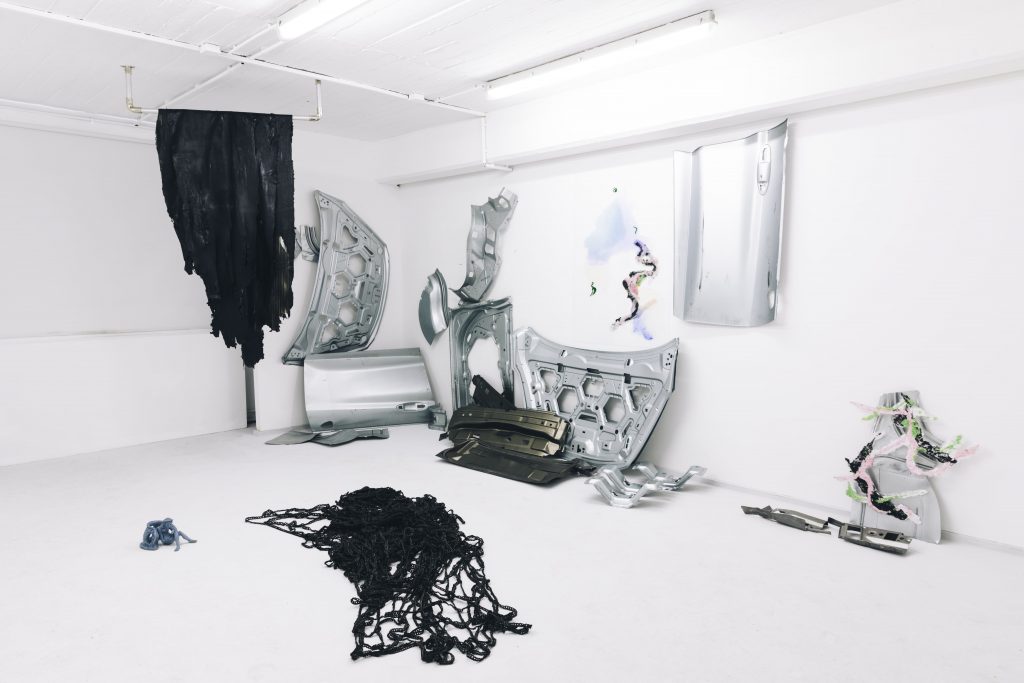
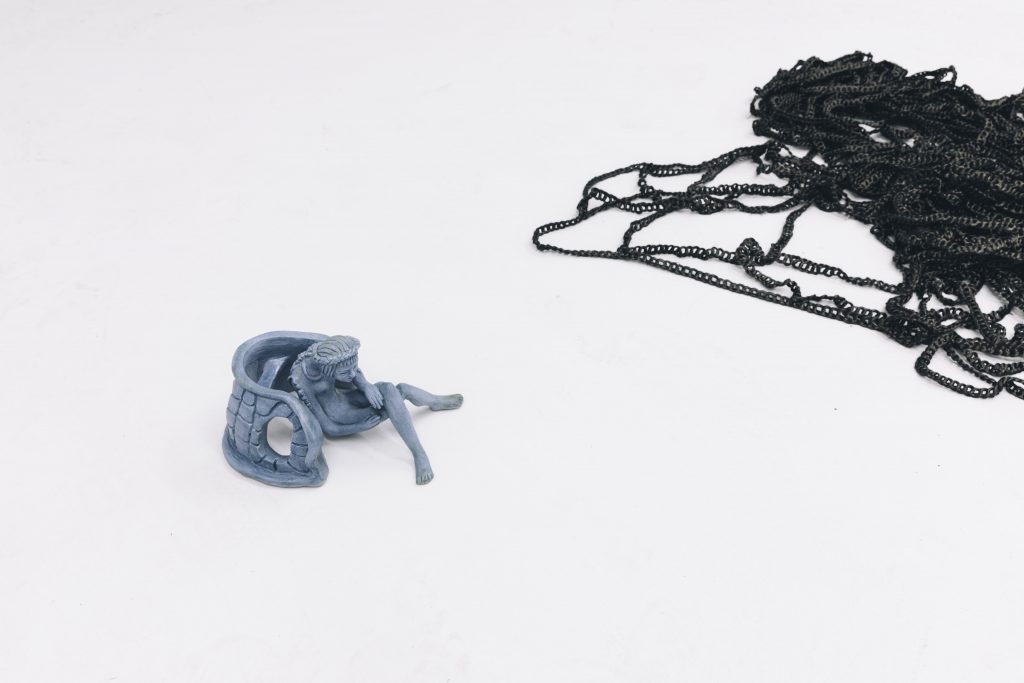
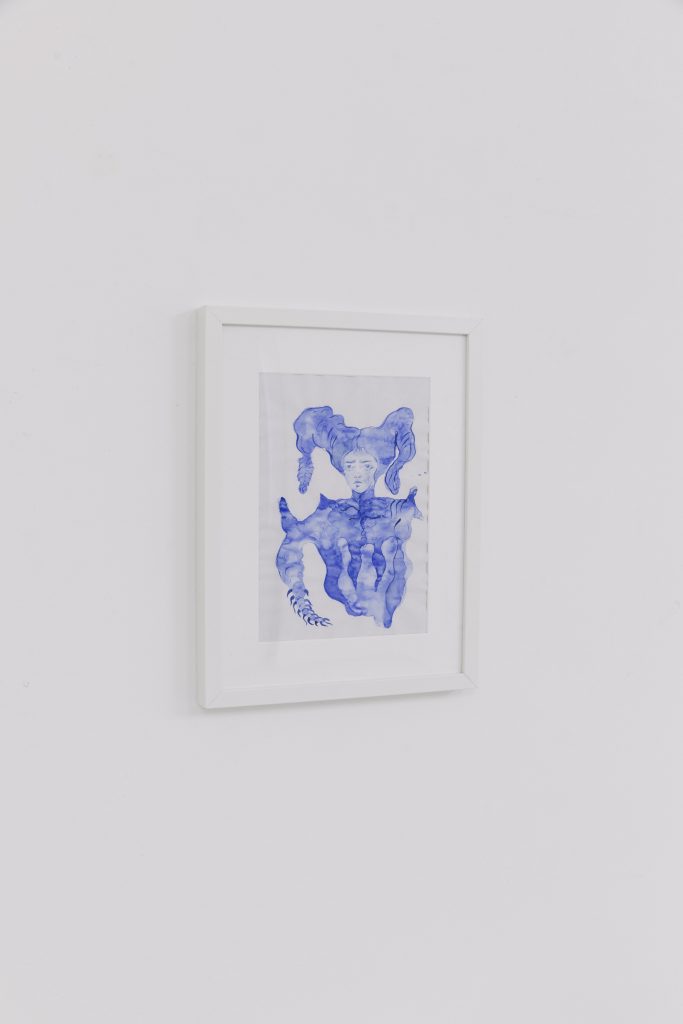
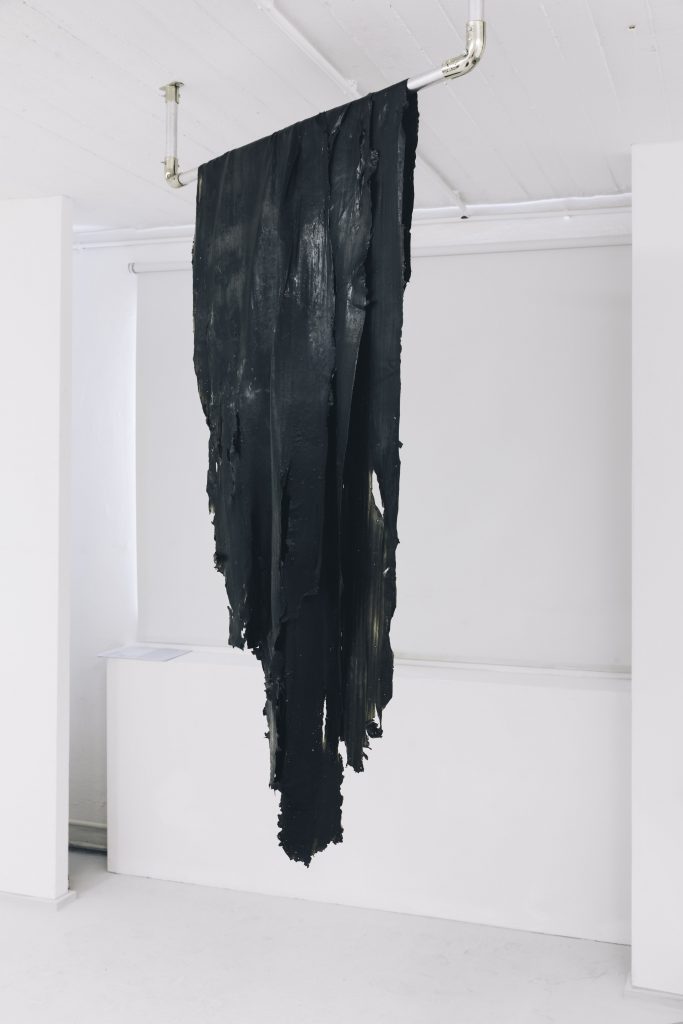
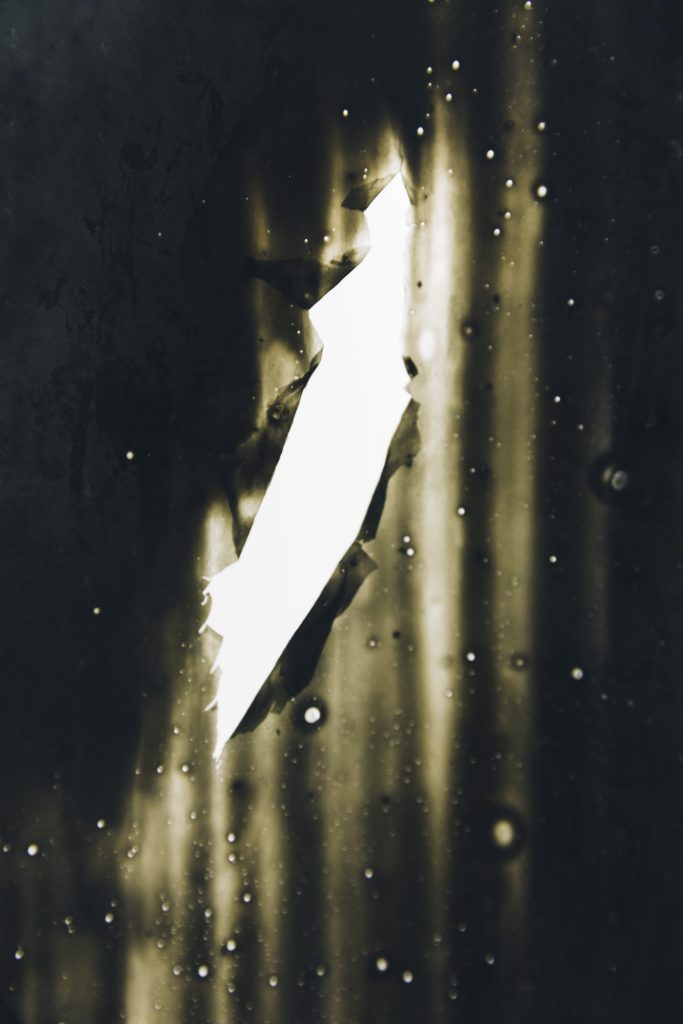
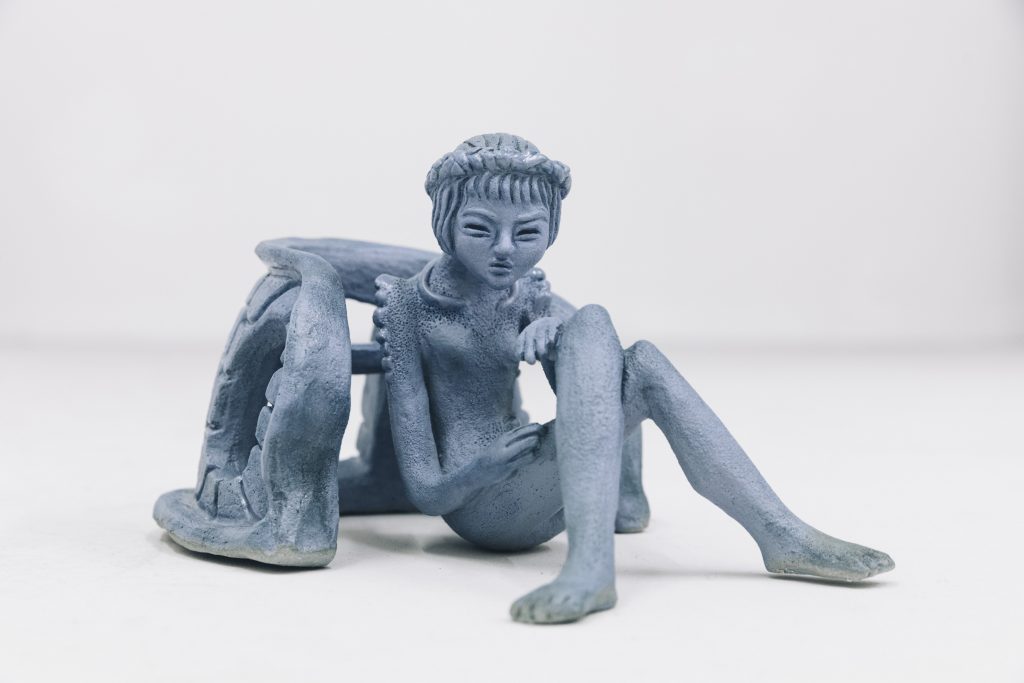
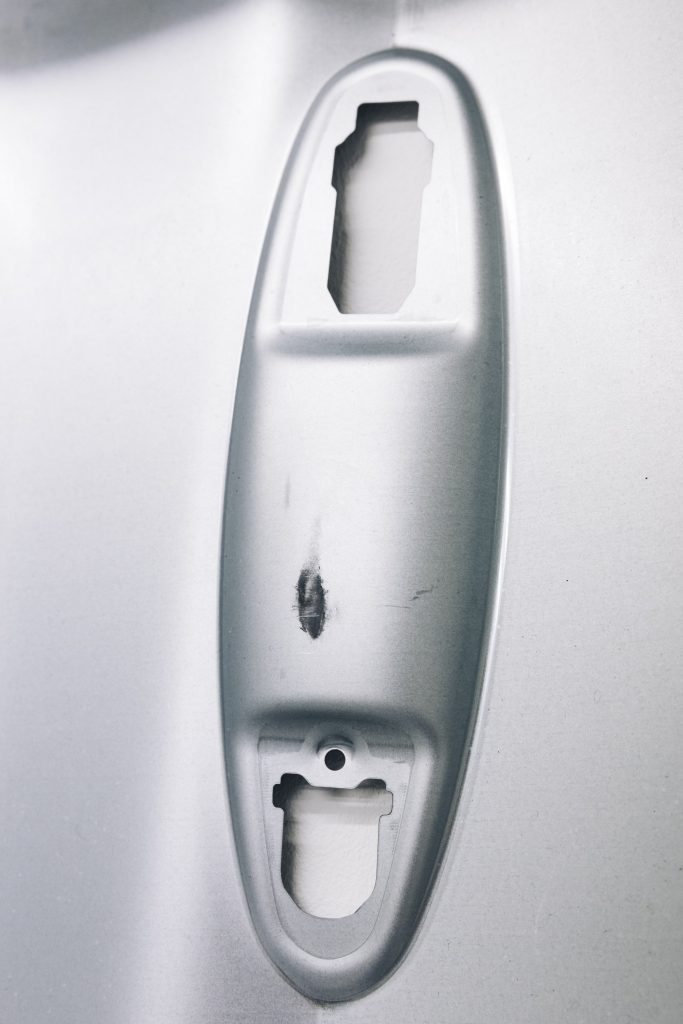
X once walked into a dive bar on the dark side of the moon rocking a long wool trimmed winter coat in a pale shade of blue over his shoulders, black sunglasses and a pair of neon green underpants. He took a seat at the right side of the bar counter, strategically located between the exit door, the ladies’ room and the AC-unit, ordered a drink – jack on the rocks with coke – and a small bag of chips and got himself ready to enjoy the show. The blue alien lady slowly made her way to the center of the stage and started reciting the aria from the cult classic The Fifth Element. She screamed and whispered, screeched and mumbled, whipping her long purple braids back and forth while the crowd burst into tears, giving her a well-deserved standing ovation; all three of them Bill, Robert and X, who in the meantime was struggling to maintain his composure. As a military man showing any form of emotions was highly frowned upon, since it was seen as a sign compromising his Christianity, a sinful path he wasn’t willing to go down again. After settling his tab, which took a while, as he had to pay by card because cash, of course, was still particularly hard to come by, he went on with his night. The lengthy payment process had something to do with that dreadful incident that occurred last summer,when the renowned and, up until that point, well-respected ATM’s ran away with the vacuum cleaners from the moon colonies, but he was not quite sure how it all played out and didn’t want to attract any more attention or cause any trouble by sticking his nose into other people’s business. He kept his mouth shut and just used his squeaky plastic money like everybody else. X got his receipt, signed his precious little name and left the bar at around 4 am. After a brief stop at the dry cleaners to pick up his spacesuit and force himself to socialize more by attempting to engage in a flirting ritual with the frog-lady working at the register, he found himself back in his hotel room. It was one of those establishments of the old days, the time of front desks, greetings and “How may I be at your service ma’am?” that had already sunk deep into shabbiness.
He laid on the bed, gazed at the pale yellow afternoon sky that was starting to peek through the blinds and made himself another drink, just to take the edge off. As he was looking for the right kind of ice cube, his mind wandered back to his cyber-opera adventures. It is a wonderful thing to be able to drift away into one’s dream lands. With his eyes glistening at the thought of hearing the blue lady singing once again, X searched for his lighter, an 80 to 90 cm piece of machinery his father gave him on his graduation day. He reached deep inside his left coat pocket to find his trusted old friend, a wrinkled piece of orange paper, some gum, a condom and the receipt he signed a couple of hours ago. As he lit a foot-long cigar, he took a random look at the wrinkled paper before tossing it in the bin and grinned at the site of a condom, since he was a virgin for as long as he could remember and therefore had no clue as to how, or why, such a piece of jewelry found its way into the abyss of his coat pocket. Lastly, he checked the bar receipt with his signature. His eyes stopped. His breathing became heavier and his heart skipped a beat. X’s ears turned bright red, his palms became sweatier than ever and his voice ran away. He’d never felt more embarrassed in his entire life. He put out his cigar, took a sip of his drink and rushed to the bathroom.
The mirror is a cunning friend with a sharp tongue and should not be trusted, X thought to himself. After blowing his brains out while staring at his reflection, pink blood dripped everywhere, covering every single surface. There is no way of knowing if the mirror was staring back at X the moment it happened, if he blinked or held his breath before the crowd’s applause at that dirty little dive bar on the dark of the moon, where a blue alien lady sings the blues, came to an end. His precious little name laid right there on the bottom right corner of the bar receipt. Misspelled. Police declared the incident a clear case of misspelling paranoia, a side effect of mispronunciation syndrome. The body was disposed of according to protocol.
“The whisper of a heart is tethered to stardust” the pink bear said. I’m still trying to catch the mirror’s eye.
/////////////////////////////////////////////////////////////////////////////////////////////////////////////////////////////
IN MEDIO NOCTIS VIAM SUAM LUX EXERIT, 16.08.2019-30.08.2019
FEATURING WORKS BY: GABRIEL STOIAN
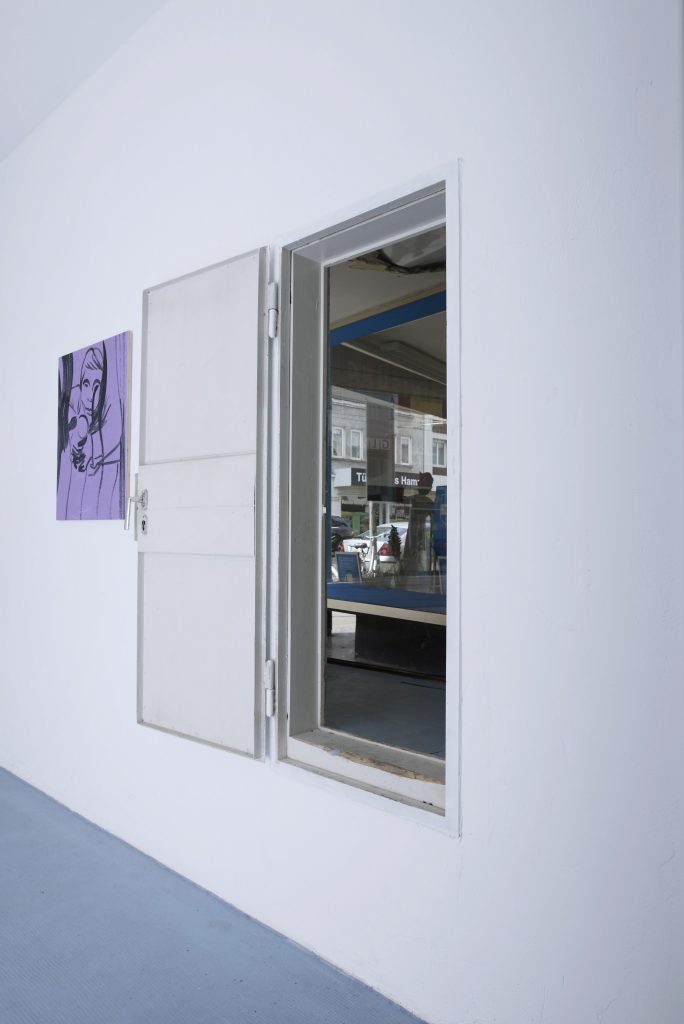
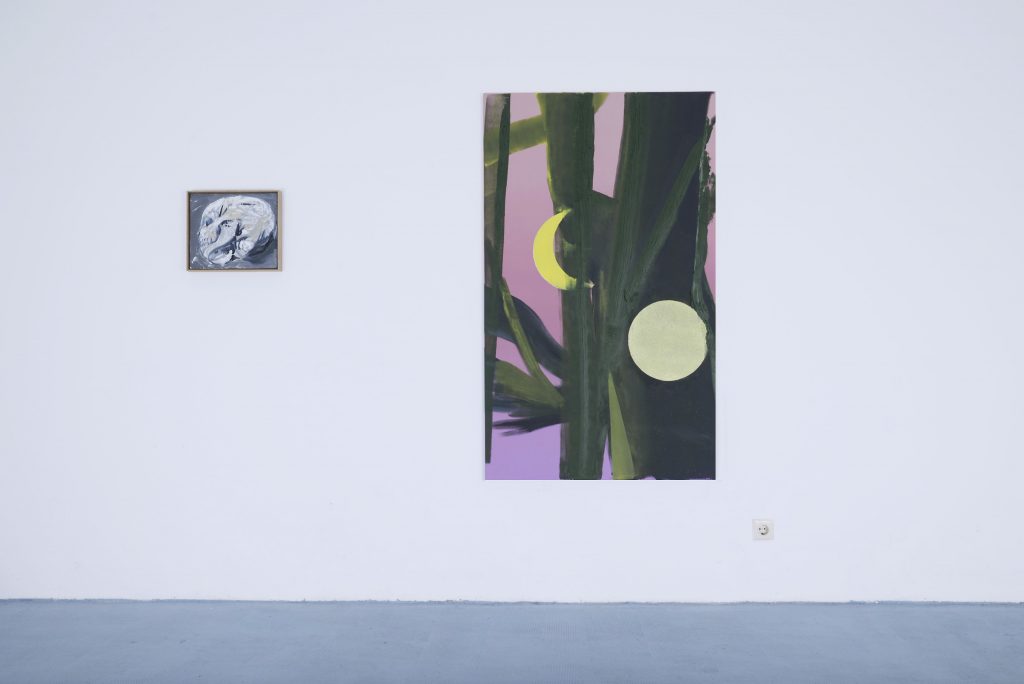
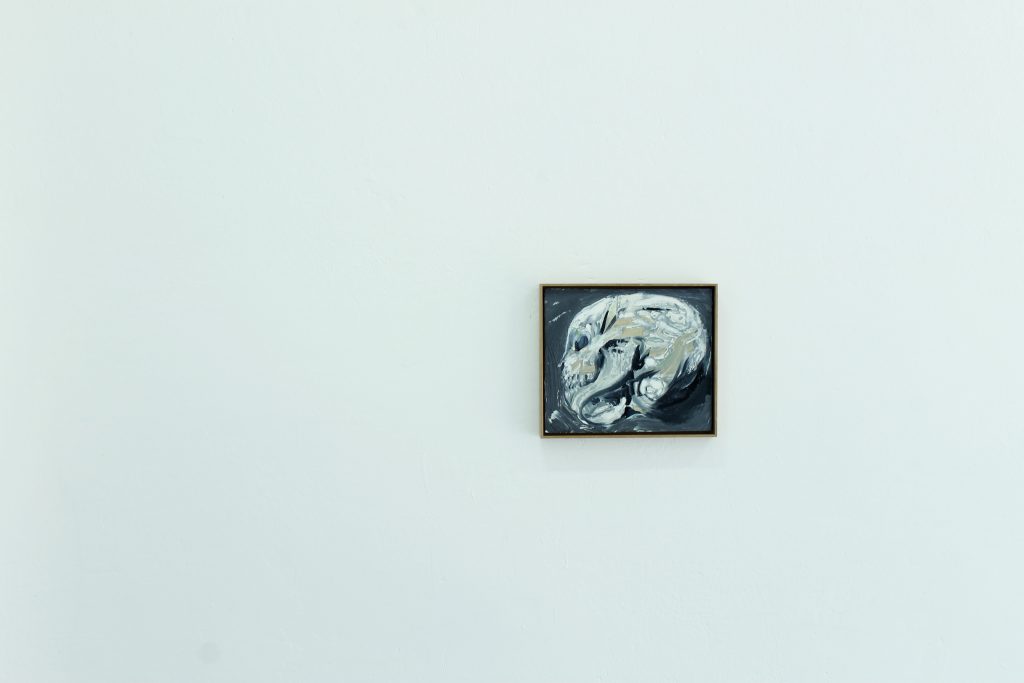

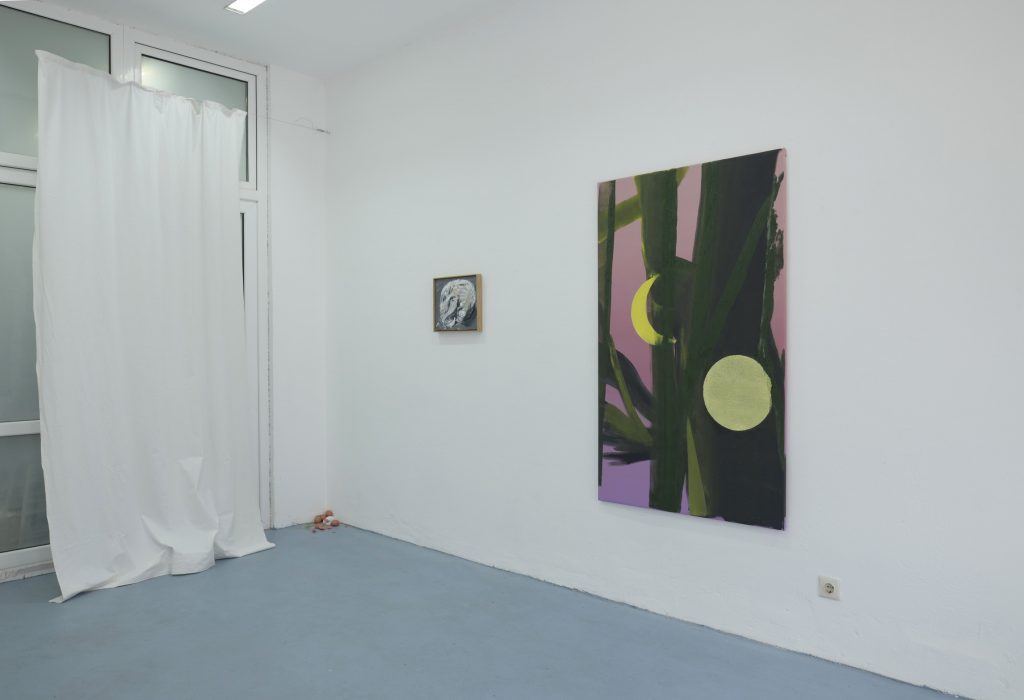
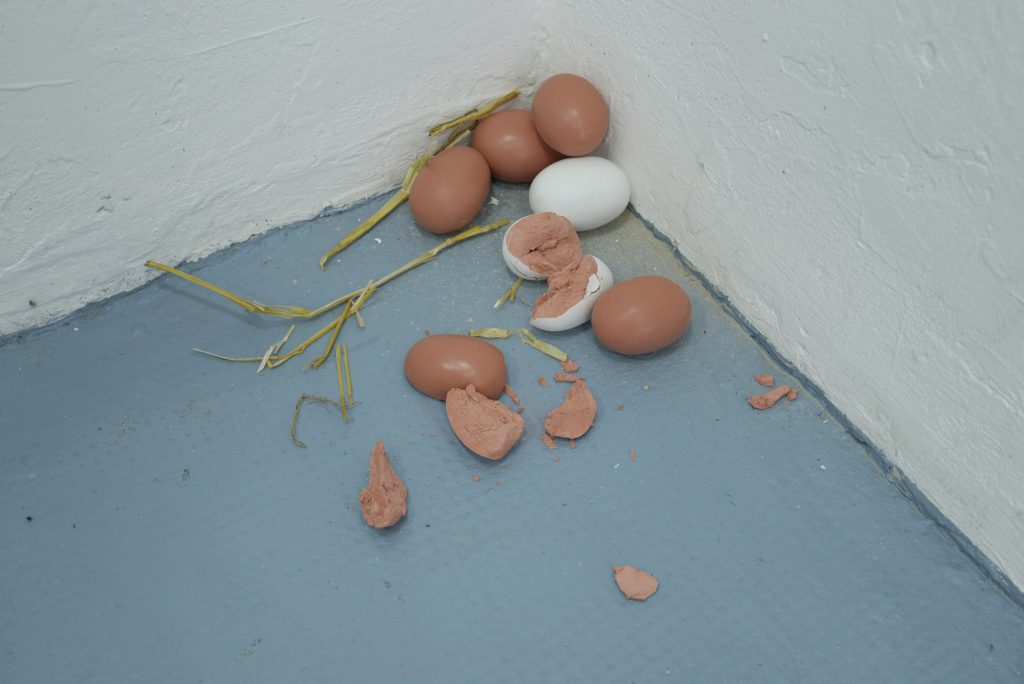
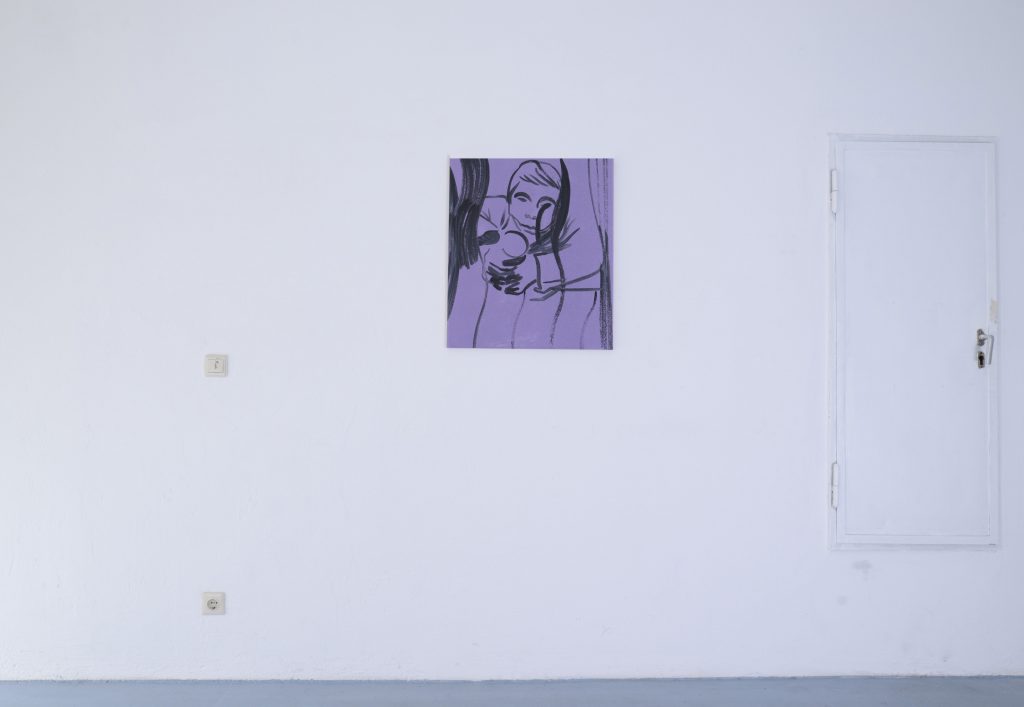

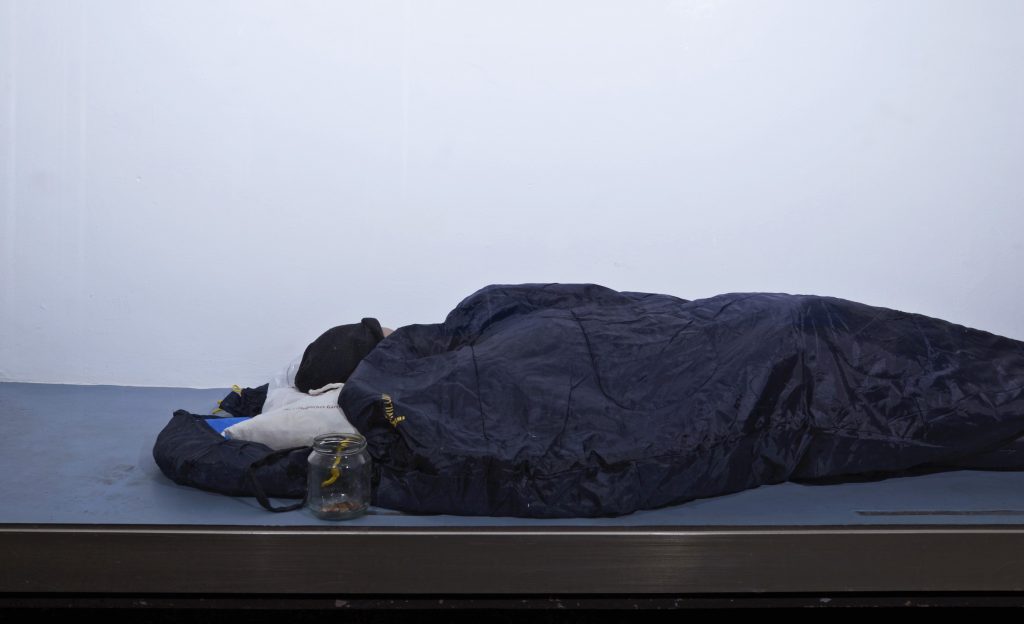
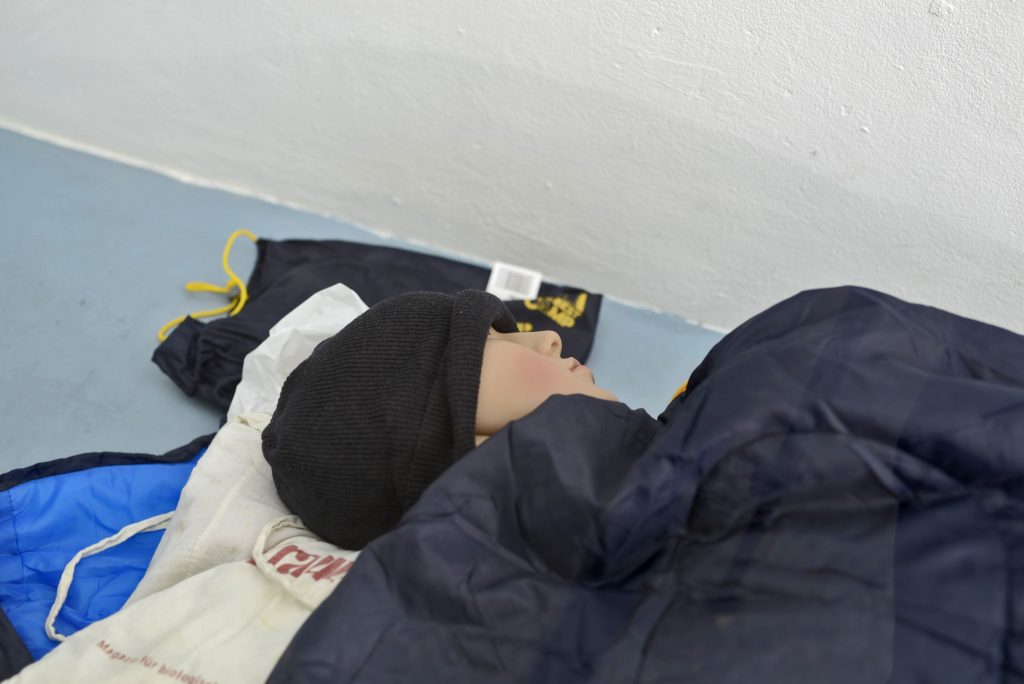
A lot of unexplained things have happened to me lately, and those experiences seem to speak to me, poetically about my life. However, I think that any attempt to address this issue in a literary way would be impossible. The only option is to confront it through figuration. The title for this project comes from Latin and it translates to: In the middle of the darkness your presence enlightens my way. I came across this saying from reading a book: The Letters of Vincent van Gogh, a Collection of 903 surviving letters written or received by Vincent van Gogh. More than 650 of these were from Vincent to his brother, Theo. It is there where Vincent mentions for the first time this saying, claiming that he first saw this paragraph written below one of Rembrandt’s prints. However, this fact was never verified, experts found no such thing. What made him say these words then? The answer to this question marks the objective of this project. How can one describe an experience that has left him speechless? As an artist, you do not confess, you allure the truth through images, by putting them together as parts of a puzzle. This exhibition consists of five pieces, two sculptures and three paintings, all of them were done recently but not belonging to the same body of work. The curatorial decision to put them in the same show was due to the tension they seem to emanate as a group of works. Just like the artist would say all the words from an incantation, so the viewer could walk in the exhibition room as in a dream. “
/////////////////////////////////////////////////////////////////////////////////////////////////////////////////////////////
INSIDE THE SUN, 08.08.2019-15.08.2019
FEATURING WORKS BY: GABRIEL STOIAN, GOECHAN ERDOGAN
CURATED BY: REBECCA HERLEMANN
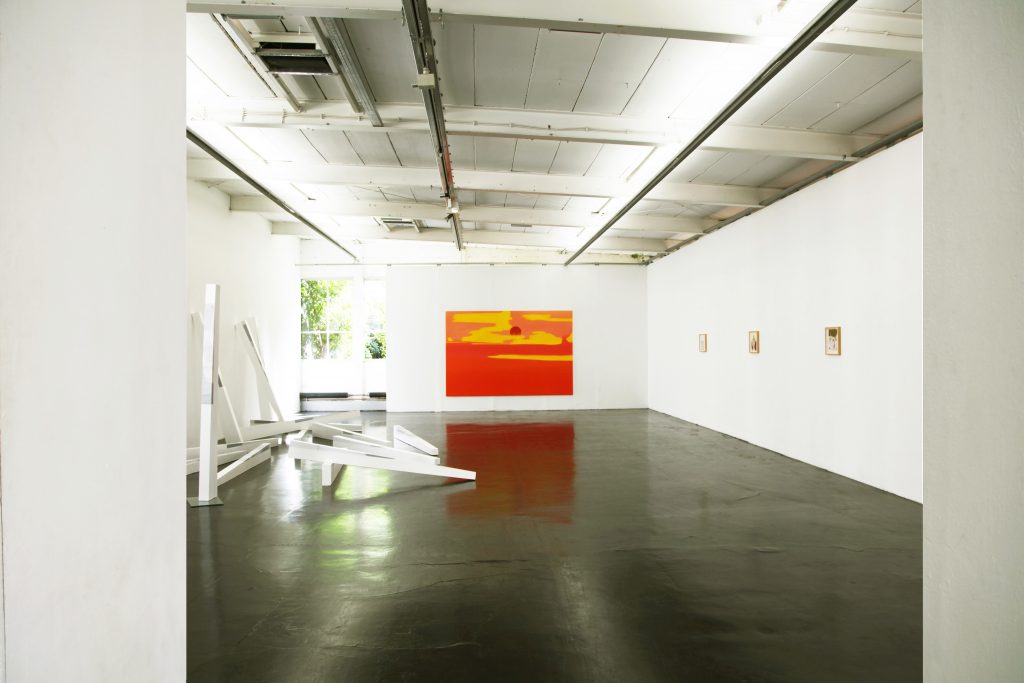
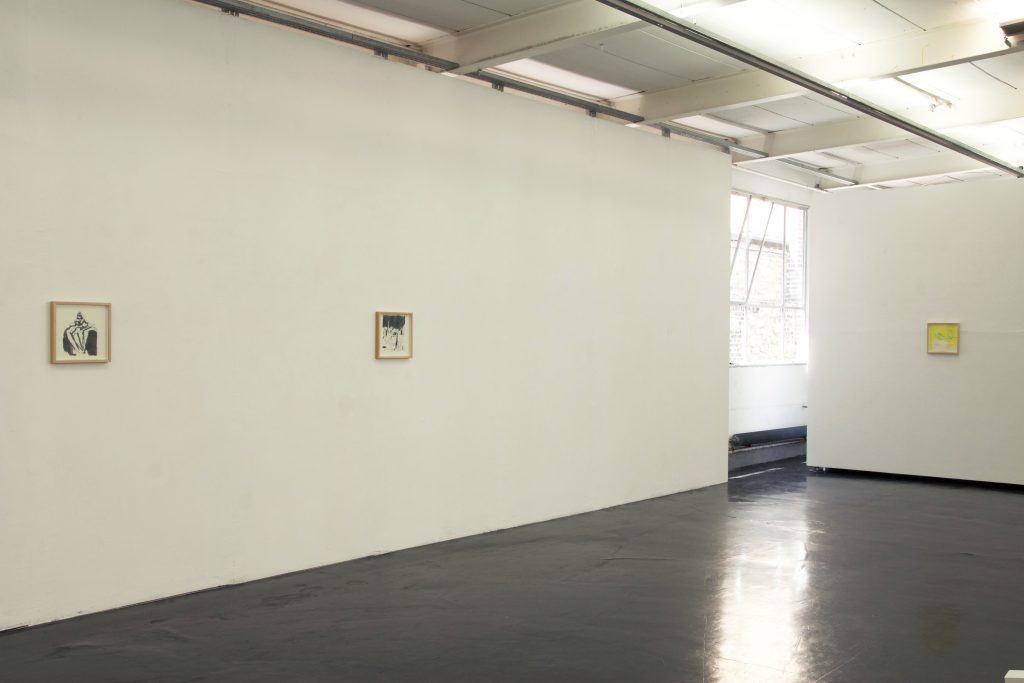
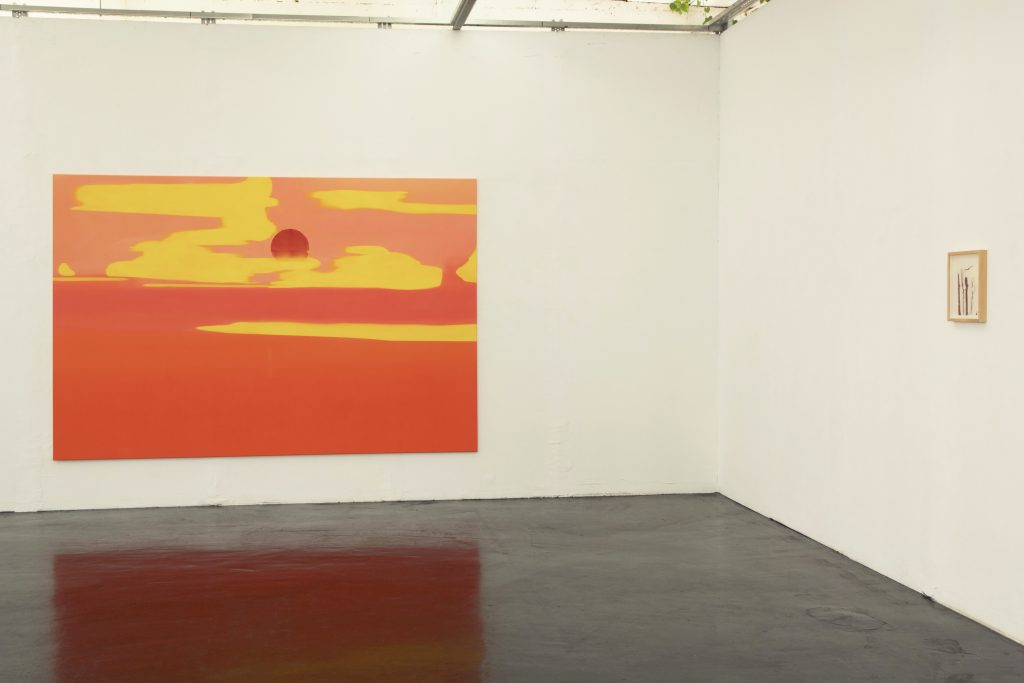
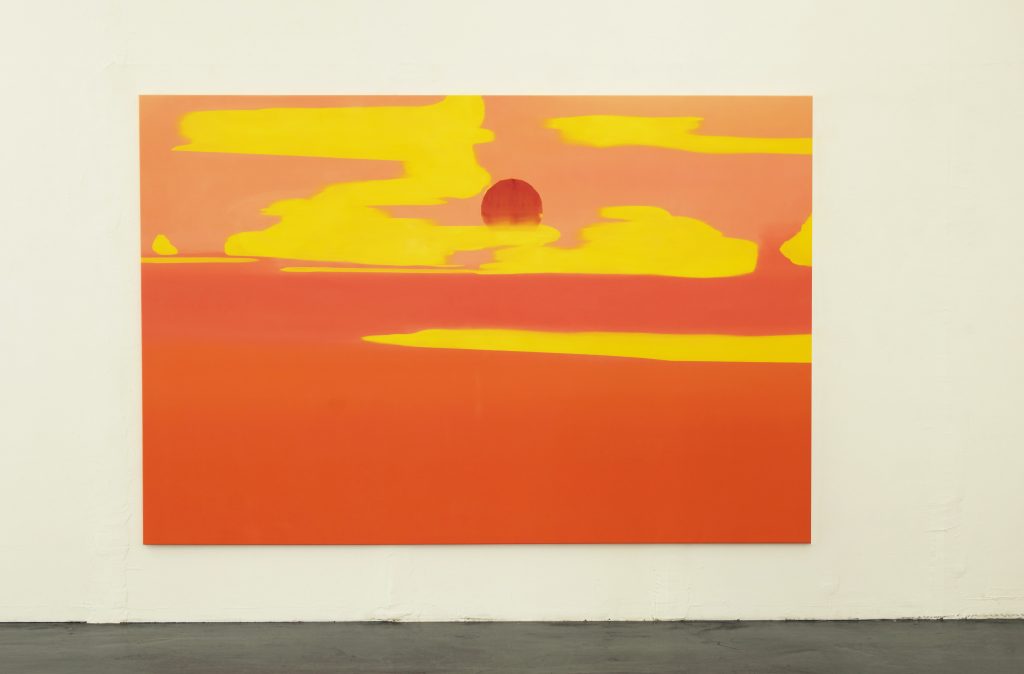
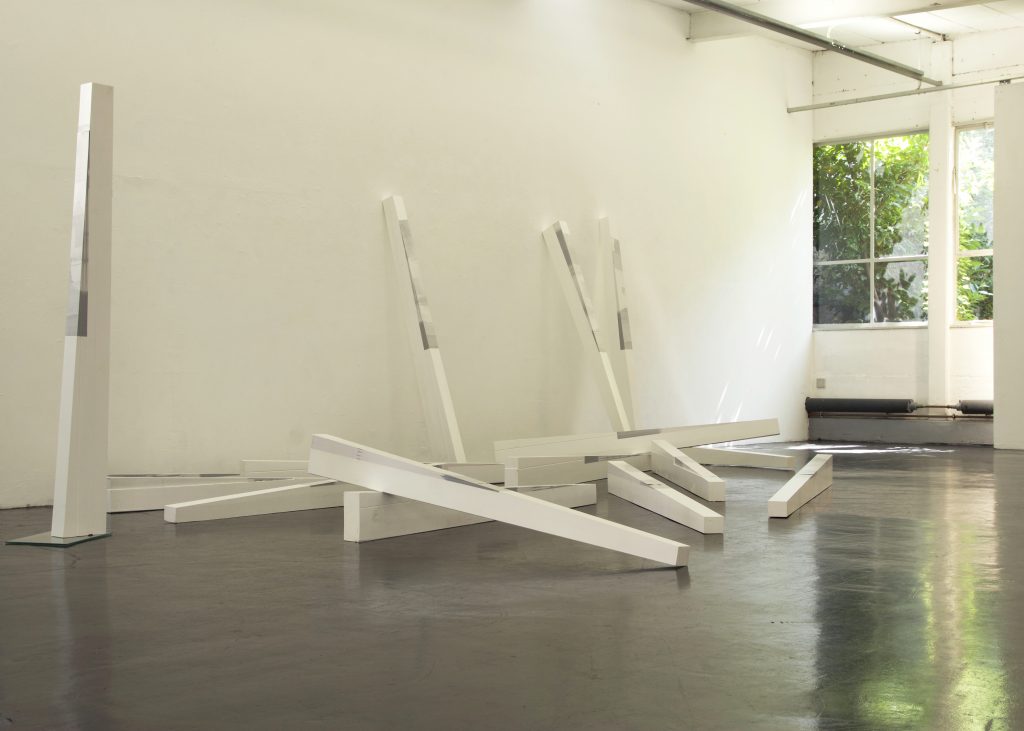
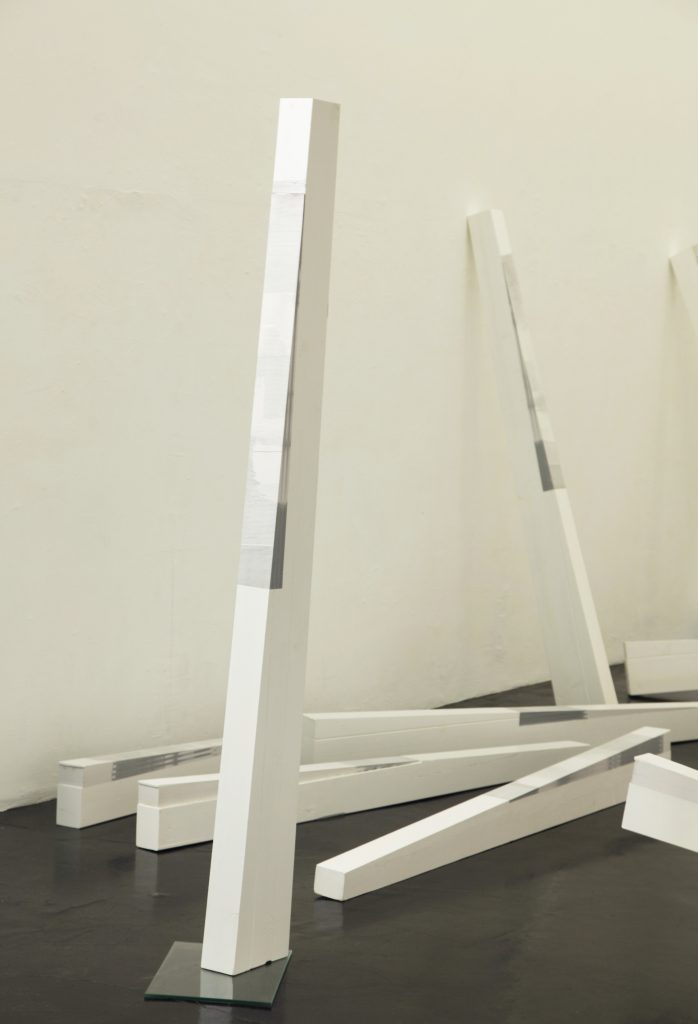
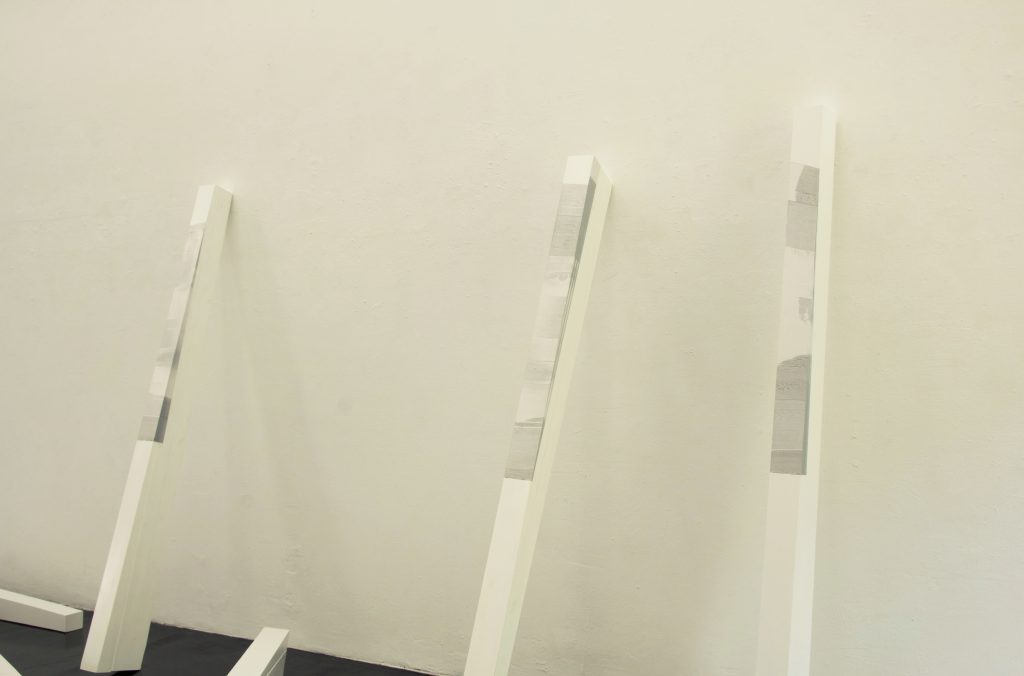

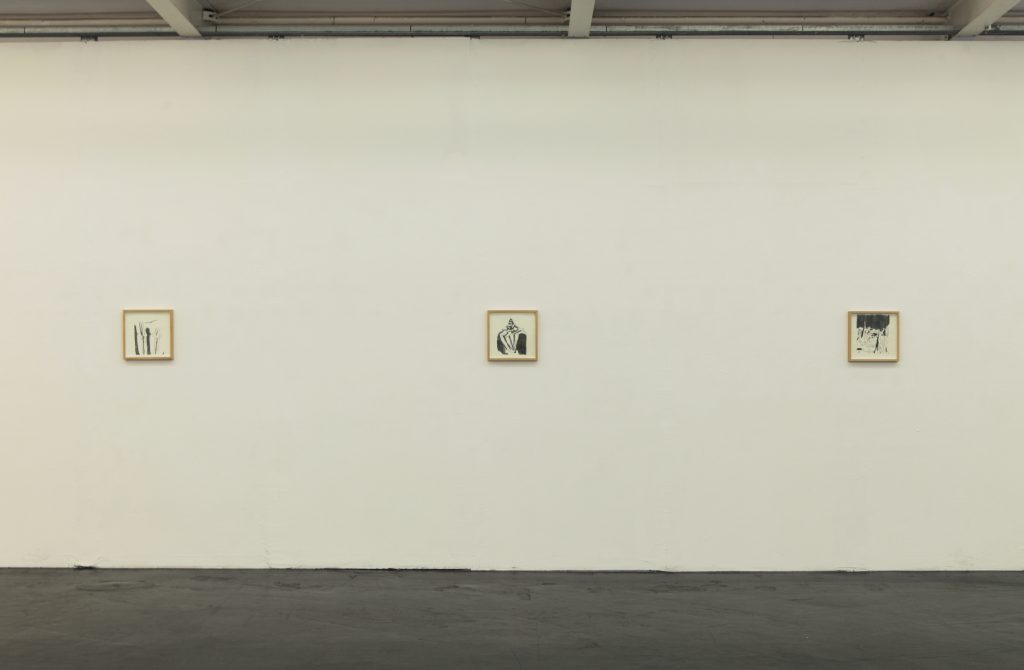
Die Sonne, das Zentrum unseres Sonnensystems, besteht aus zahlreichen sehr unterschiedlich beschaffenen Ebenen und Zonen, die den alles bestimmenden Kern umgeben. Von hier entspringt die Kraft, die diesen Stern antreibt und zusammenhält, eine unvorstellbare Hitze beherrscht die Situation. Kein Leben kann hier stattfinden, kein Mensch sich je aufhalten. So müssen wir uns auf unsere Fantasie verlassen, um uns vorzustellen, wie es im Inneren der Sonne wohl aussieht. Ein schrecklich unwirtlicher Ort muss das sein, beklemmend und Angst einflößend.
“Inside the sun“ als der Titel der Ausstellung von Gabriel Stoian und Goekhan Erdogan beschreibt hier einen Zustand der Imagination, der Selbstreflexion und auch der Sorge. Und doch wird mit Betreten des Ausstellungsraumes klar, dass diese negativen Gefühle abstrakt und innerlich sind, nach außen gekehrt wird davon wenig. So zieht uns die gleichnamige Malerei von Gabriel Stoian im Gegenteil mit ihren leuchtenden, warmen Farben in den Bann. Wir erblicken eine farbige Landschaft, wie einen Wolkenhimmel – Blicken wir nun auf die Sonne oder aus ihr heraus? –, deren Oberfläche eine wunderbare Stofflichkeit hat.
„From what I can remember“ bringt uns dann der Person des Künstlers näher. Vier Zeichnungen des gleichen Formates bilden Szenen verschiedener Erinnerungen ab. Eine der Zeichnungen sticht heraus. Sie ist mit hellen Farben geschaffen, eine perfekte Darstellung zweier Papageien auf einem Zweig. Die anderen Zeichnungen sind wilder, fast wie von einem Amateur gemacht. Sie zeigen Landschaften, Stillleben oder kleine Erzählungen. Alles zusammen jedoch fügt sich beinahe zu einem Porträt des Künstlers. Hier kriegen wir Schlaglichter in sein Leben zu sehen, es bildet sich ein Panorama seiner Assoziationen. Er gewährt uns einen Einblick in seine Gefühlslage und diese scheint eine bedrohliche zu sein. Inside the sun ist es unmöglich zu leben.
Auch die Arbeit von Goekhan Erdogan ist bei genauerem Hinsehen eine höchst persönliche. Der Künstler arbeitet mit seinem eigenen Abbild, das er in langwierigen Prozessen verformt, verändert und schließlich zerschneidet. Wie ein aggressiver Akt mutet das an und wie verloren wirken die einzelnen Teile, wenn sie wild verstreut auf dem Boden liegen. Das Passfoto, das die Grundlage für seine Arbeit bildet, ist kaum mehr als solches erkennbar. So wird aus einem Identifikationsmerkmal eine neue Form; der offizielle Rahmen, der das Bild hervorgebracht hat, zerfließt in Abstraktion. Ist auch das ein Kommentar darauf, wie der Künstler sich in der Gesellschaft verortet sieht?
Schicht um Schicht seines eigenen Bildes trägt er auf und entfernt sich damit immer weiter von der vorgefassten, als wahr und aussagekräftig empfundenen Ausgangslage. Dass er hier nicht allein drinhängt, beweist die Miniaturabbildung seines Kollegen Gabriel Stoian, die dem Selbstbildnis zur Seite gestellt ist. Wie ein kleines Echo erscheint sie gegenüber den monumentalen Ausmaßen des Selbstporträts von Erdogan. Es scheint die beiden Künstler befinden sich in der gleichen Situation. Ihre Arbeiten ergeben fragmentierte Einblicke zu ihren Personen, reflektieren die Bedingungen, die sie umgeben. Die Frage, die sich schließlich jeder in dieser Ausstellung stellen muss, lautet: Wie fühlt es sich an im Innern der Sonne?
/////////////////////////////////////////////////////////////////////////////////////////////////////////////////////////////
THE PRESENCE OF THE DIM PLANET, 02.08.2019-16.08.2019
FEATURING WORKS BY: ANTONIA FREISBURGER, PIA KRAJEWSKI, ANTONIA RODRIAN.
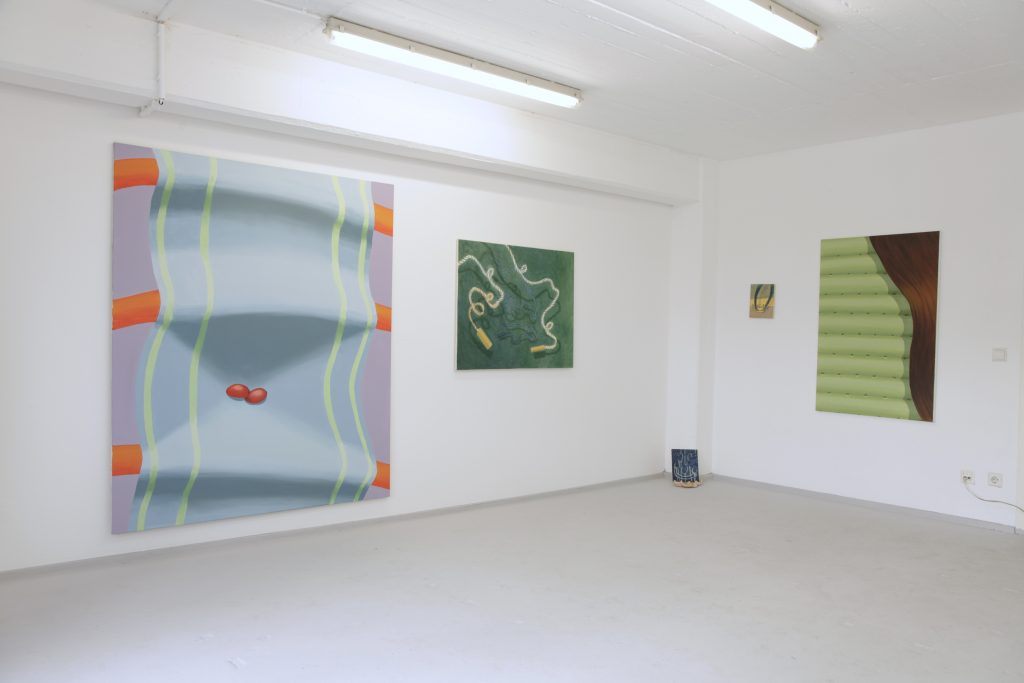
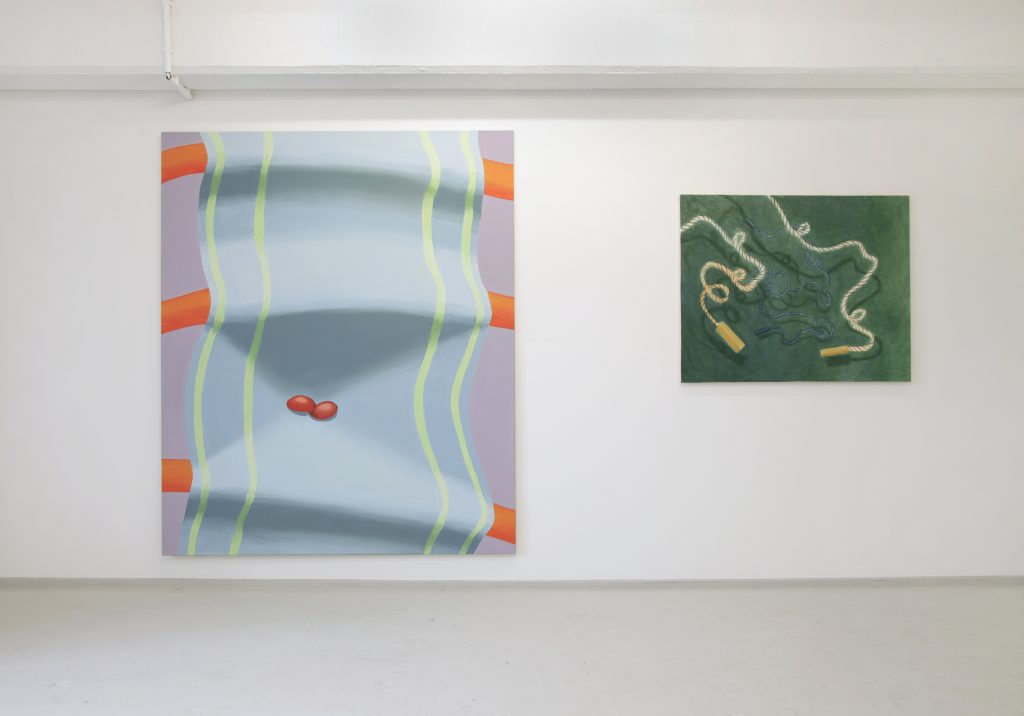

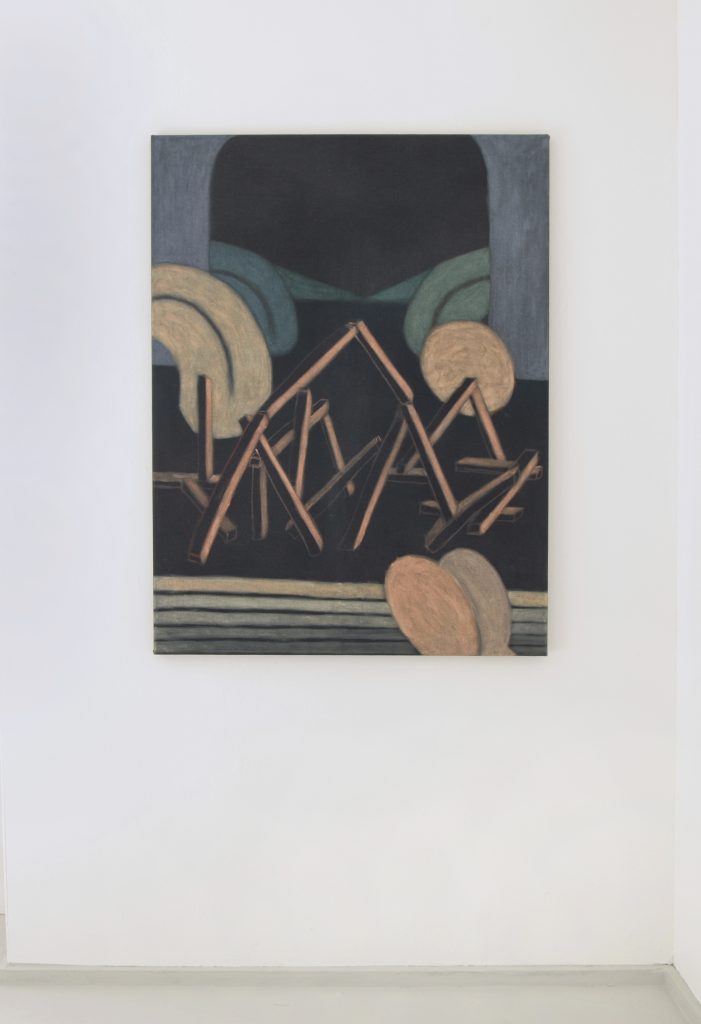
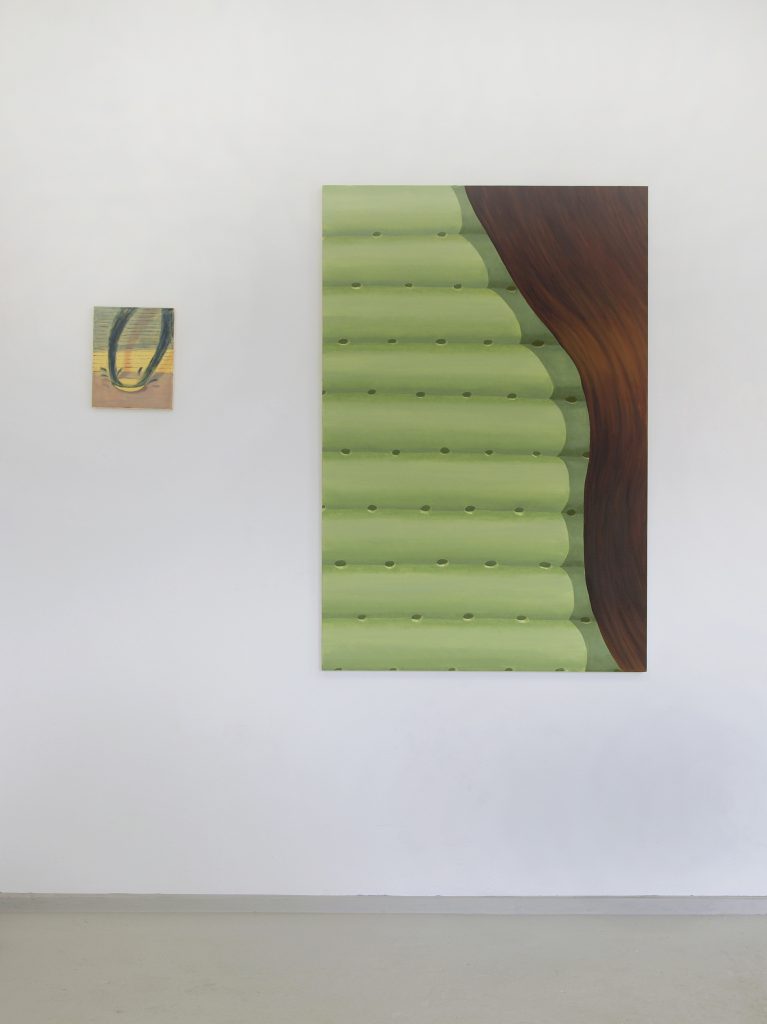
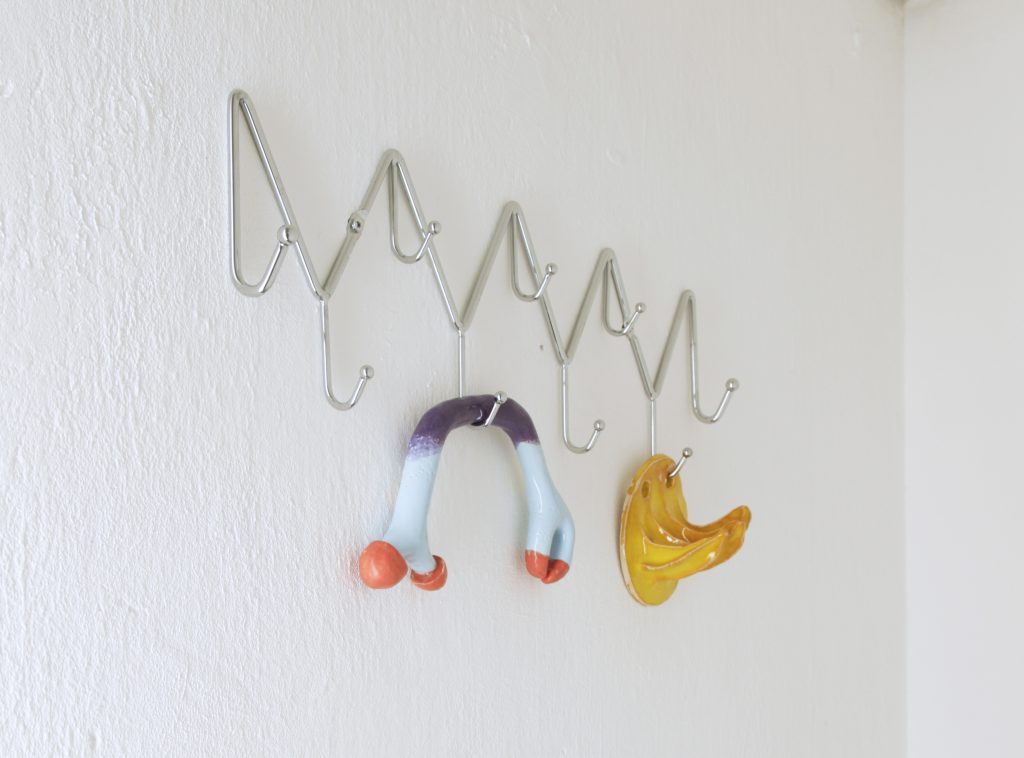
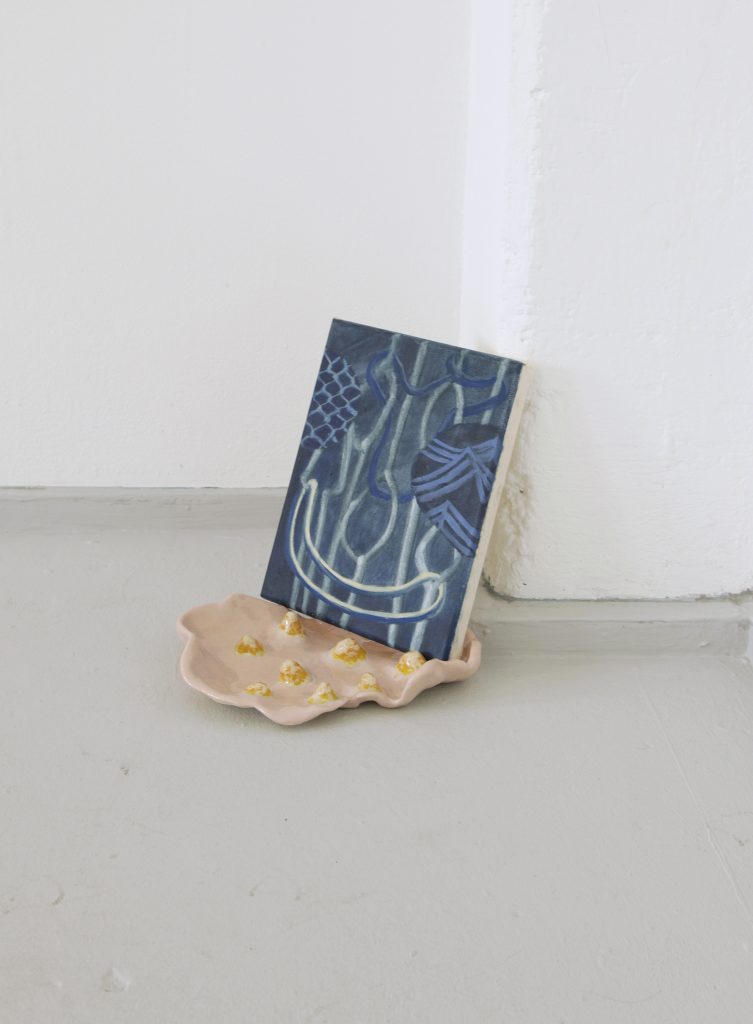
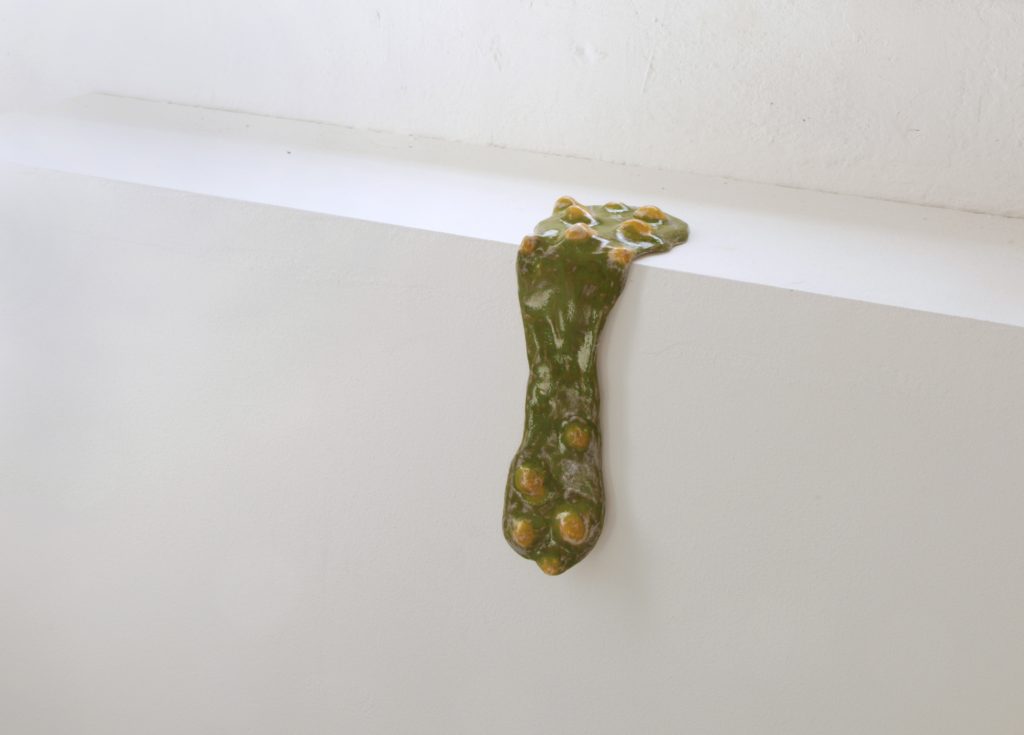
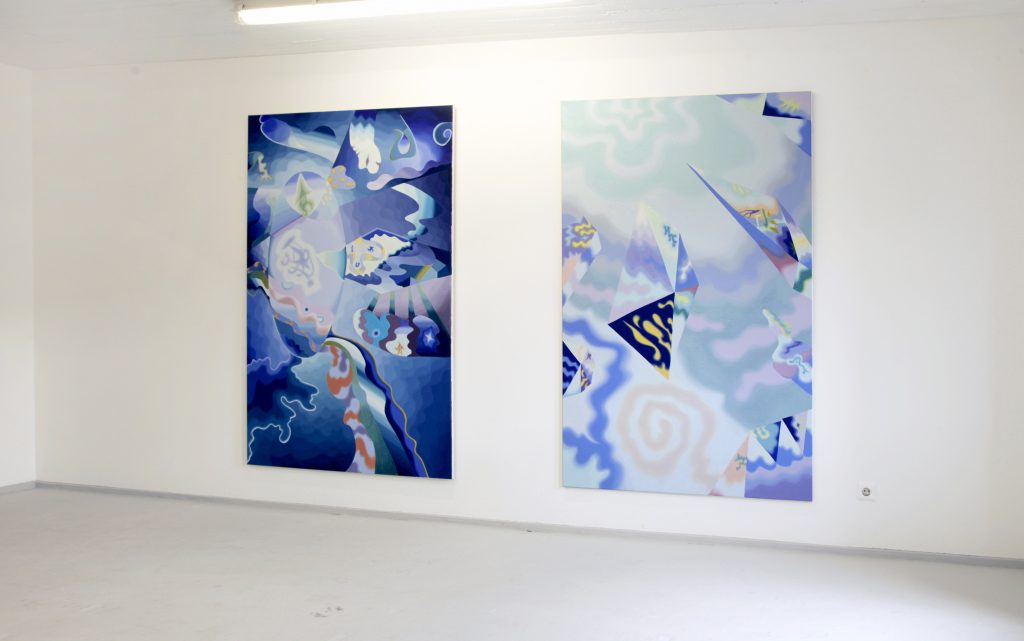
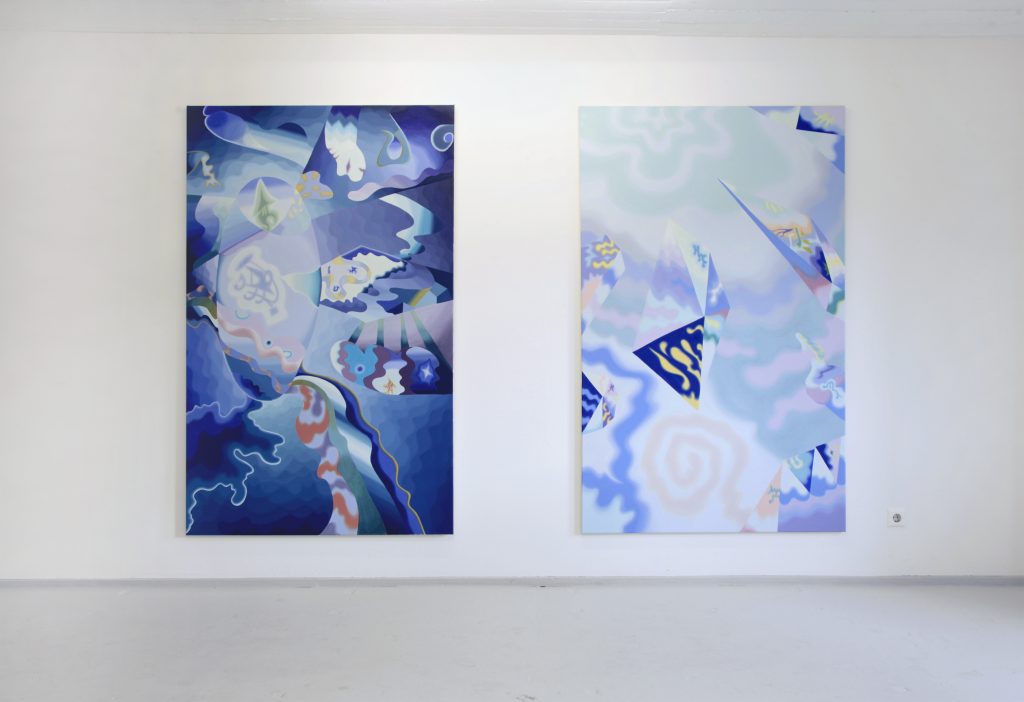
Paintings of wobbling objects and floating structures. Ambiguous spaces and alluring surfaces.Close up and far away. Zoom in and zoom out to find your absence right in the center. Dim planets
and day planners. Organic matter with infrared sensors. Body parts that find themselves by looking for something else. Alluding shadows in unknown places. Balance provided by the community and movements of orbiting stars.”
/////////////////////////////////////////////////////////////////////////////////////////////////////////////////////////////
GHOST SENSATIONS, 04.07.2019-18.07.2019
FEATURING WORKS BY: Suska Bastian, Mia Bencun and Wagehe Raufi,
Luisa Hansal, Alicia King, Ursula Kuiper, Kimberley Pace, Deborah Prior
CURATED BY: URSULA COOPER

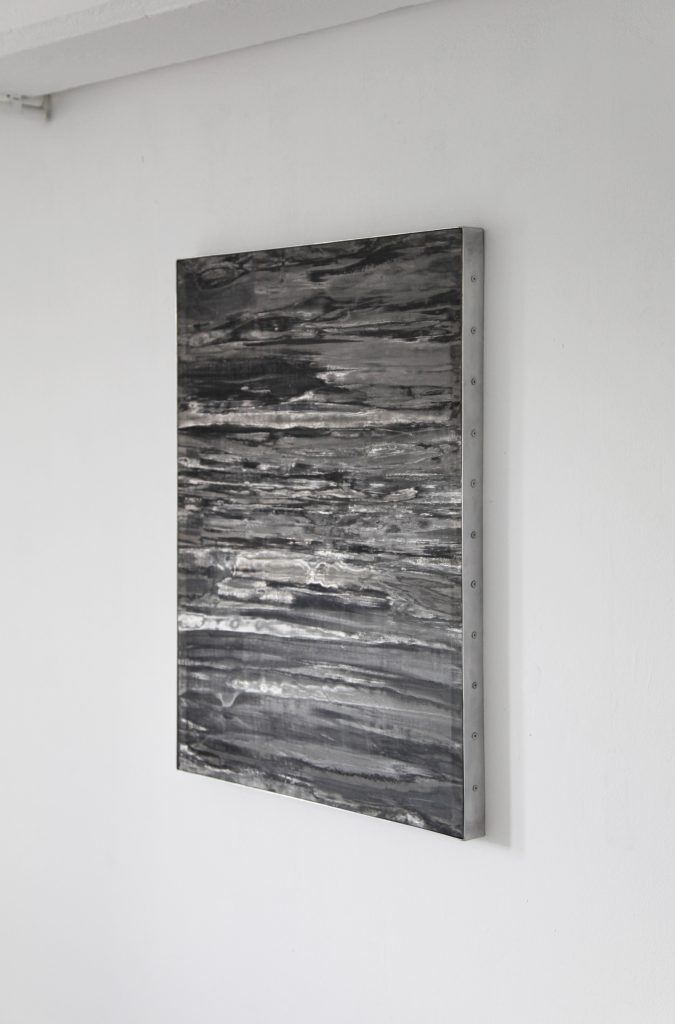
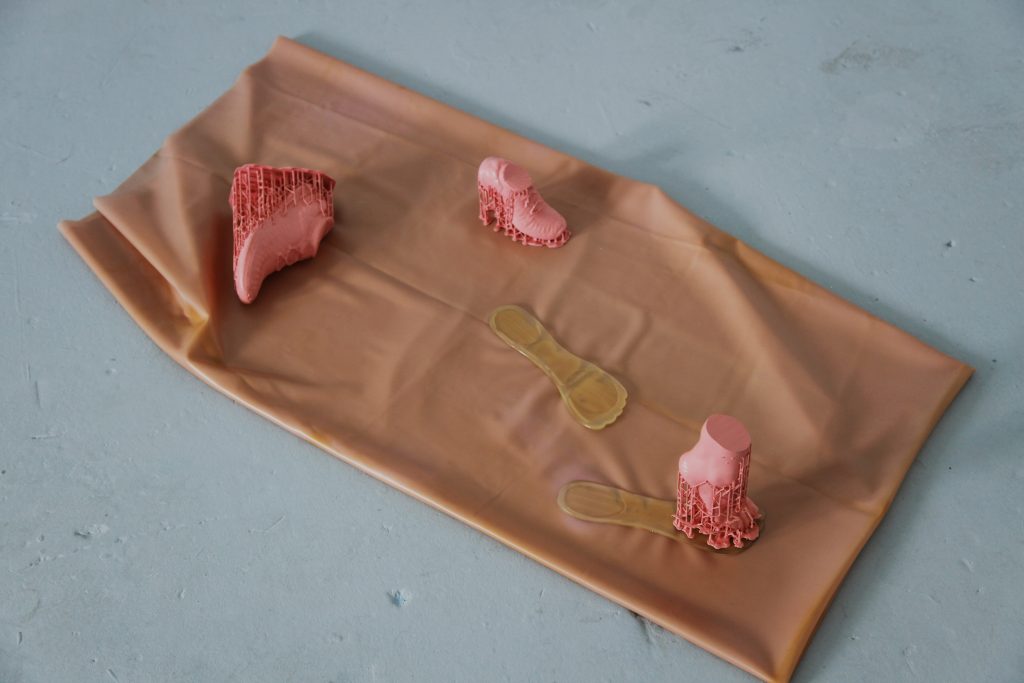
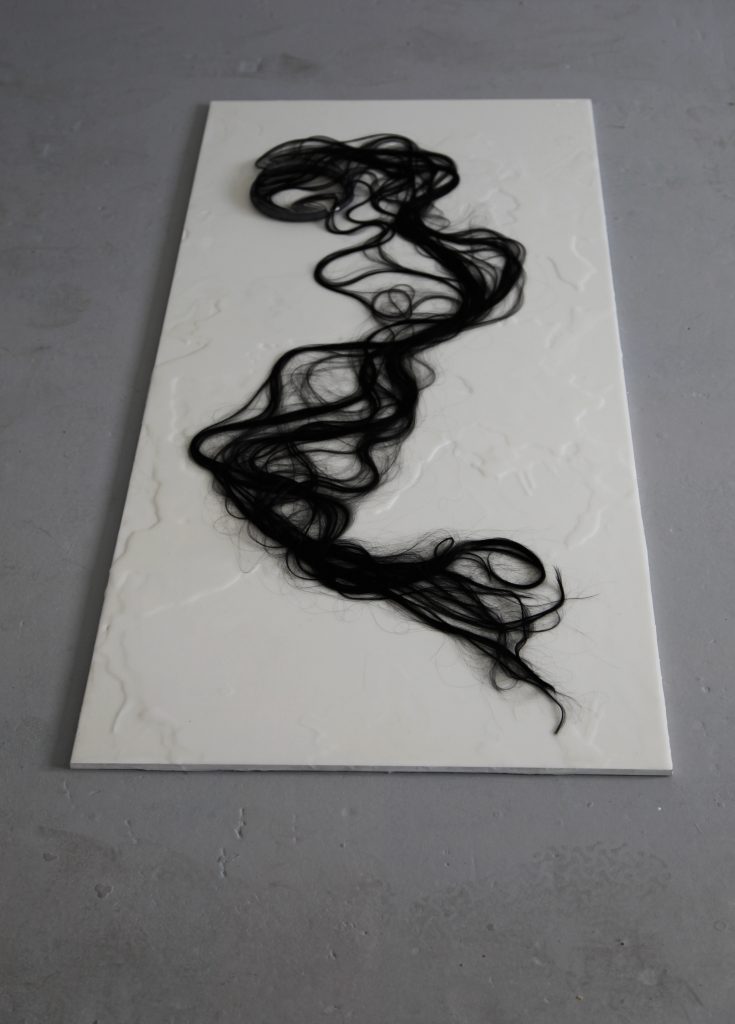
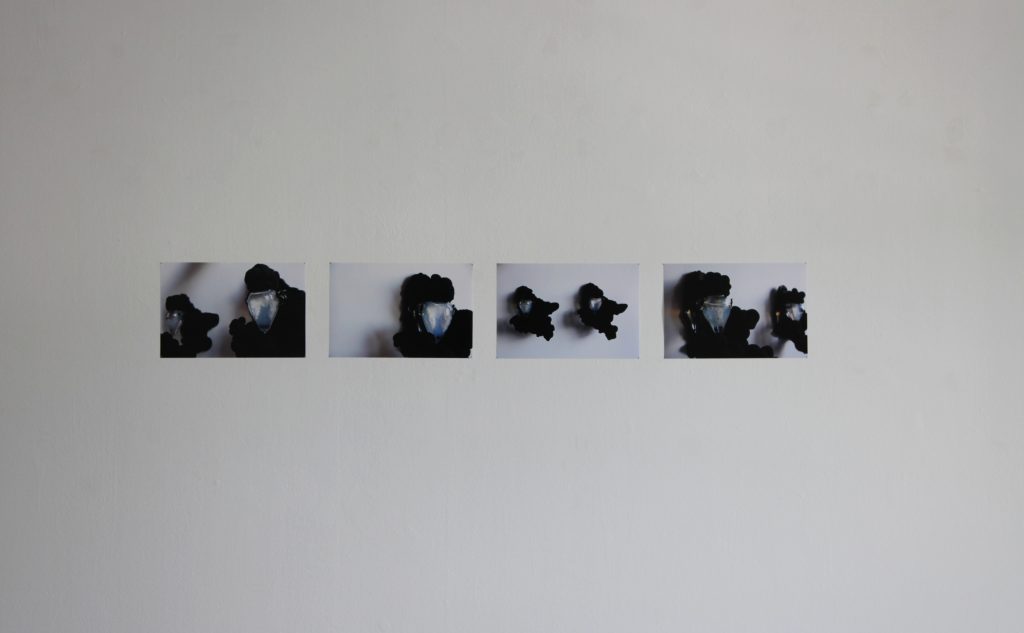
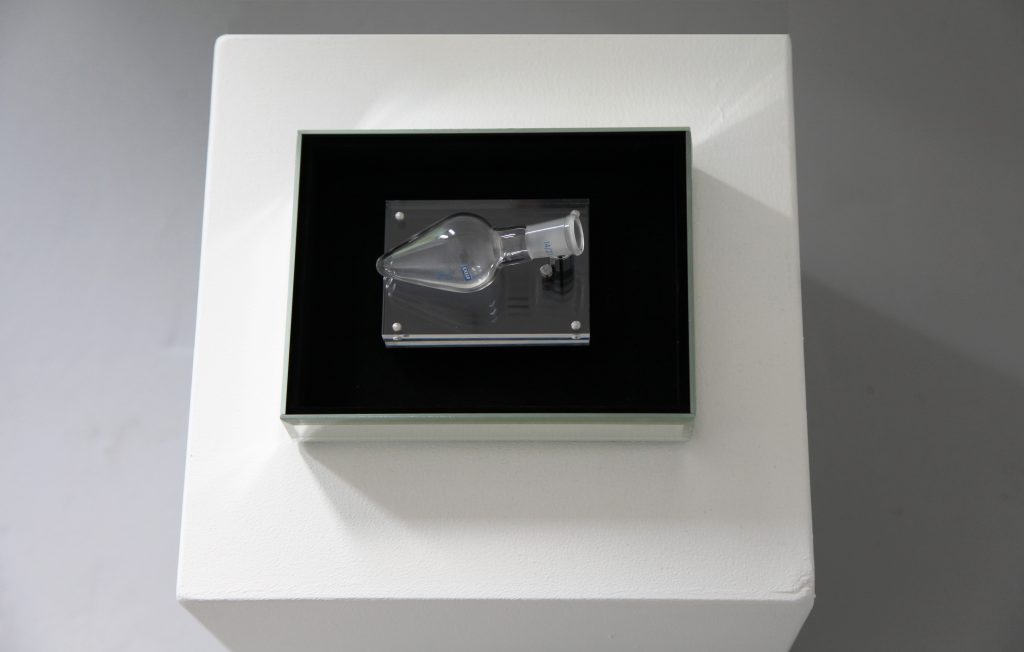

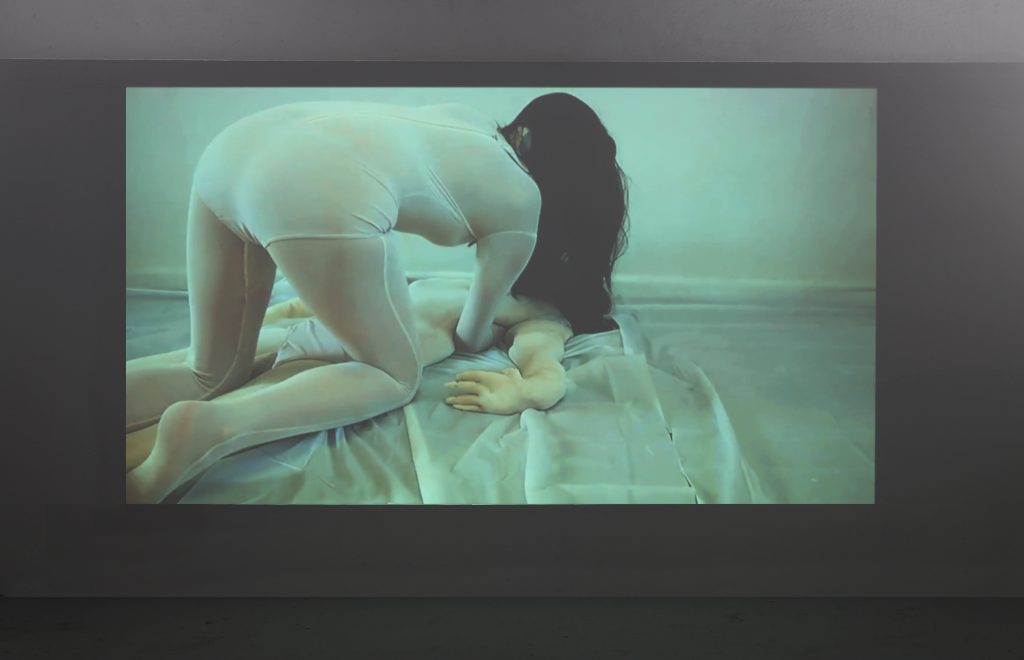
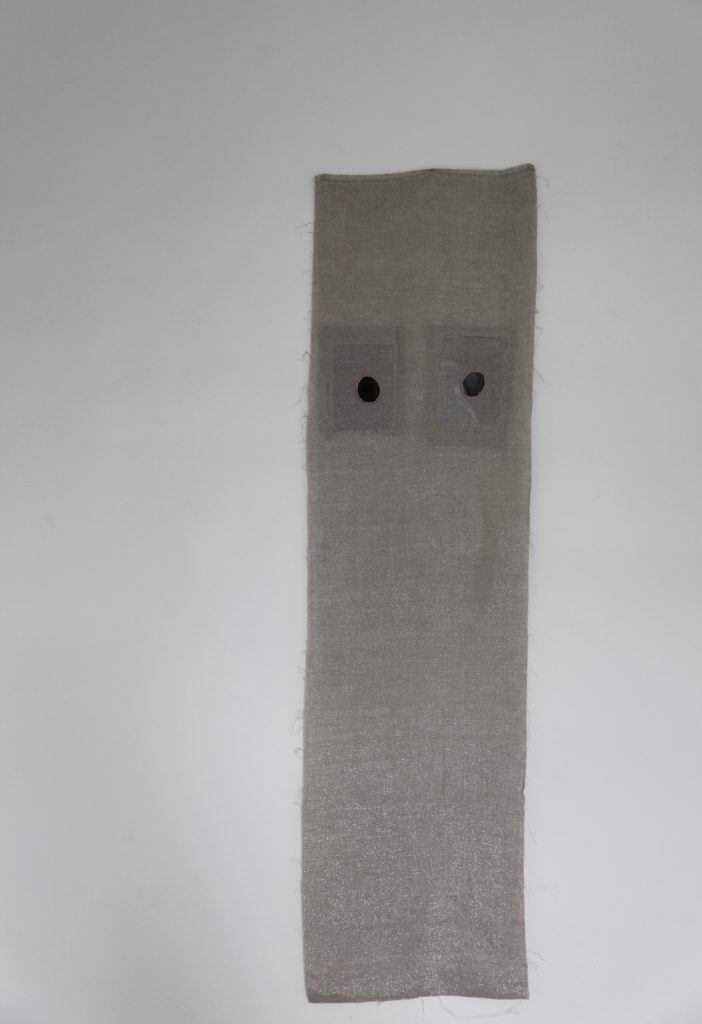
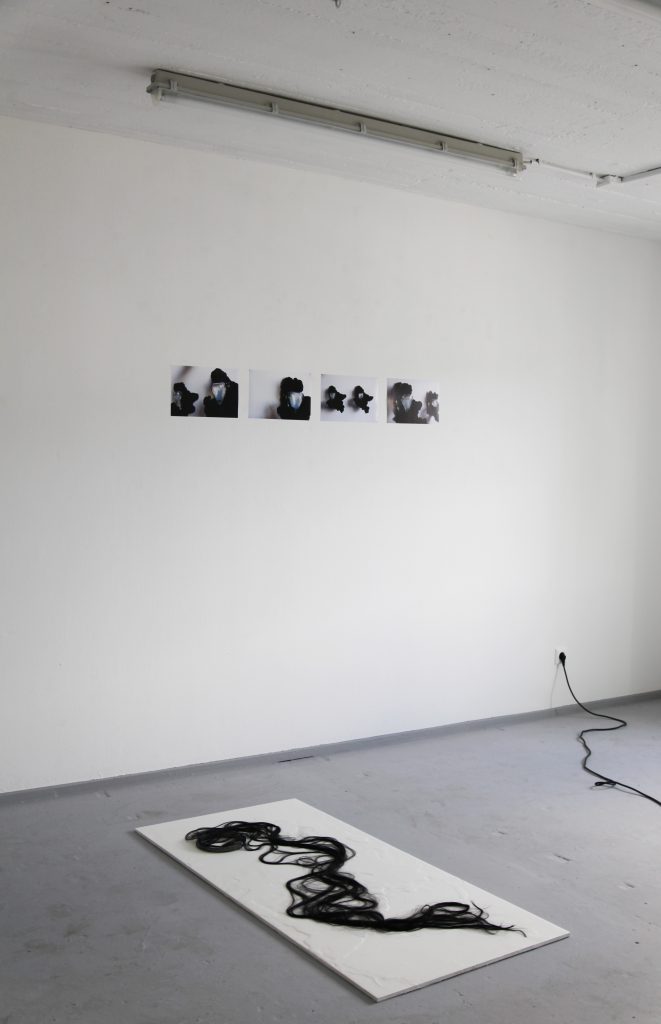
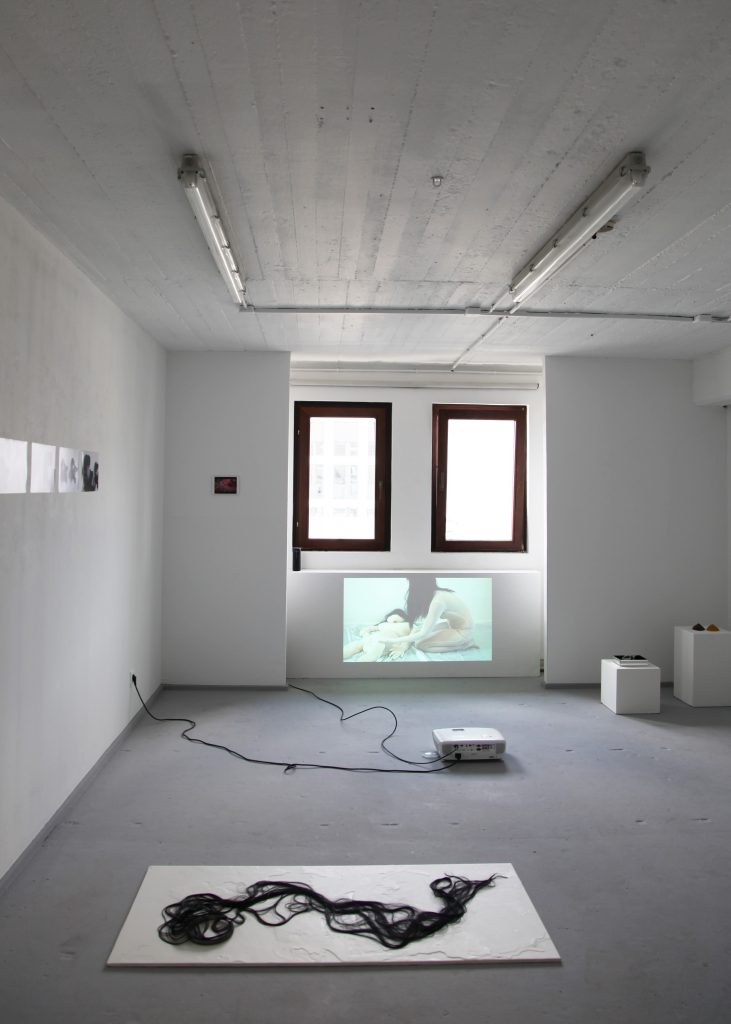
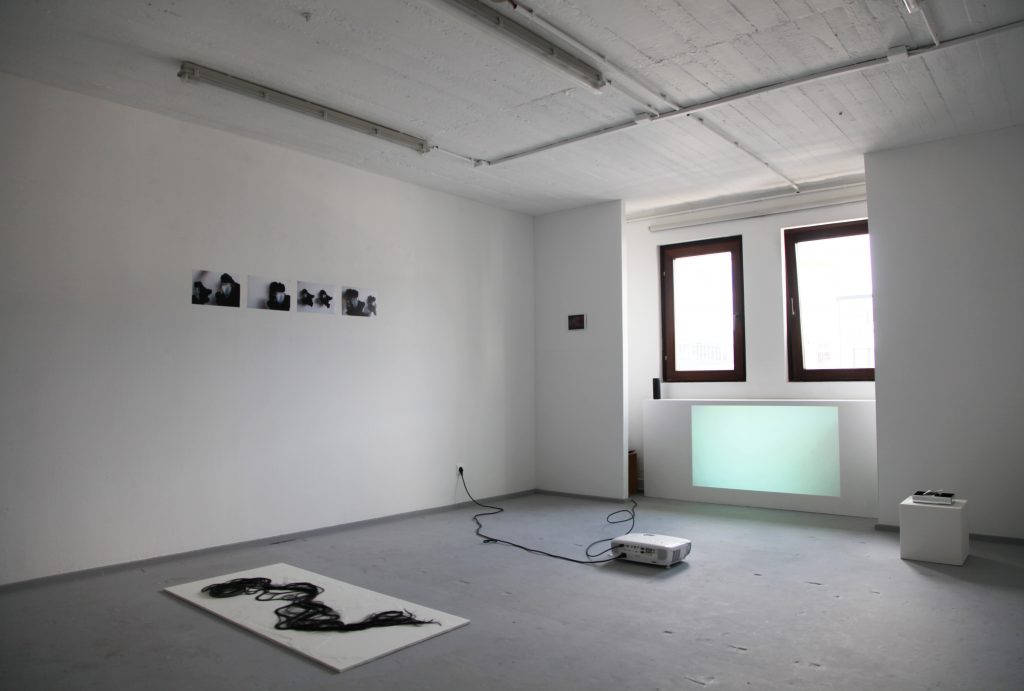
The artists in this exhibition approach conceptions of a ghost sensation in their work as witnesses, visual anthropologists and makers of the intangible into physical form. Taking at times a lighthearted approach this exhibition balances several subjects that blur the line between human logic and the imperceptibility. Taboos, belief, science and the corporeal self are all classifications that are
not easy to pin down; however, these subjects all come together in beginning to find an aesthetic for a concept that resists physical form. Art’s aesthetic for the immaterial leaves viewers to draw on
their own reference points as Ghost sensations is a reminder that art can categorize the limits of belief.
/////////////////////////////////////////////////////////////////////////////////////////////////////////////////////////////
TAI-MINGH DYNASTY, 09.05.2019-23.05.2019
FEATURING WORKS BY: ANITA & MARKUS LIEHR

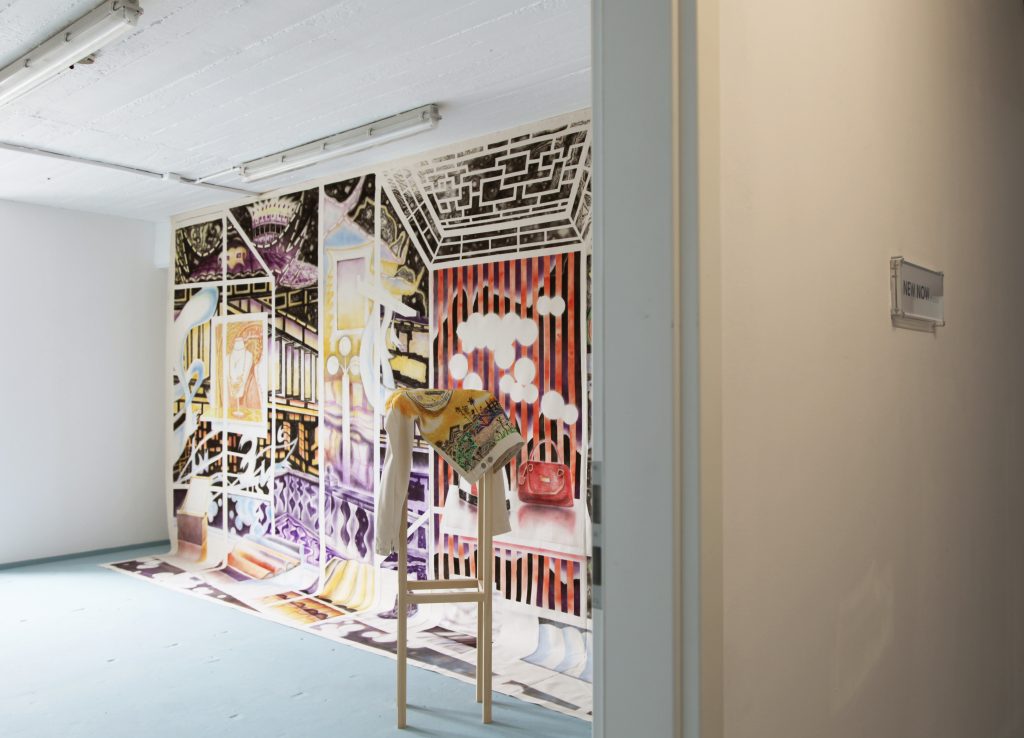
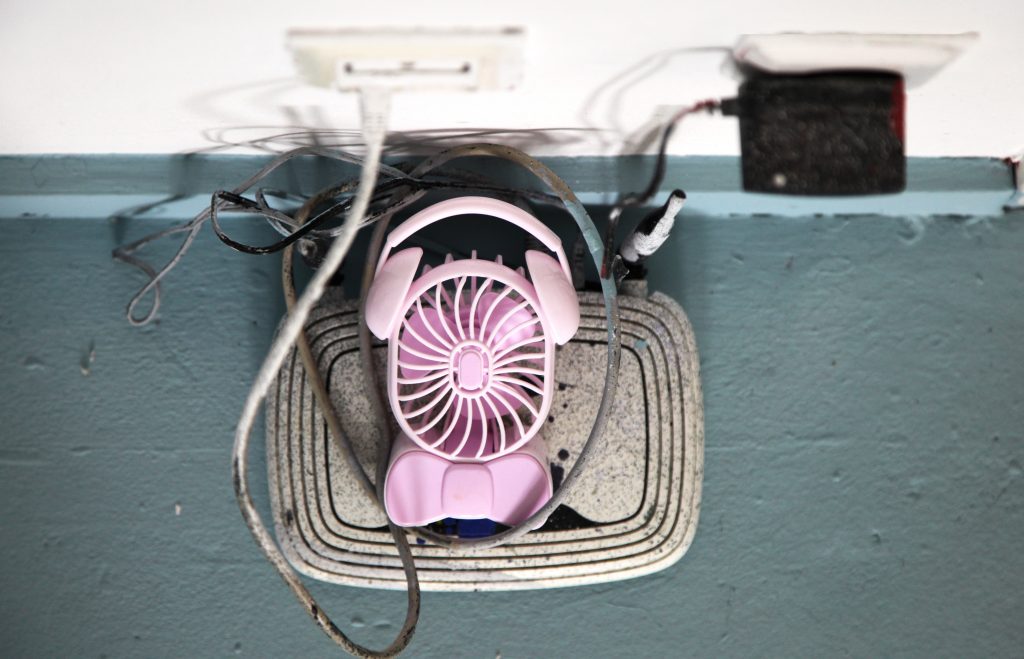
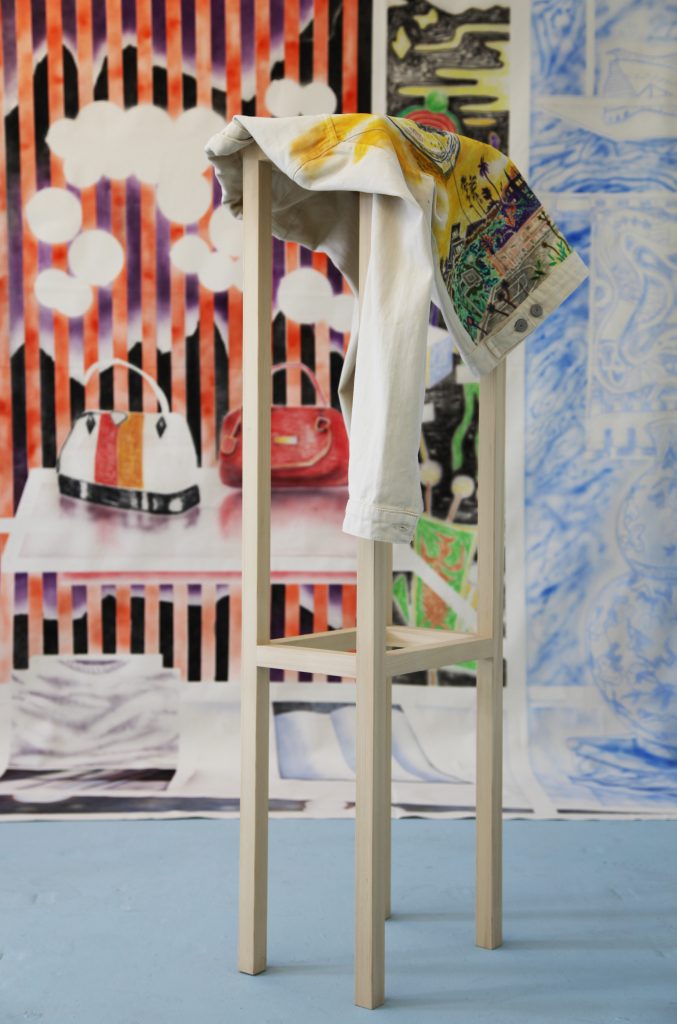
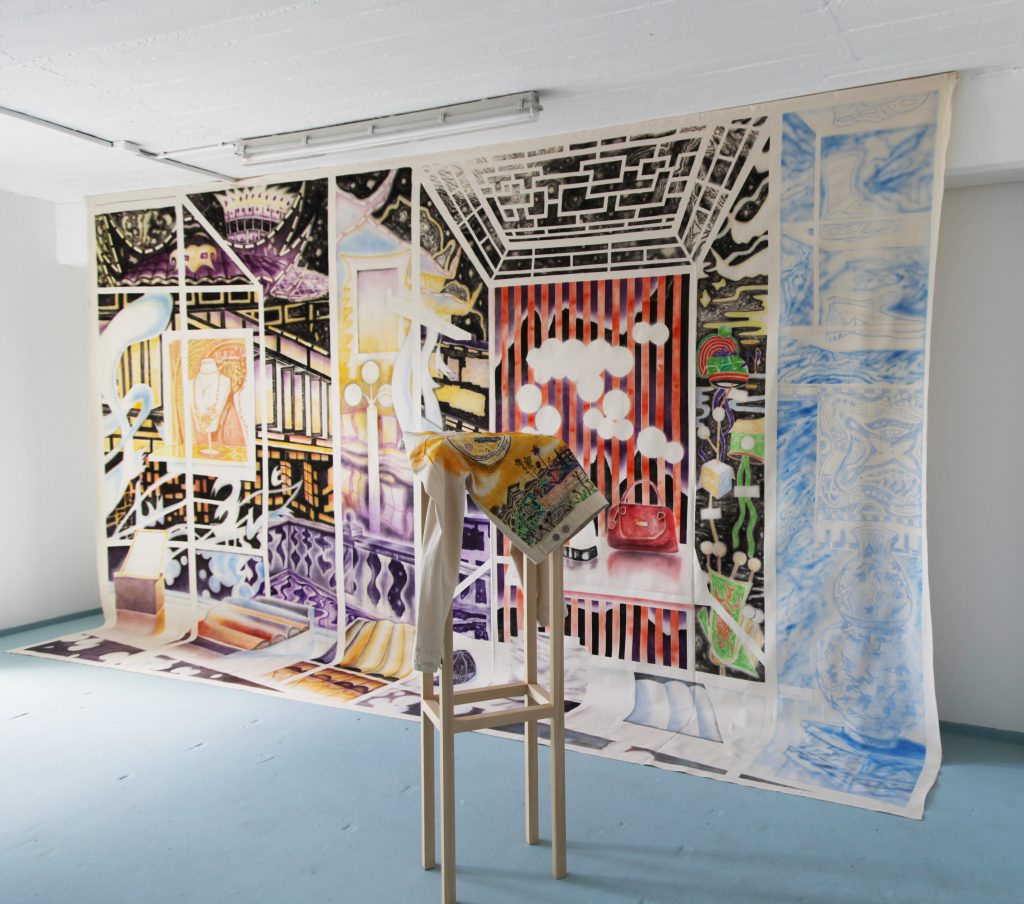
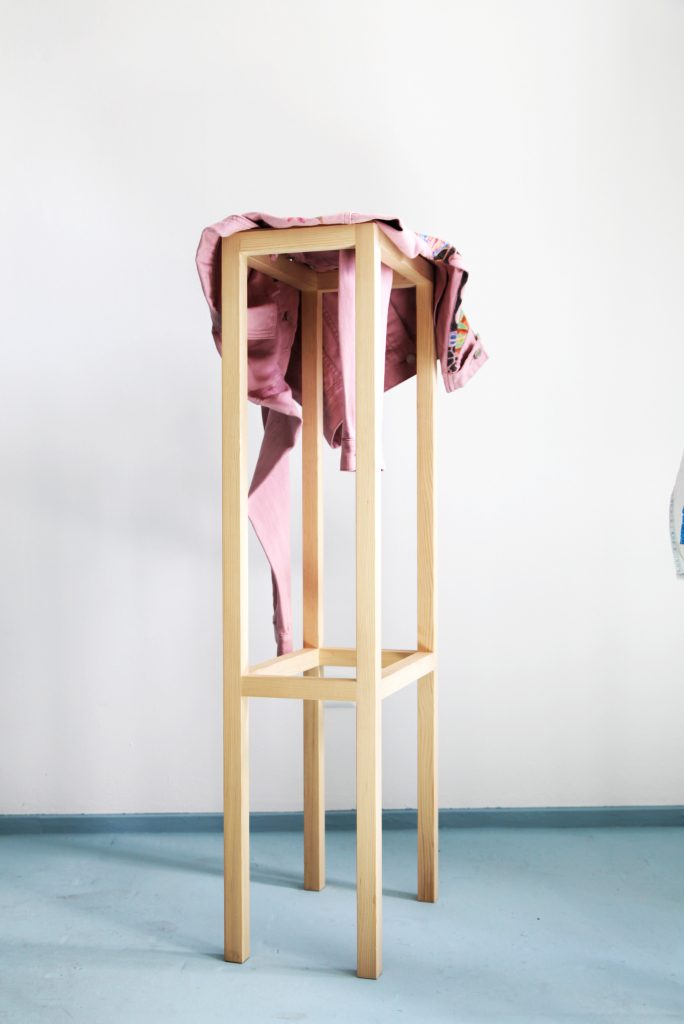
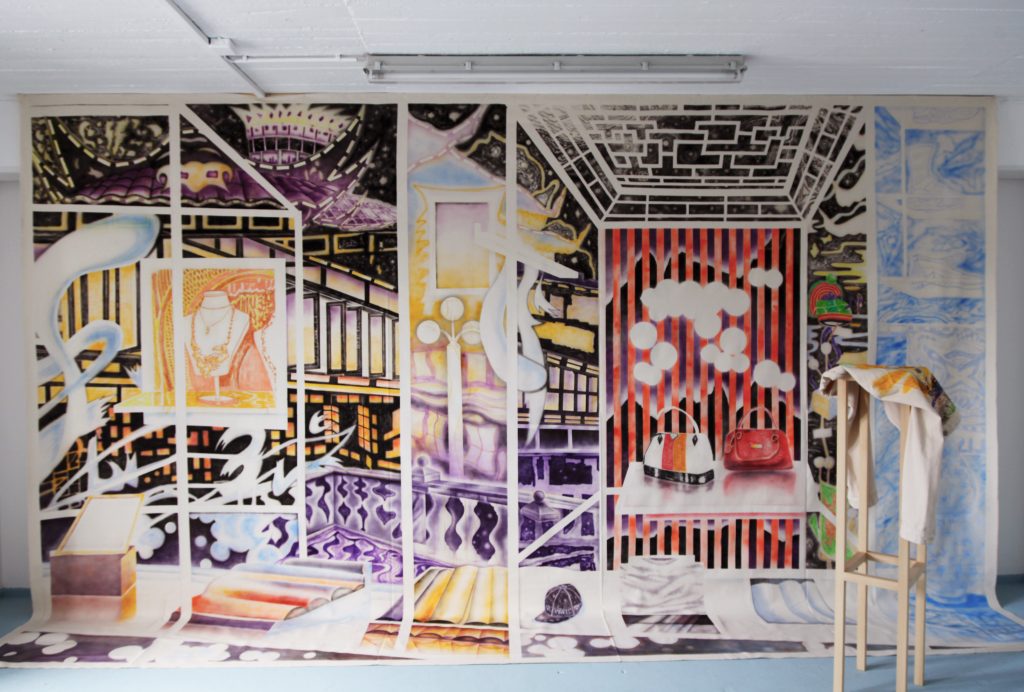
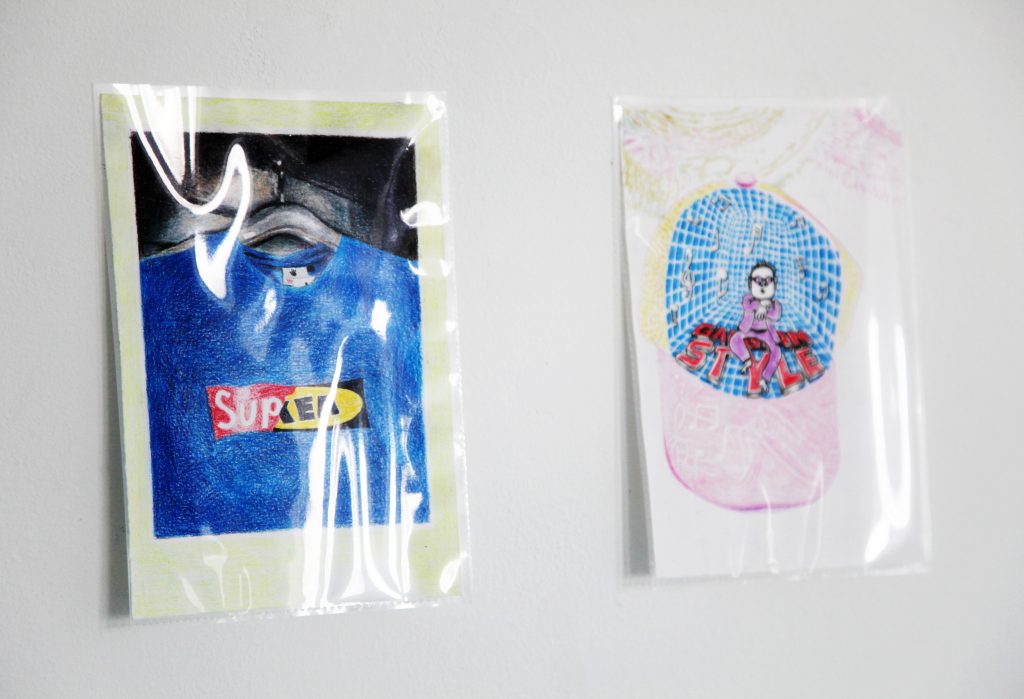
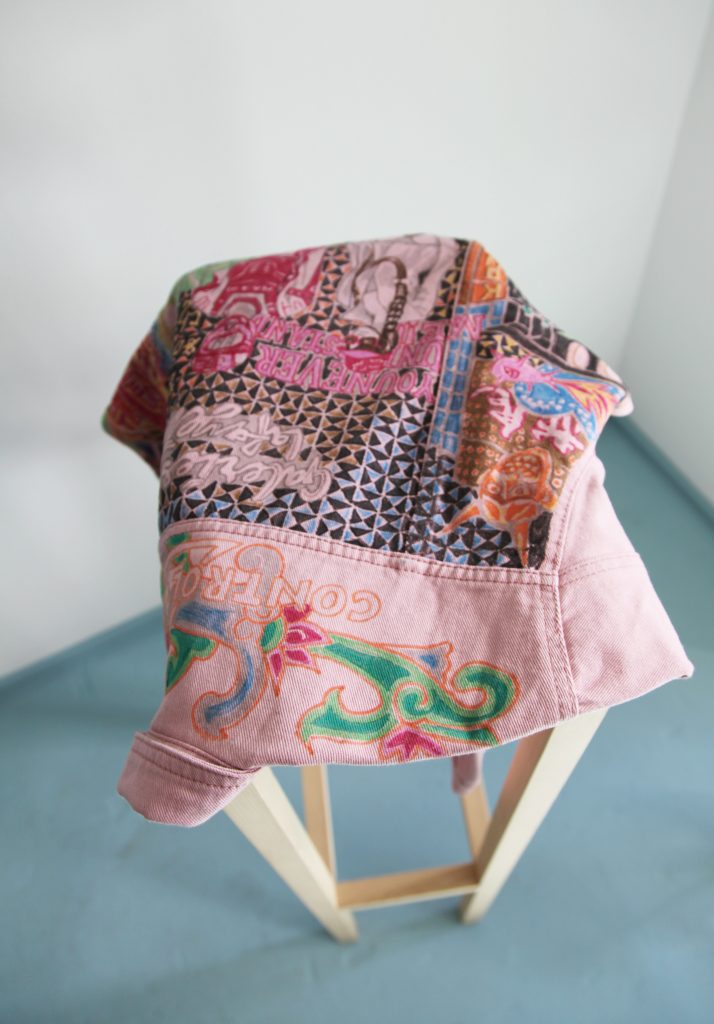
This exhibition is a part of a project about Taiwan. We visited the island last year for few weeks. It is a place where old tradition plaits with new tech and mass production. The selected works represent a reaction to this extraordinary juxtaposition of cultures. Tai-Mingh Dynasty stands for a new order, precisely how old crafts have changed into means of low cost manufacture of fake products. The art market has been affected by fake artifacts since Song Dynasty (11th century). It started with counterfeiting traditional artworks to making fake popular foreign articles in 70’s and 80’s. Nowadays the borders of this illegal practice have gone even further. There seem to be no rules at all. You can find not only fake products but new designed things labelled with well known logos. The word original has no meaning at all. In this case everything is accepted. Products are labelled not only with one, but with two different logos. Sometimes they even combine multiple logos in a bizarre sign. It does not matter if the statement on t-shirts it is grammatically correct or not. As a consequence of this counterfeiting phenomenon a multitude of absurd products generated a new kind of aesthetic. Impressed by this phenomenon we created a series of new original works. In which the term original means nothing of course.
/////////////////////////////////////////////////////////////////////////////////////////////////////////////////////////////
CODEC ROMANTIC, 22.03.2019-05.04.2019
FEATURING WORKS BY: CHRISTIAN BAR, MANUEL SCHNEIDEWIND
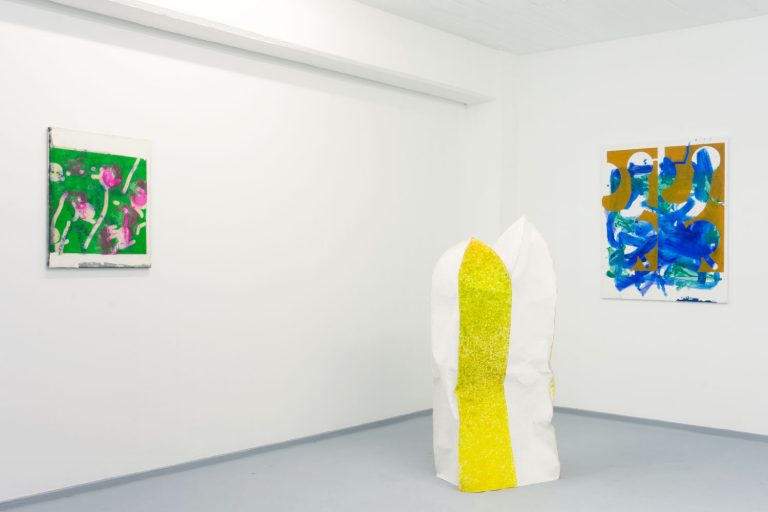
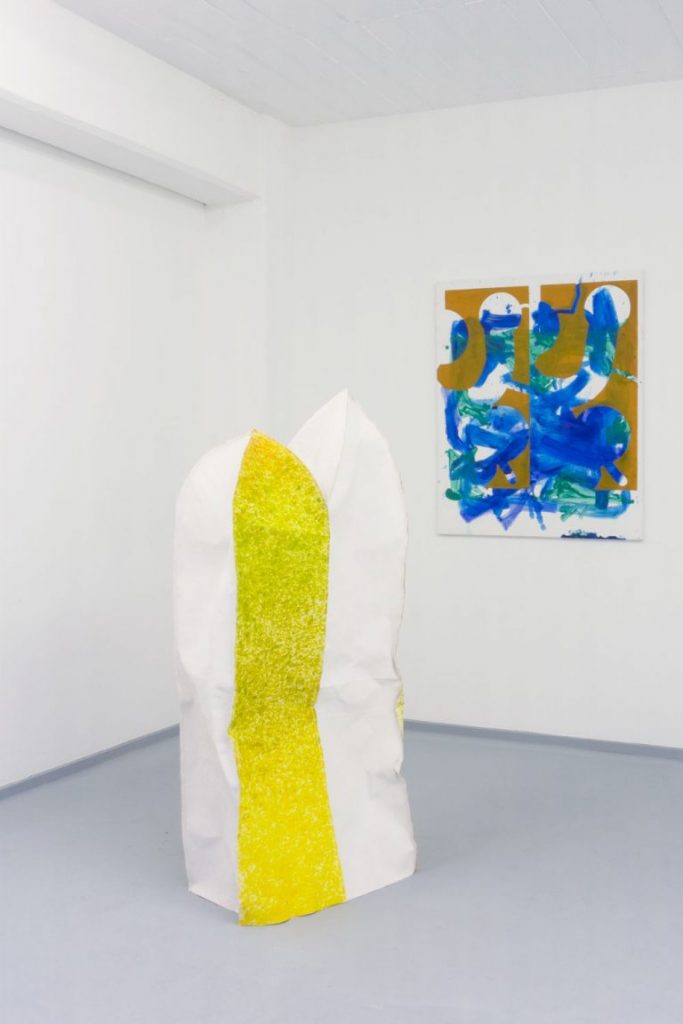


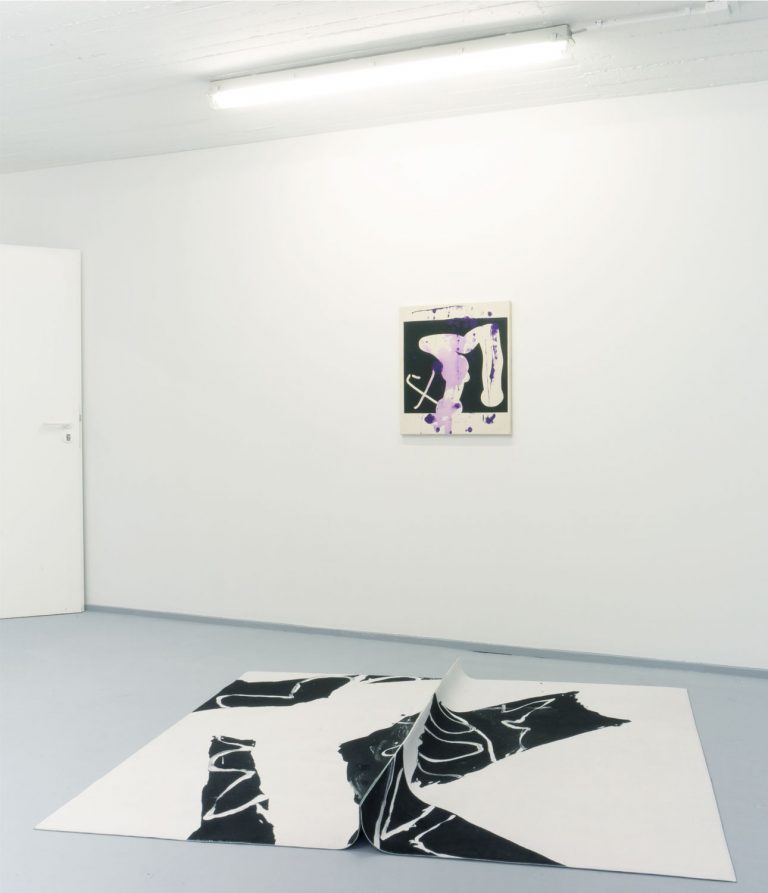
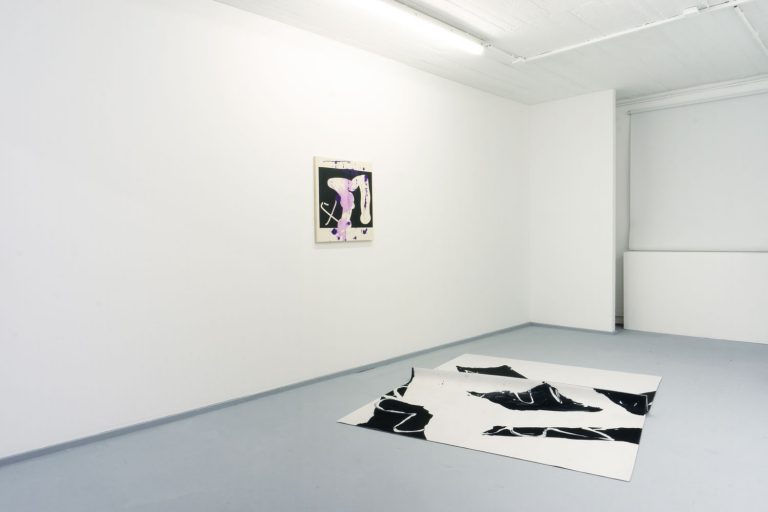
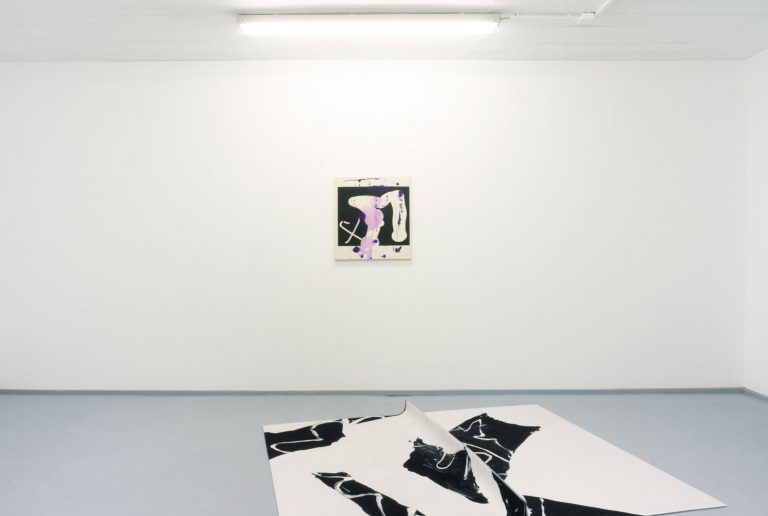
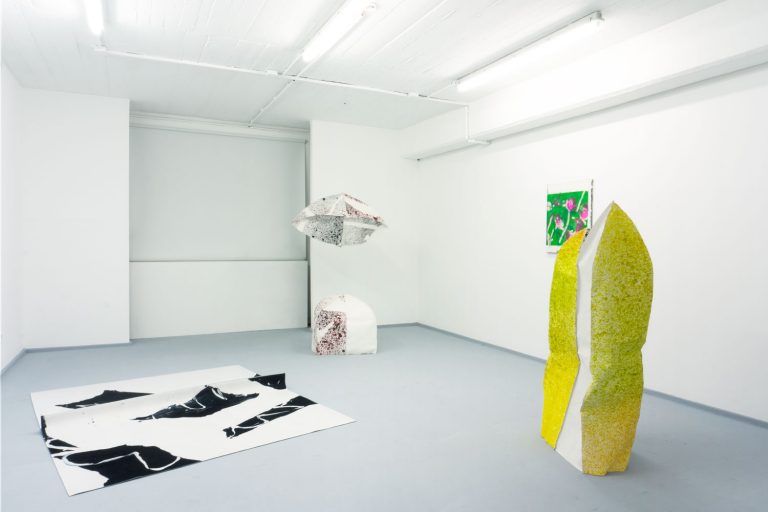
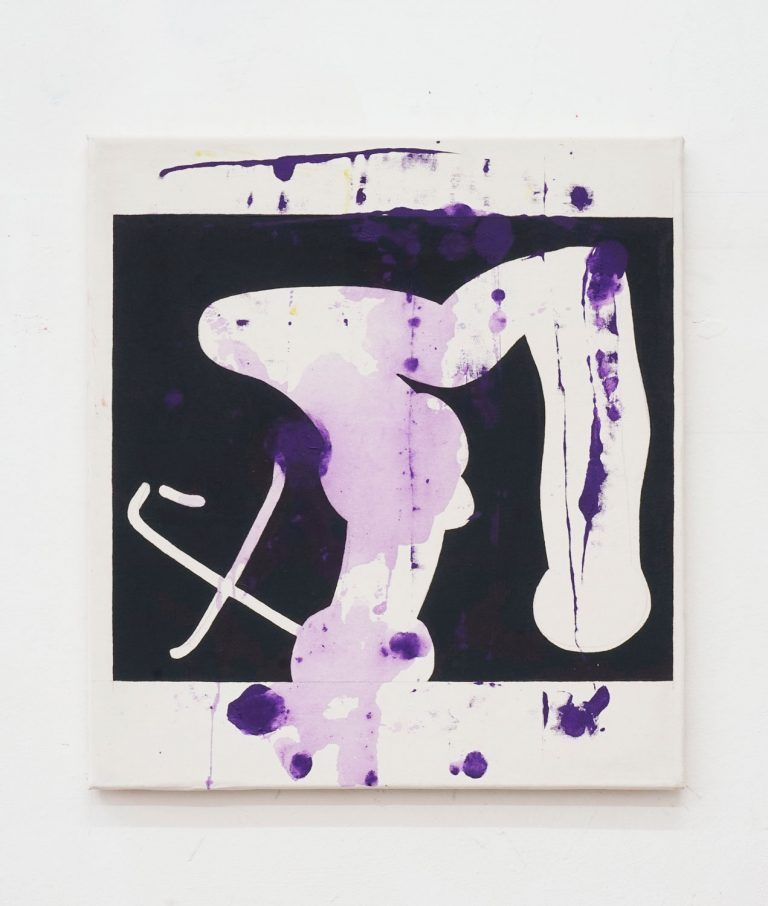
/////////////////////////////////////////////////////////////////////////////////////////////////////////////////////////////
EVERY NOW AND THEN, 08.02.2019-22.02.2019
FEATURING WORKS BY: THILO JENSSEN, MATTHIAS ESCH

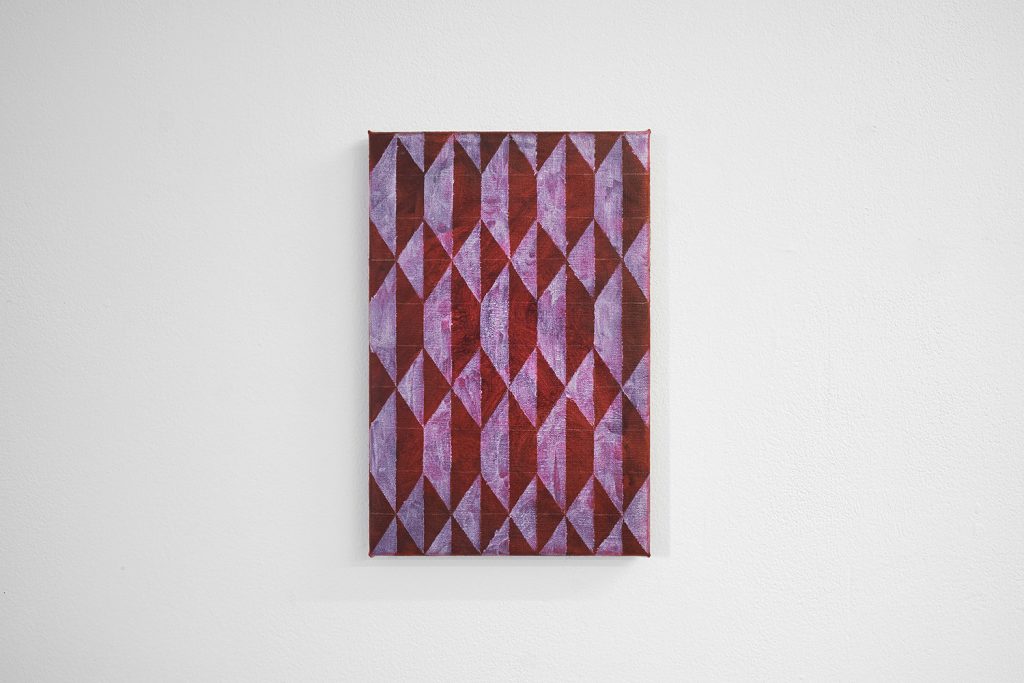
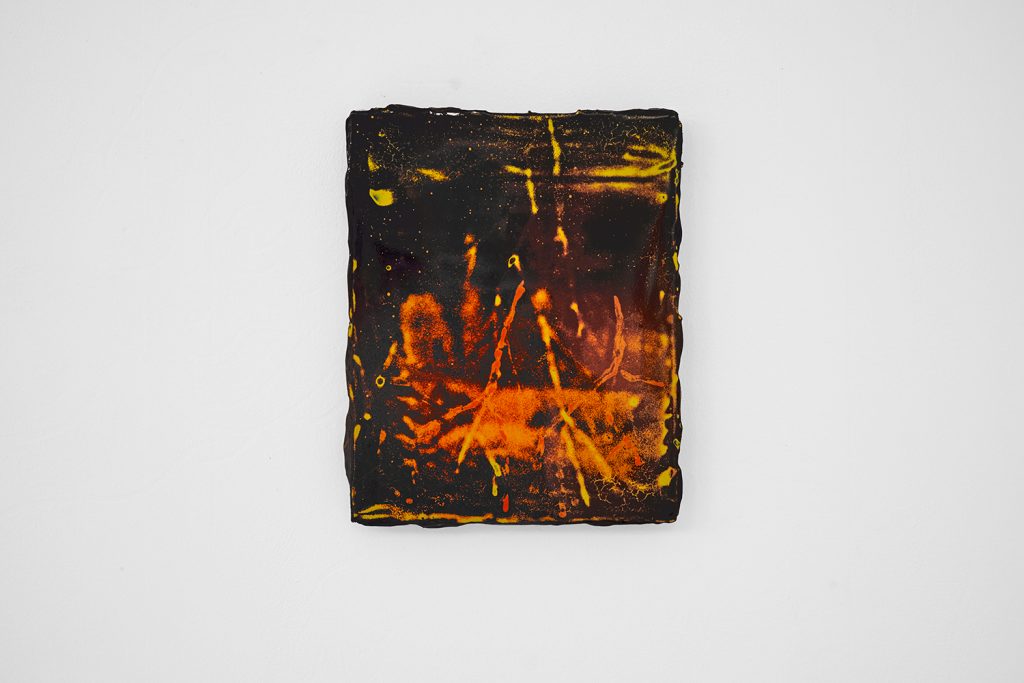
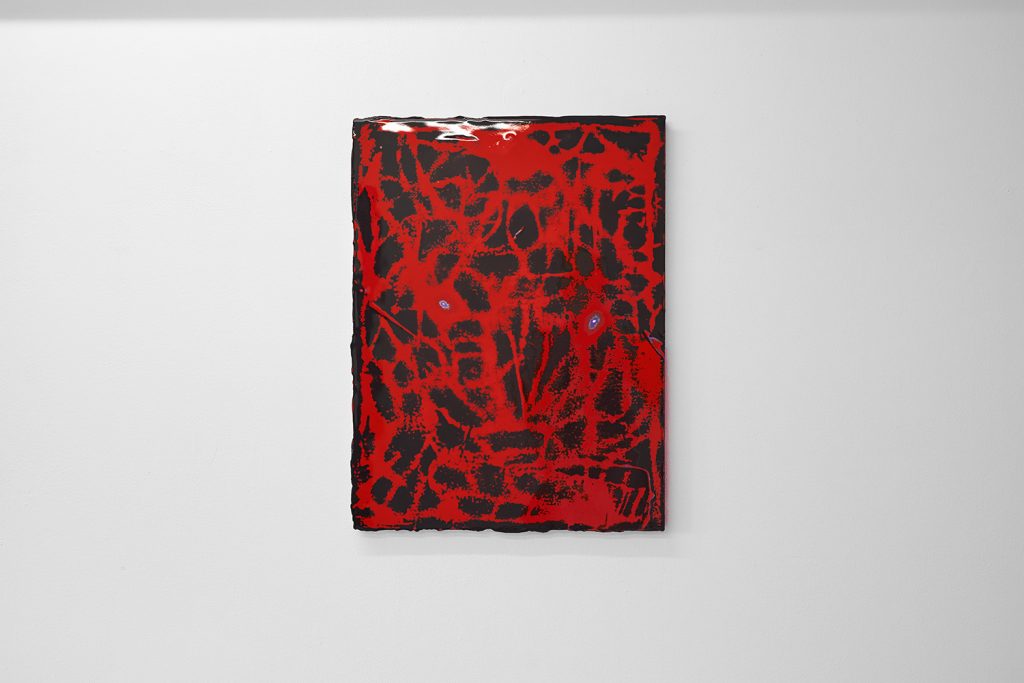
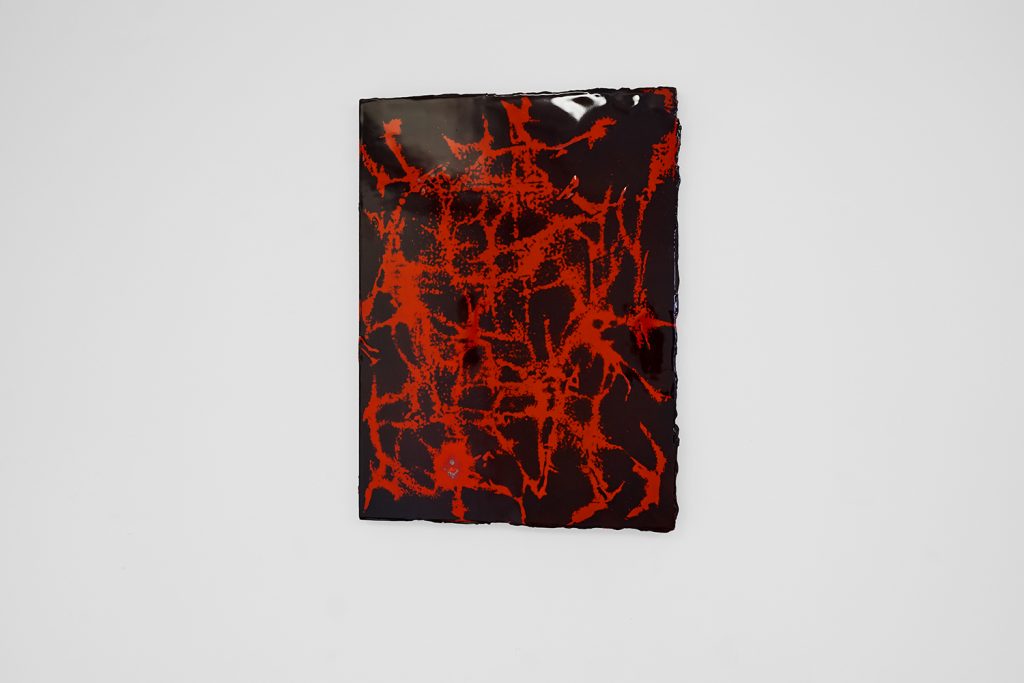
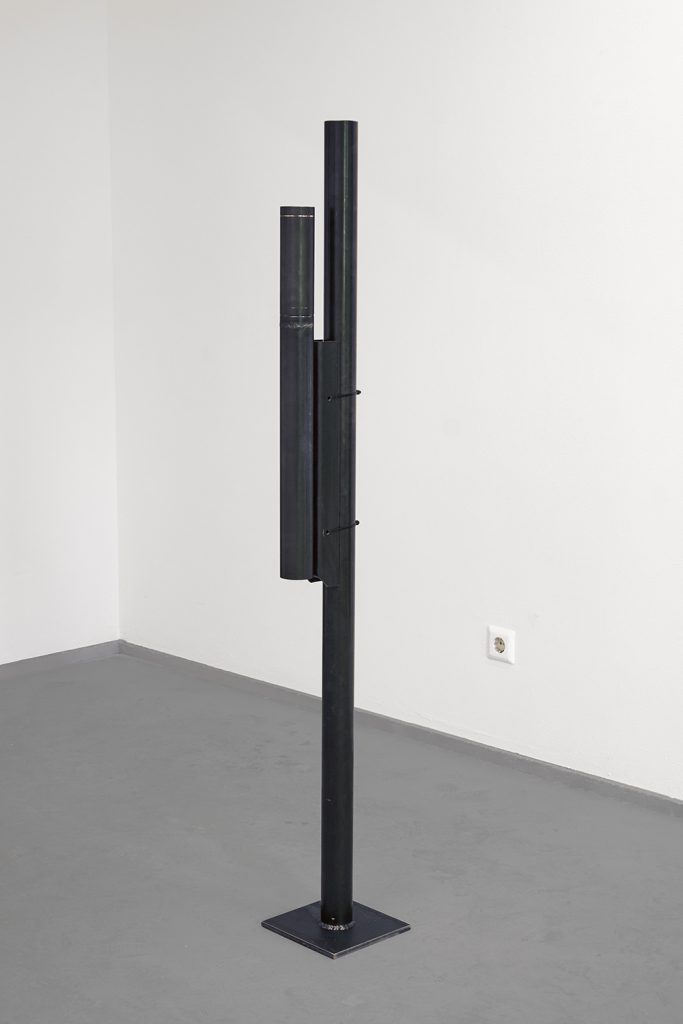
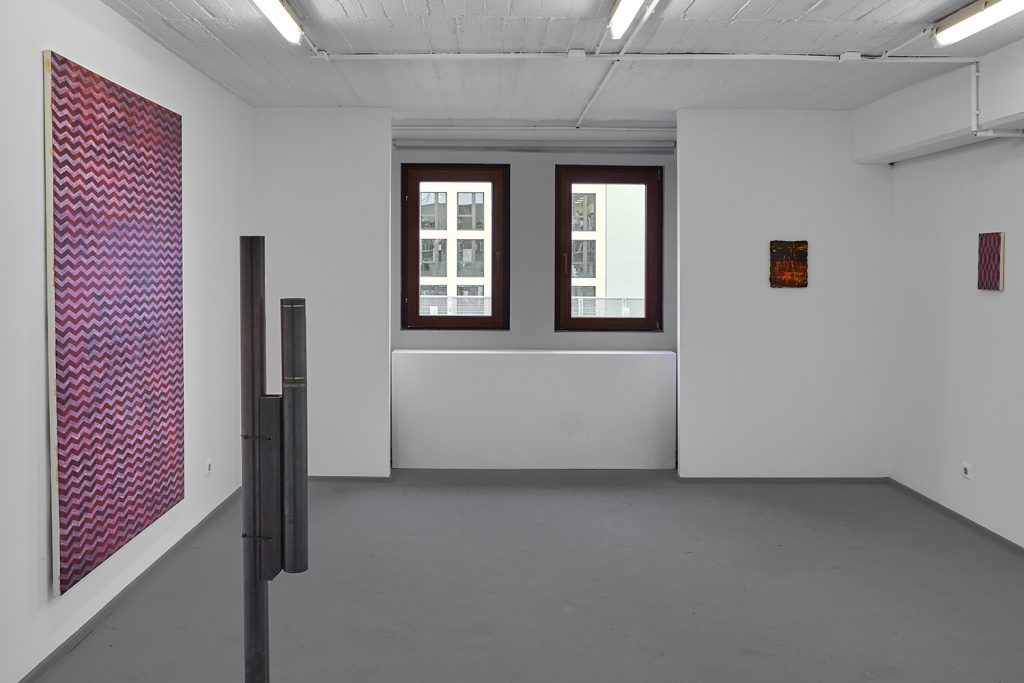

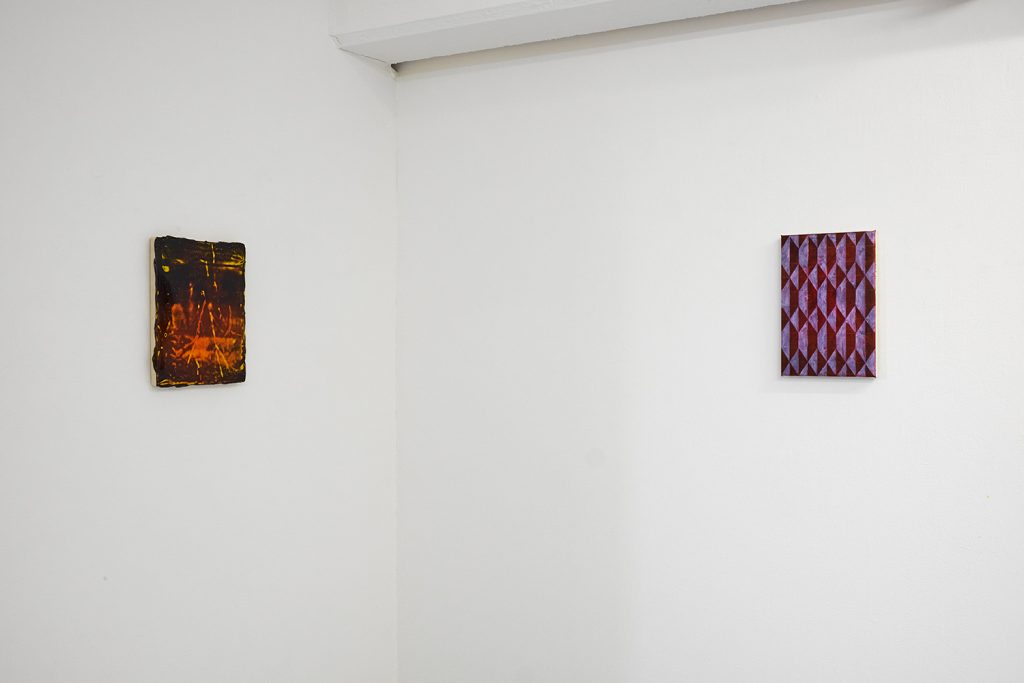
/////////////////////////////////////////////////////////////////////////////////////////////////////////////////////////////
TIME MOVES SLOW, 10.01.2019.-25.01.2019.
FEATURING WORKS BY: MAXIM LIULCA, ANNA OLENICENCO
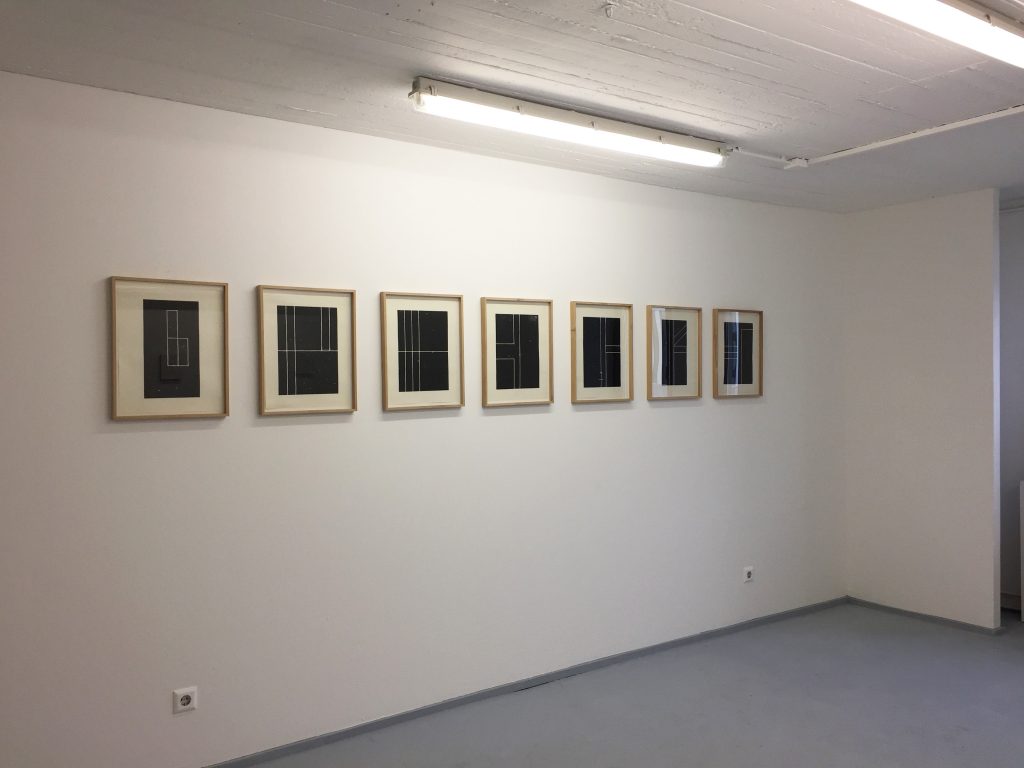

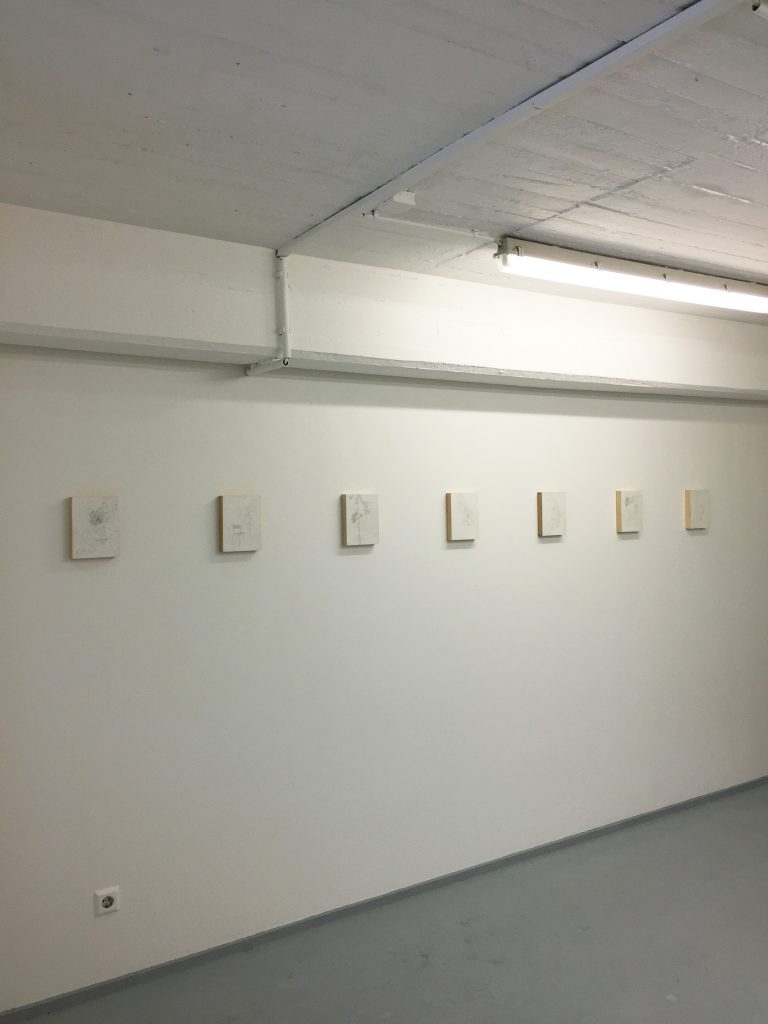
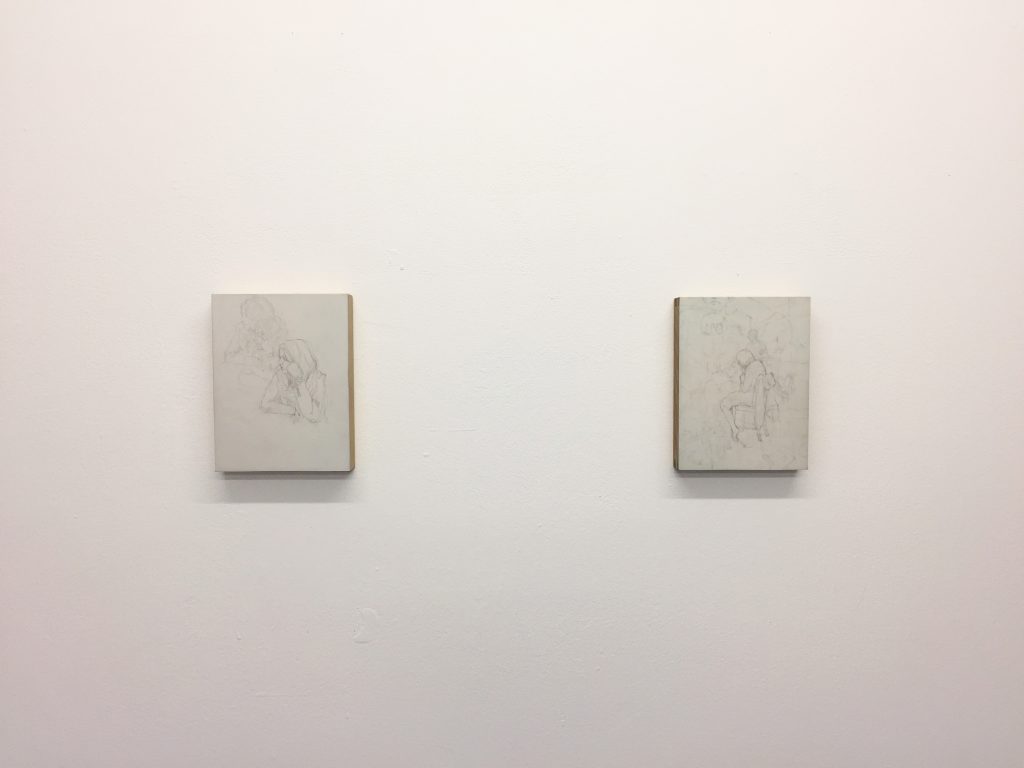
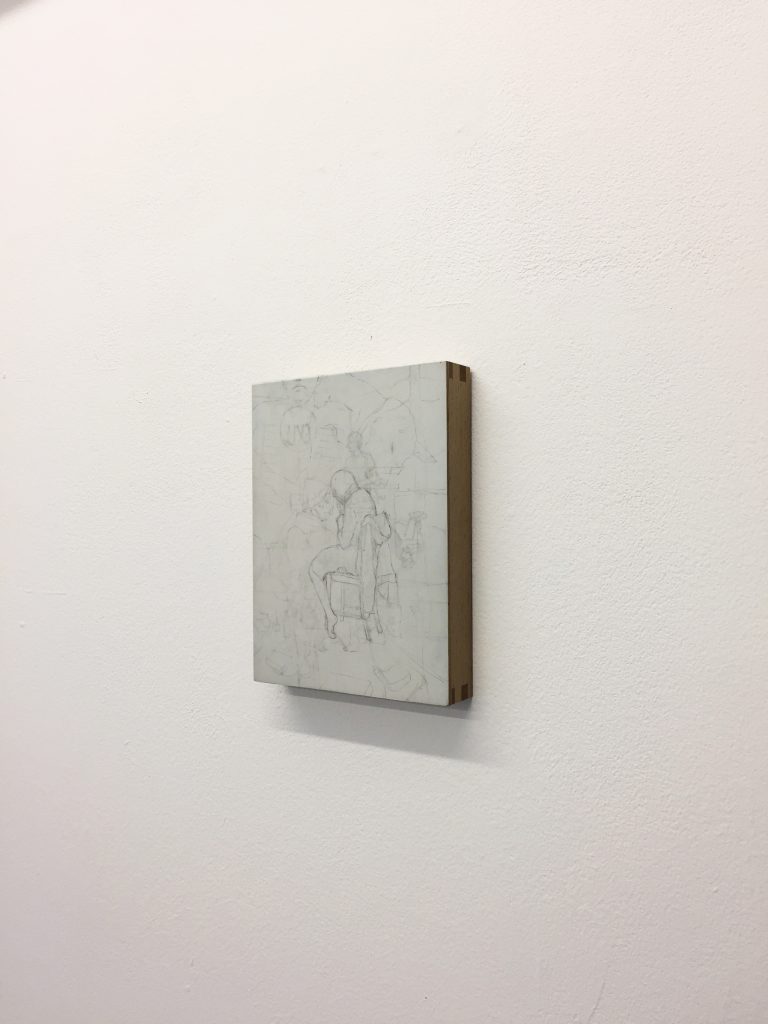

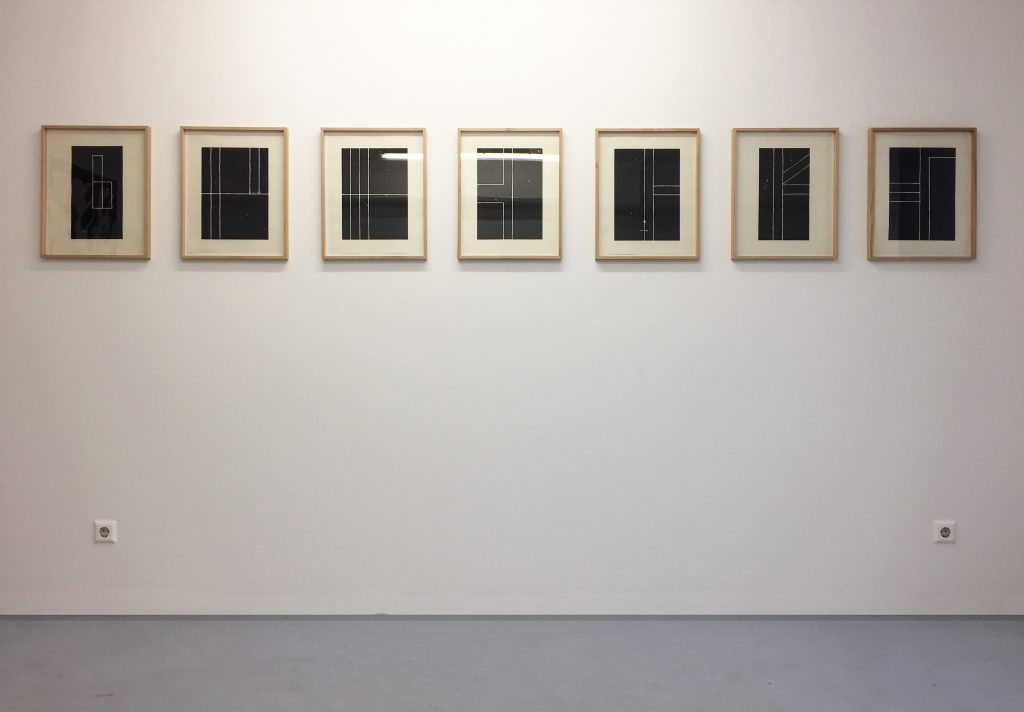
his exhibition is inviting you to see the dialog between two apparently different image approaches, but also synchronously quite similar. It is resembling a mirror where they’re rather symmetrical than identical. Both of them exploit the notion of the mark, its material and immaterial essence, as well as acknowledging the concept of time as both hypothetical abstraction and unequivocal reality. Maxim Liulca is displaying a series of lino-cuts, which originate from various outlines of potential paintings from his sketchbook. In this stage of the process the works are showing their raw and rough tendency; as a stamp, its performance is quick and never the same, just a mark, an authentic and humanistic approach to image-making. Anna Olenicenco’s drawings are illustrating a history of the artist’s perception of everyday life, highlighting the subjectivity of the individual. The marks of erased drawings after too much pressure with the pencil remind you of the phantoms from the old photographs with multiple exposures, or the changing frames in movies from the time when film editing didn’t have today’s advancement. It seems like the artist is deliberately making patterns with them to understand more of what is happening around, attaching herself greater to the world and making it appear even more real than the quotidian continuance.These works are a part of an artist’s process which embodies the starting point of the creative formation:
– the drawing, the sketch; black and white. They show you the privacy of an artist studio and it’s not representing, nor showing its complex practice.
/////////////////////////////////////////////////////////////////////////////////////////////////////////////////////////////
IMAGE LIBRARY, 23.11.2018-07.12.12.2018.
FEATURING WORKS BY: IRINA MAGUREAN

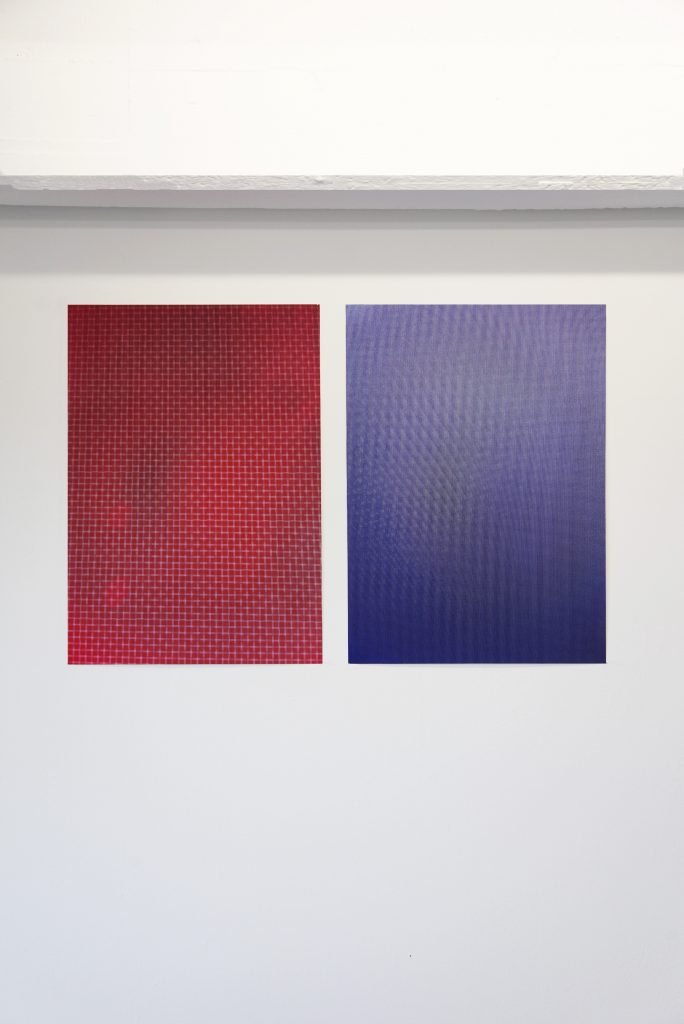
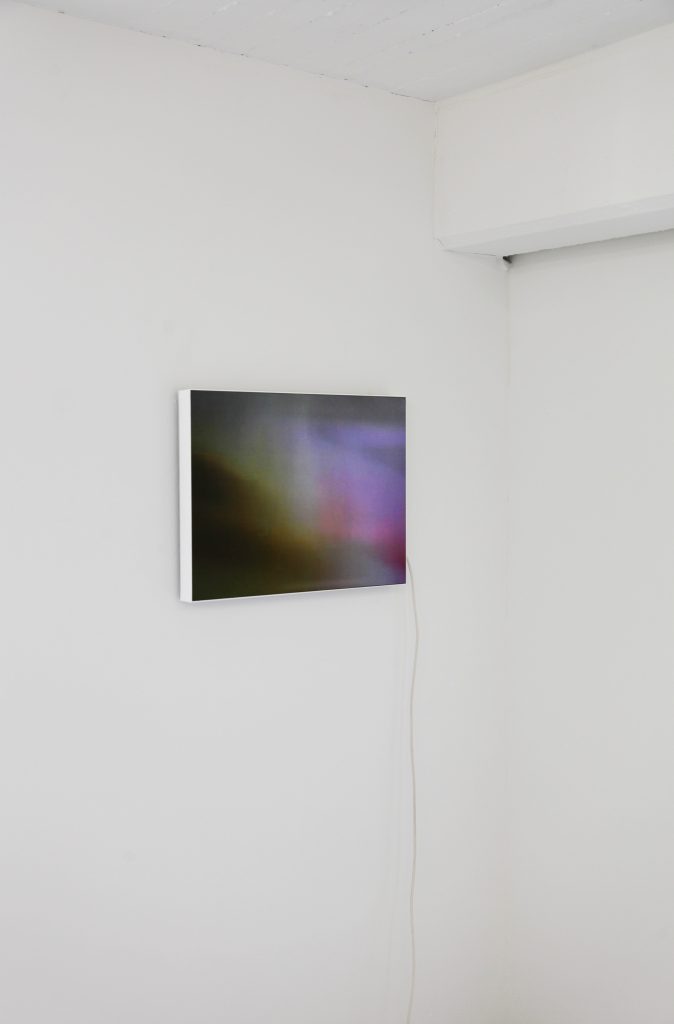
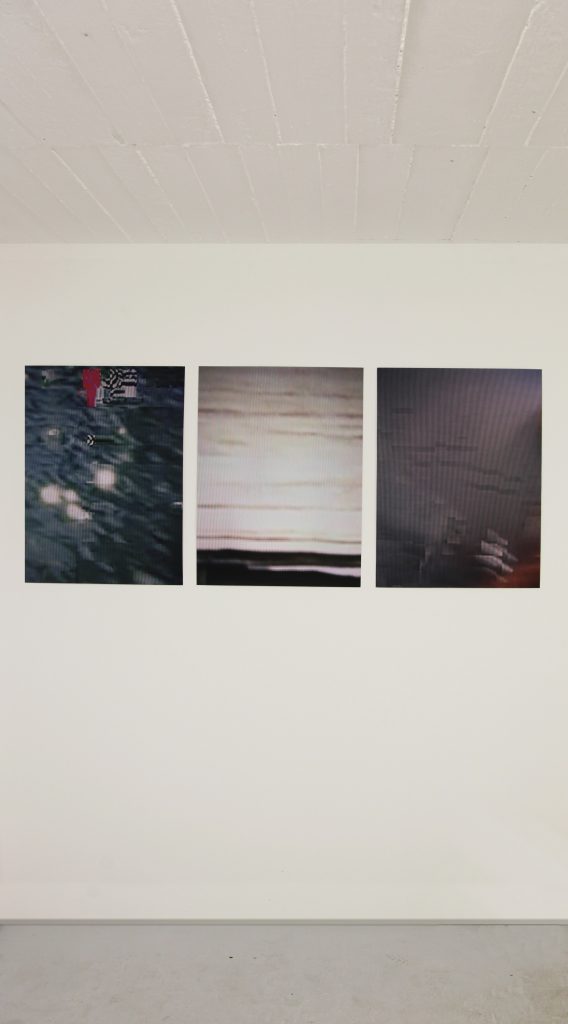

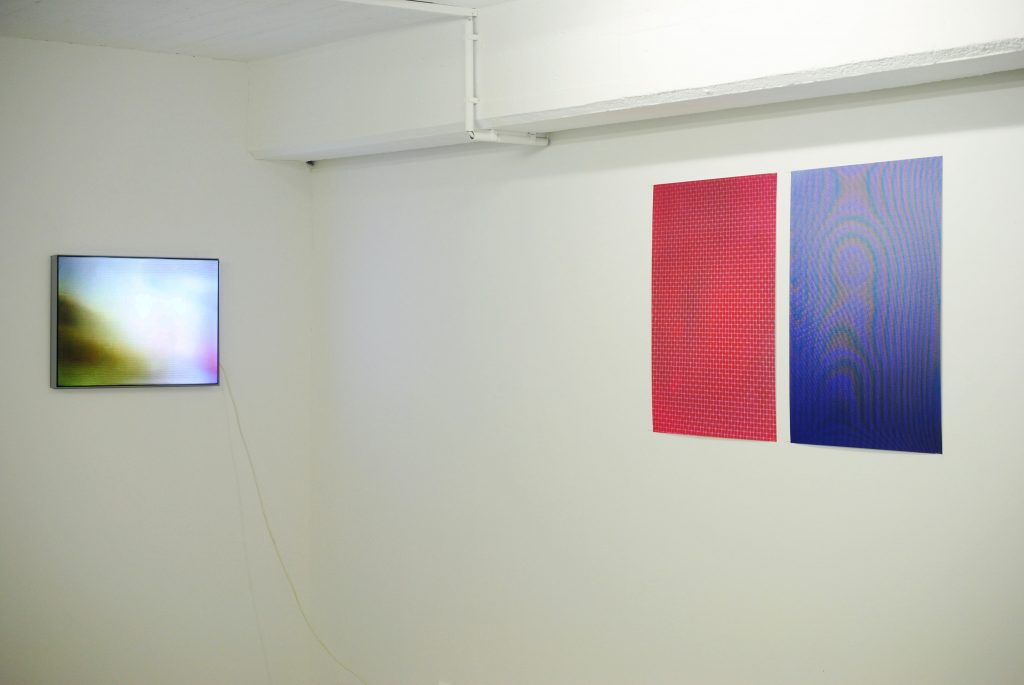
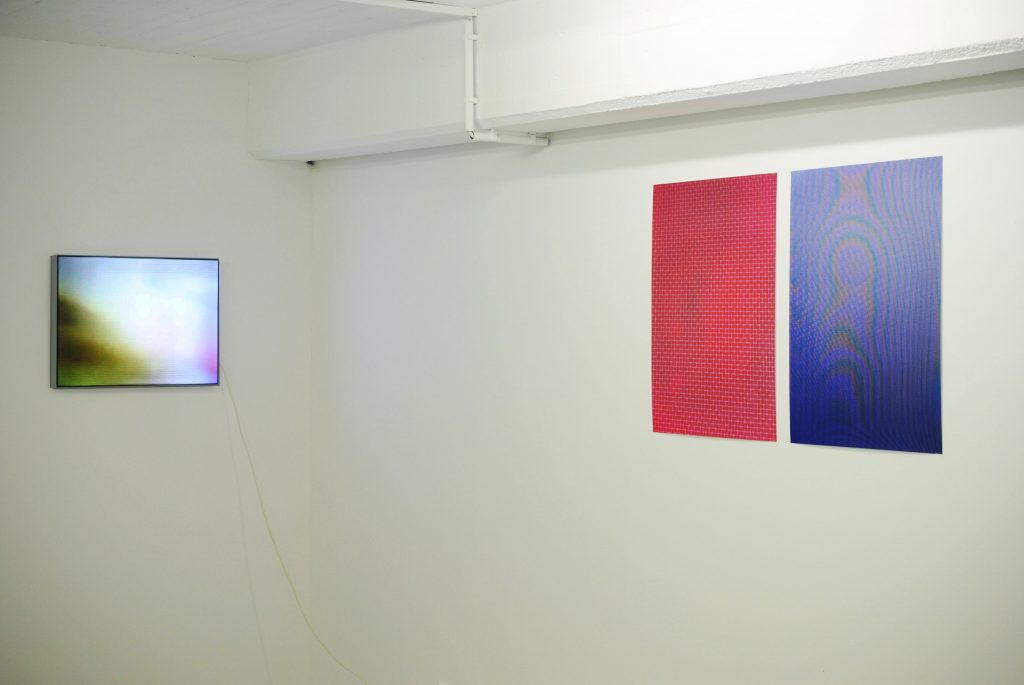
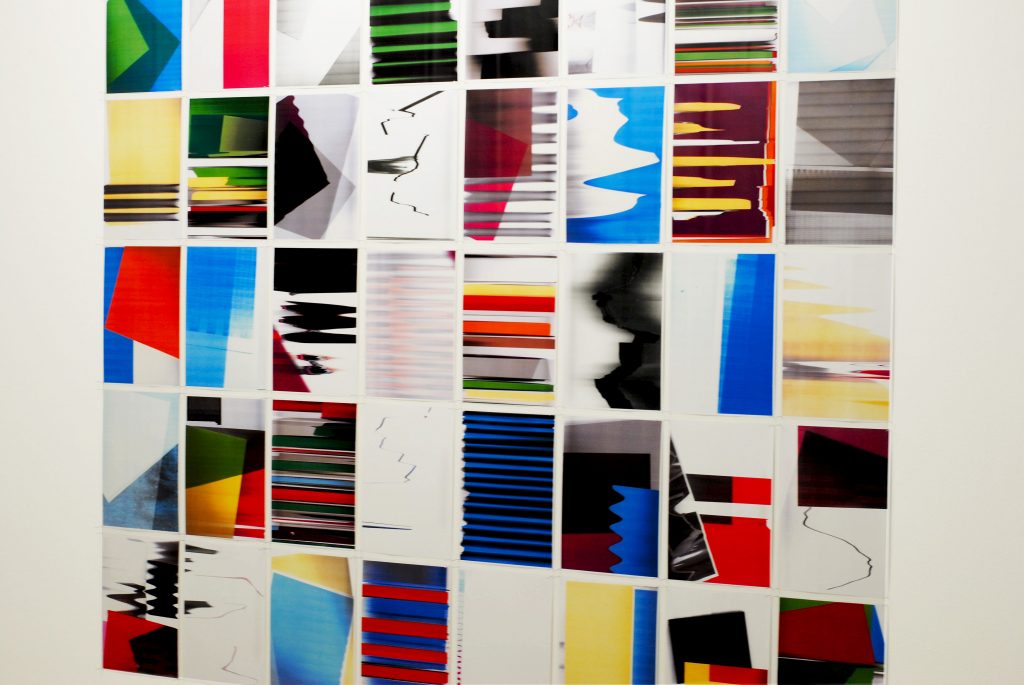
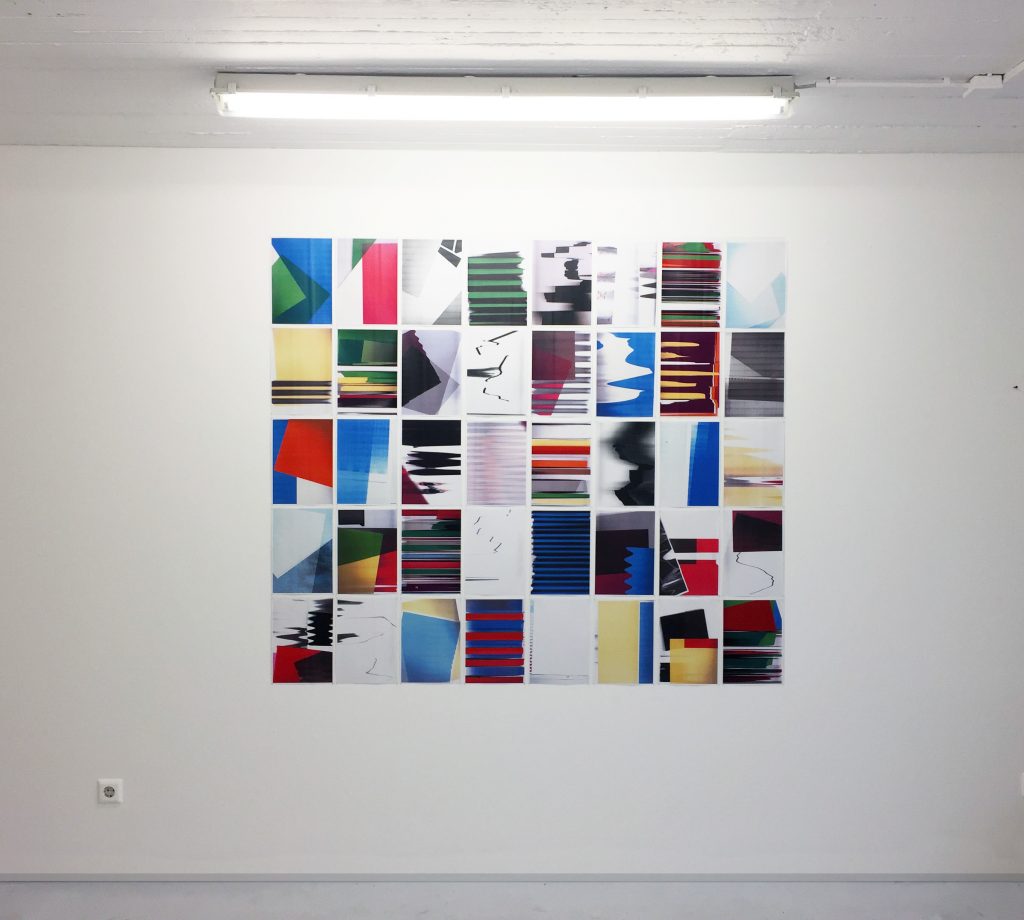
All the works in this show were initially part of different series, but by placing them together we notice both a continuation of the artist’s experiments regarding photography and printing and the visual image itself, as well as a departure in the way they are connected to one another. This juxtaposition of the works, passing from structure to structure appears like an overview of a database, which as a whole conveys a certain randomness that only enriches the works’ already abstract character. The result is a corpus of images that may at first seem cold and unemotional, but in reality comes out of a profound and personal and questioning on the building blocks of images themselves.
If we are to consider pixels the cells that make up the digital image, we find the same kind of scientific approach in these prints. What is visible upon inspection is close-up so deep, a view so detailed, as if seen through a microscope of sorts. This opens up a whole new world offering a glimpse into the very fabric of the image. A world that is completely taken out of any original context but which, specifically because of that, becomes strong enough to be fascinating on its own. As for the viewers this in-depth view brings by an opportunity for meditation that abstract works don’t often supply. Abstraction generally falls in one of two categories – either they are enjoyed as visual objects or the enjoyment is found in the search for finding a meaning. In this situation neither truly applies and the meditation is on the process and the concept rather than in trying to “figure them out”.
/////////////////////////////////////////////////////////////////////////////////////////////////////////////////////////////
EIN POLL VOLLE GARTEN, 11.10.2018-25.10.2018
FEATURING WORKS BY: JULIKA GEISSLER
CURATED BY: GABRIEL STOIAN
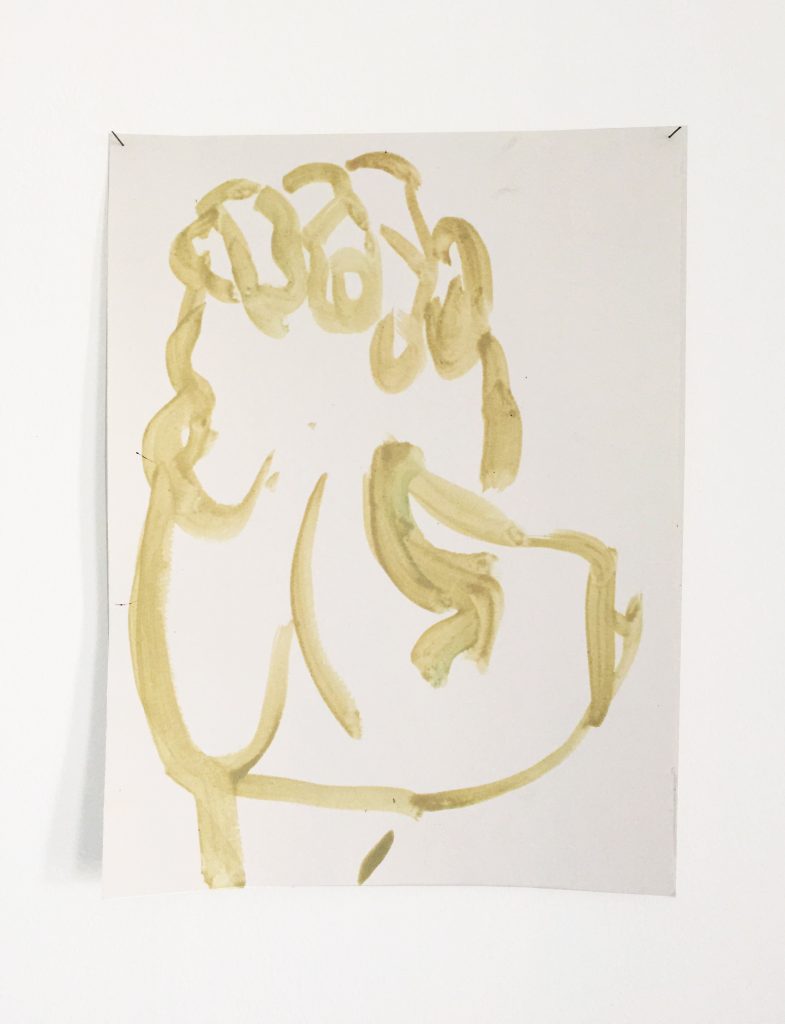

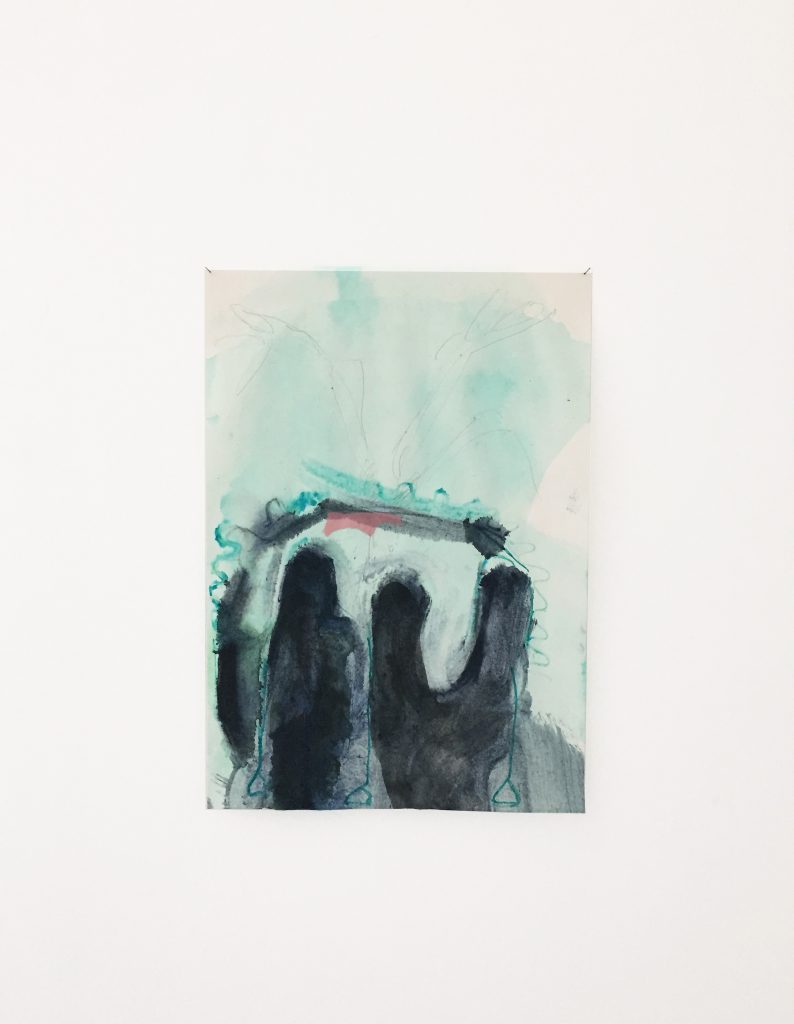
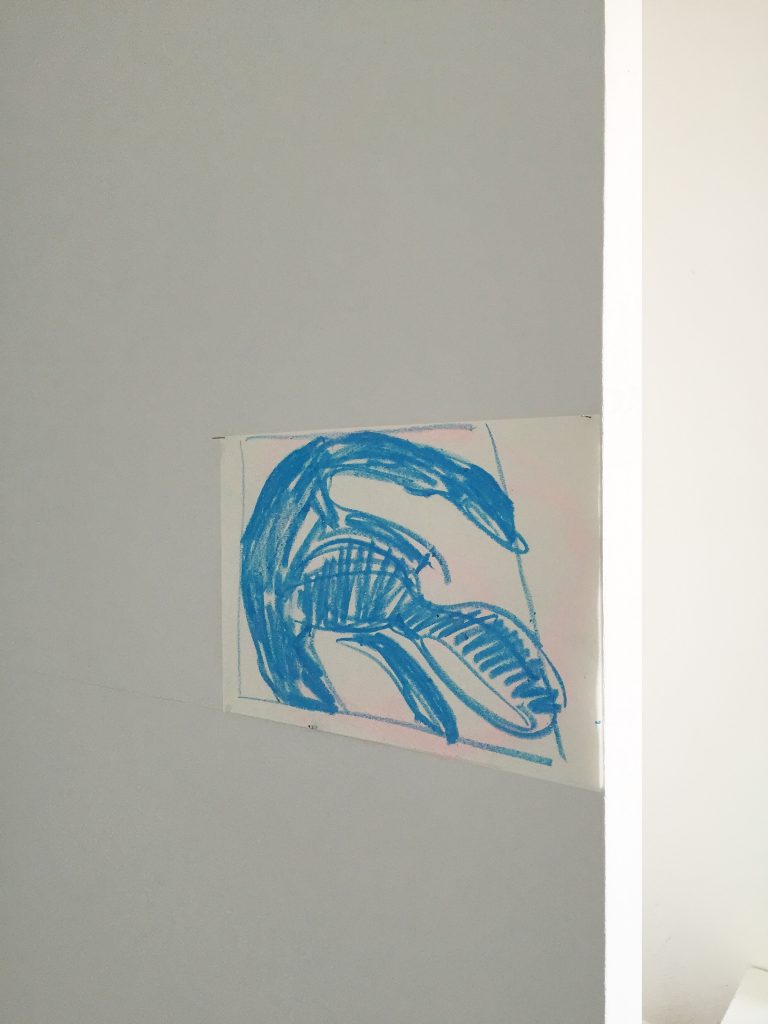
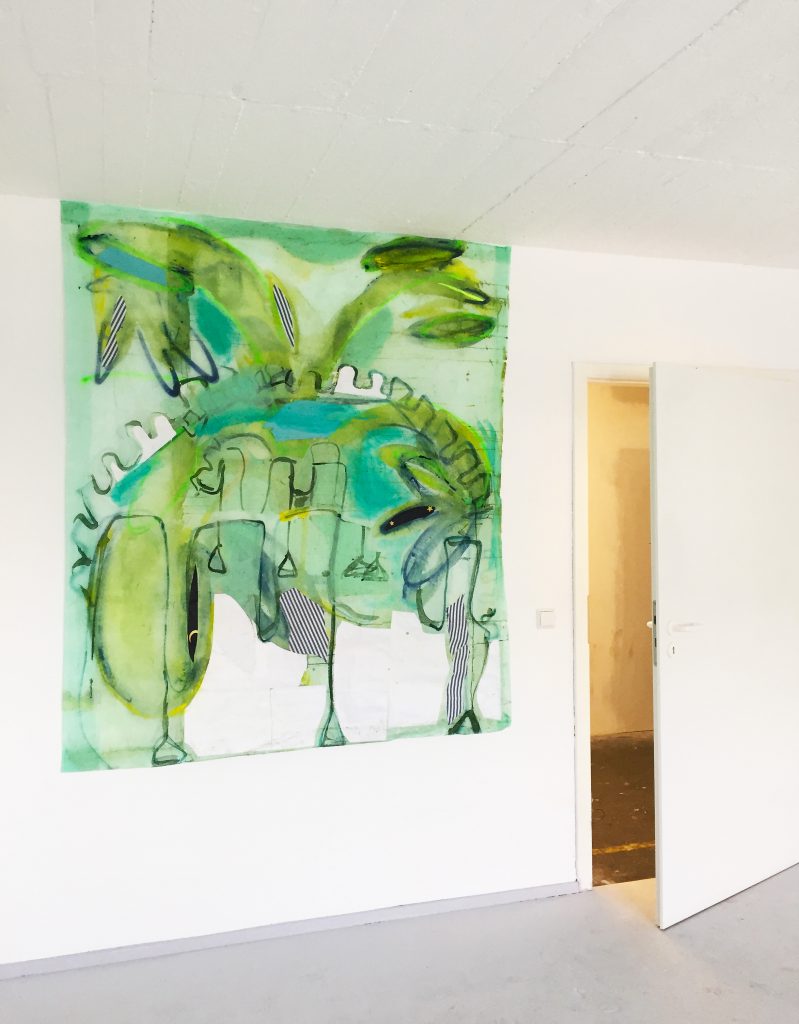
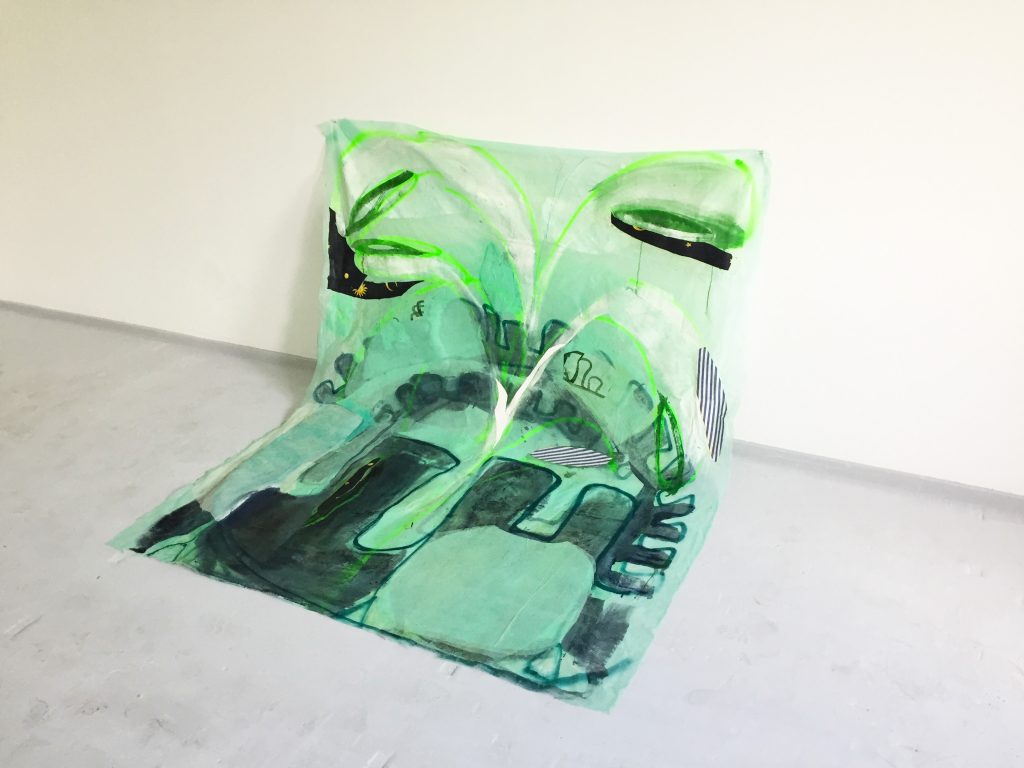
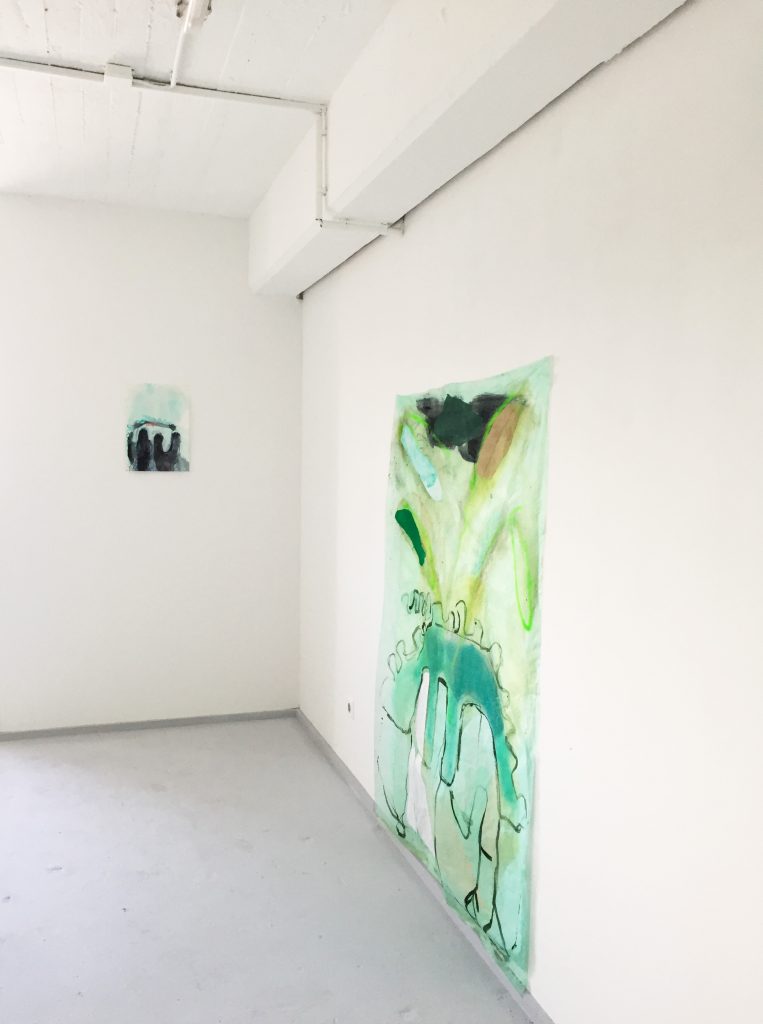
In her current work series, Julika Geisler illustrates enclosed paradisiac gardens referring to the middle age period, hortus conclusus – a Latin term which translates as “enclosed garden”.
All gardens are by definition enclosed or bounded spaces, but the enclosure in this case may consist in an intimate, yet powerful display of the subject. The artist adopts single forms from the works of old masters and transforms them by replacing the former protagonists, with her perception of a bordered paradise.
/////////////////////////////////////////////////////////////////////////////////////////////////////////////////////////////
EVERY ARTIST IS A CANNIBAL, 29.06.2018.-29.07.2018
FEATURING WORKS BY: Andreea Anghel, Goekhan Erdogan, Doplle Kim, Gabriel Stoian, Michal Plata, Franz Pappelbaum
CURATED BY: GABRIEL STOIAN
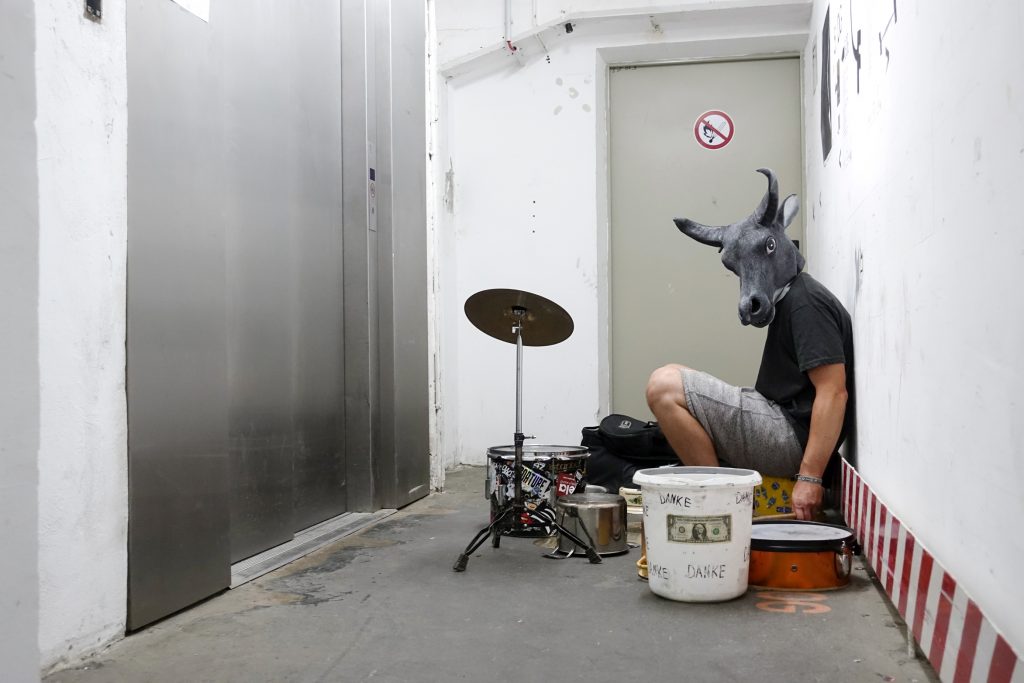
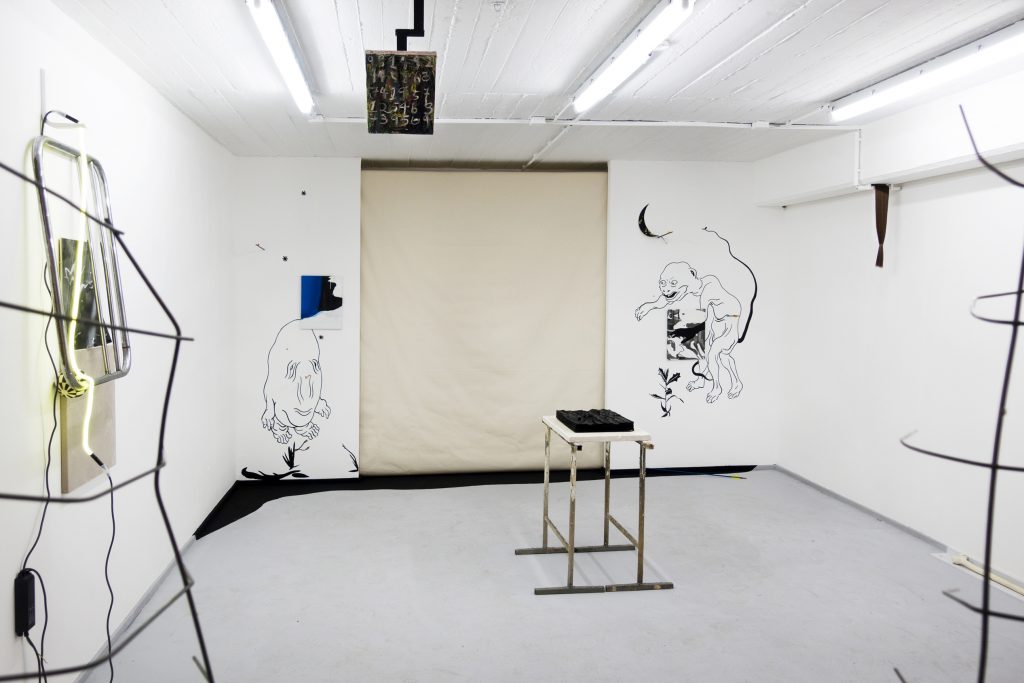
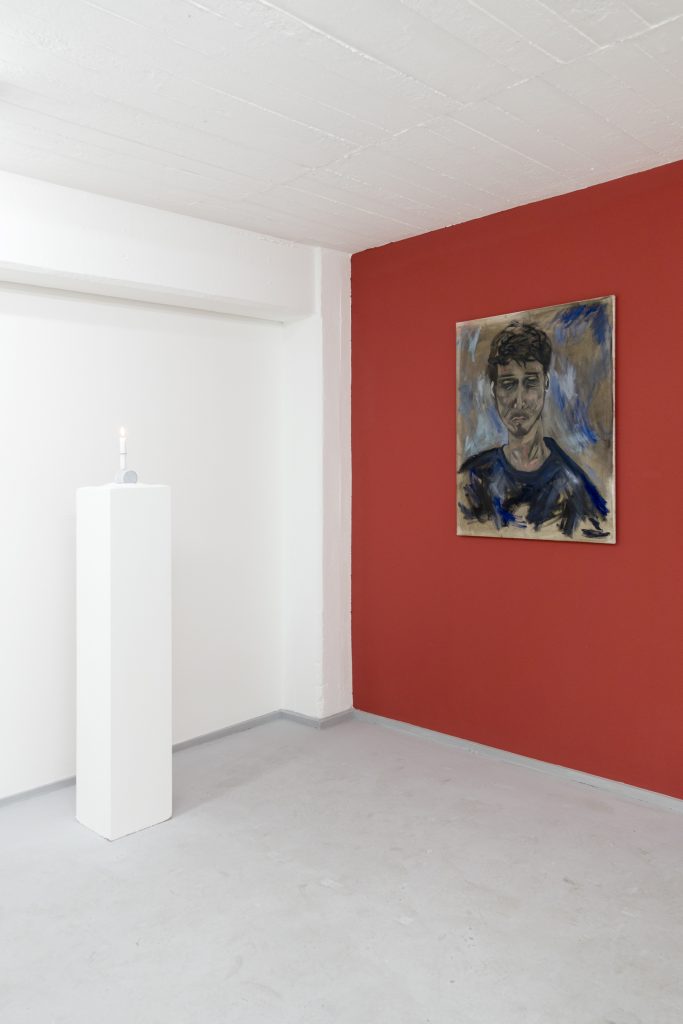
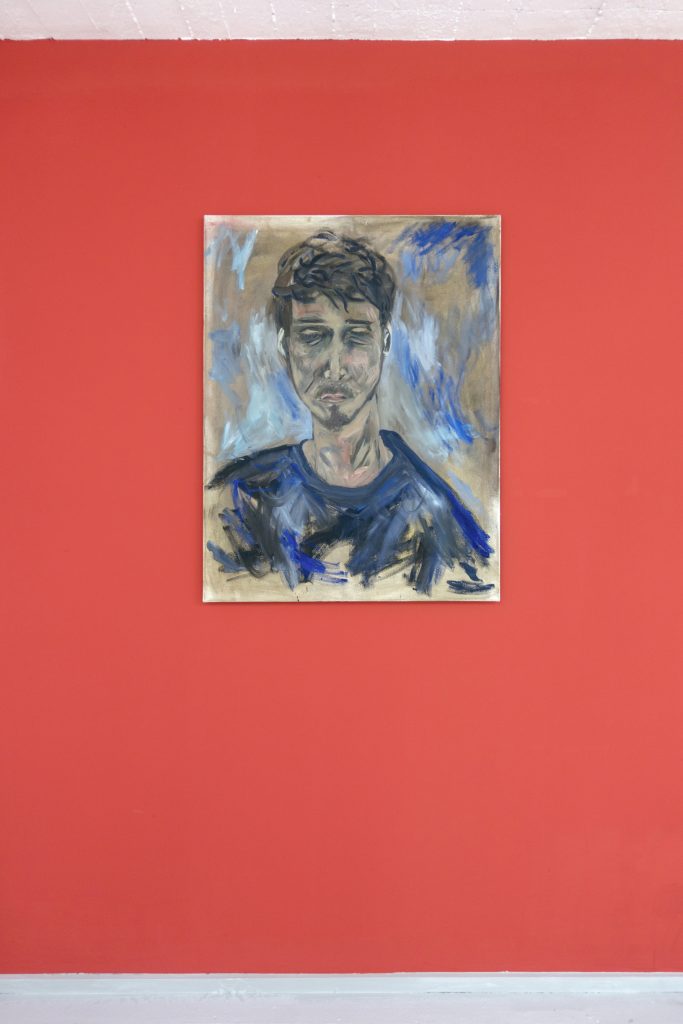

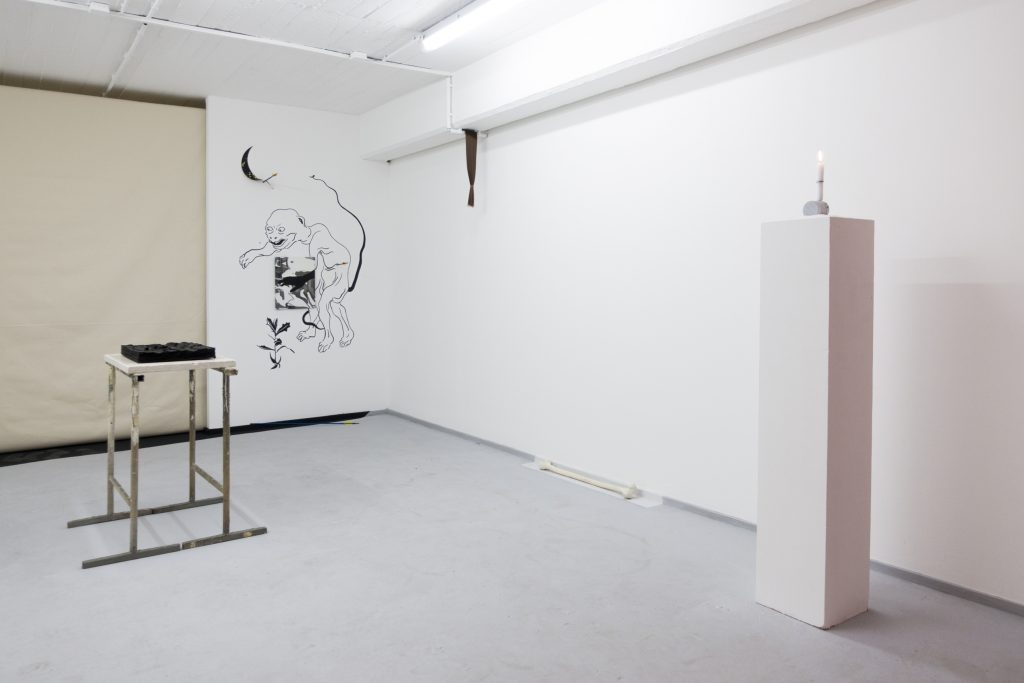
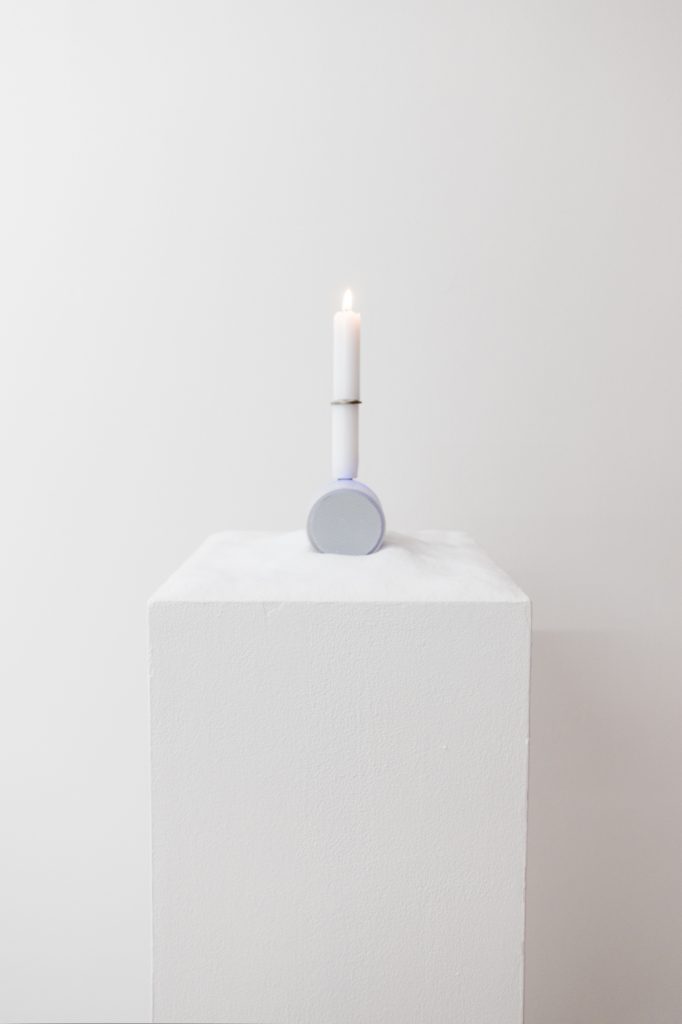
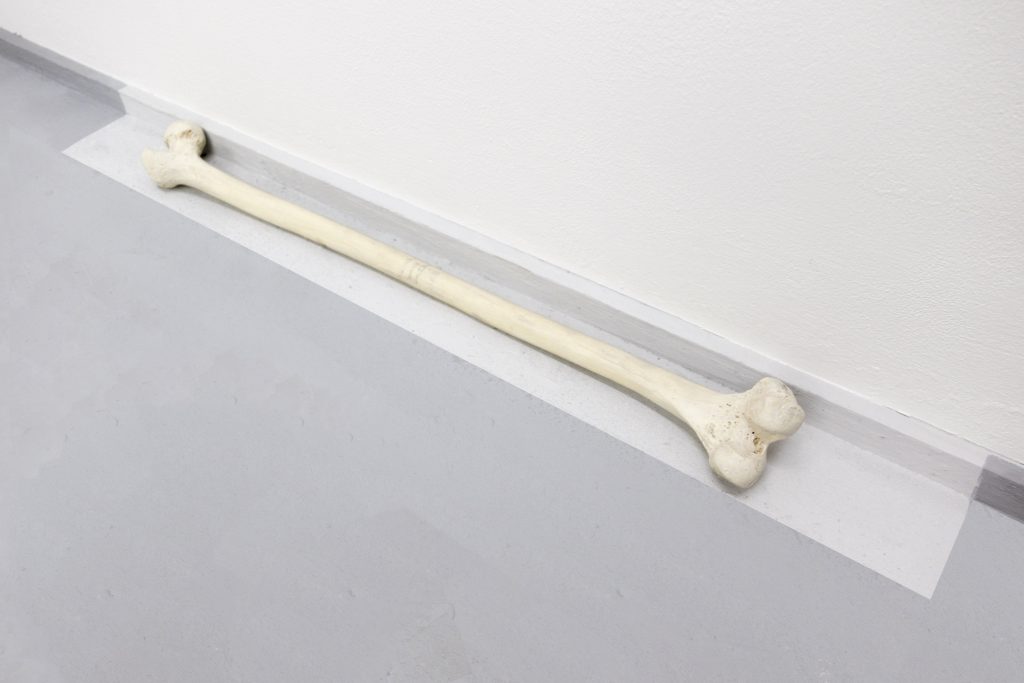
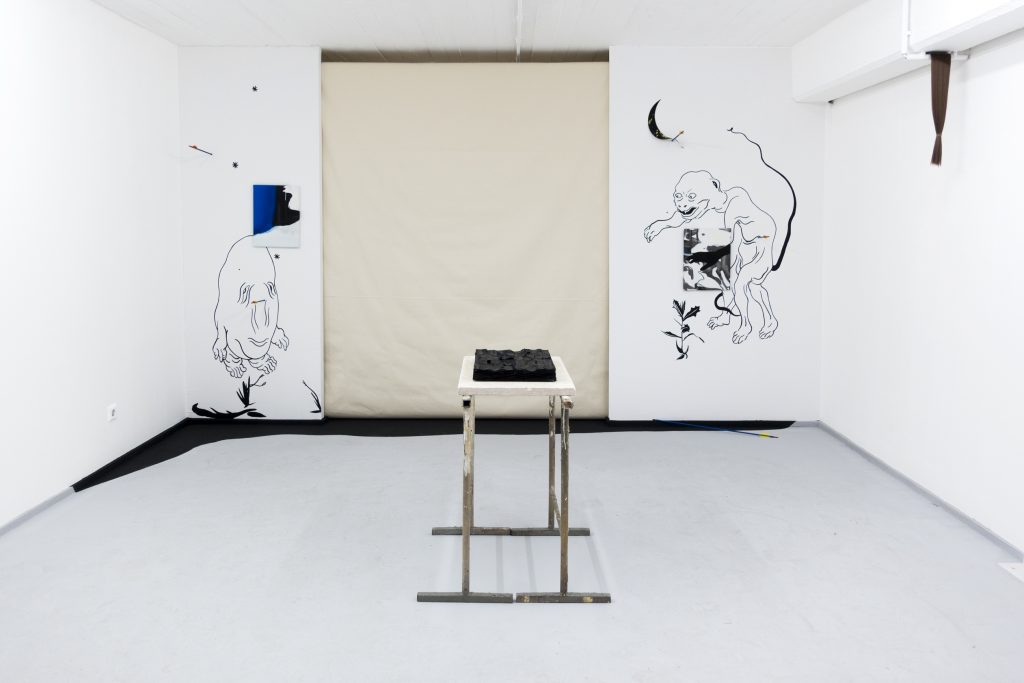
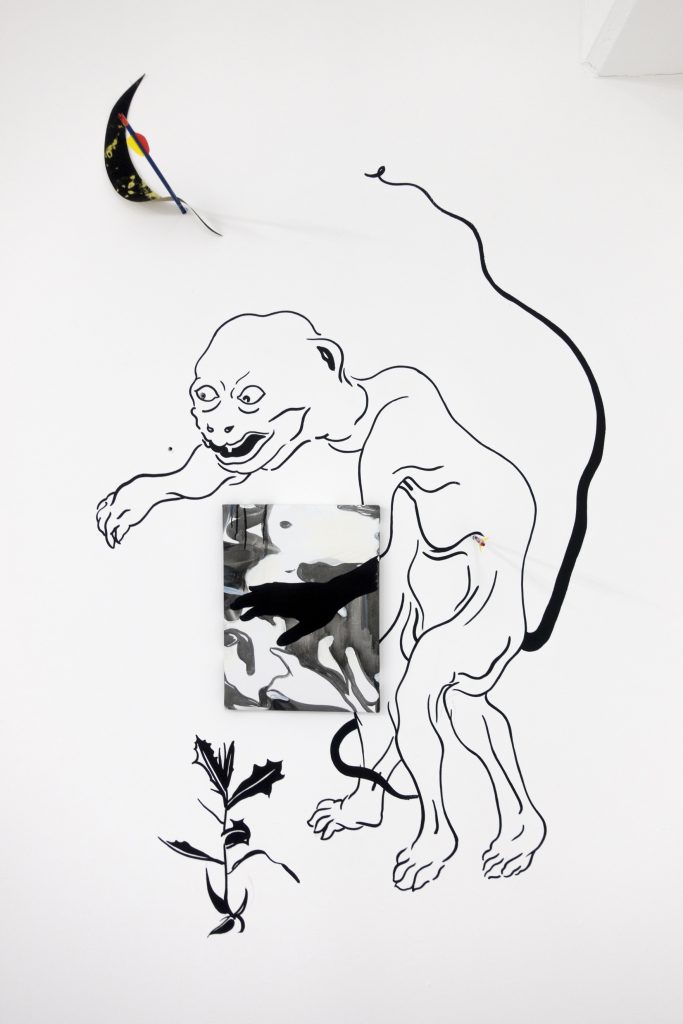

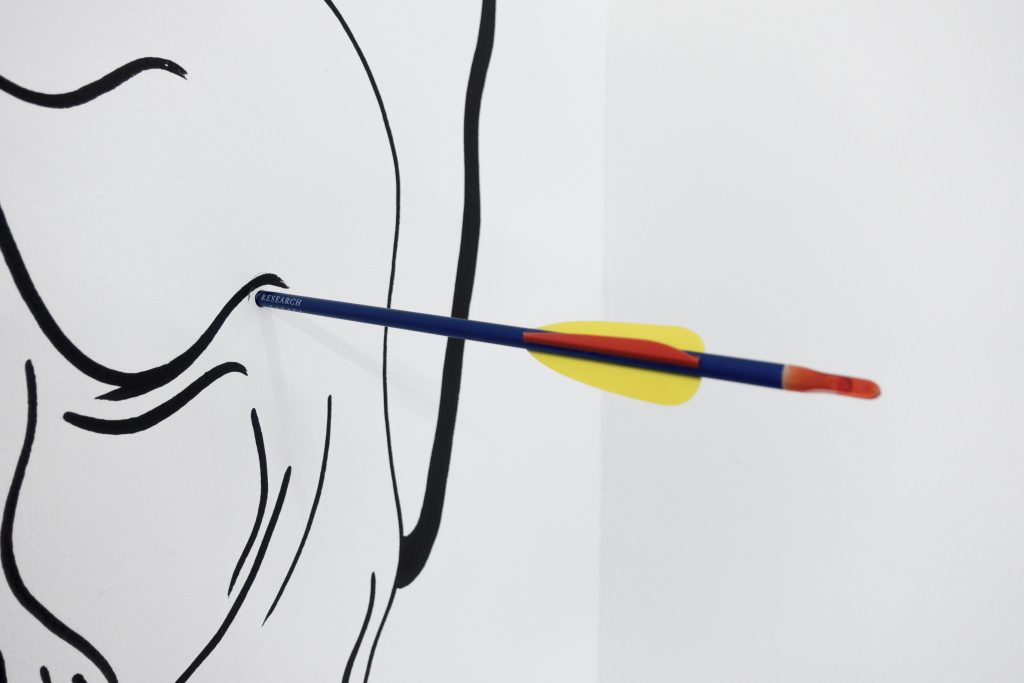

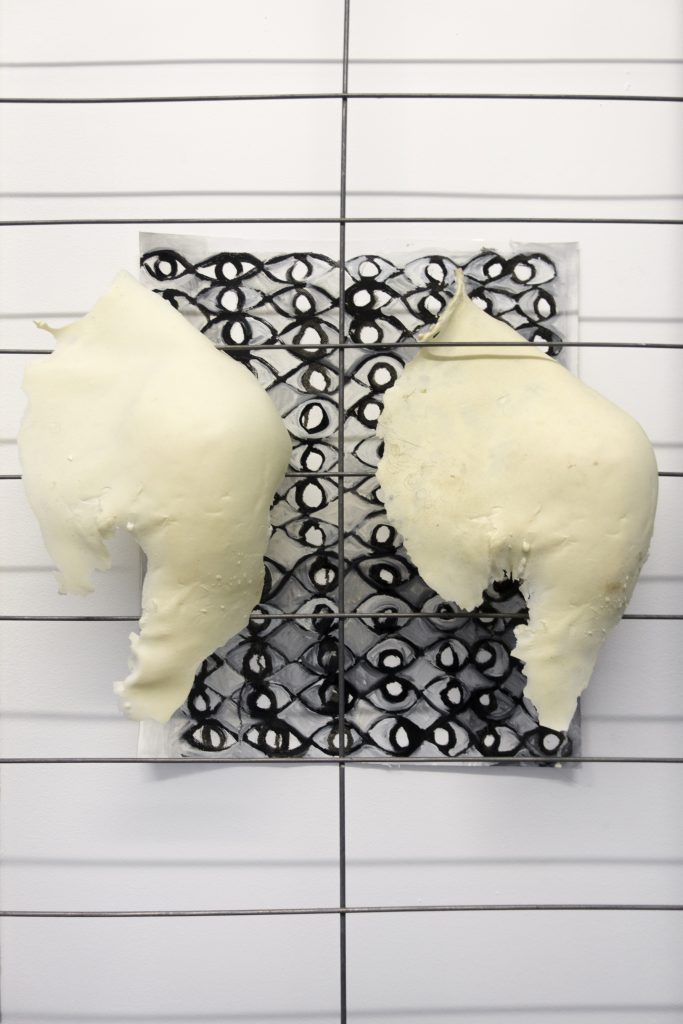
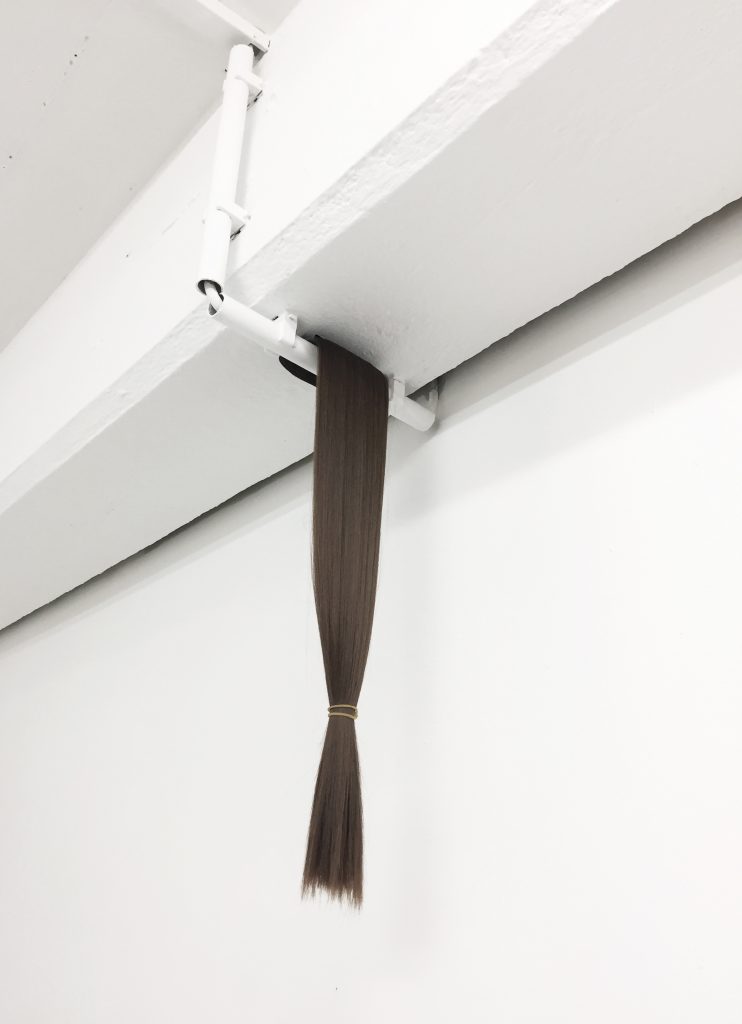
To live alone, you need to be either an animal or a god” – Aristotle
What about a third option to Aristotle saying, an animal, a god or an artist?
In the present there are different degrees of loneliness, even if one is part of a society, he or she can still fell alone, while there are more clear cases of reclusion in which individuals chose to become a hermit or a Tibetan monk, artists are easily and by default associated with loneliness. In order to be understood, artists form micro communities in which they act, on a theoretical and practical level. Fueled by the belief that one day their ideas would get a more universal, wider audience. Till then the artist has to be supported in order to focus on it creative process.
The concept of the exhibition is to challenge the general perception that conditions the artist’s interdependence in society. If we were to regard art as an isolated activity by a single individual we risk endangering and cannibalizing this figure. In this case the stand alone artist would start to consume other artists just so he can justify his occupation. Very often cannibalization takes place, on an intellectual level of course, thus we are not talking about the cannibal as a being that eats its coequal. A first step towards solving this situation would be to reconfigure art as a beneficial activity for all, in collectively of humans.
/////////////////////////////////////////////////////////////////////////////////////////////////////////////////////////////
BLACKOUT, 24.05.2018-05.06.2018
FEATURING WORKS BY: ADA MUNTEAN
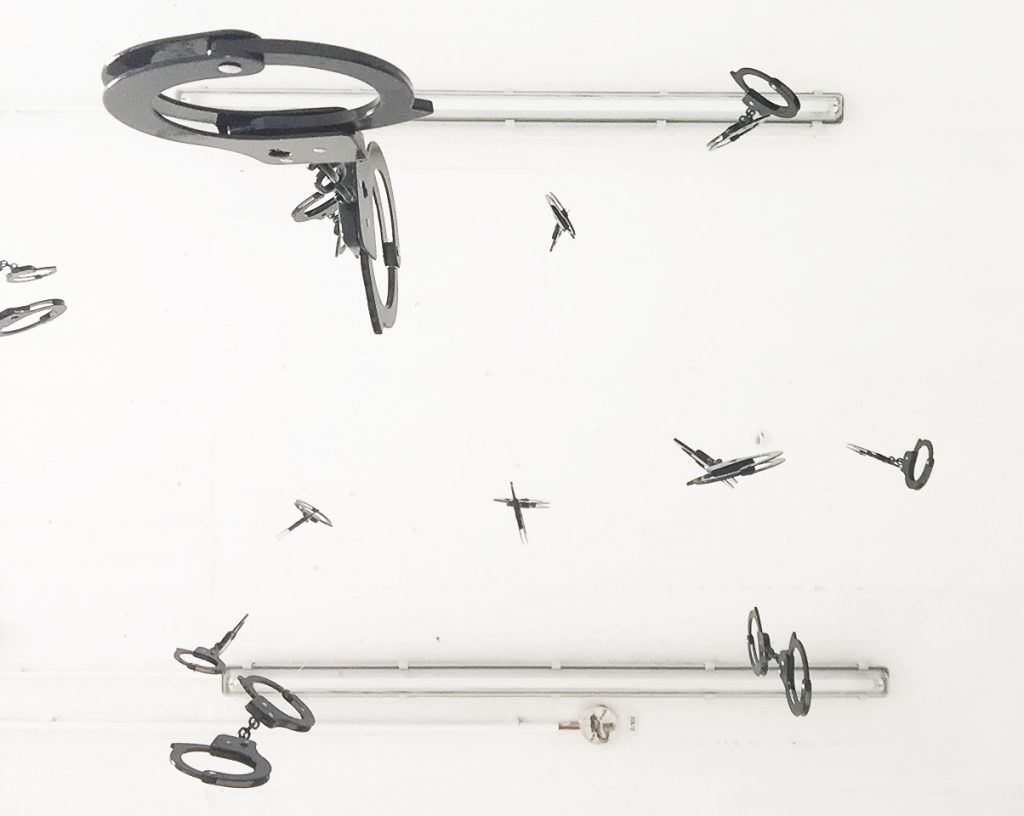
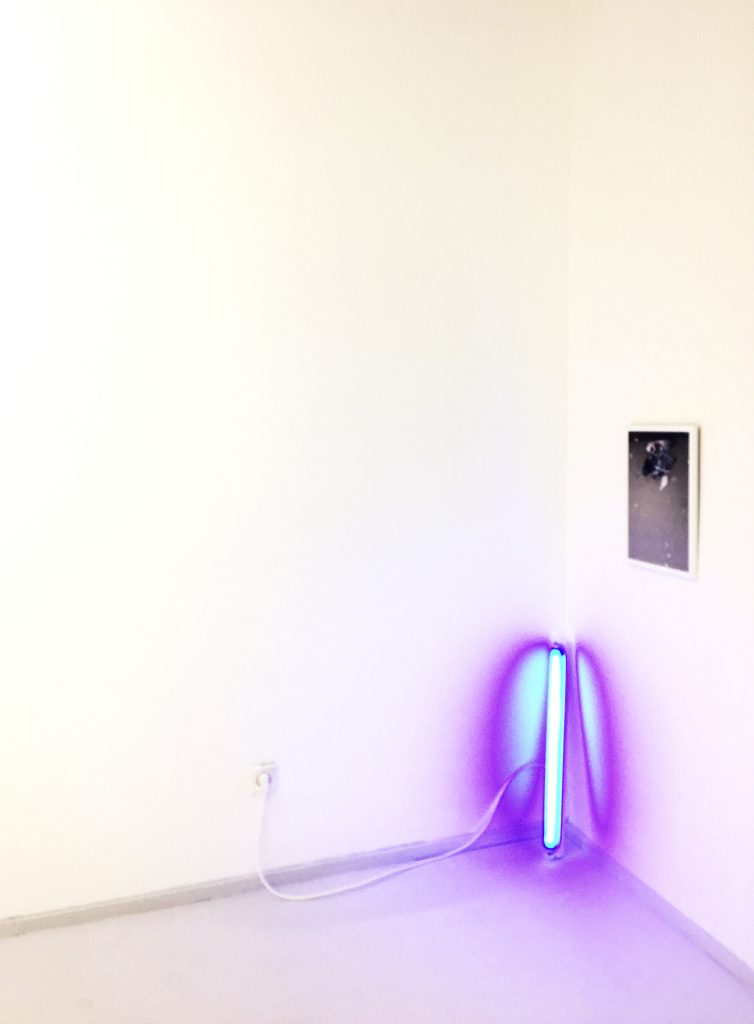

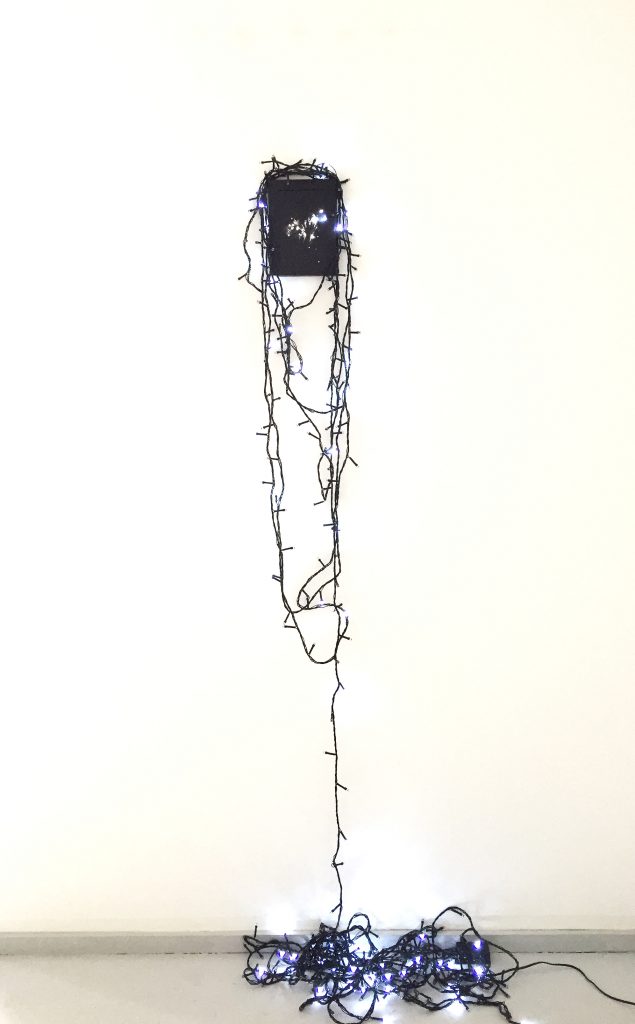
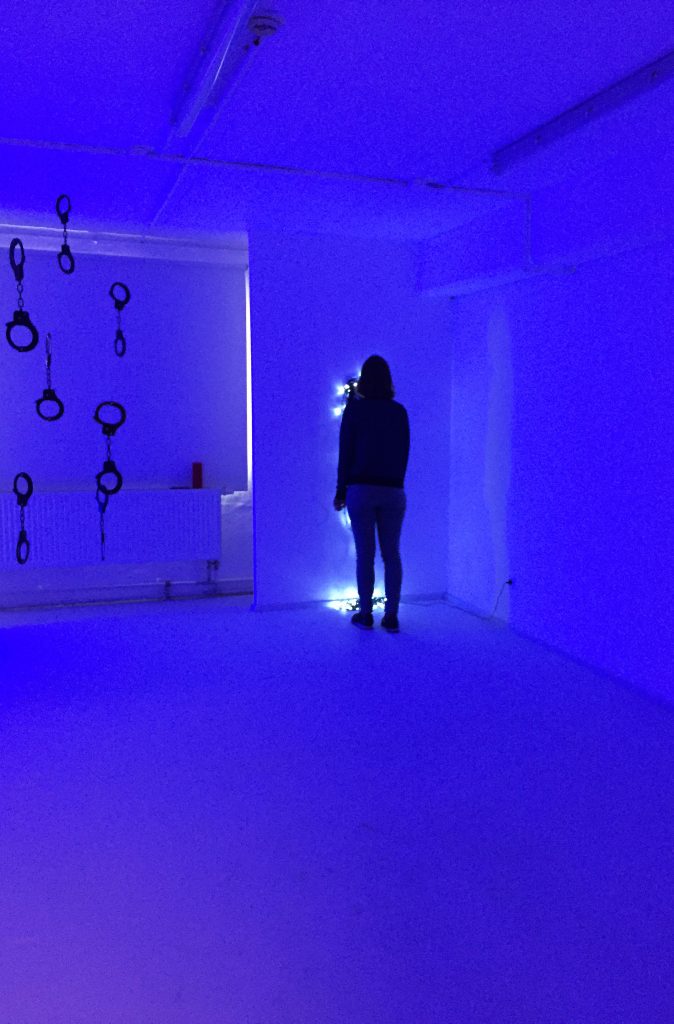

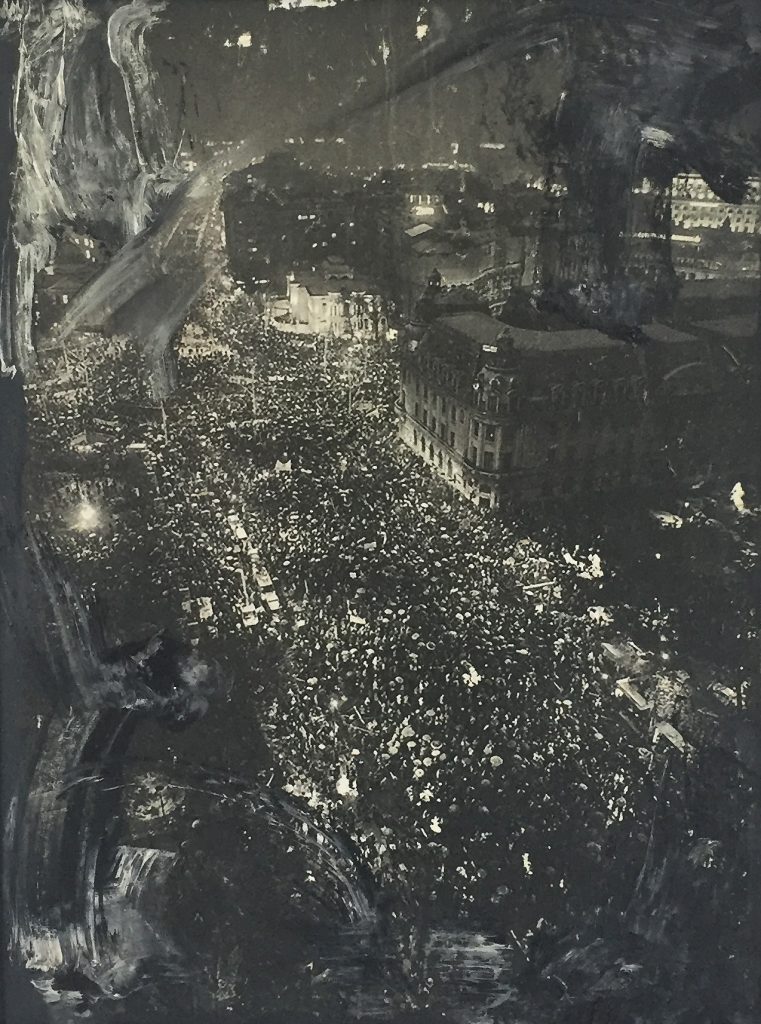
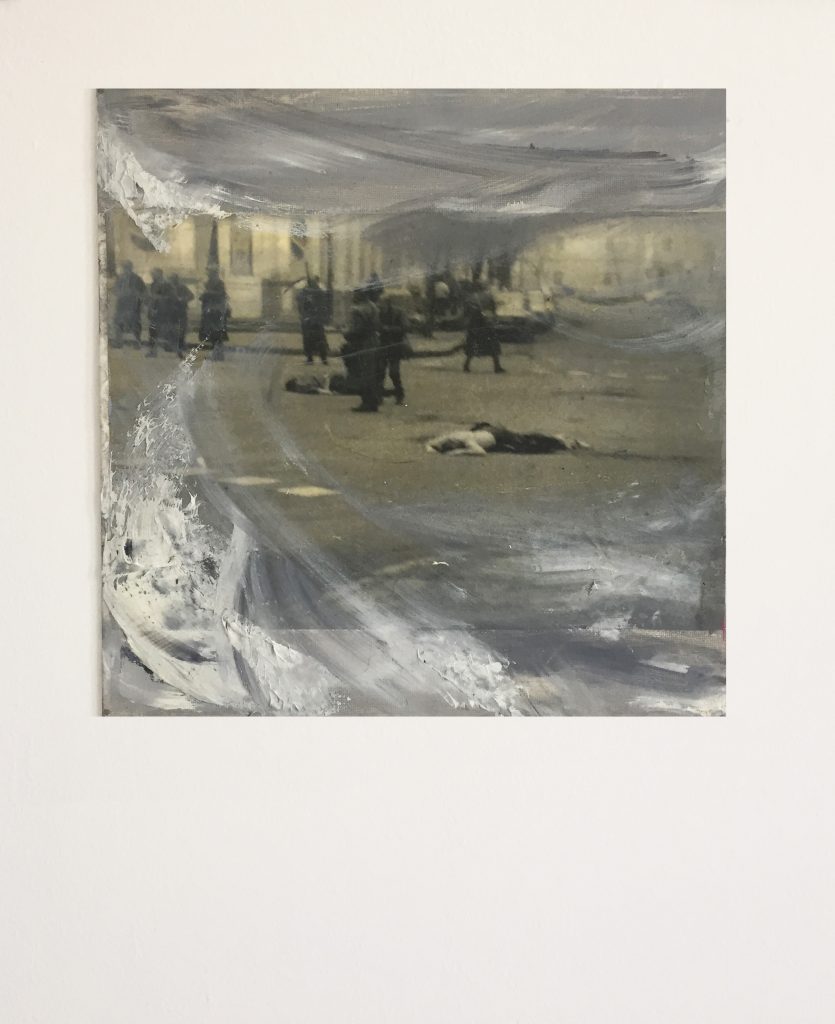
BLACKOUT [Follow The White Rabbit] constitutes itself as an exercise in imagining justice and freedom in an idealistic and at the same time ironic manner opposite the social and political reality of the last years, especially in the fragile democracies of Eastern Europe, and not only.
The deep permeation of corruption in today’s society, the lack of moral values and the promotion of imposture with the purpose of control become key-elements which progressively destroy societies and endanger the future of generations. When justice becomes discretionary and power becomes abusive – all people all equal but some are more equal than others. Daily reality becomes a mental prison for the ordinary man, and the physical prison the only legitimate place for those who make their own law. All these actions bring to the contemporary man an experience which I see similar to a blackout. This blackout appears as a disconnection from normality, like a short circuit in the life you were prepared to live, having learned the difference between good and evil, right and wrong. Follow The White Rabbit (with a link to the Matrix) is the only possible action after waking up from the blackout, namely a search for an intuitive escape from the matrix that holds you prisoner. One acts organically, listening to one’s intuition and following the signs which will get you out of regression and decline.
Blackout. [Follow The White Rabbit] starts conceptually from the most important events of my natal country – Romania in the last 30 years, (but not only), outlining the premises of a society caught at its boiling point in which social inequalities push people towards civic acts of rebellion. The exhibition is constituted as a space of reflection about freedom, truth, peace, war, death, life and last but not least the history that seems to repeat itself.
The pictures that reflect the Romanian Revolution of 1989 are made by Nicu Cherciu and Răzvan Rotta.
The pictures that illustrate the protests of Bucharest January 2018 belong to Euronews.
The music that accompanies this project was composed especially for the Blackout exhibition by Răzvan Apostol (SCUZE).
/////////////////////////////////////////////////////////////////////////////////////////////////////////////////////////////
TURPENTINE, 25.04.2018-10.05.2018
FEATURING WORKS BY: GABRIEL STOIAN, FEDERICO ROSA
CURATED BY: GABRIEL STOIAN
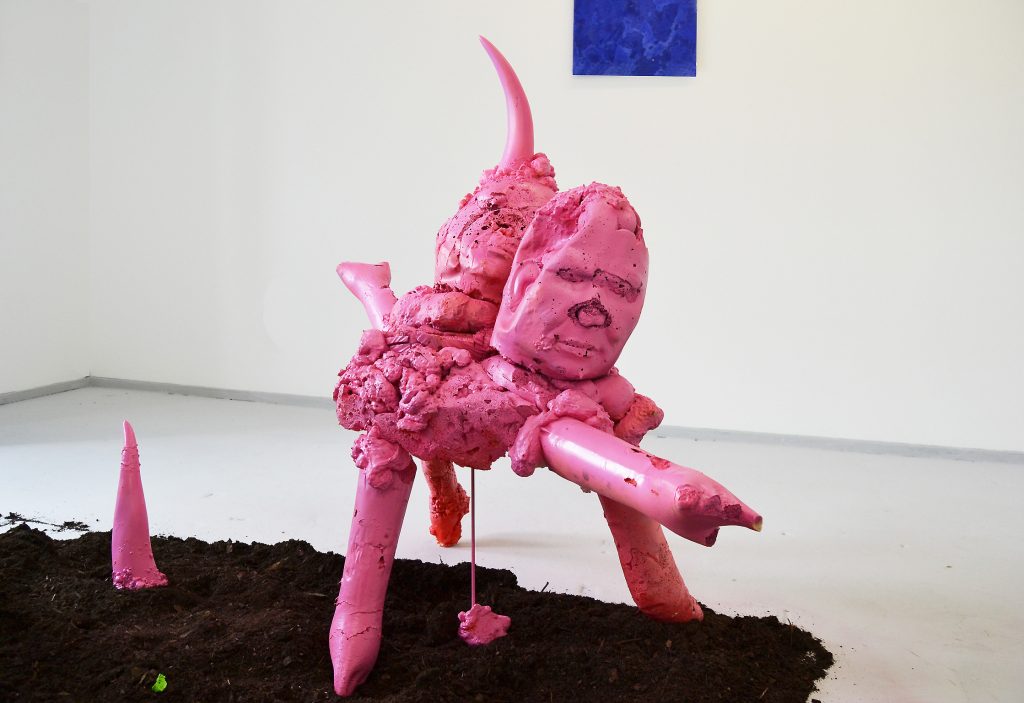
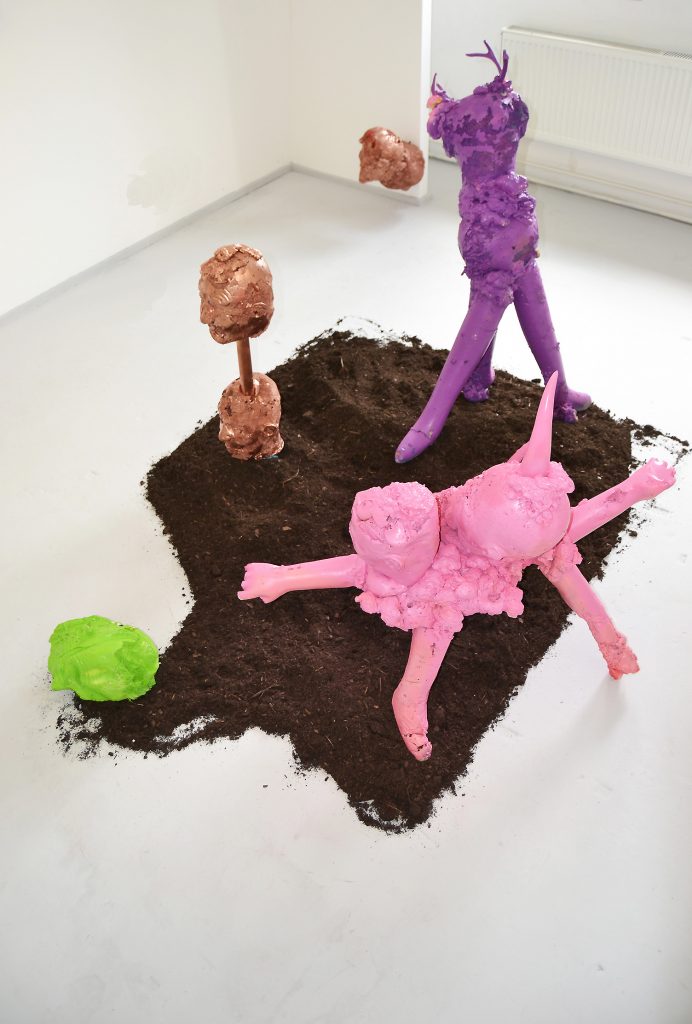
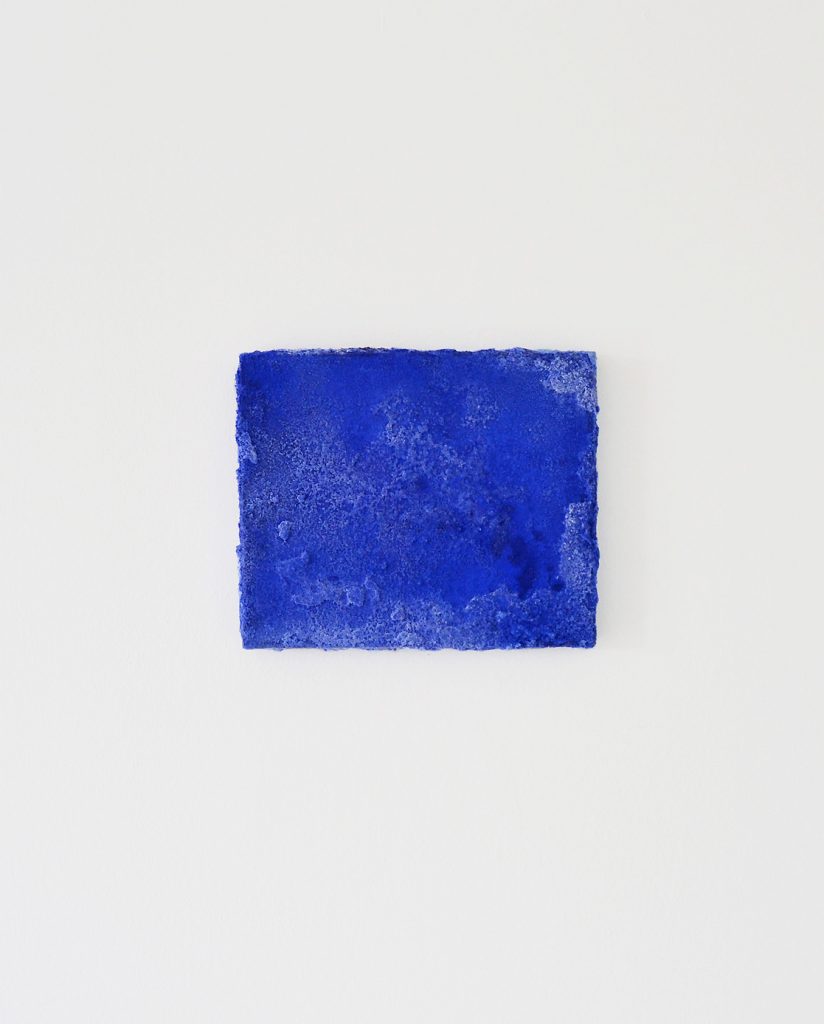
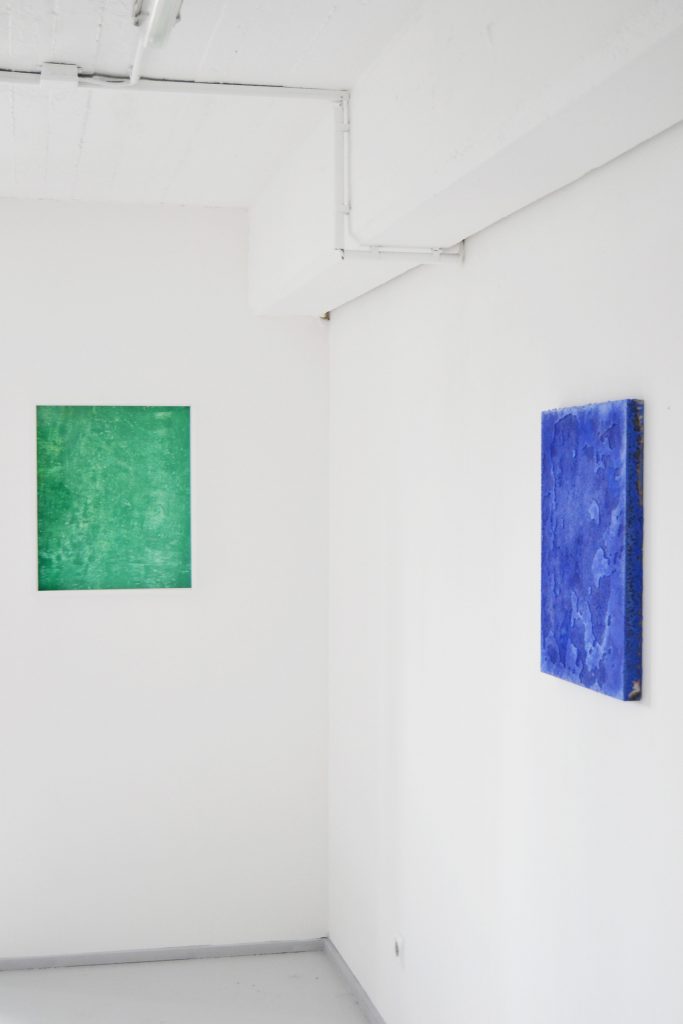
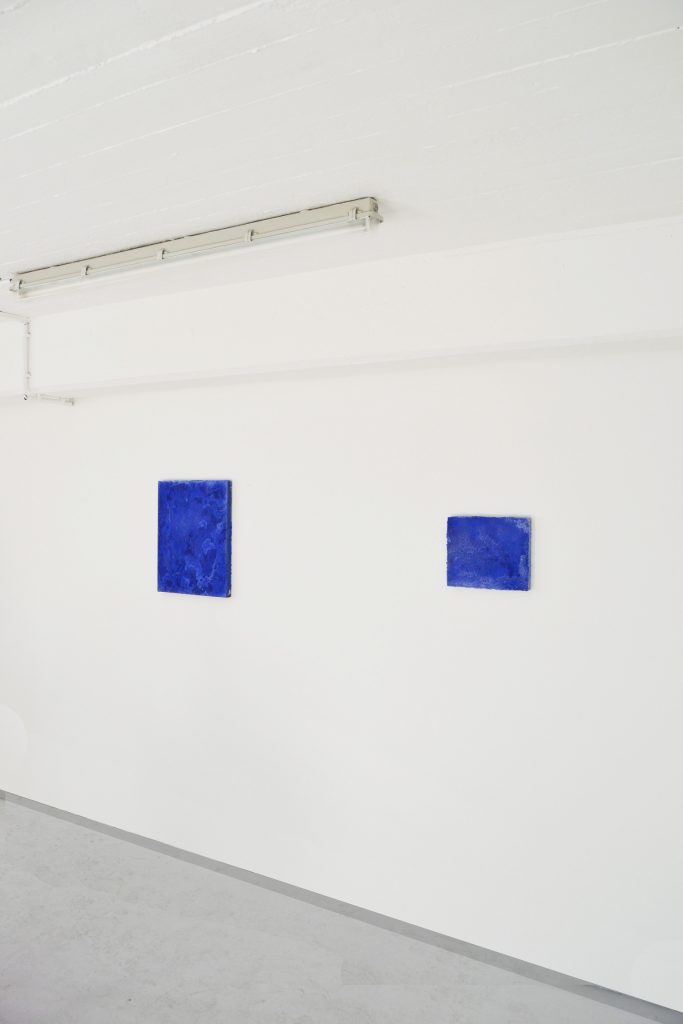
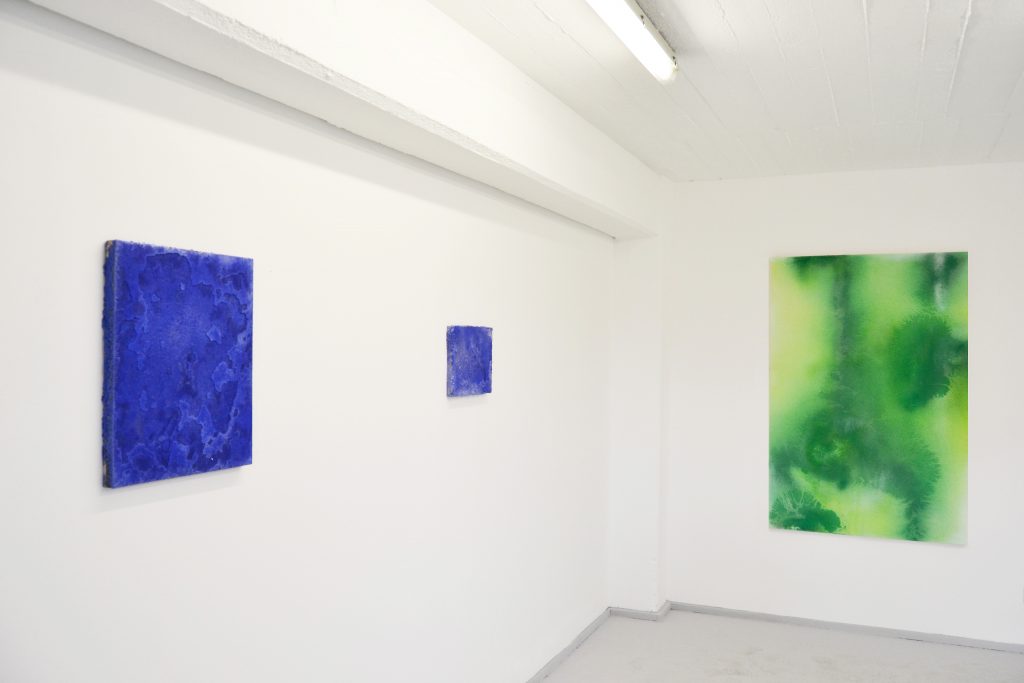
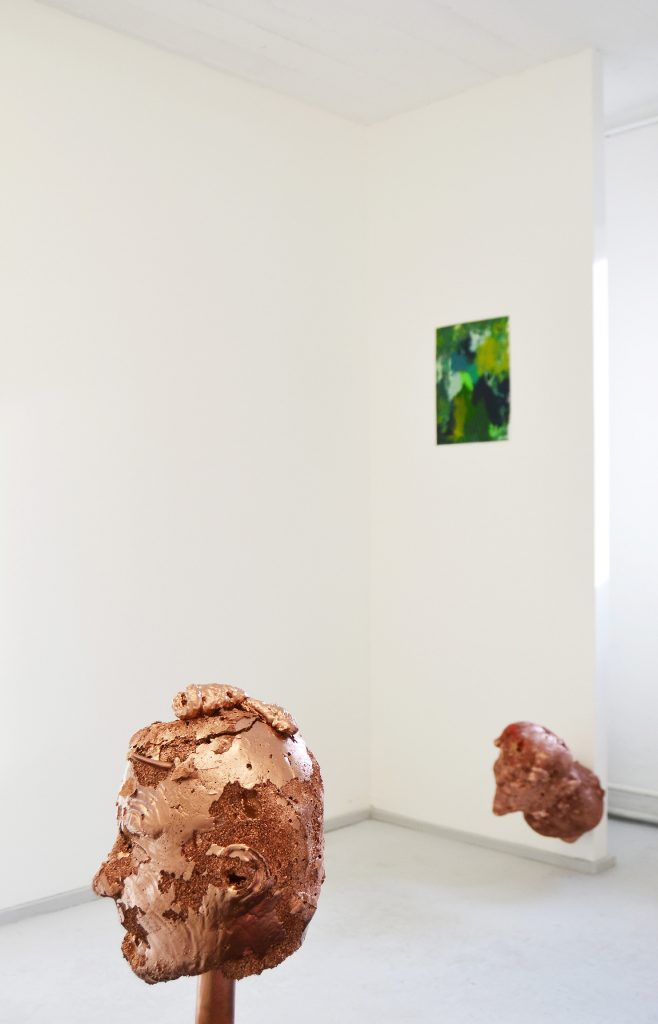
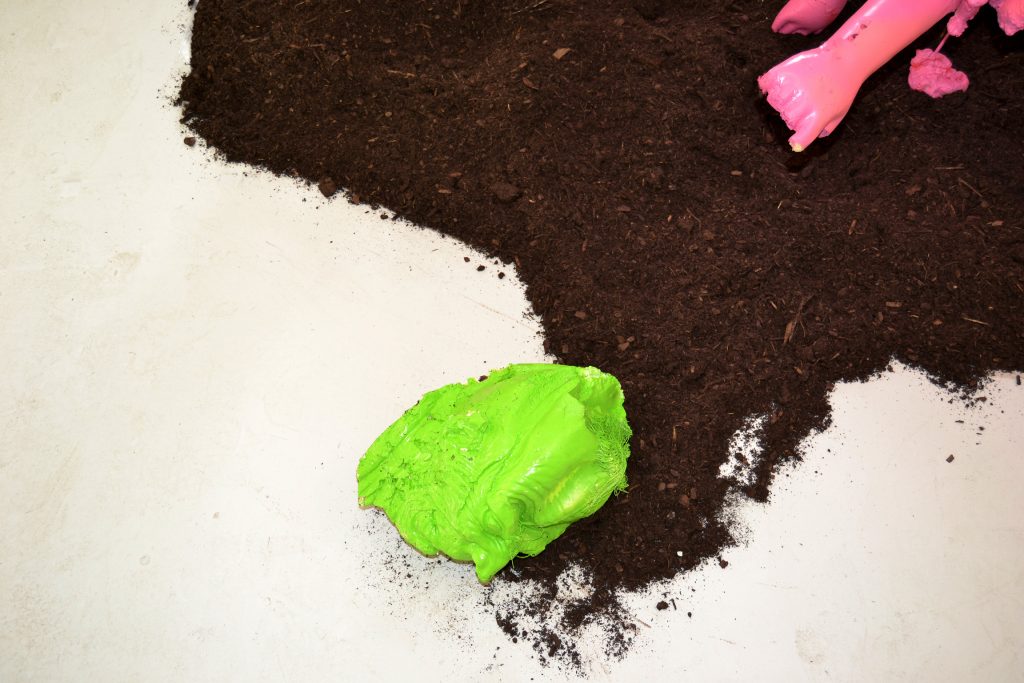
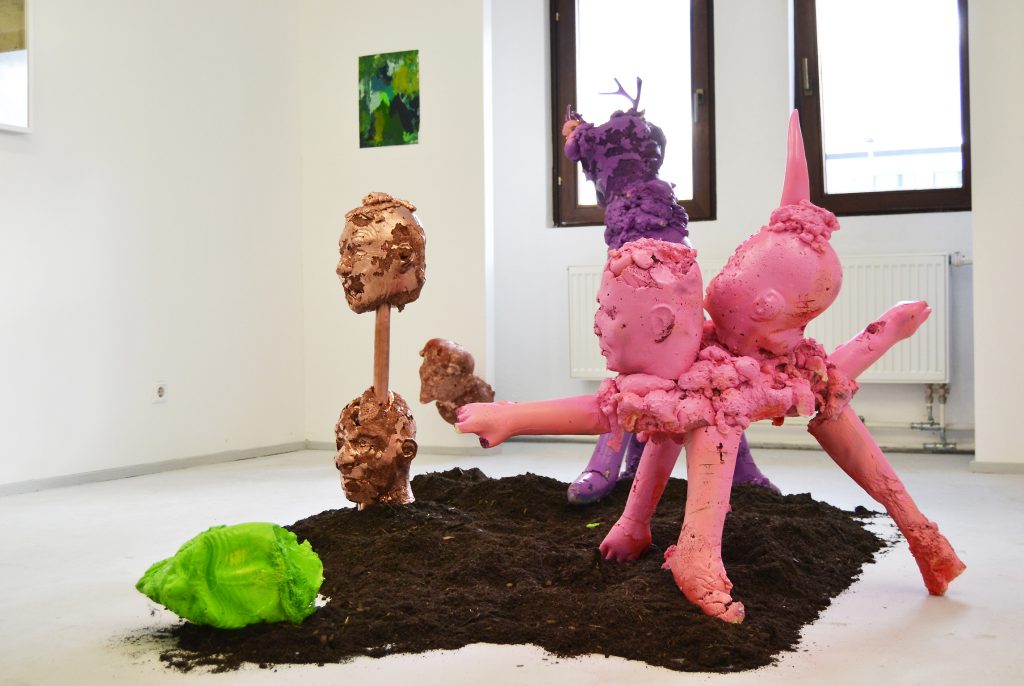
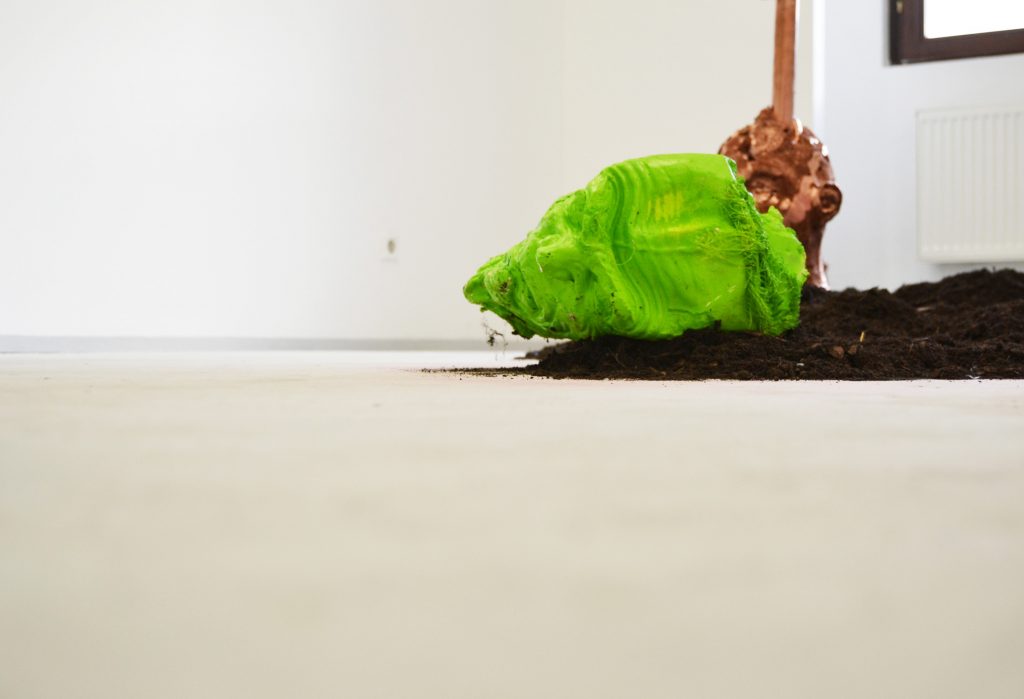
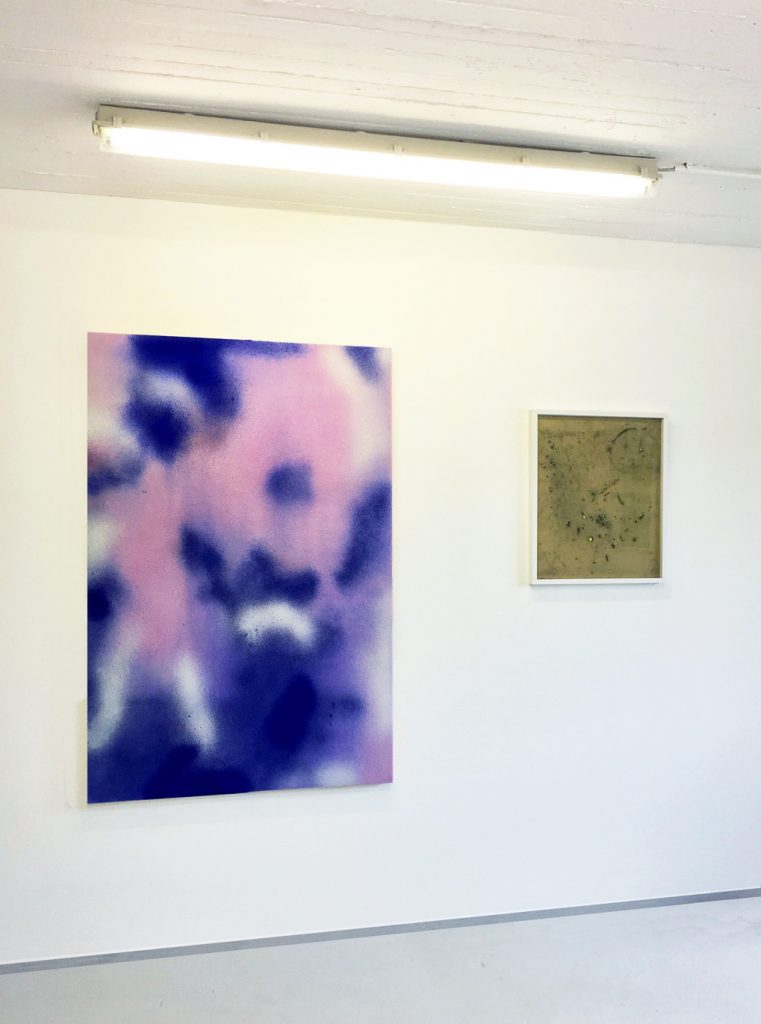
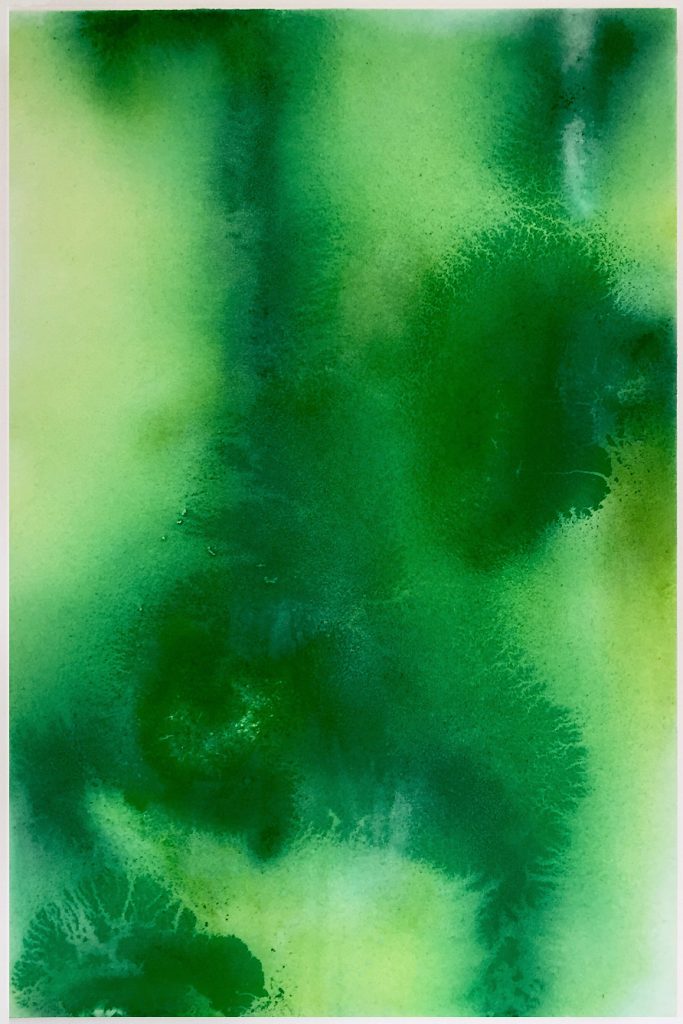
In our days, general perception about the imminent apocalyptic future is explained through, and as a consequence of a multicultural issue. The link between multiculturalism and apocalypse has to do with us realizing that while we are so egocentric in placing the human as a measure of all things, everything around us is dying.
The so called vast majority of humans seem convinced that the neoliberal globalization process of hegemonic multiculturalism has failed. What if we where to look at the future from a multi-natural perspective instead? Hence, what is multi-natural? An easy answer would be the opposite of multiculturalism: The ancient belief that most existing entities are supposed to share a similar inferiority while being different in body. And the guy who came up with all this is Brazilian anthropologist Eduardo Viveiros de Castro, who made this hypothesis when he encapsulated indigenous conceptions that were already present in a range of Amerindian people from the Lowland South.
Modernity was possible through genocide not only on the indigenous human population but also plants, animals and entire ecosystems, that were extinct by the carbon cannibalism, fracking, radioactive spills and many other “revolutionary” actions. As it is, emancipation of our species equals solitary supremacy, and is not making anyone happy anymore. After all, is turpentine that far away from gin?
The works presented in this show by the two distinct artists, Gabi Stoian – Romania and Federico Rosa – Honduras, find common ground in the attempt to outgrow contemporary aesthetic trends. Going as far away from the understanding of art through art history, and following the belief that the future art can no longer be referential, it has to be free from the chains of logic and the never-ending ties to modernity. This exhibition offers a downgrading perspective over things to come rather than an elevation of humanity. However this display is not intended to be seen as negative or solipsistic, just sceptical, a focus on positive conditions required for constructing new perspectives
/////////////////////////////////////////////////////////////////////////////////////////////////////////////////////////////
WAYFARER COLLECTION, 01.02.2018.- 14.02.2018
FEATURING WORKS BY: JULIAN RIEDEL
CURATED BY: GABRIEL STOIAN
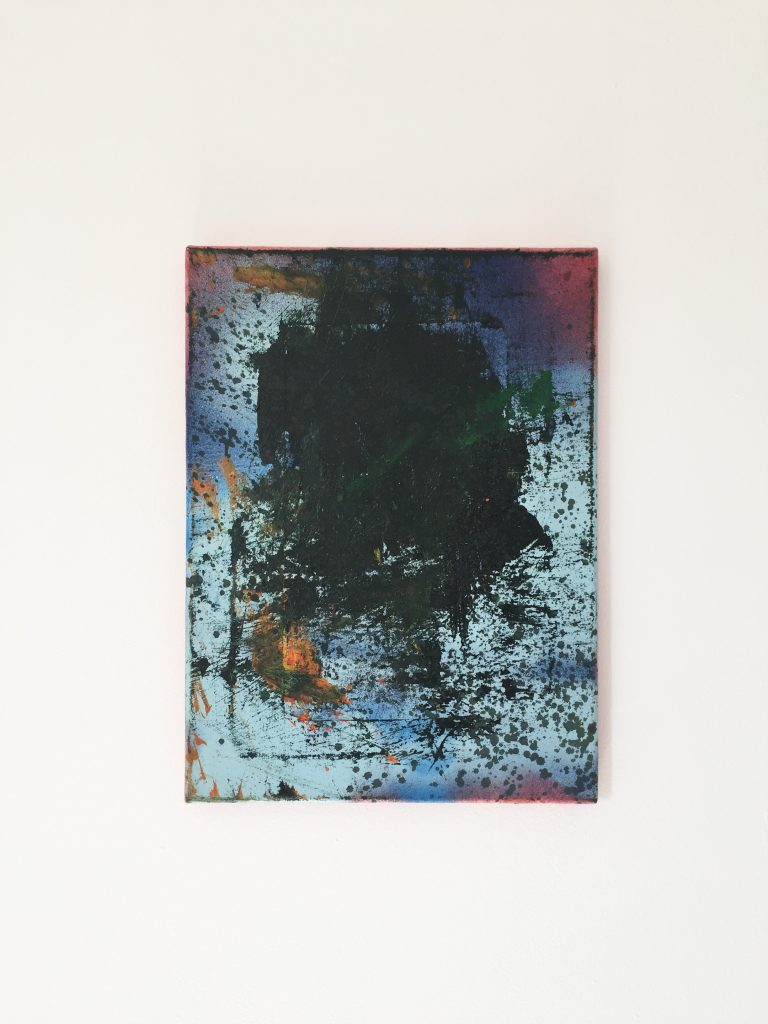

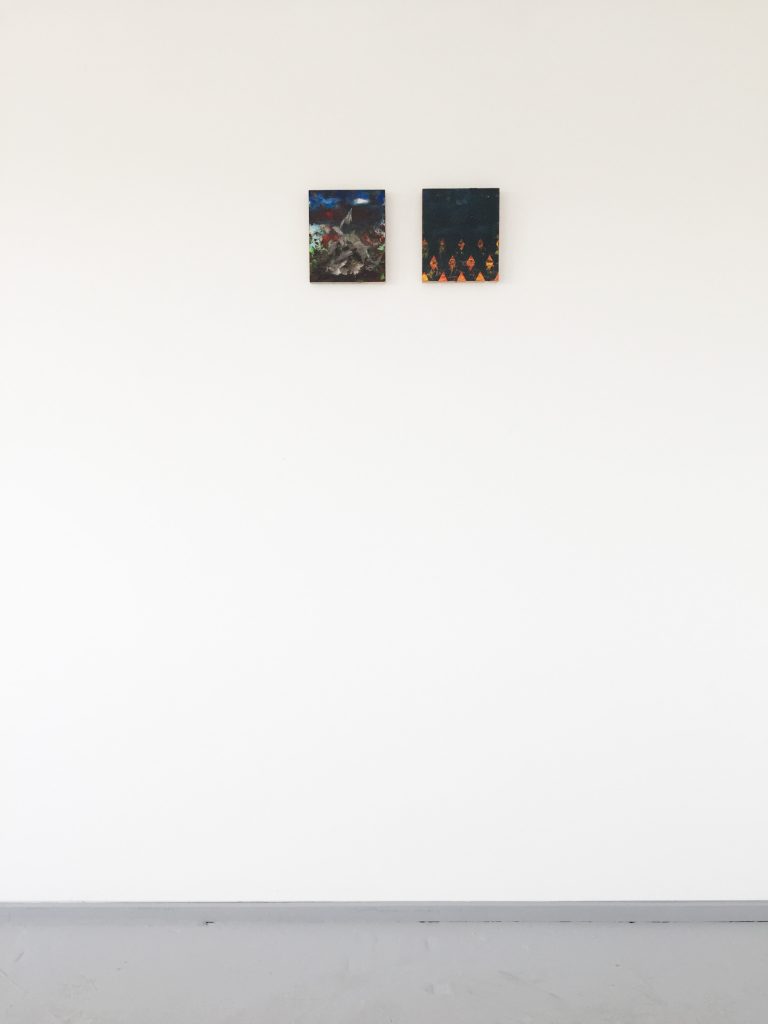
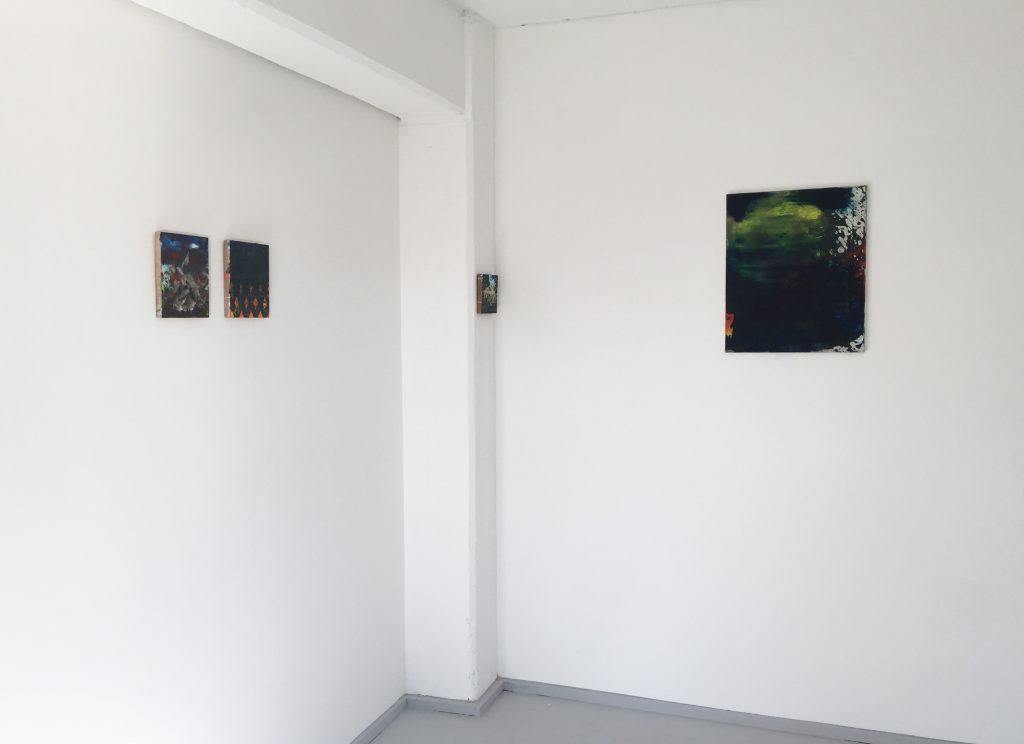
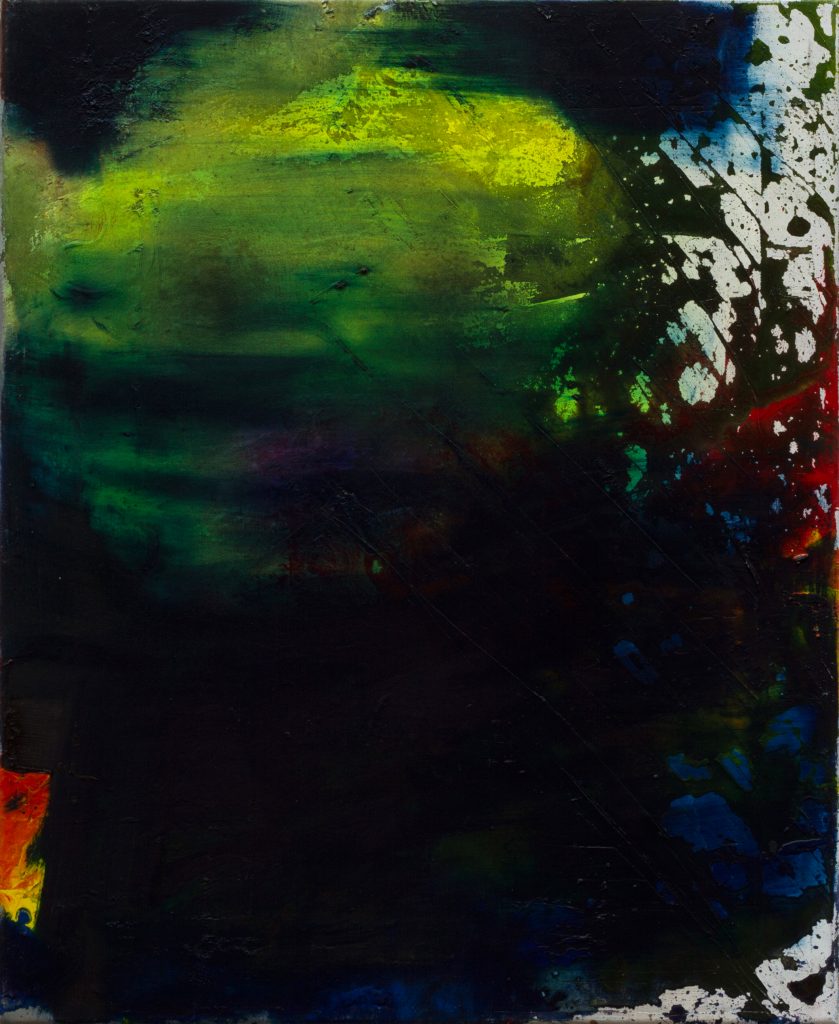
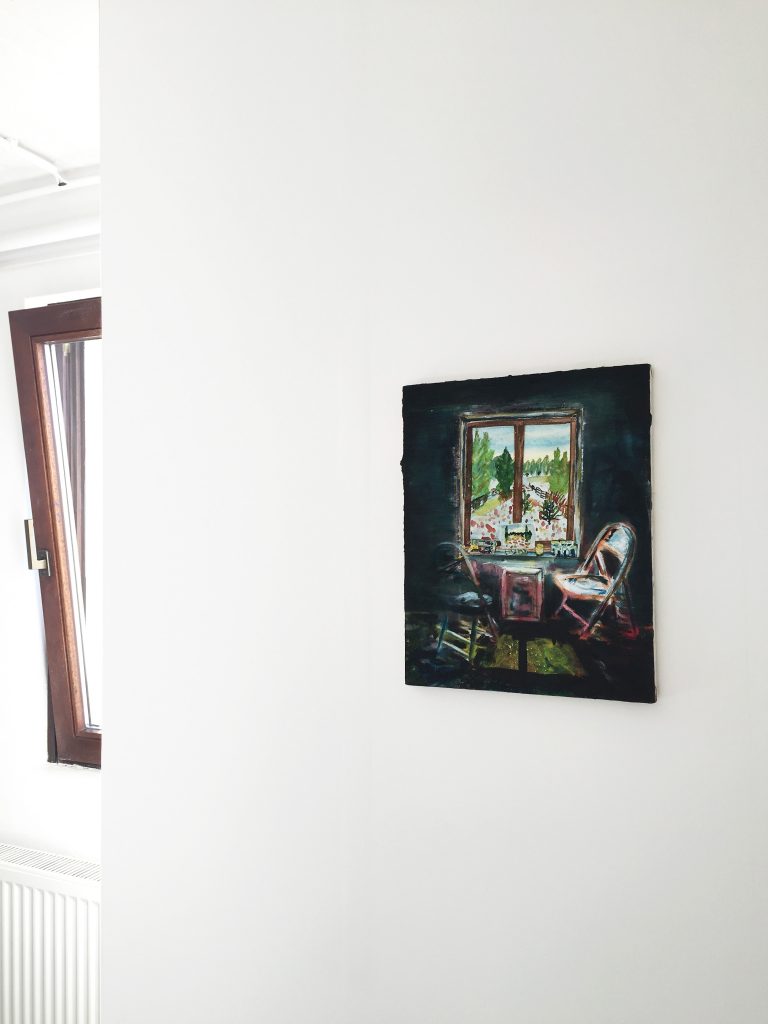
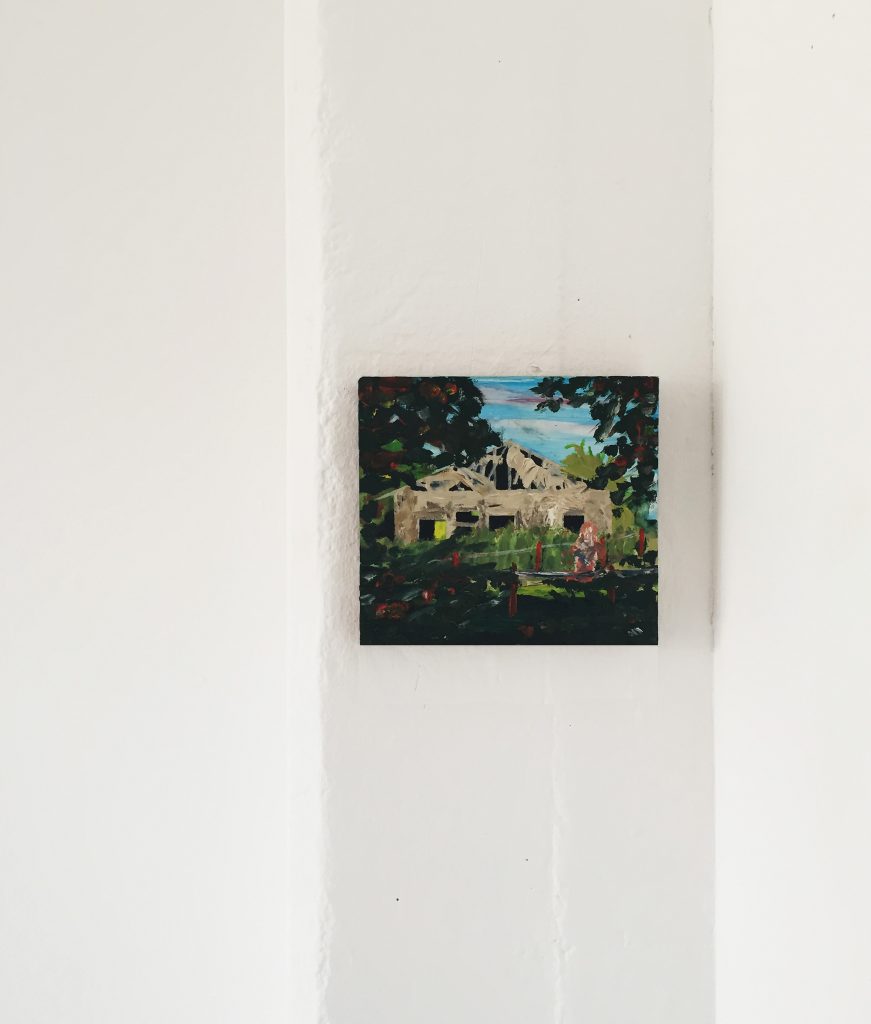
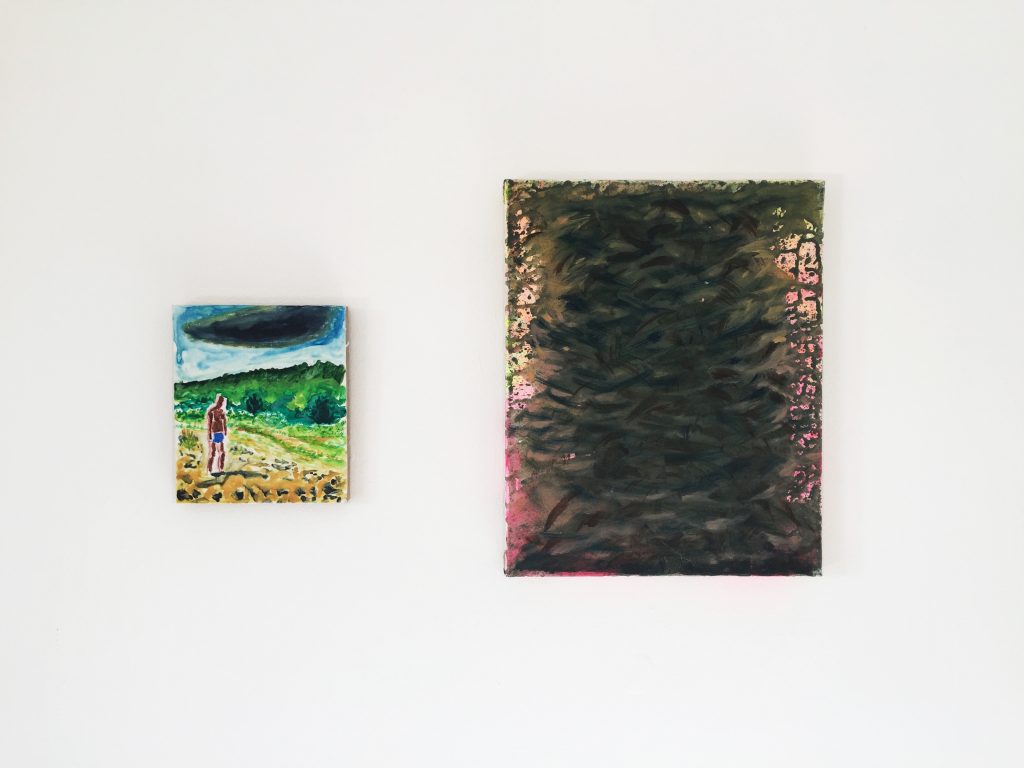
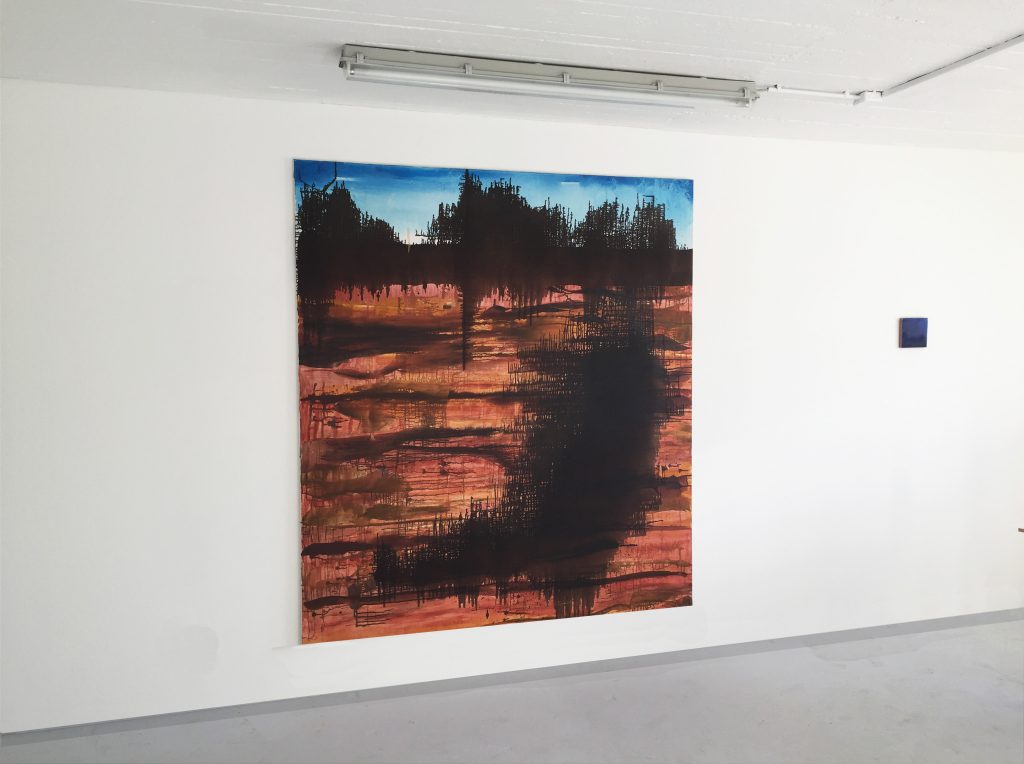
Coming from afar, and approaching the work of Julian Riedel with caution, how can one find his way around a ravel of emotions, experiences, perceptions and problematic confessions? How does one clarify the tension that emanates from all this? In this body of works there are no clear messages; here the images are located more or less precisely. These canvasses could not be more intimate as if they were part a voyeur’s journal. For a better understanding you could imagine a person who travels from place to place usually by walking and has accumulated certain nostalgia and that can be depicted in this show. The paintings are not provocative they are more alluring, magically inviting you in. Raging from specific sites that the painter has endeared himself being, to limitless abstract contemplation over the freedom to act, travel and observe. Wayfarer collection refers to a unity that we have to traverse, to understand by inventing a method to orientate ourselves. The artist only offers a multitude of singular pieces leaving the general intellect to do his job.
/////////////////////////////////////////////////////////////////////////////////////////////////////////////////////////////
A ROBOTS HAND IN A SUPERMARKET, 16.11.2017-30.11.2017
FEATURING WORKS BY: ANDREEA VICTORIA ANGHEL
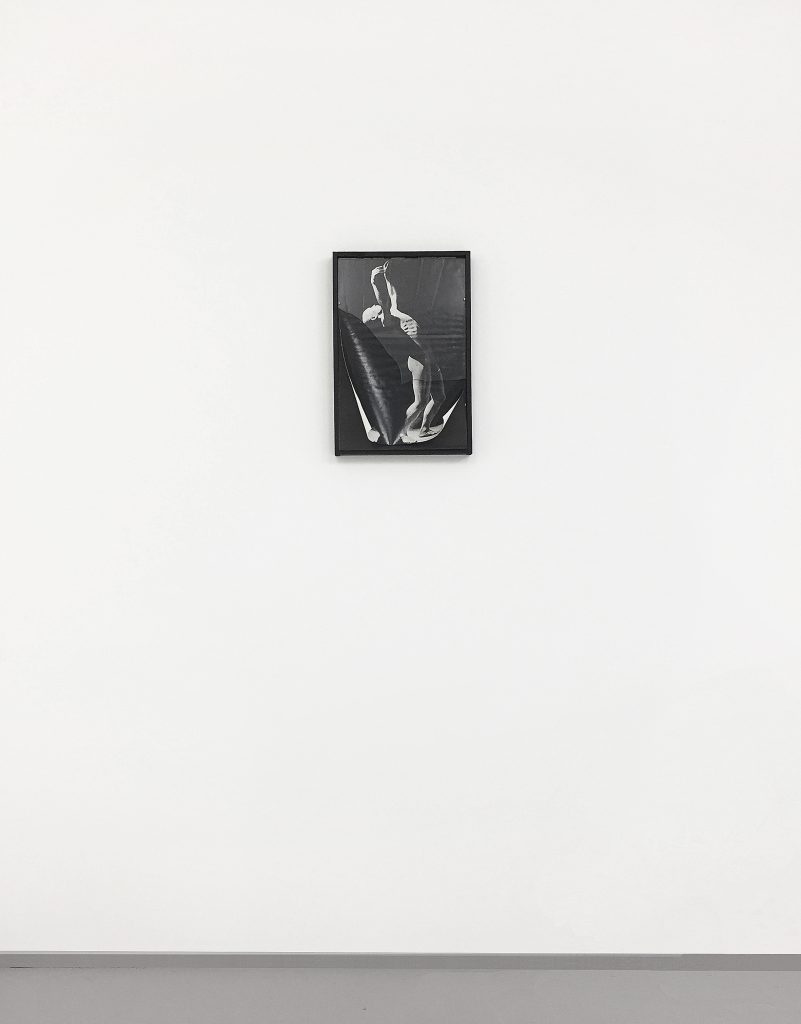
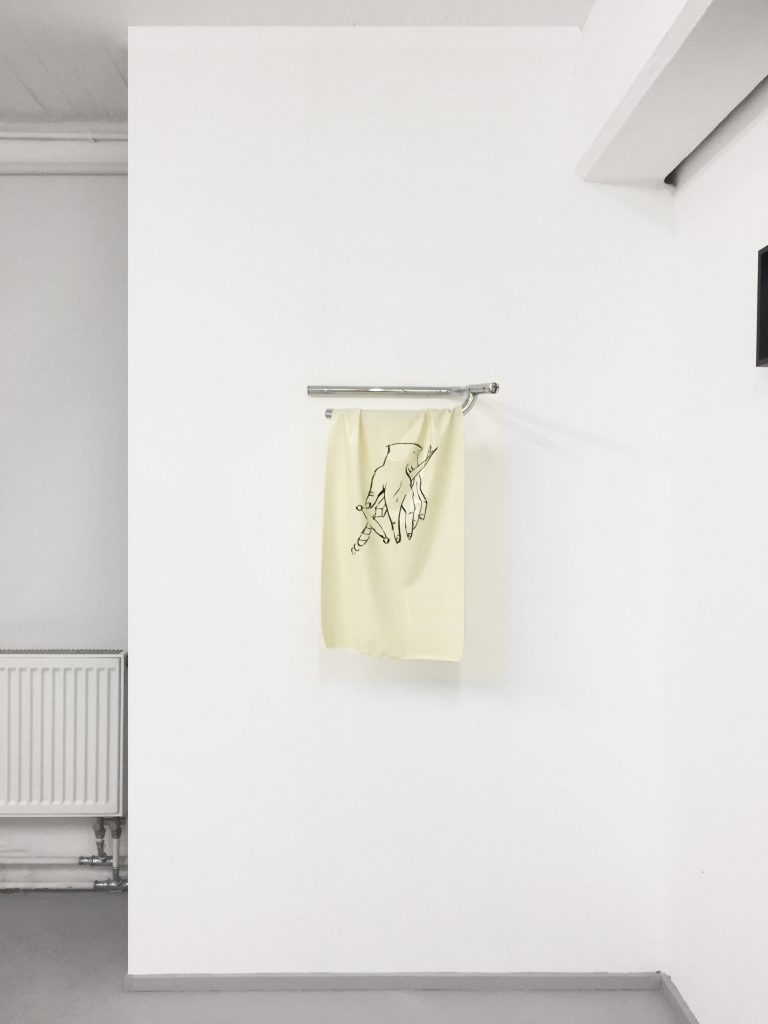
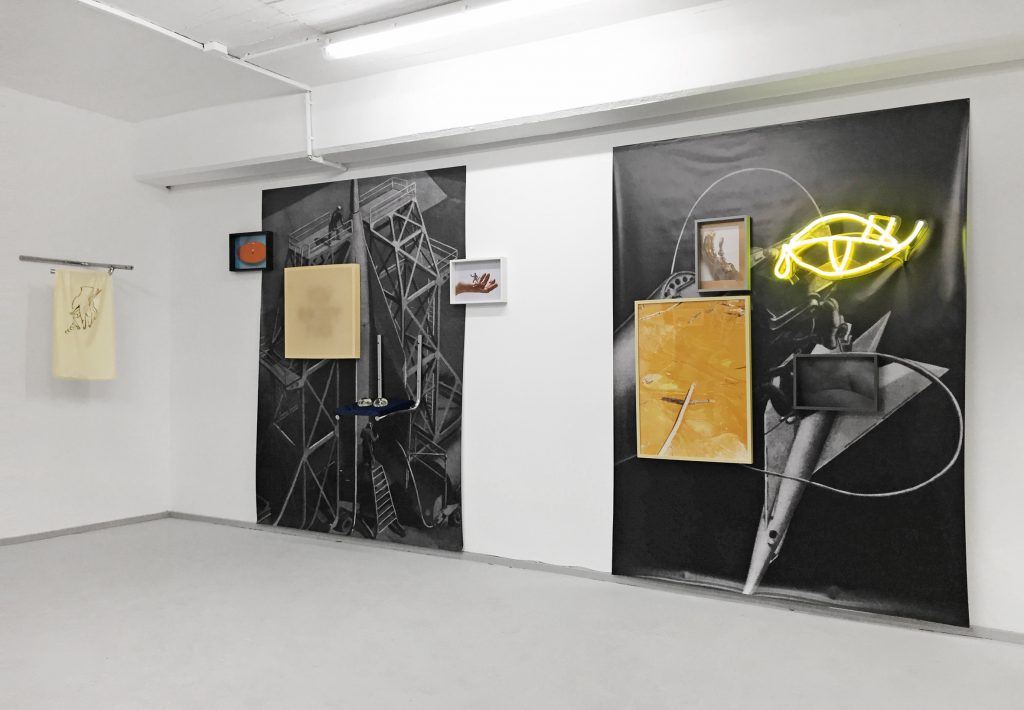
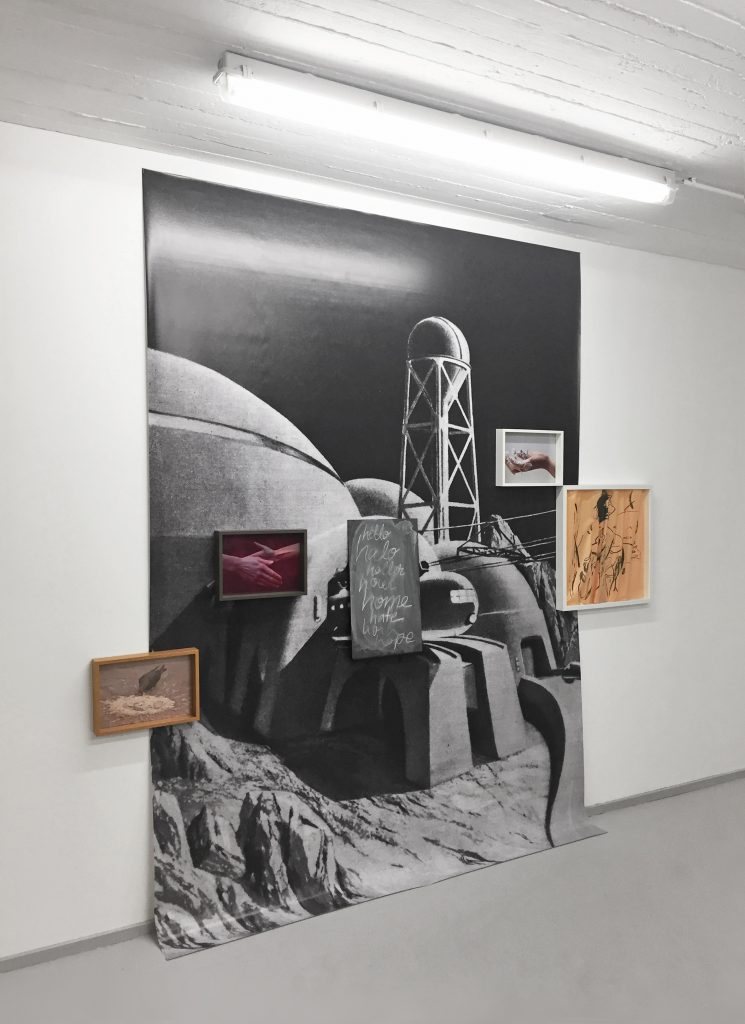

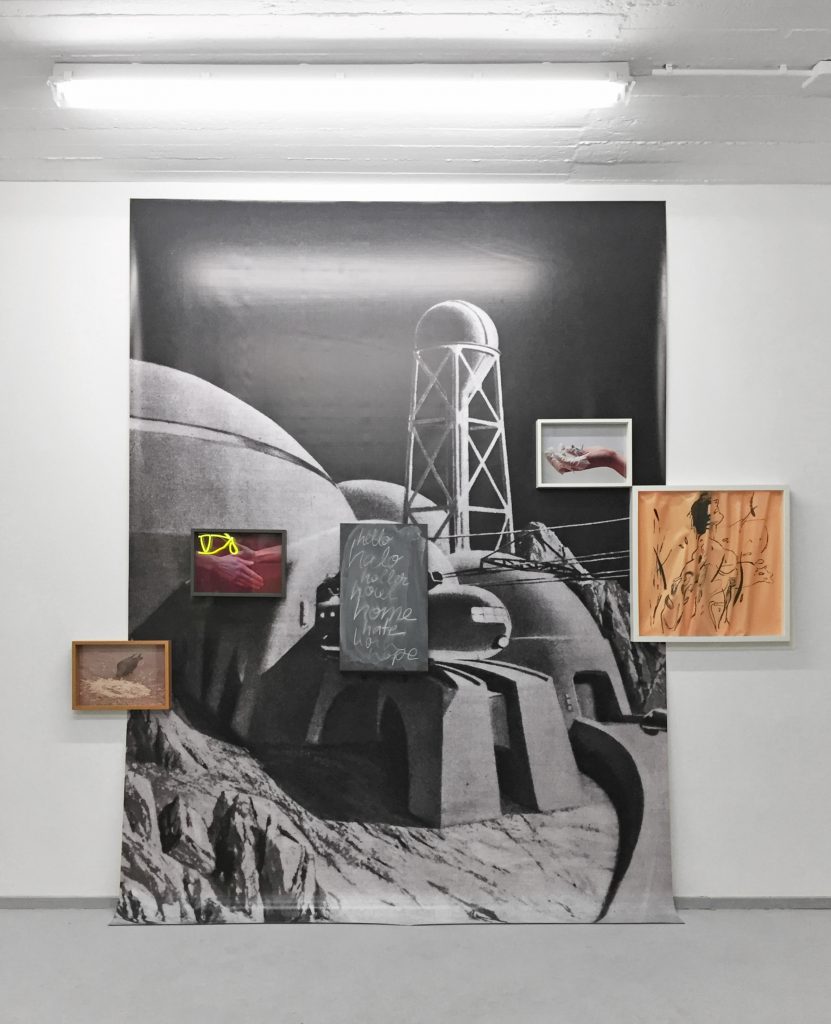
‘You haven’t had that dream in which you go on holiday to Kepler since you were a kid. Doesn’t matter, you wouldn’t have the time or the money to go anywhere. You’re too busy hating on thy neighbor anyway. You lower your eyes in shame at times when buying supplements at the shop when you see that robot’s hand with a golden ring on its finger. Does it have an on/off switch, you desperately wonder?’ So, are we going to admit that those starry-eyed dreams from the Space Race were misled from the beginning, because they failed to take into consideration humanity’s intrinsic shittiness? I mean, we had, and still have, far right extremists for fuck’s sake, on the streets, in our friends’ lists. Are we just going to dance our worries away or go to the opera like the little pretentious art pricks we claim to be?
For the past recent months I’ve been thinking incessantly about a couple of cult classics: Blade Runner and Ghost in The Shell, both films which I’ve only watched for the first time this year on purpose. Call it female intuition, but with some movies I feel when the time is right to finally experience them. We tend to focus so much on futurisms; accelerationism and devouring ourselves that we fail to see how blind we are. How can you possibly move forward and build when you can’t seem to notice the ruins around you? Notions of feminism, human rights, the anthropocene and the likes are thrown around in a feed, glanced at for 5 seconds and processed on the spot; no introspection, no soul-searching; maybe that’s why religion is both on the rise and crumbling at the same time: ain’t nobody got time for dat.
/////////////////////////////////////////////////////////////////////////////////////////////////////////////////////////////
PEOPLE BEFORE CLOUDS – 12.09.2017-26.09.2017
FEATURING WORKS BY: GABRIEL STOIAN, GHEORGE NAUM, GHEORGE GHEORGE NAUM
CURATED BY: GABRIEL STOIAN

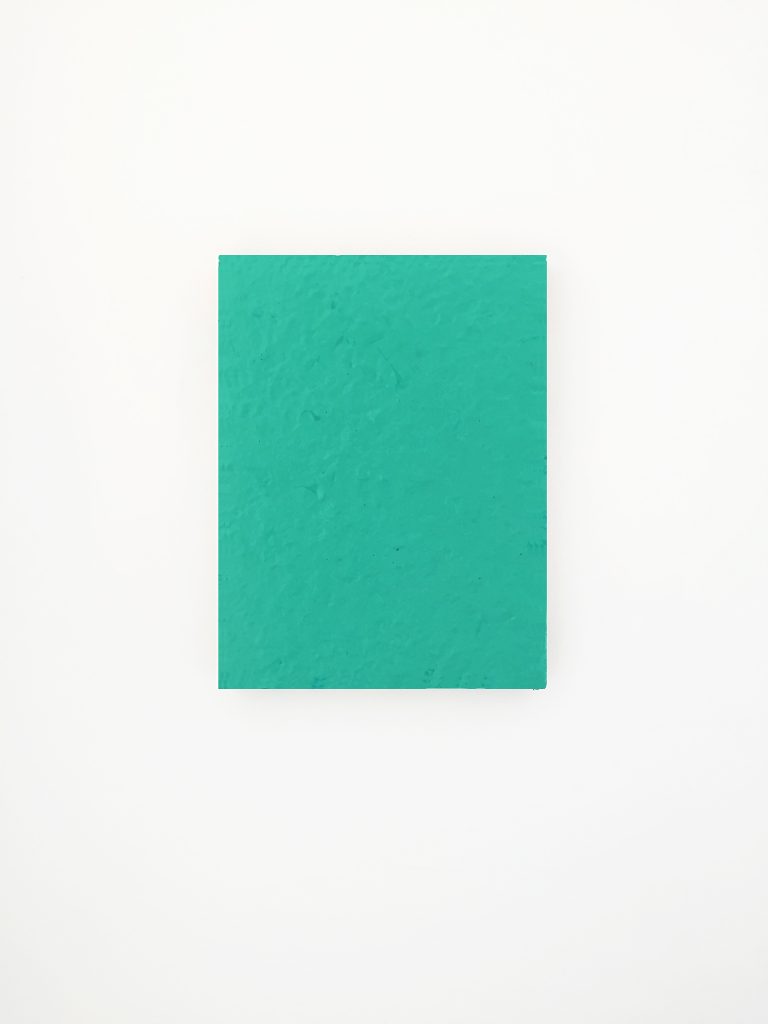
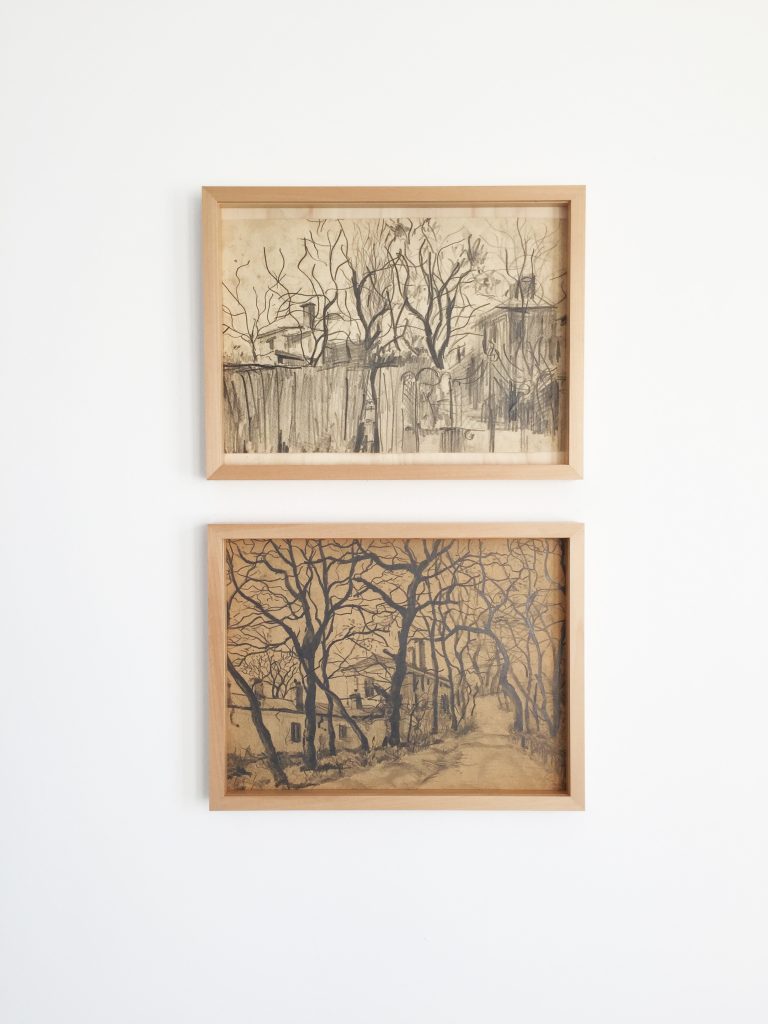
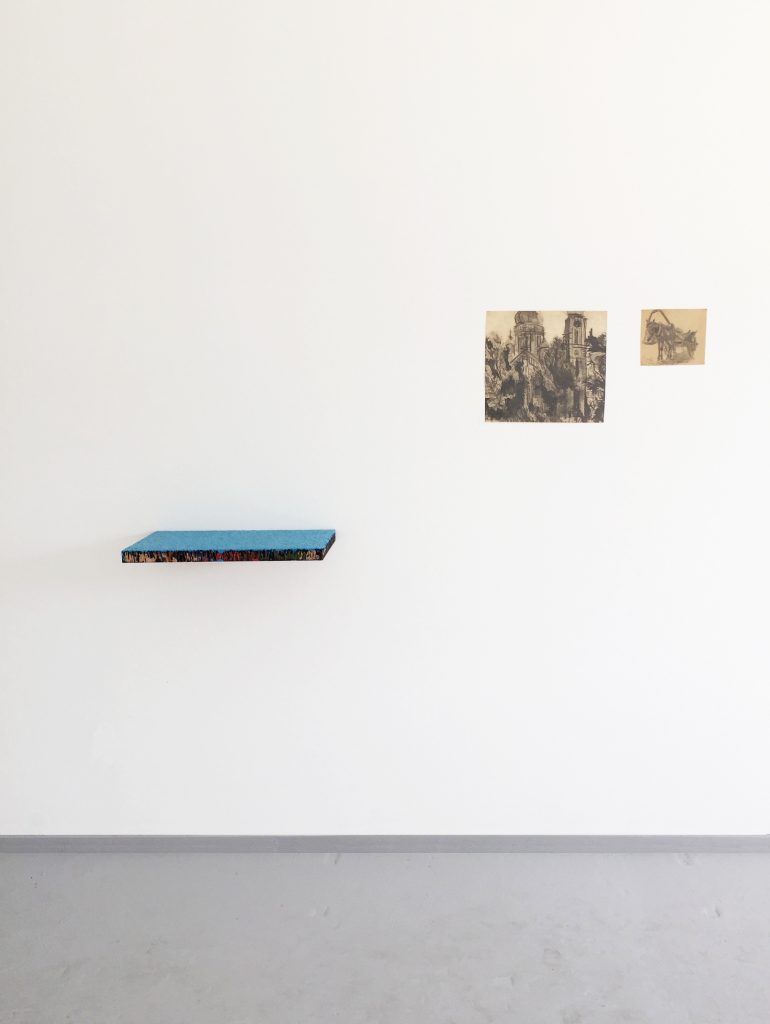
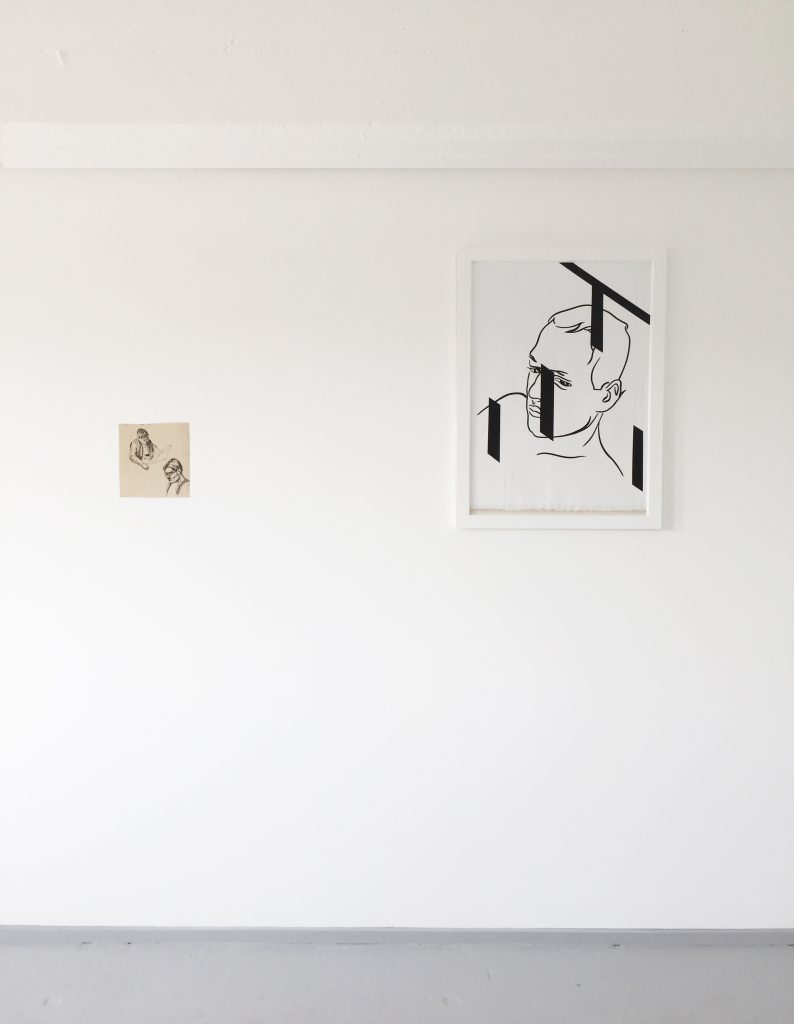
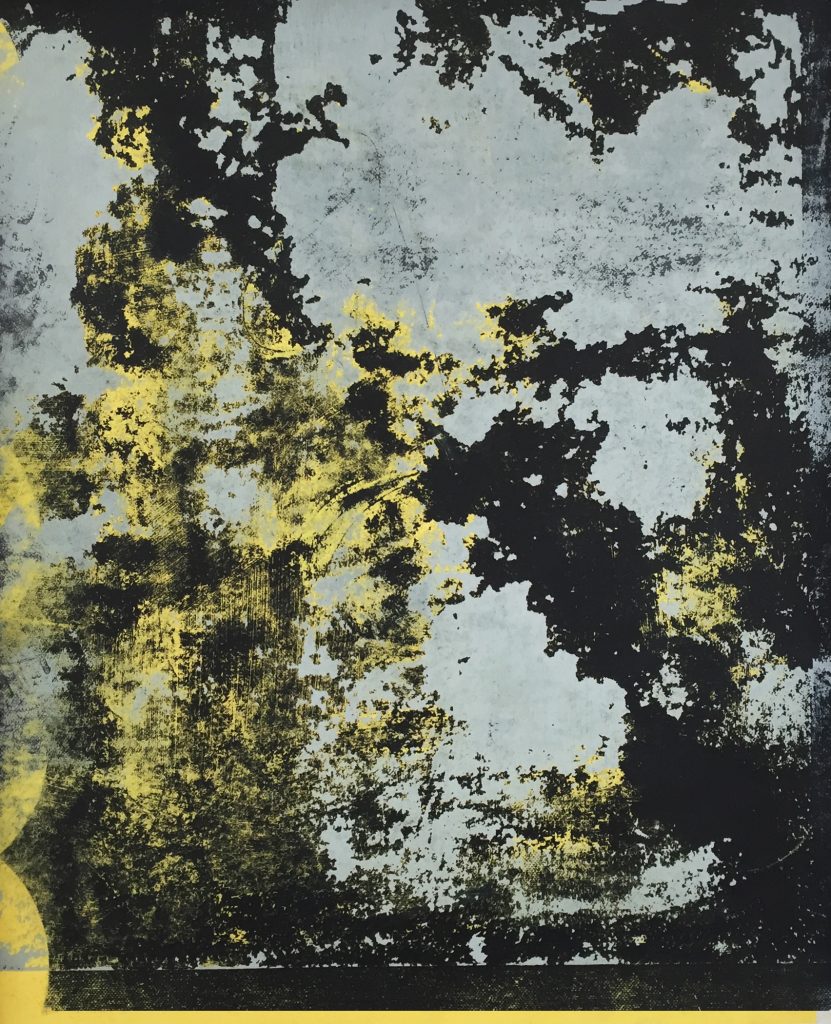
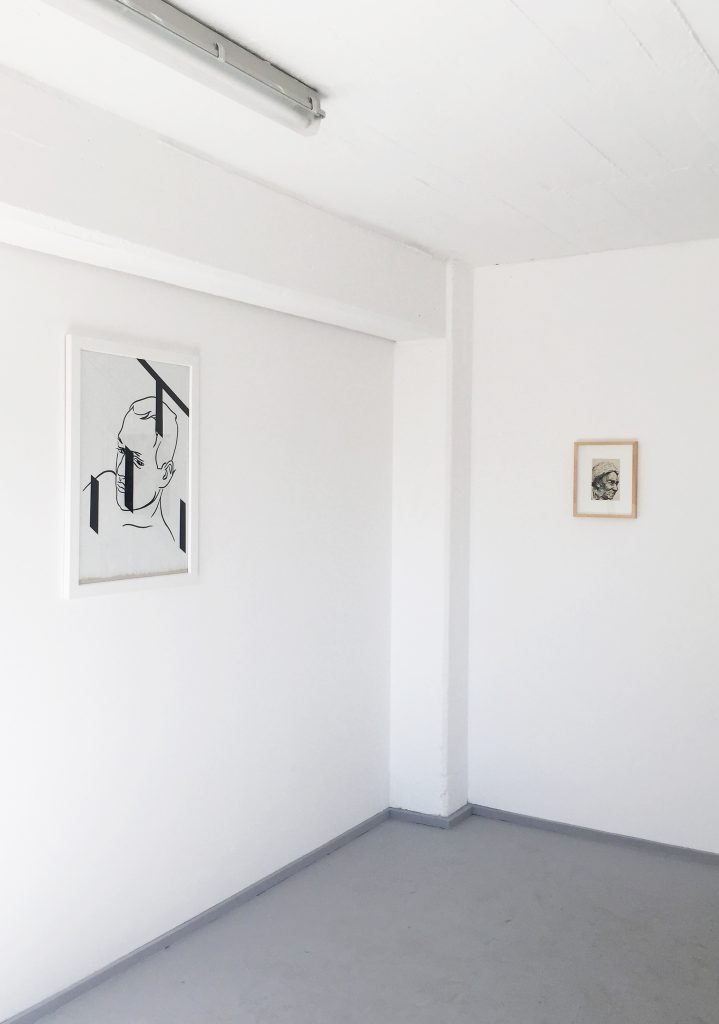
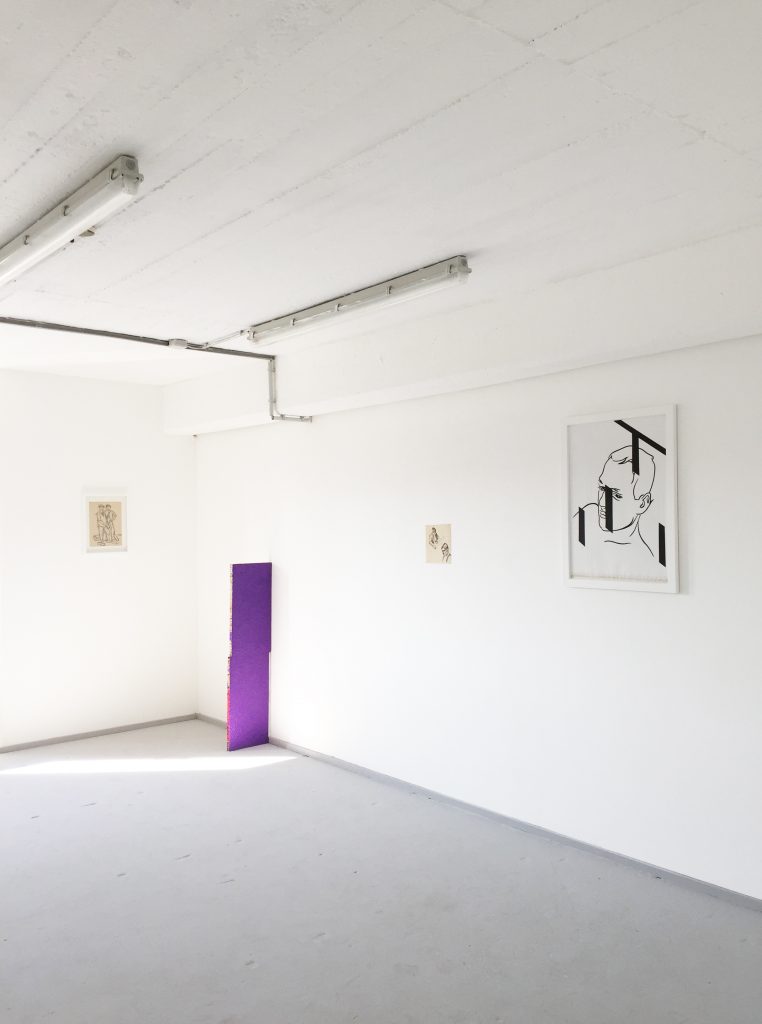
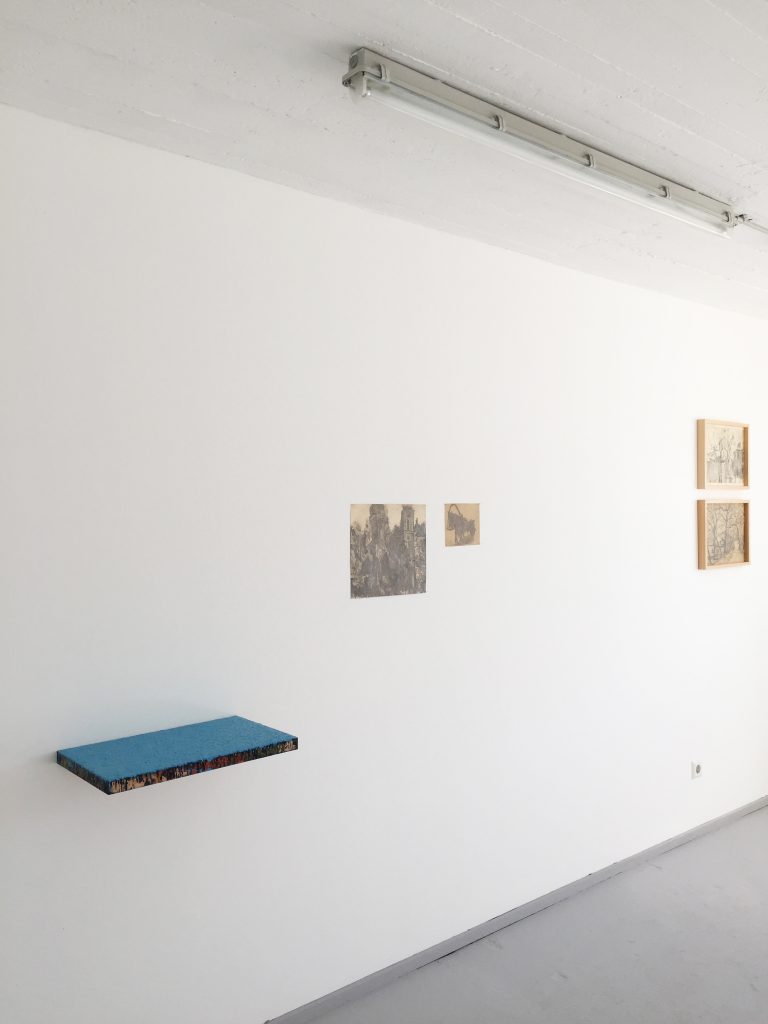
If we were to experience our recent past in reference to our virtual identity what would that be like? A blur, content not found, a cloud, a friend, a random image of us taken by somebody else, a redirect, a deadline or just a 404. Is the name windows, operating system by Microsoft a metaphor that allures the idea of openness to new horizons or it is more likely a mirror were we see how superficial we become. Are social networks as Facebook, Instagram or Twitter taking over our memories?
This project is an invitation to a more incisive journey in to the past, one in which the presence of the artist has been recorded trough drawing in different moments of time since almost the beginning of 20th century, until and even further than today. The show is offering a glimpse of what it would be if we where to appropriate the past and the future space trough images. By bringing these entities together (past and future), will that give us the present? Or the present will be overlooked as in most cases.
The exhibition compiles together three different generations of artists that were born in the same town (Braila, Ro.). Their practice evolved in separate directions although sharing a common feature such as using drawing as a primary way to capture the conversations of their time. The material that made this event possible comes from a private collection, the works; most of which are drawings on paper and canvas are being attributed to the following: Gheorghe Naum (1907-1968) Ro; Gheorghe Gh. Naum (1946-1998) Ro; Gabriel Stoian (1985) Ro;